Life in New York City during the 1960s was vibrant and full of energy. The decade was marked by significant social change, with the civil rights movement, anti-war protests, and a growing counterculture. The population of New York City was diverse, with people from various backgrounds living and working together.
The decade saw a rise in youth culture. Young people, inspired by the music, fashion, and social movements of the time, began to shape the city’s cultural landscape.
Famous Places and Landmarks
Times Square continued to be a major attraction in the 1960s. Known for its bright lights and bustling atmosphere, it was a hub of entertainment and commerce. Theaters in Times Square showed popular Broadway musicals like “Fiddler on the Roof” and “Hello, Dolly!” which drew large audiences.
Central Park remained a beloved retreat for city dwellers. It was a place for relaxation and recreation, offering a green oasis amidst the urban environment. The park hosted concerts and events, making it a cultural center within the city.
Read more
The Empire State Building, completed in 1931, continued to be a symbol of New York City. As one of the tallest buildings in the world at the time, it attracted tourists from all over. The observation deck provided stunning views of the city skyline.
Economy and Industry
The economy of New York City in the 1960s was diverse and robust. The city was a major center for finance, commerce, and industry. Wall Street was the heart of the financial district, with the New York Stock Exchange playing a crucial role in the global economy.
Manufacturing remained an important industry, although it began to decline in this decade. The garment industry faced challenges as production moved to other regions. Despite this, New York City remained a fashion capital, with designers like Yves Saint Laurent and Halston making their mark.
Advertising was a booming industry in the 1960s. Madison Avenue became synonymous with the advertising world, where agencies created iconic campaigns that defined the era. This period was captured in the television series “Mad Men,” which depicted the life and work of advertising professionals in New York.
Construction and Infrastructure
The 1960s saw significant construction and infrastructure development in New York City. One of the most notable projects was the construction of the World Trade Center, which began in 1966. The twin towers would eventually become iconic landmarks, symbolizing the city’s economic power.
Another important construction project was the Verrazzano-Narrows Bridge, completed in 1964. It connected Staten Island and Brooklyn, becoming the longest suspension bridge in the world at the time. This bridge improved transportation and facilitated commerce in the region.
Public housing projects continued to expand in the 1960s. The New York City Housing Authority built several developments to address the housing needs of low-income residents. These projects aimed to provide affordable housing and improve living conditions in the city.
Restaurants and Food
The culinary scene in New York City during the 1960s was diverse and exciting. The city offered a wide range of dining experiences, from fine dining restaurants to casual eateries. One of the most famous restaurants of the era was The Four Seasons, known for its luxurious atmosphere and high-quality cuisine.
Italian restaurants were popular, with neighborhoods like Little Italy offering authentic dishes like pasta, pizza, and seafood. Delmonico’s, an iconic steakhouse, continued to be a favorite dining destination, known for its prime steaks and elegant setting.
Jewish delis, such as Katz’s Delicatessen, remained popular, serving classic dishes like pastrami sandwiches and matzo ball soup. These delis were beloved by locals and visitors alike, offering hearty and flavorful meals.
Ethnic cuisine also thrived in the 1960s. Chinatown was home to numerous Chinese restaurants, where people could enjoy dishes like Peking duck and dim sum. Harlem was known for its soul food restaurants, serving comfort foods like fried chicken, collard greens, and cornbread.
Street food was an integral part of New York City’s food culture. Hot dog stands, pretzel carts, and ice cream trucks were common sights, offering quick and affordable snacks to people on the go. Nathan’s Famous in Coney Island continued to be a favorite destination for hot dogs and other treats.
Entertainment and Leisure
Entertainment was a major part of life in New York City during the 1960s. Broadway was at its peak, with musicals and plays drawing large audiences. Shows like “Hair” and “Cabaret” became classics, showcasing the city’s rich theatrical tradition.
Movies were incredibly popular, and New Yorkers flocked to grand movie palaces to see the latest films. The 1960s saw the rise of Hollywood, and New York City was a major center for film premieres and events.
Jazz music continued to thrive in the city’s nightclubs and bars. Harlem was a cultural hotspot, with venues like the Apollo Theater showcasing legendary performers such as Aretha Franklin and James Brown. Jazz clubs downtown also attracted music lovers, with artists like John Coltrane and Miles Davis pioneering new sounds.
Rock and roll emerged as a dominant musical genre in the 1960s. Bands like The Beatles and The Rolling Stones performed in New York City, drawing huge crowds. The city’s music scene was vibrant and diverse, reflecting the changing tastes and influences of the era.
Television became a central part of American culture in the 1960s. Families gathered around their TV sets to watch popular shows, and New York City was at the heart of the television industry. Shows like “The Tonight Show” and “The Ed Sullivan Show” were filmed in the city, making it a major center for broadcasting.
Social Issues and Reforms
The civil rights movement gained momentum, with African Americans advocating for equal rights and opportunities. The city saw numerous protests and demonstrations, as activists fought against segregation and discrimination.
Labor unions continued to play a crucial role in the city’s social landscape. Workers organized to demand better wages, working conditions, and rights. Strikes and labor actions were common, as workers sought to improve their lives and secure fair treatment.
The women’s liberation movement also gained traction in the 1960s. Women in New York City organized to demand equal rights, better job opportunities, and reproductive rights. The city became a center for feminist activism, with organizations like the National Organization for Women (NOW) playing a key role.
Health and Public Services
Public health saw improvements during the 1960s. The city made efforts to combat diseases like tuberculosis and polio, leading to better sanitation and public health measures. Vaccination programs were implemented to protect children from polio, and public awareness campaigns promoted hygiene and preventive care.
The city also expanded its fire and police services. The fire department modernized its equipment and training, making it more effective in responding to emergencies. The police department continued to professionalize, with efforts to reduce corruption and improve public safety.
Education was a priority in New York City during the 1960s. Public schools expanded, providing more children with access to education. Efforts were made to improve school facilities and hire qualified teachers, ensuring that children received a quality education.
Higher education institutions also grew during this period. Columbia University and New York University expanded their campuses and programs, attracting students from around the country and the world. These institutions played a crucial role in the intellectual and cultural life of the city.
Fashion and Lifestyle
Fashion in the 1960s reflected the social changes and cultural influences of the era. Women’s fashion featured bold colors, mini skirts, and mod styles, influenced by designers like Mary Quant. Men’s fashion included tailored suits, casual wear, and the iconic leather jackets popularized by rock and roll stars.
The lifestyle of New Yorkers in the 1960s was characterized by a mix of traditional values and modern innovations. Family life centered around the home, with television and household appliances becoming integral parts of daily life. Social activities, entertainment, and cultural pursuits provided much-needed diversions from the challenges of the era.


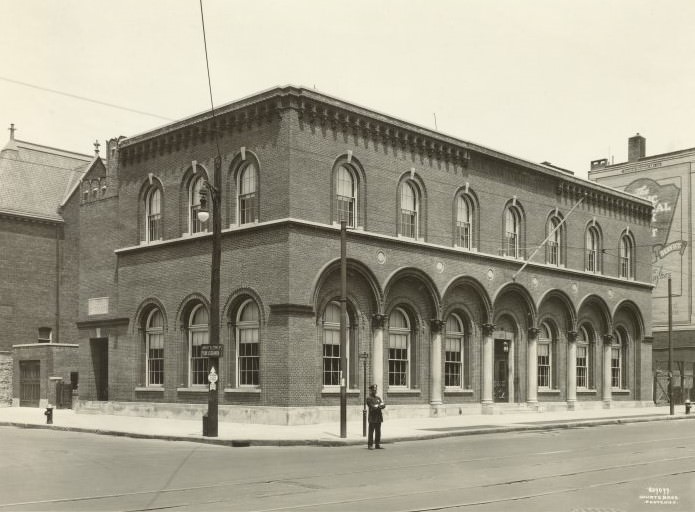
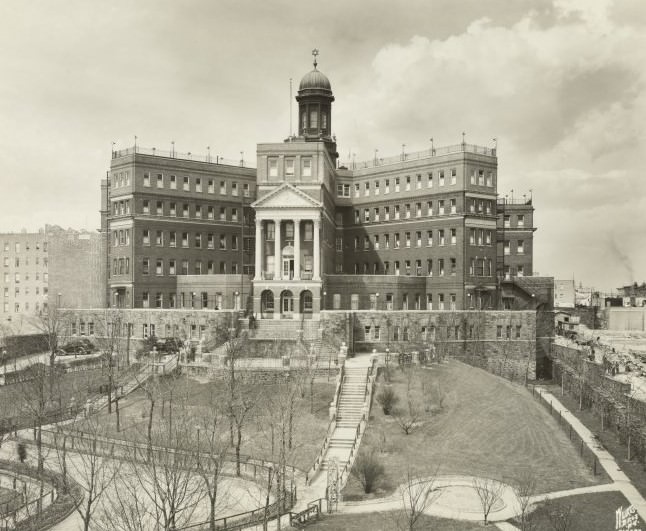
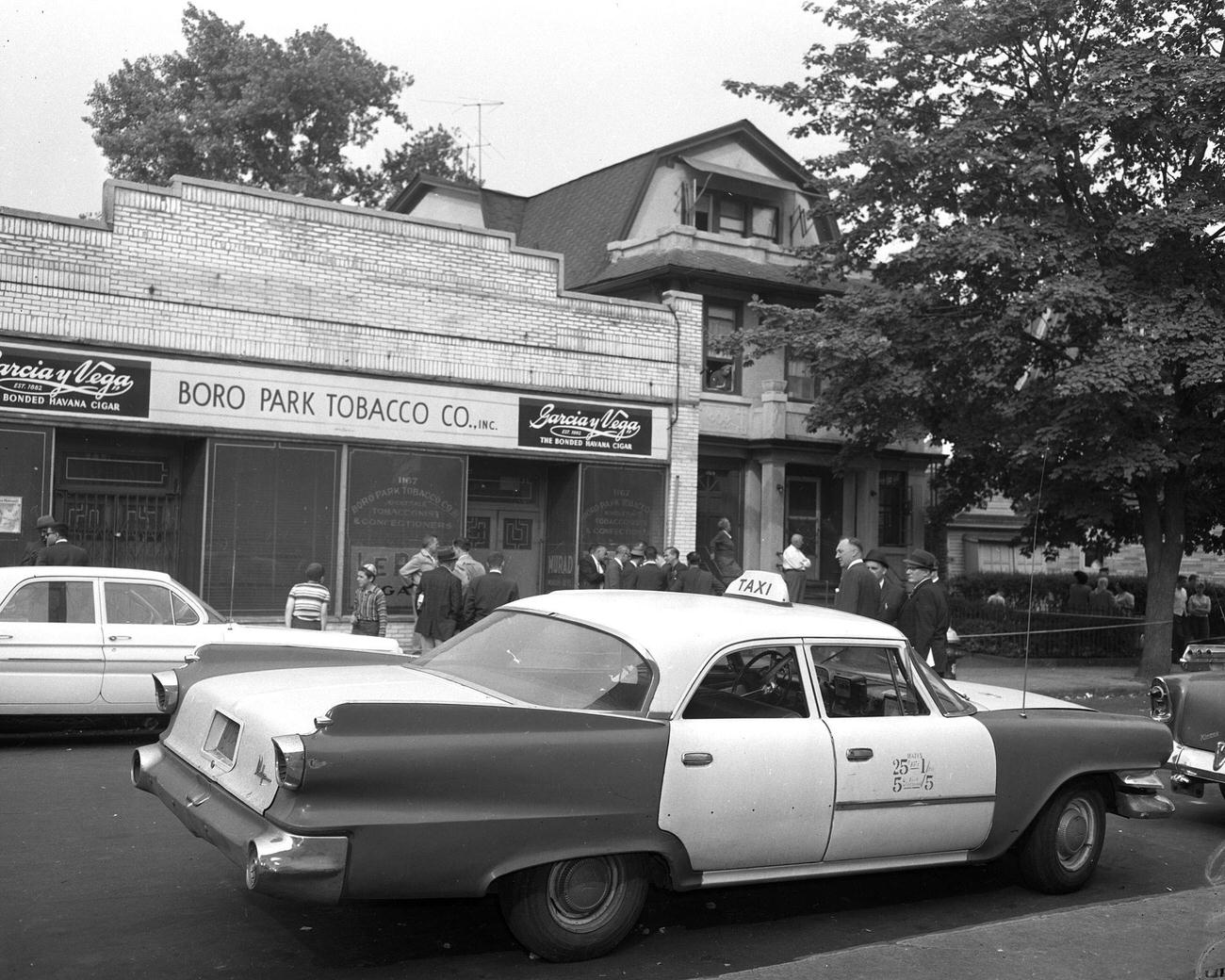
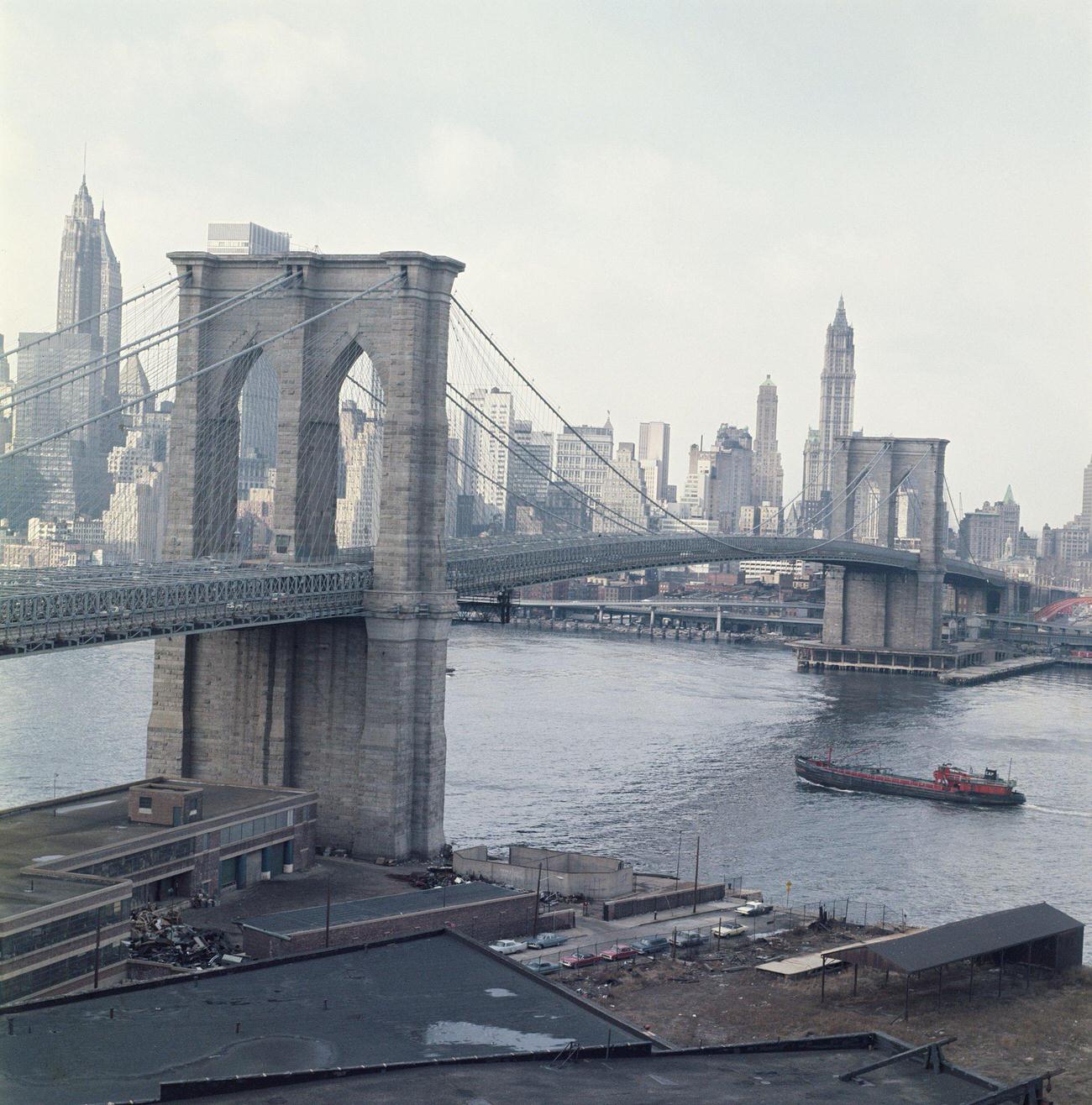
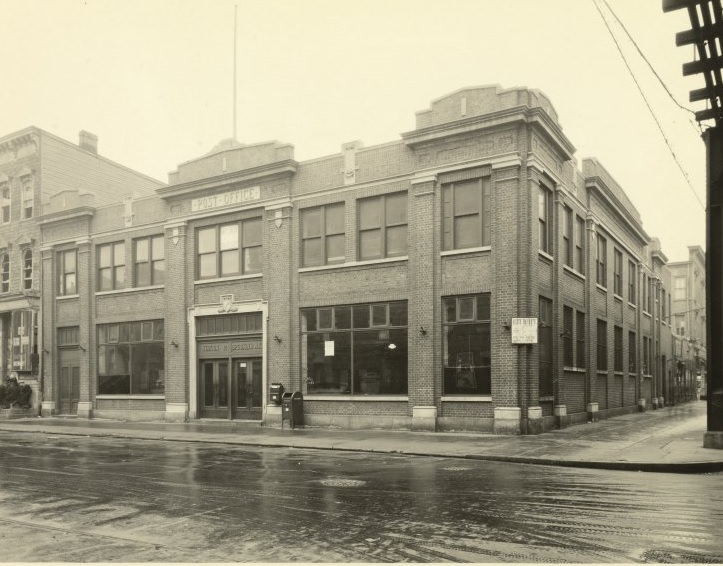
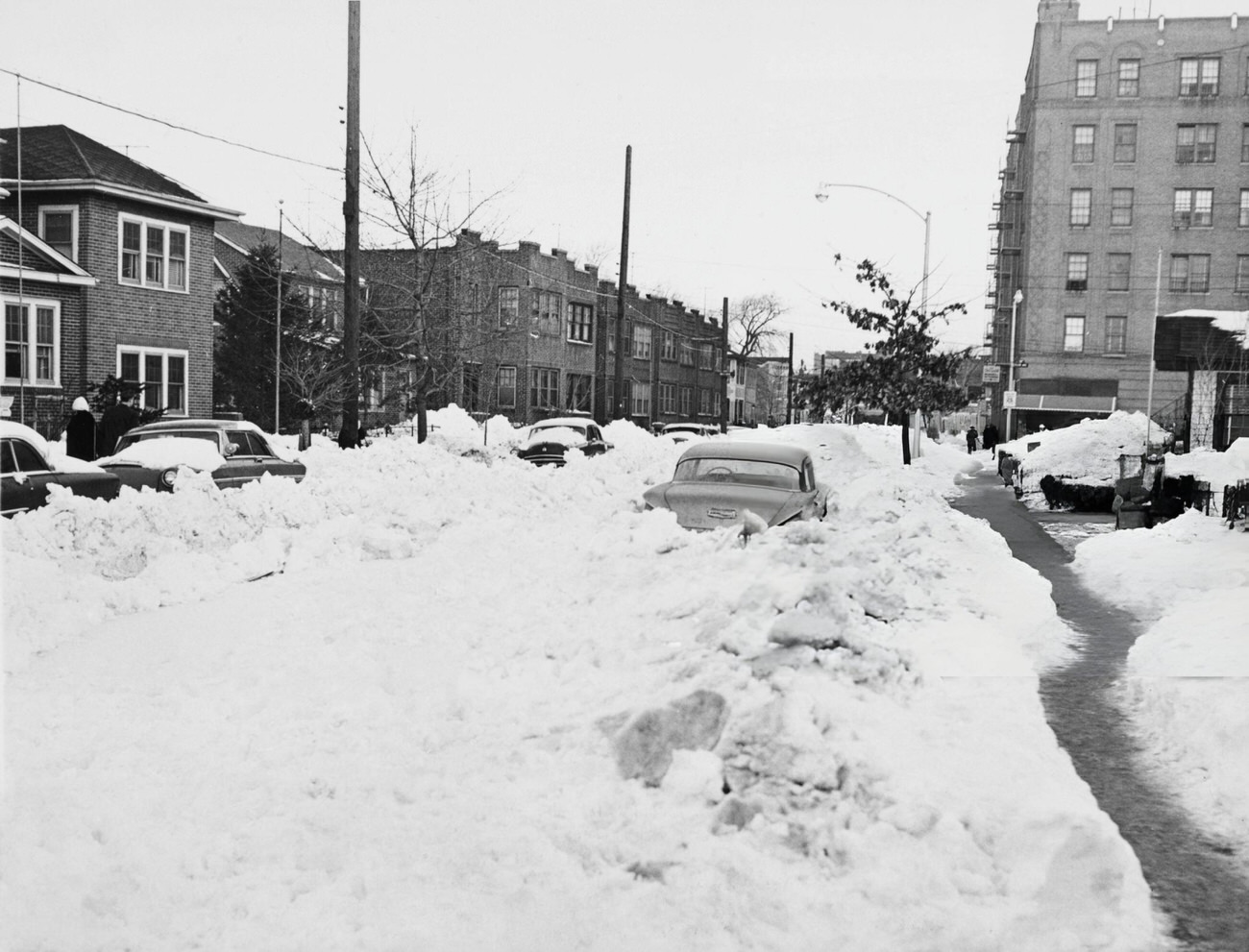

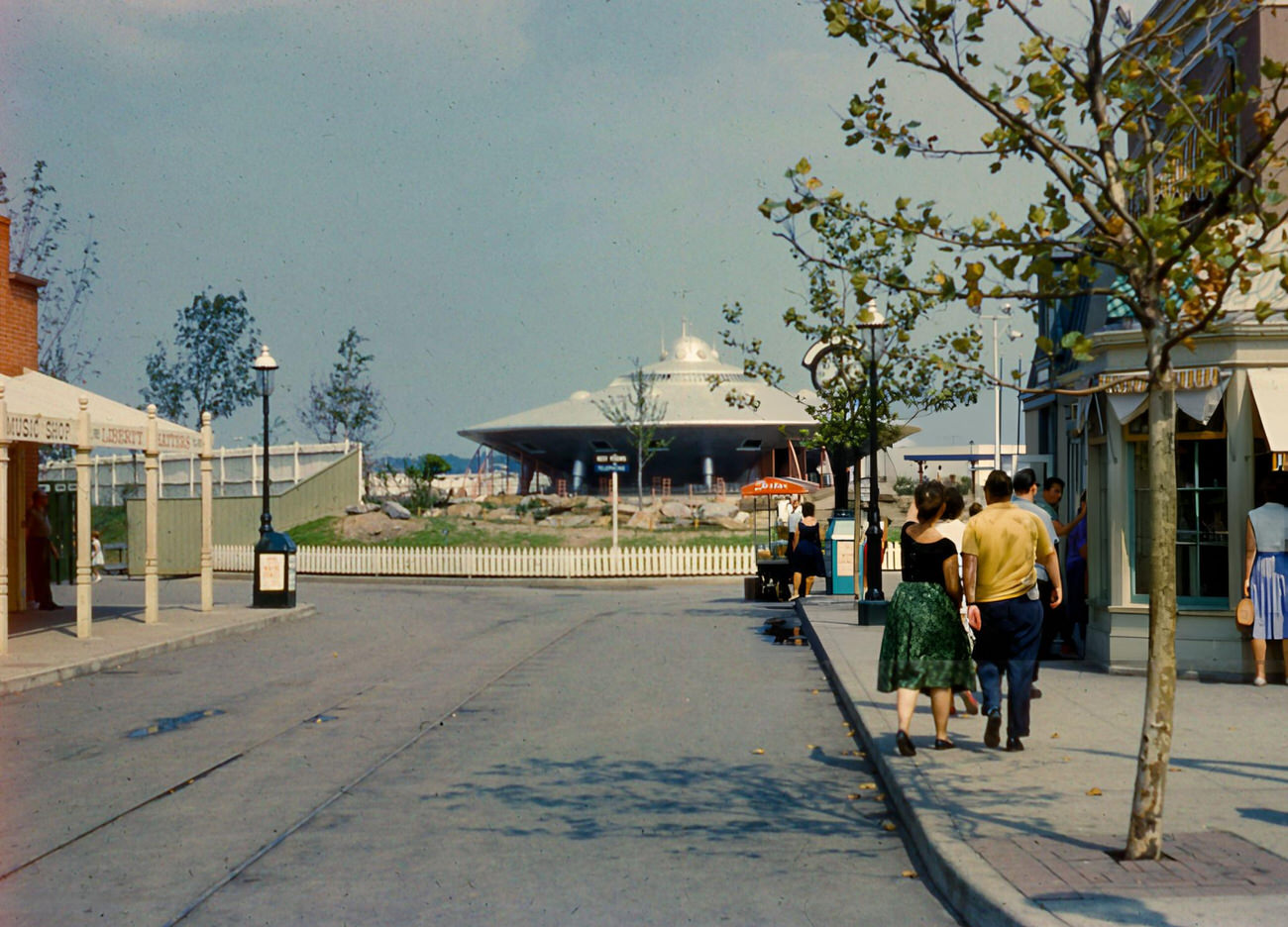
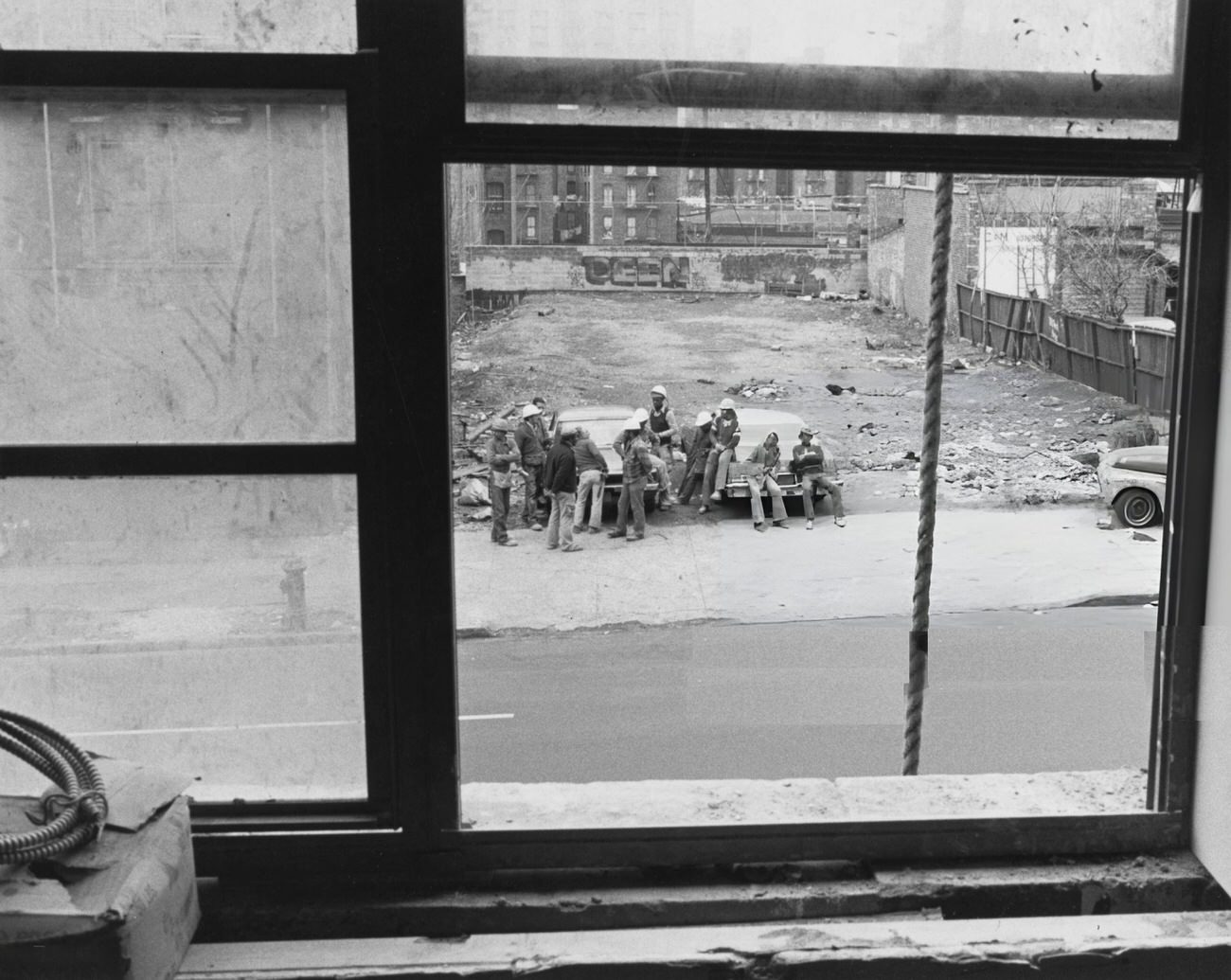
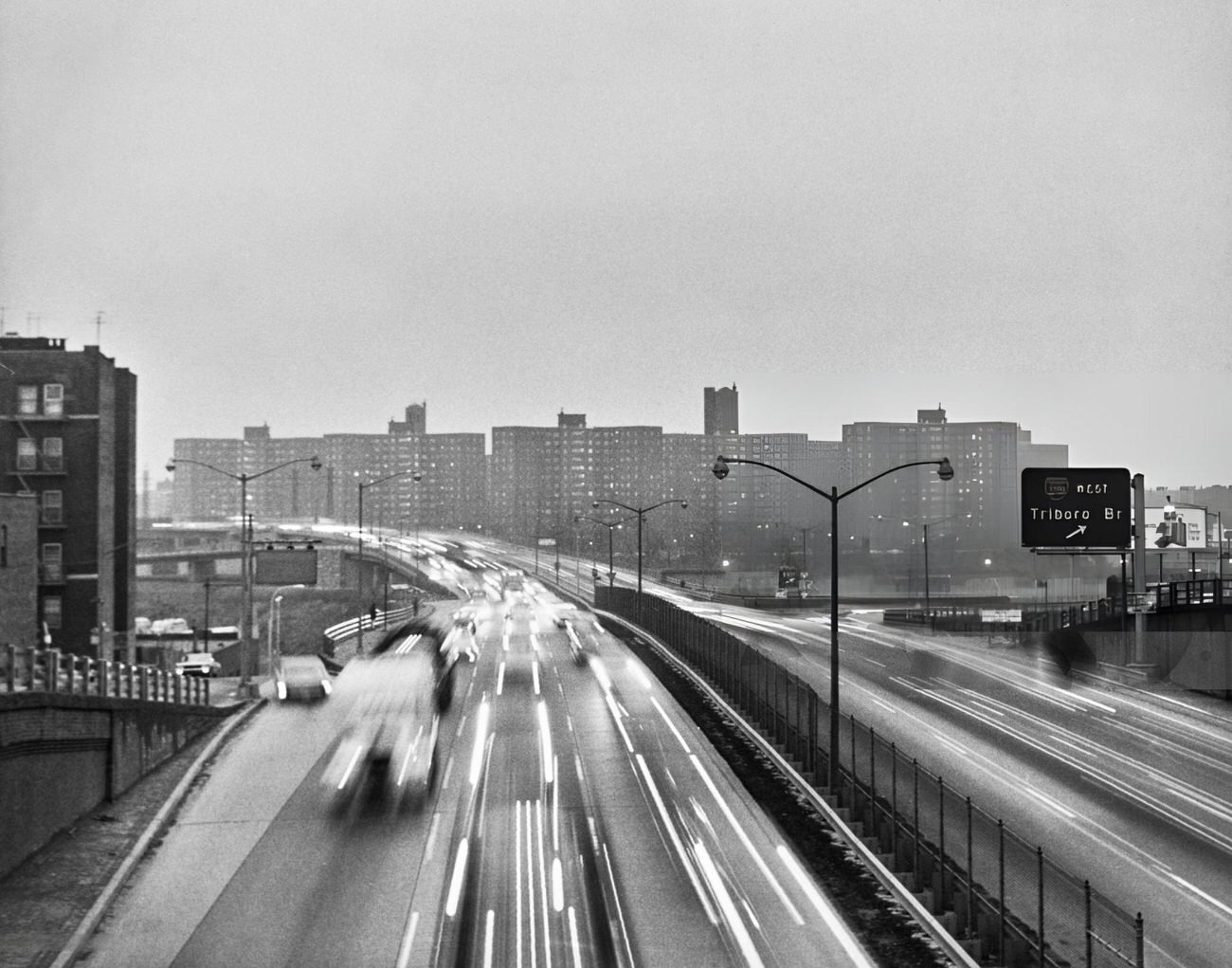
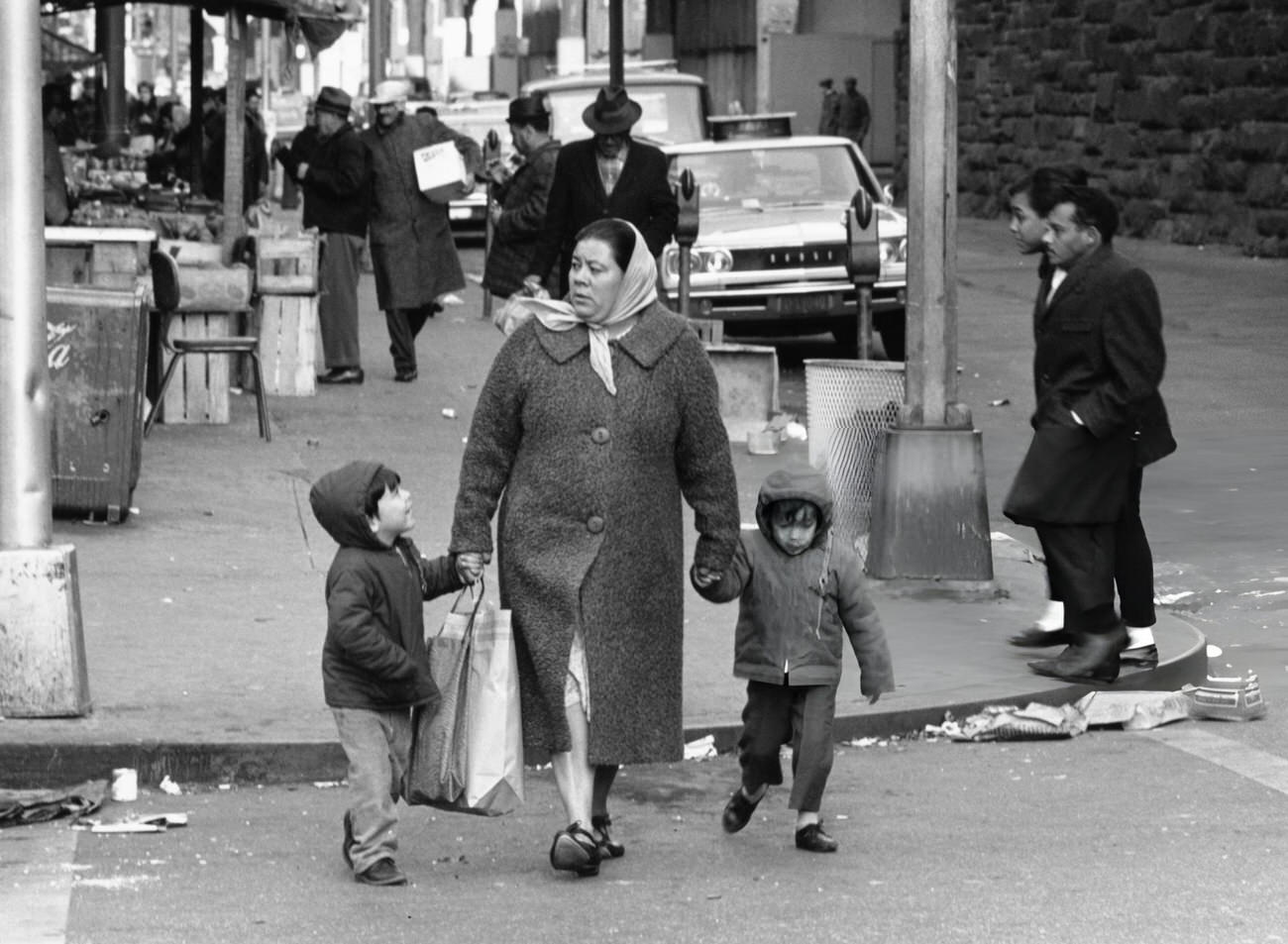
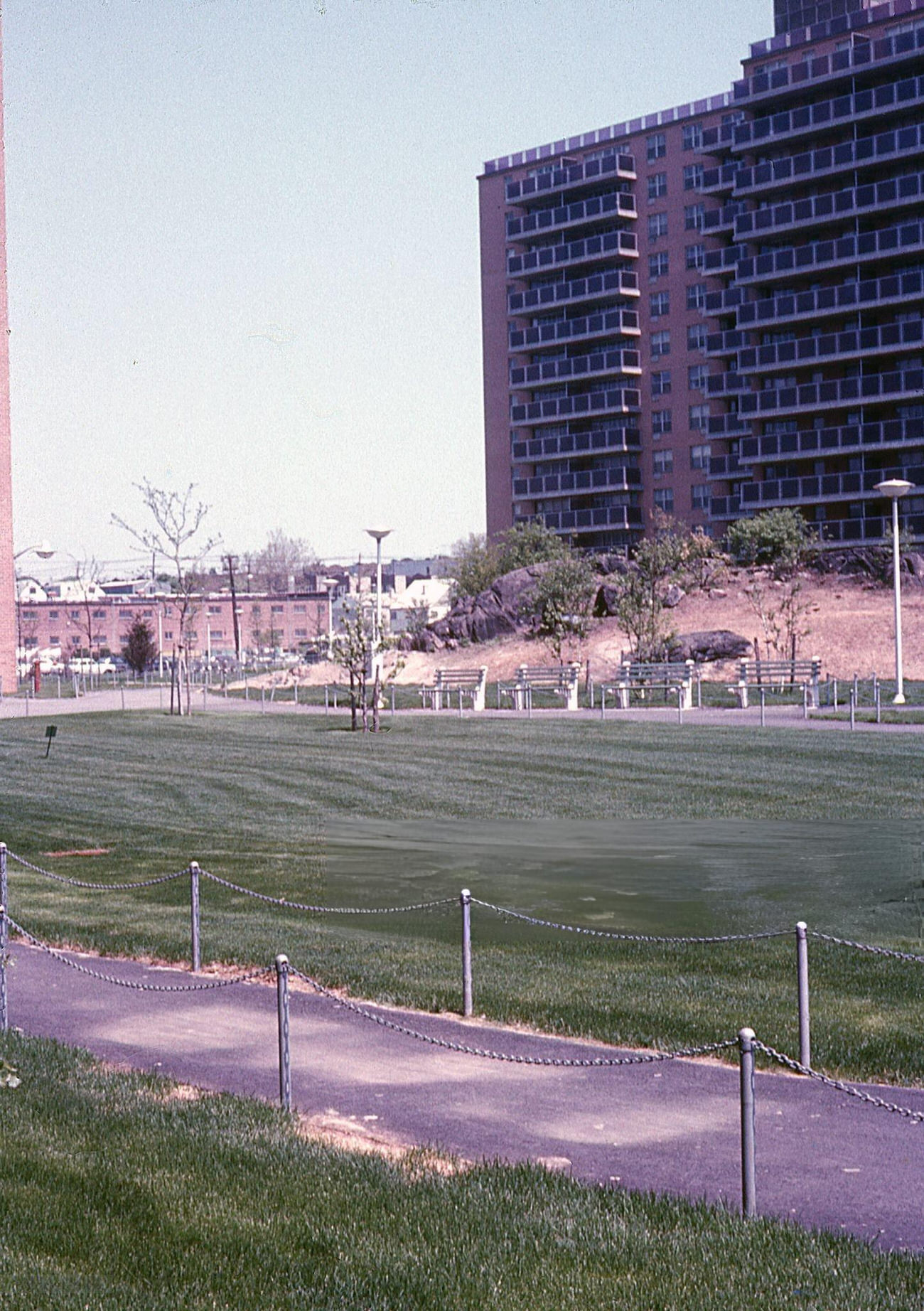
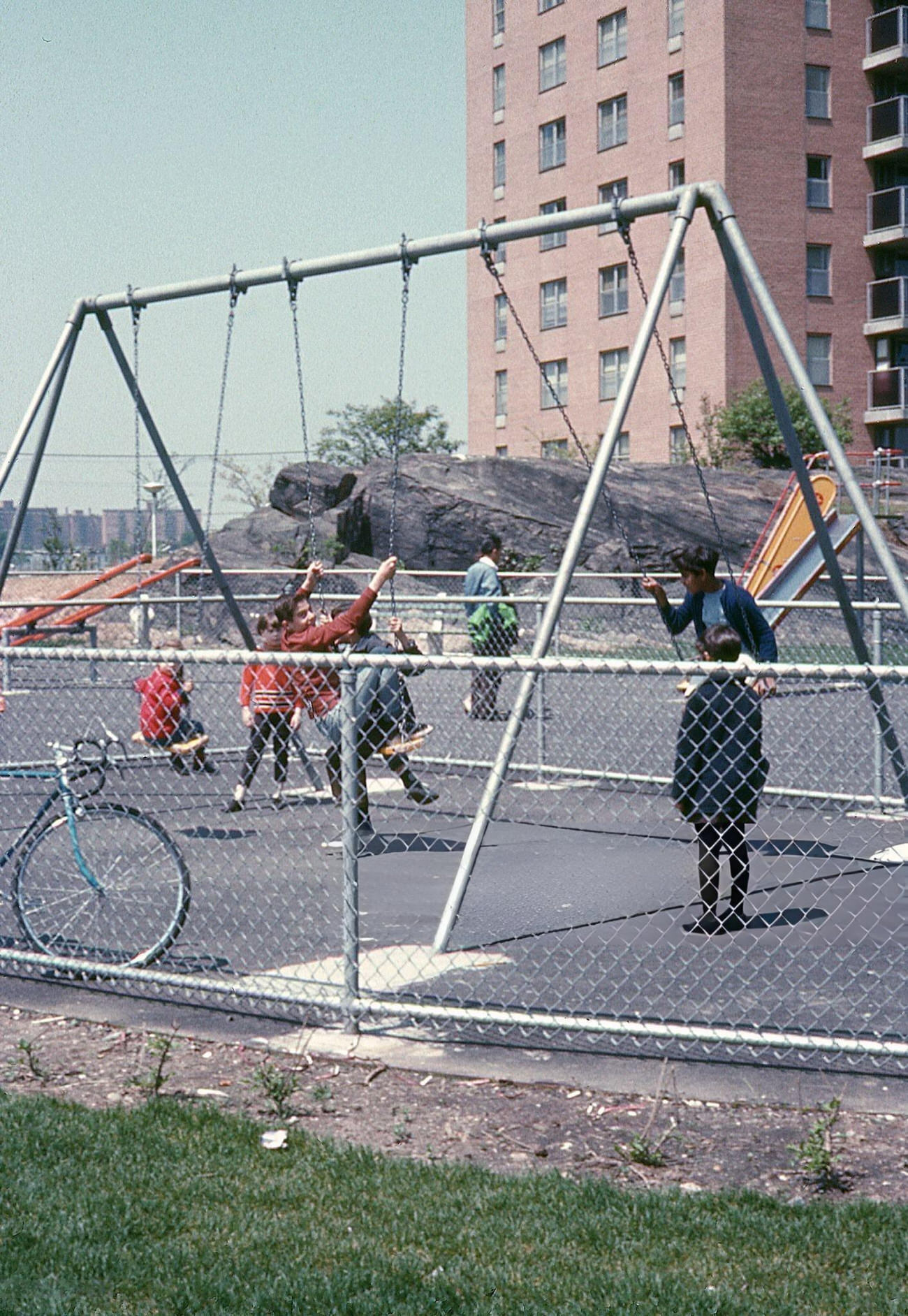
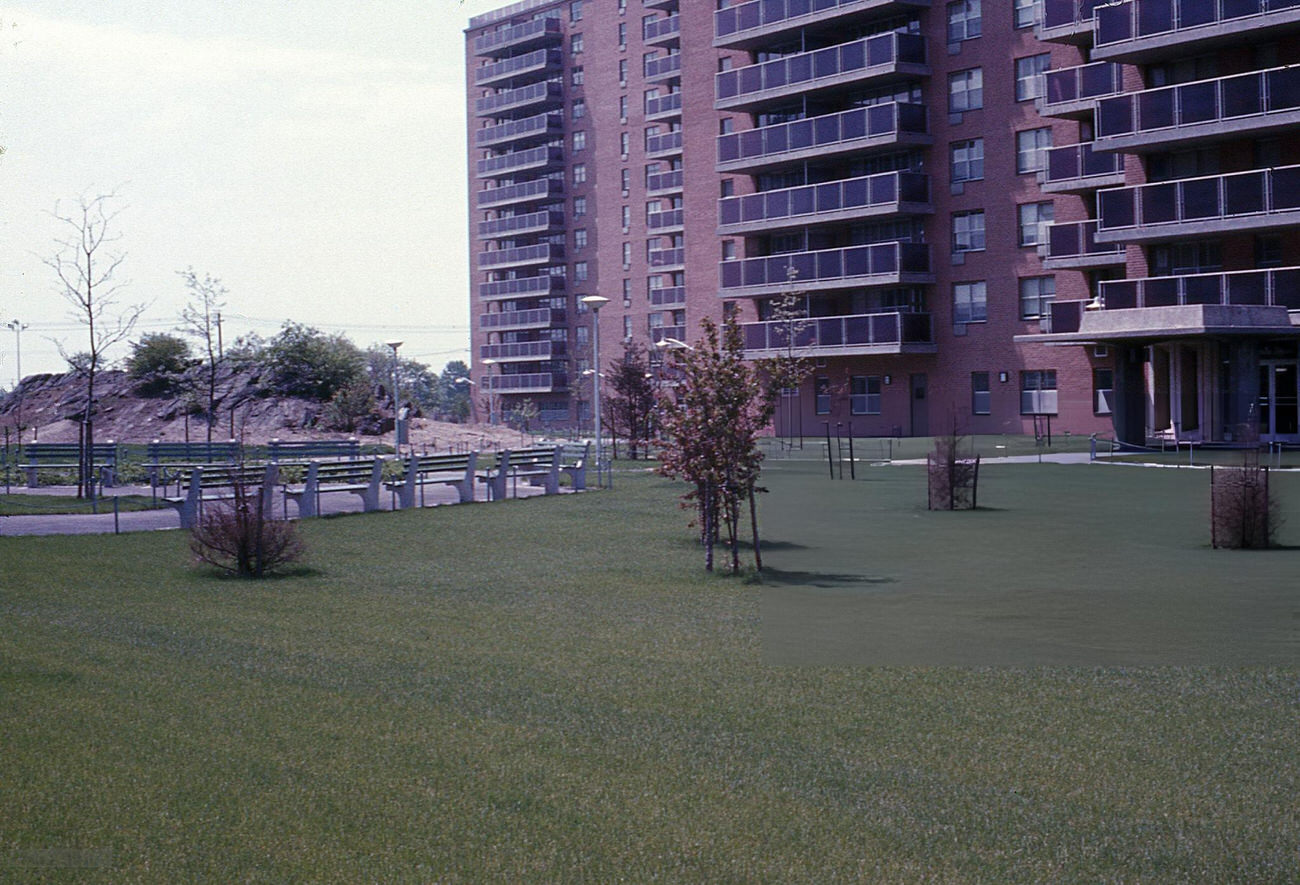
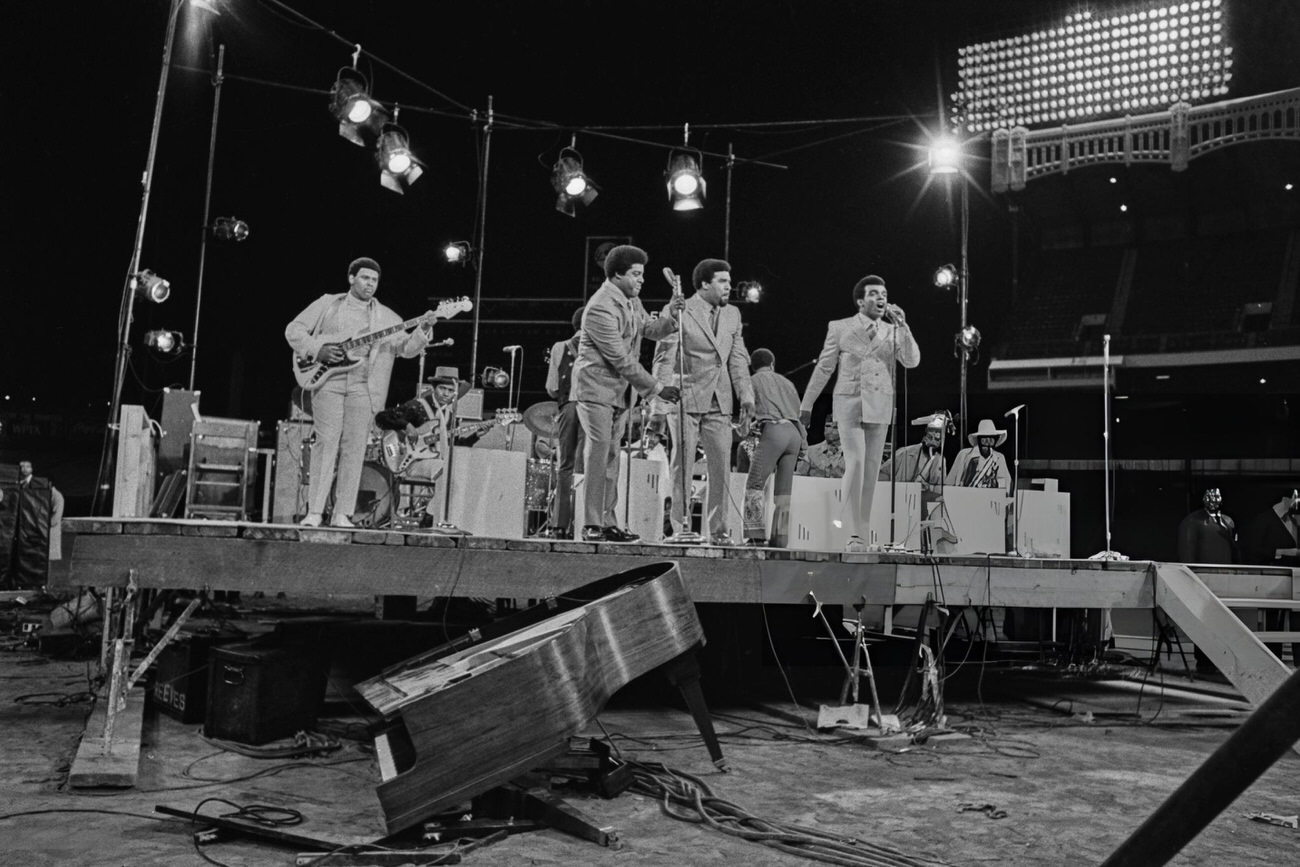
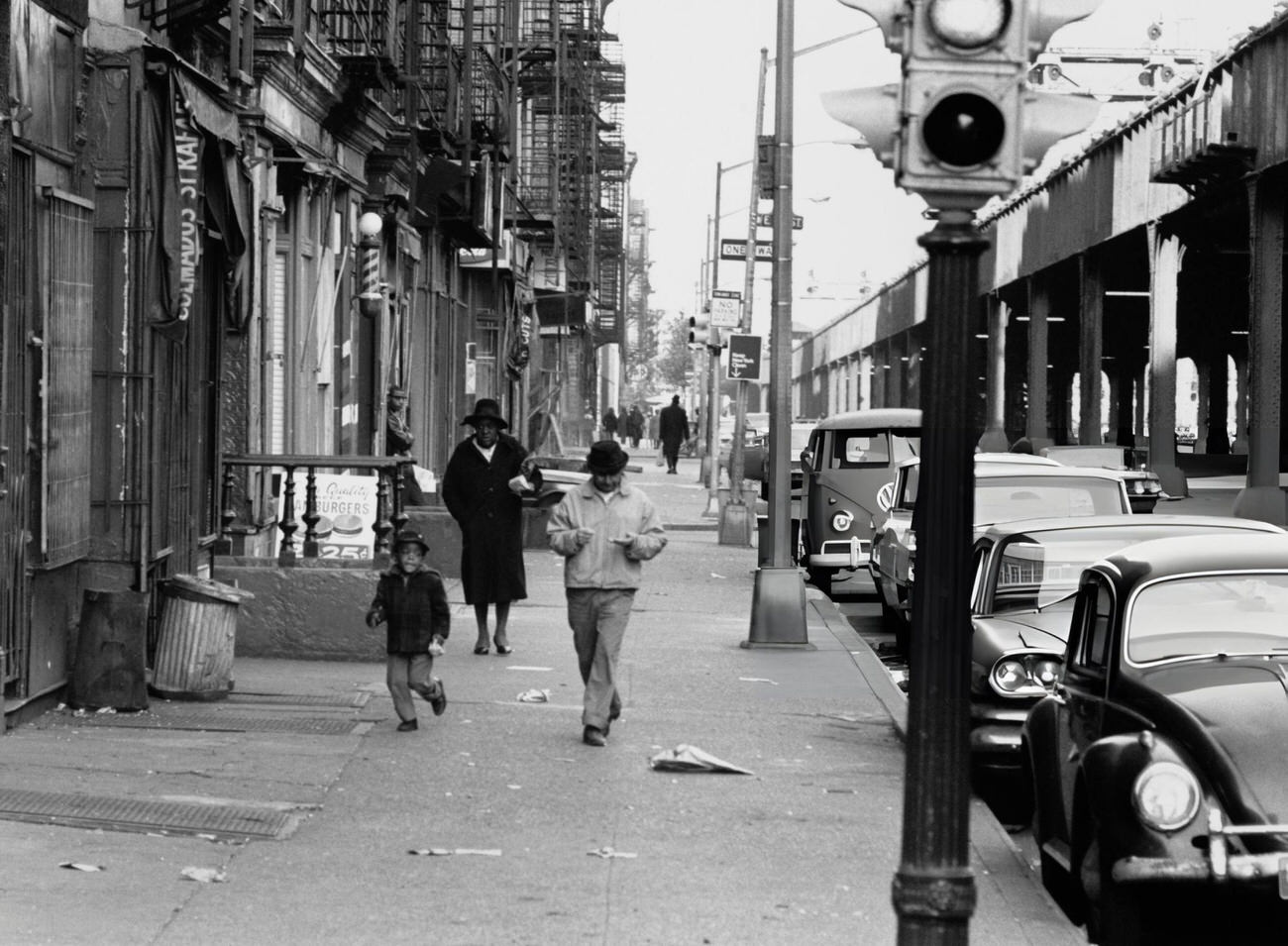
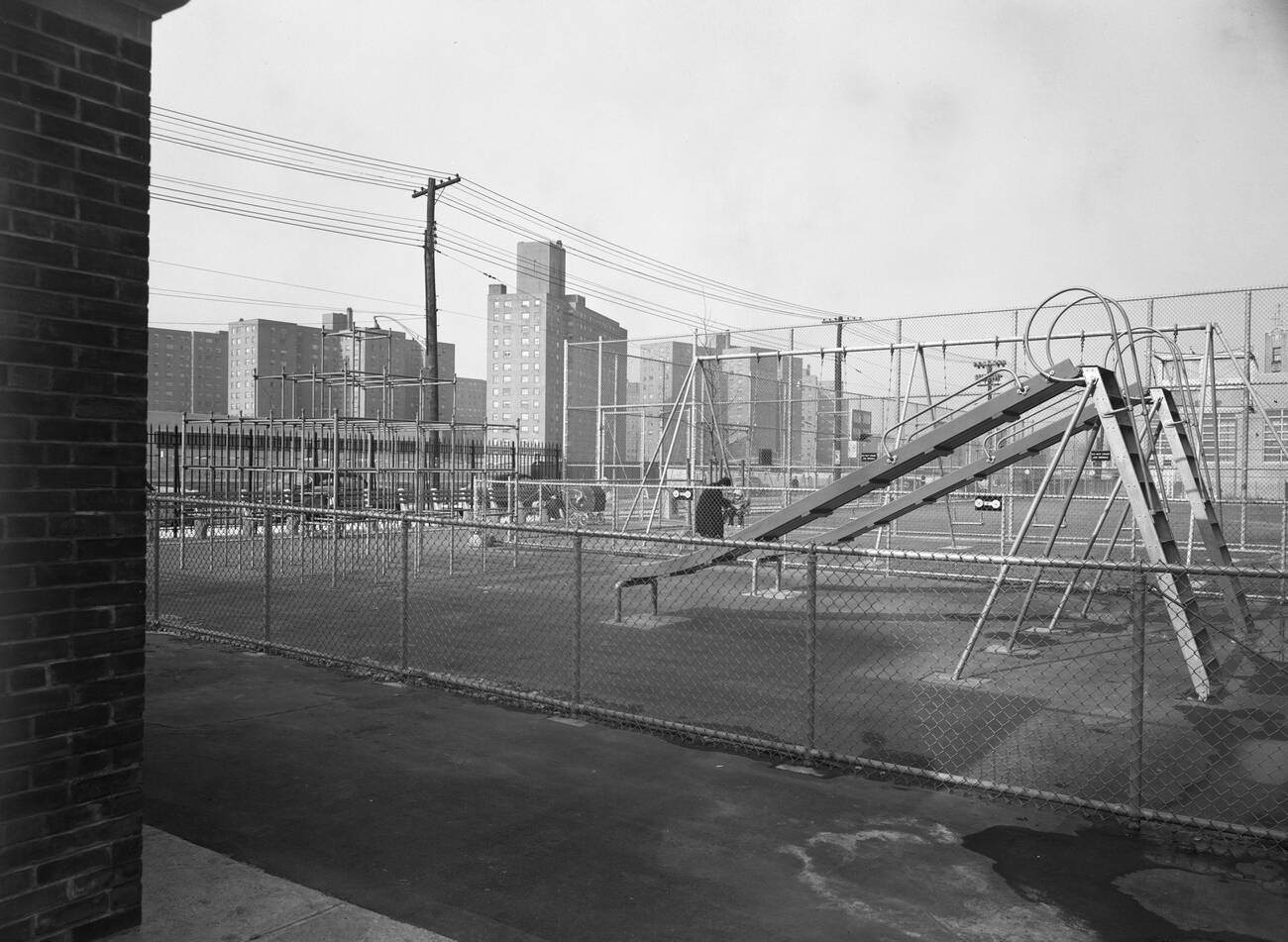
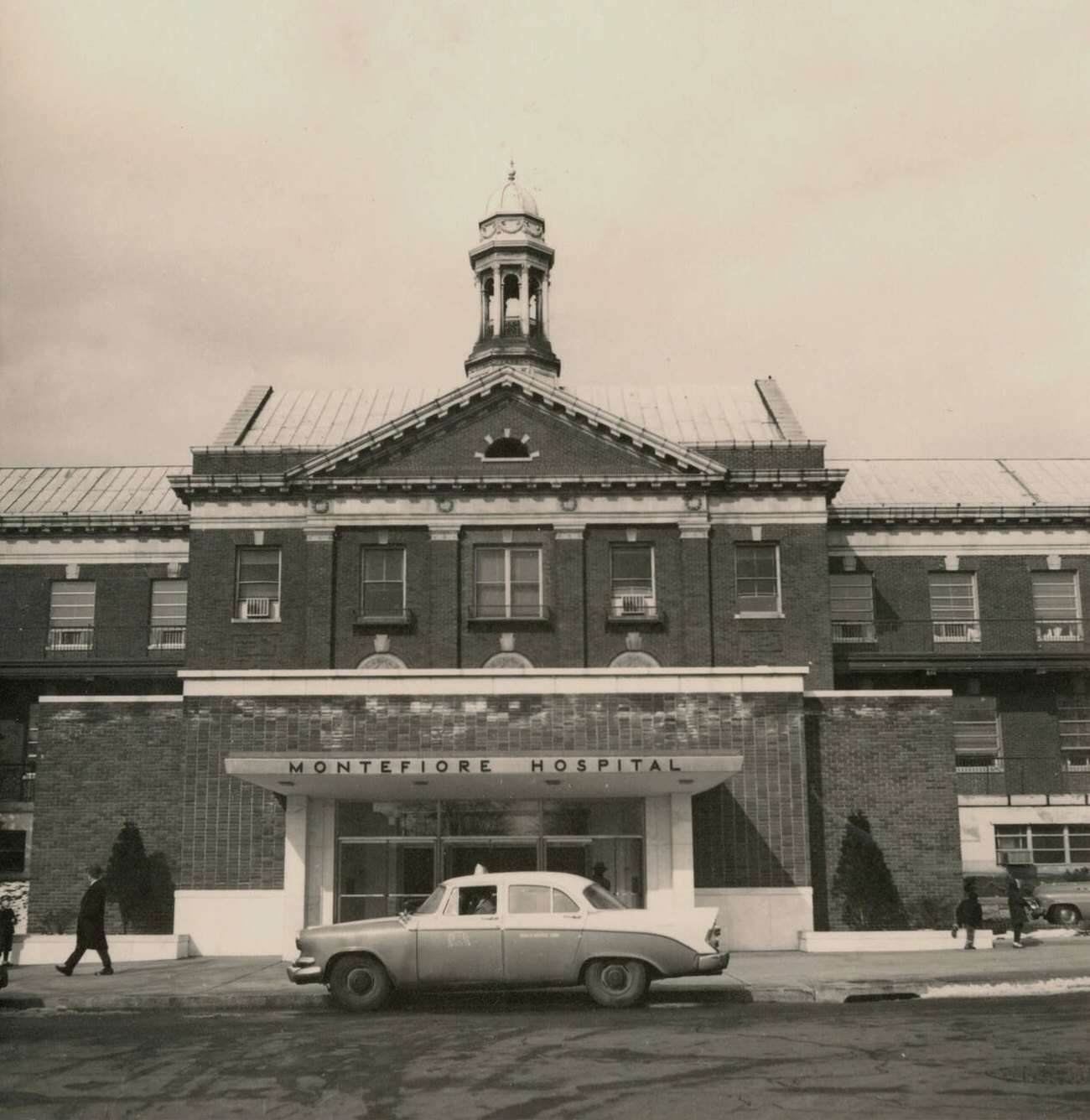
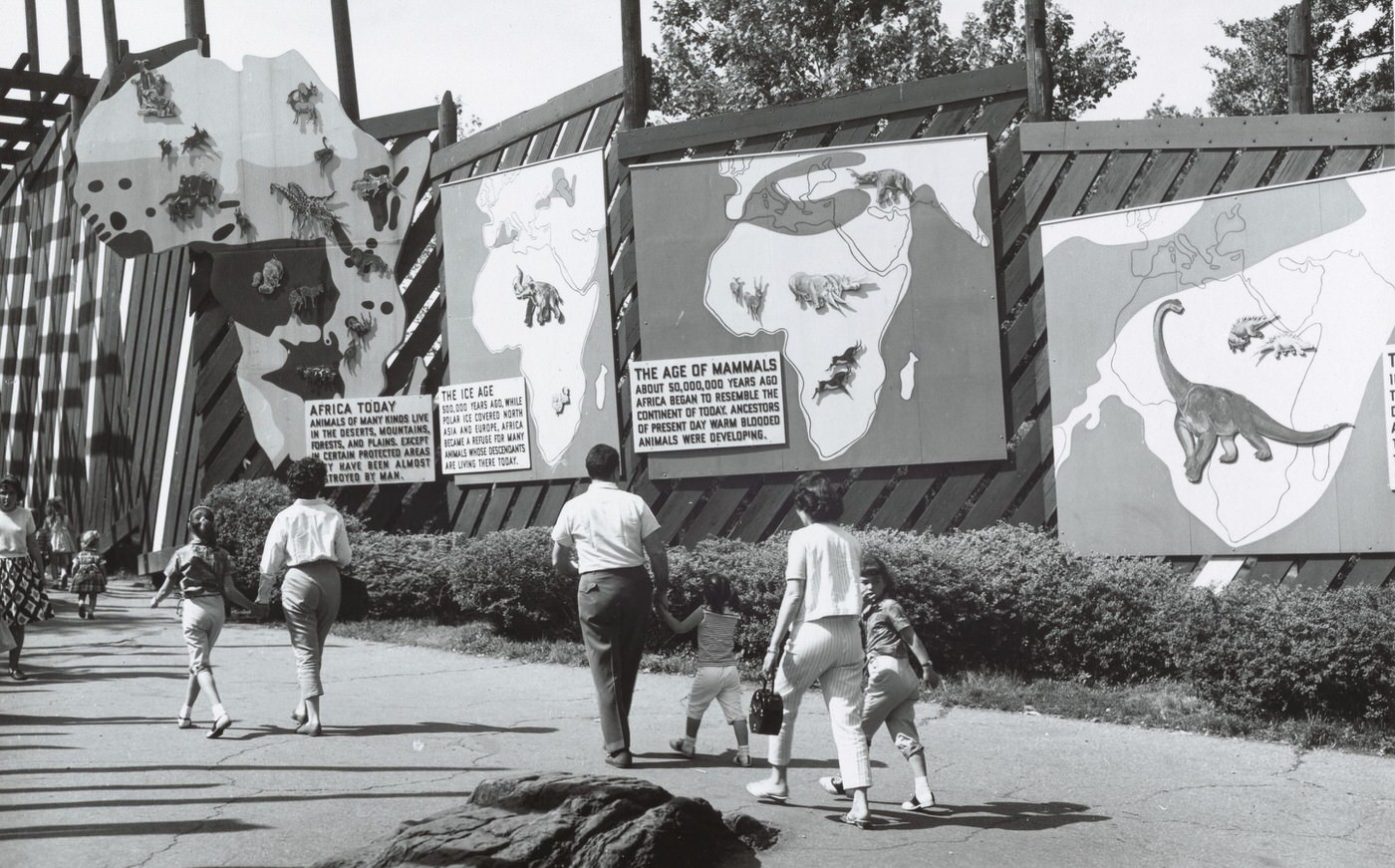
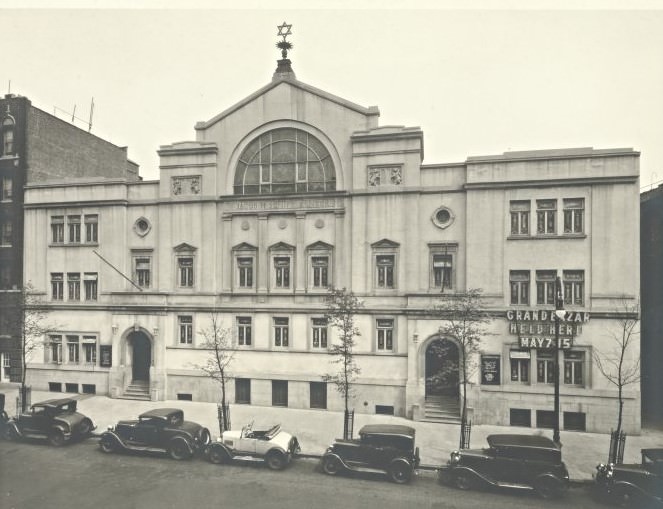
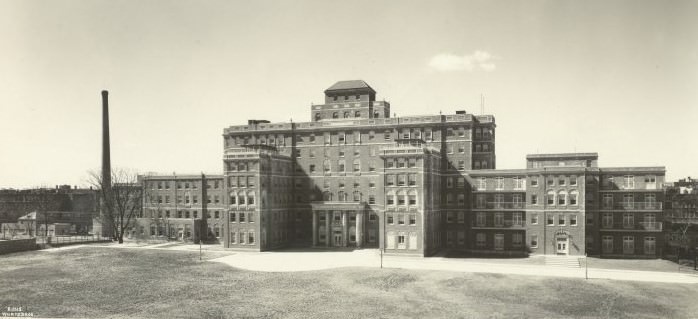
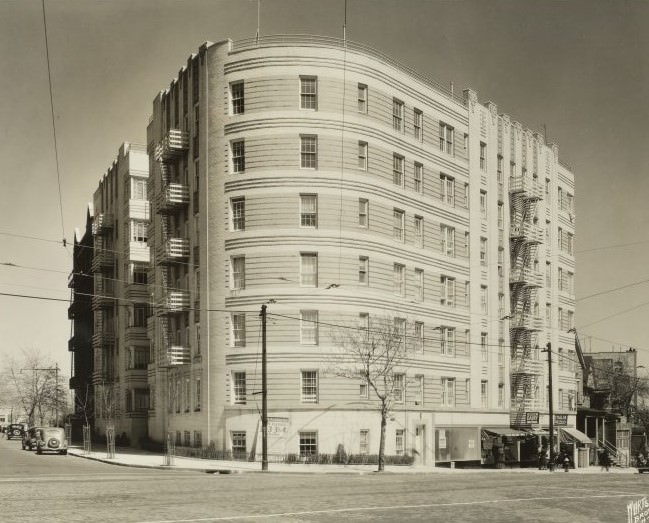
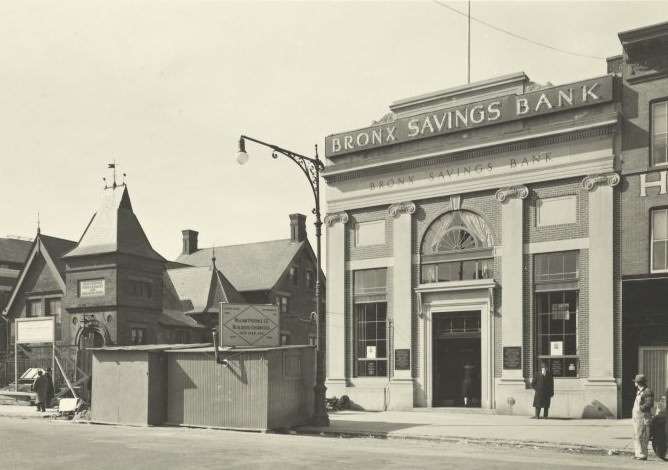
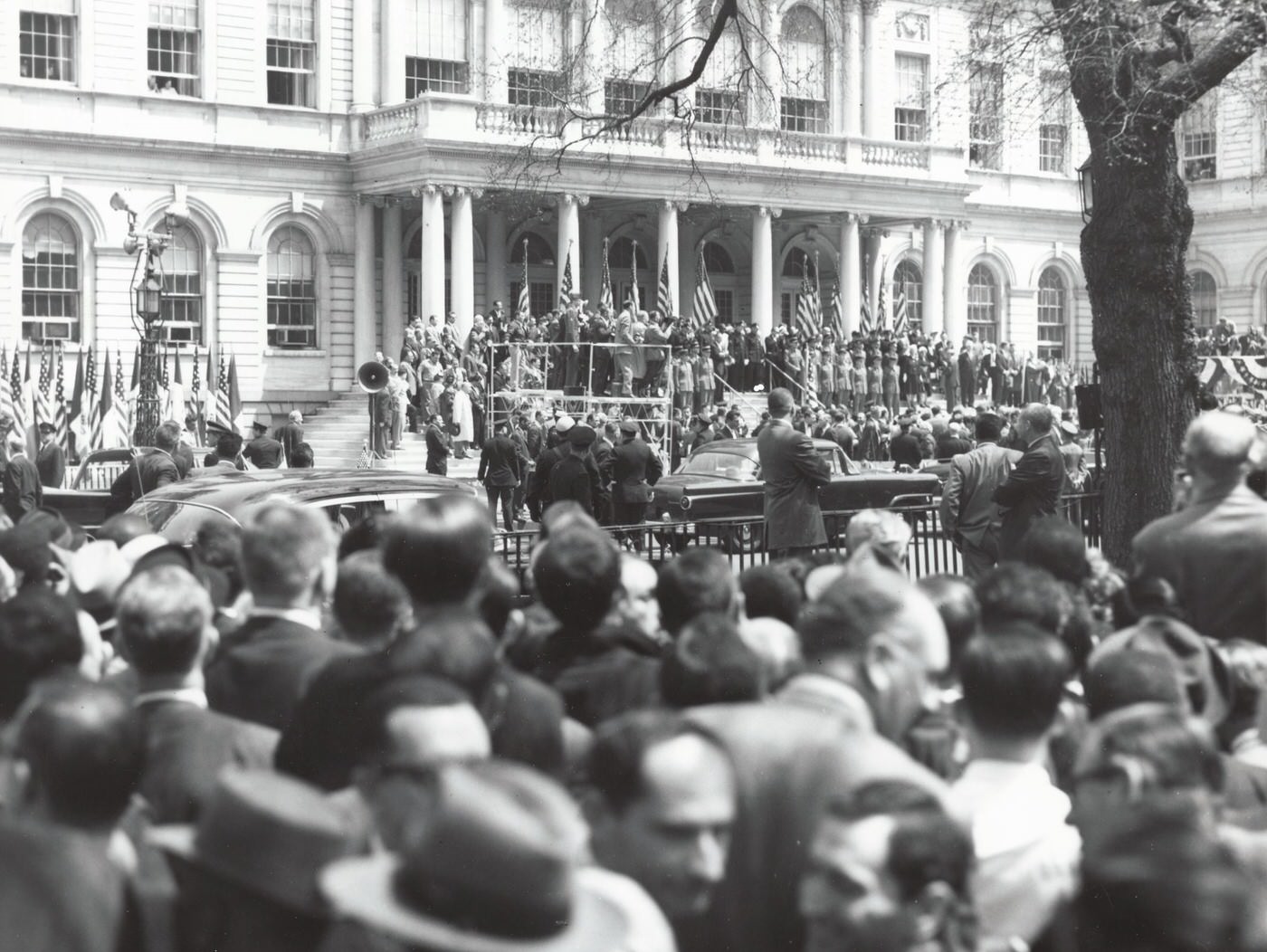
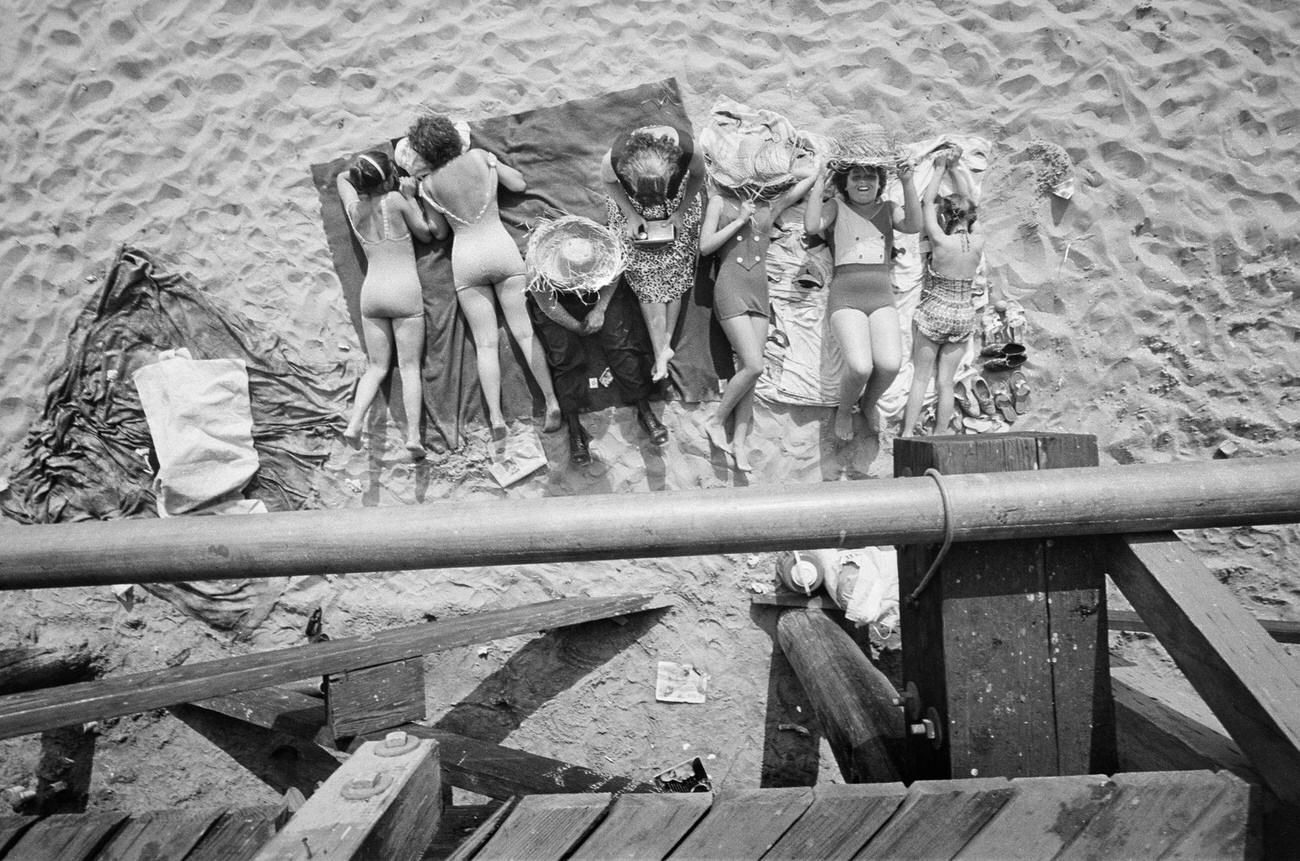
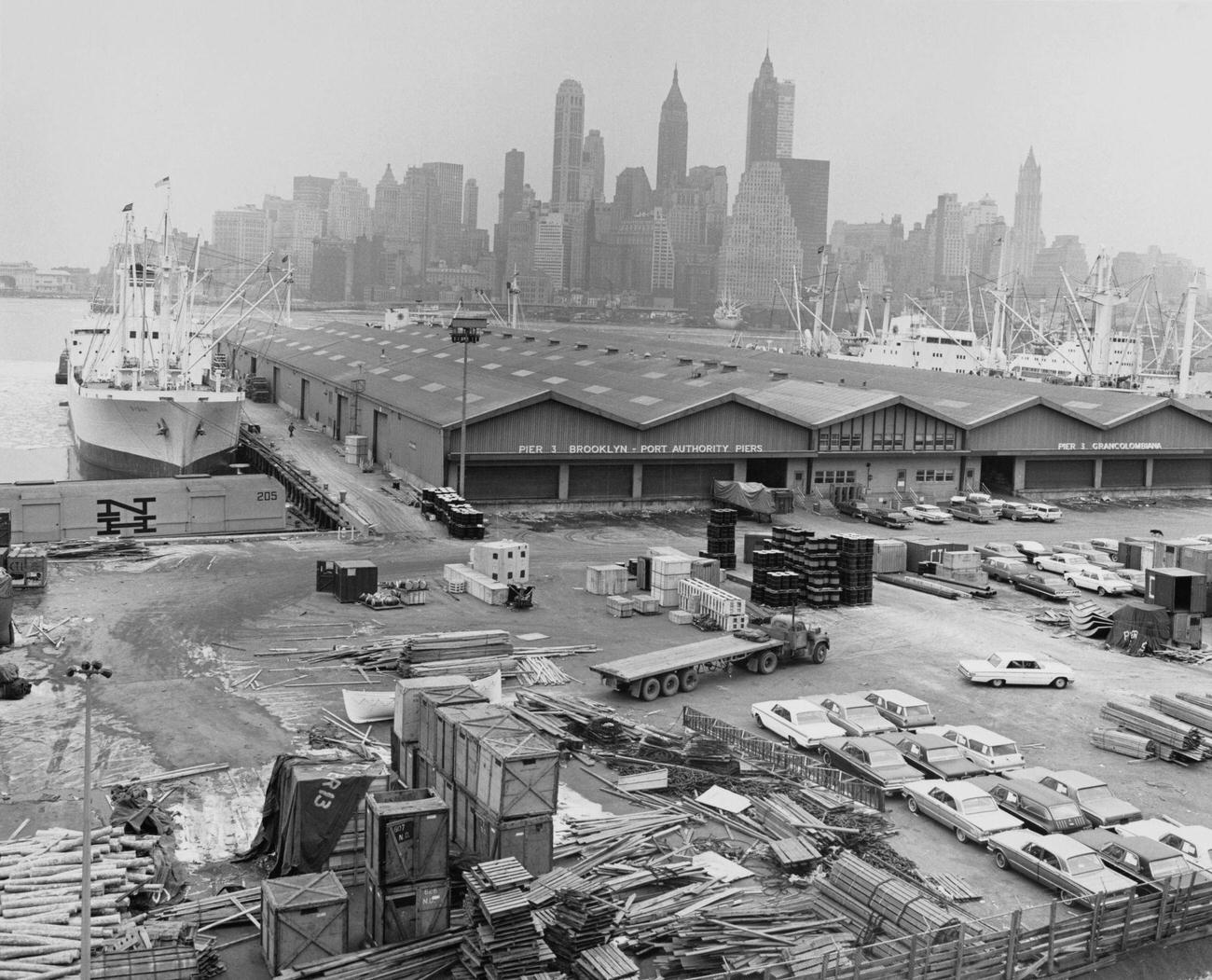
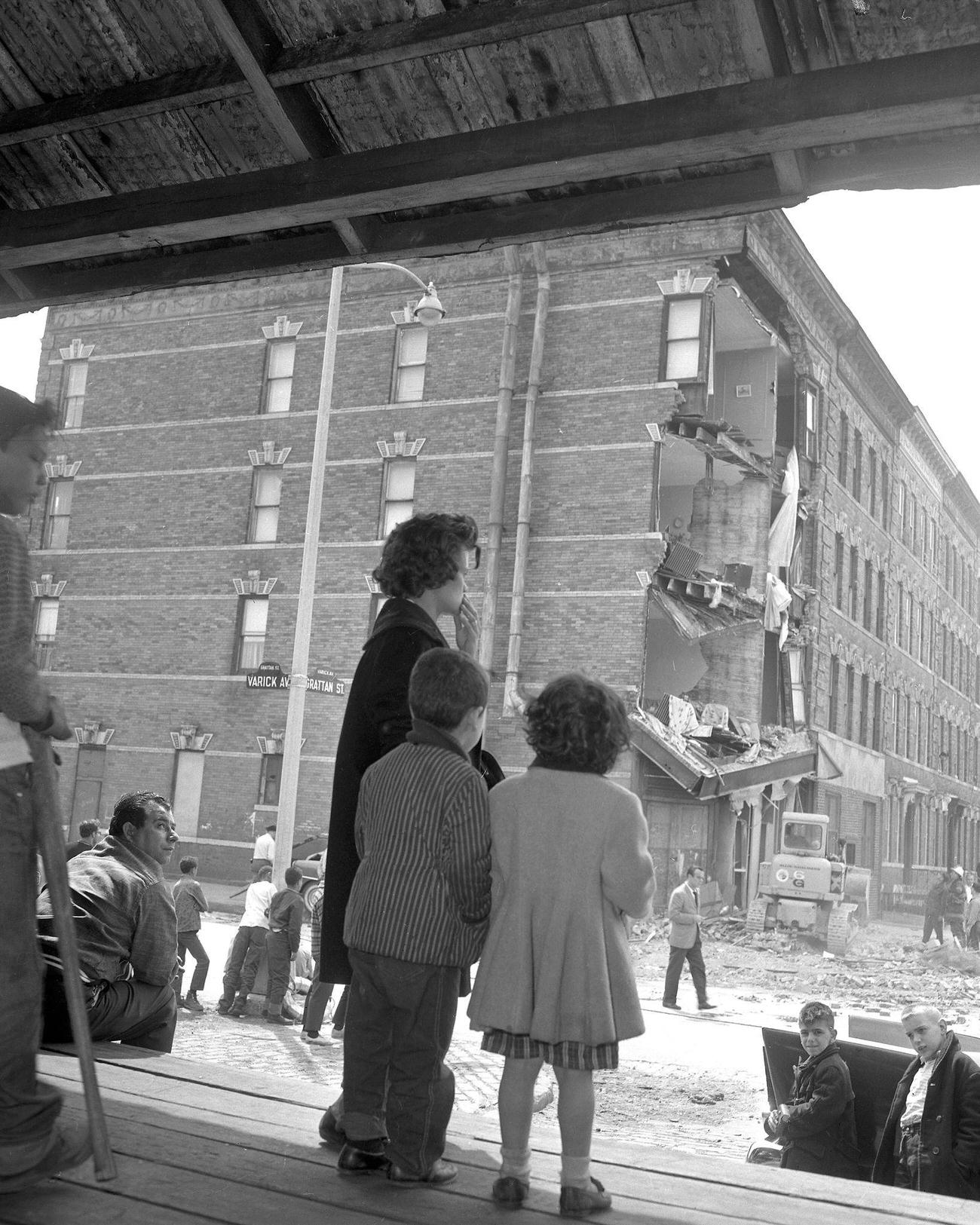

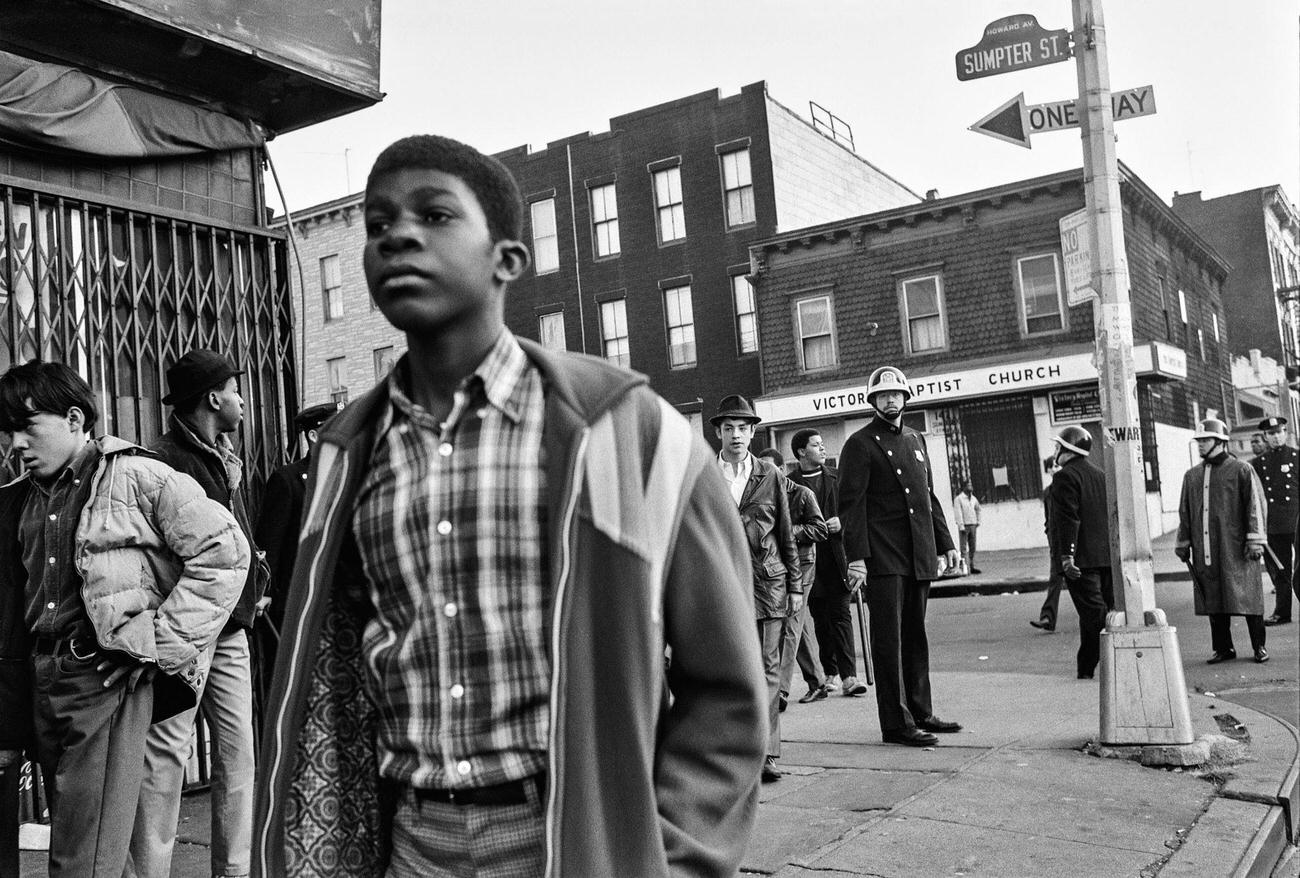
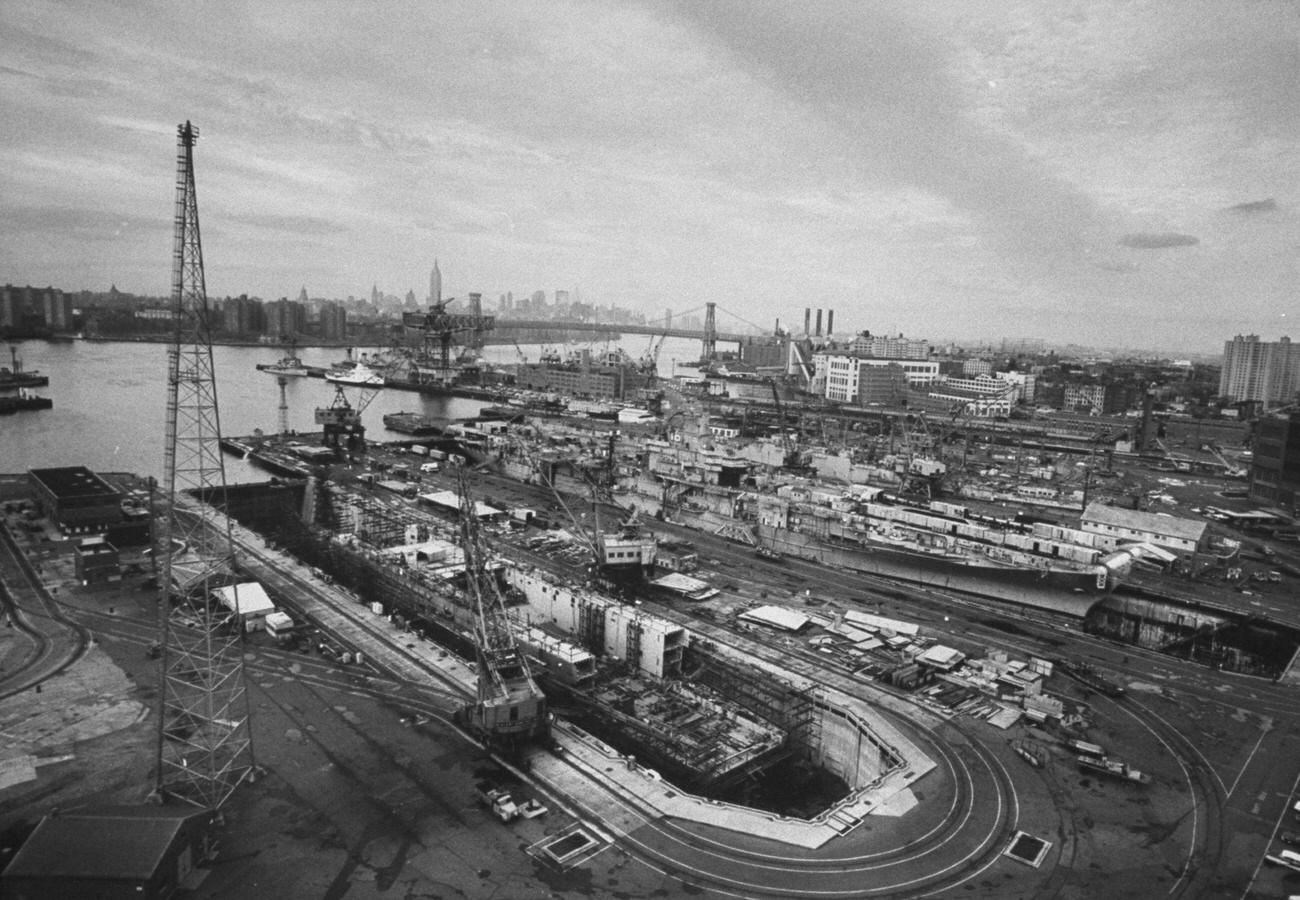
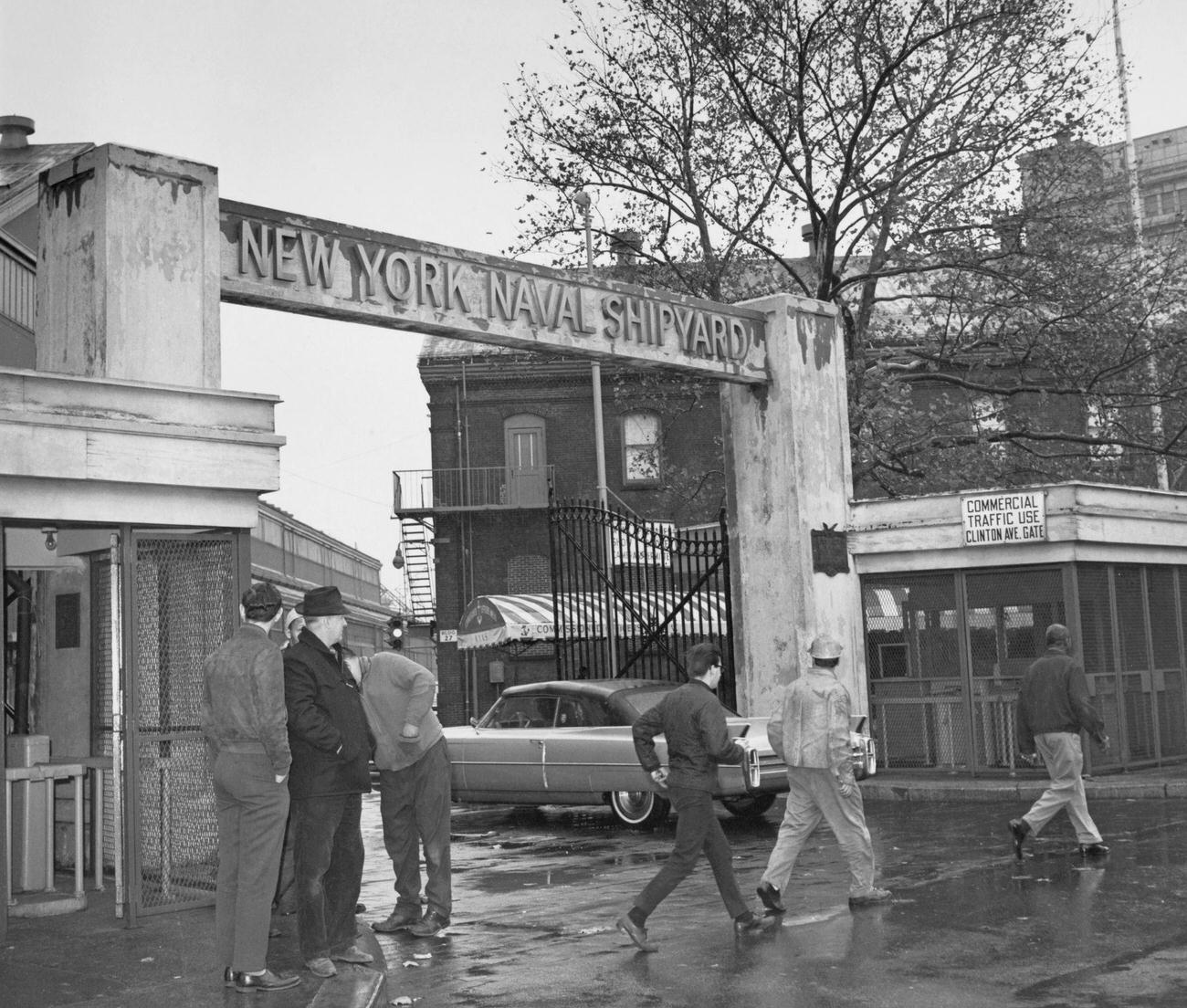
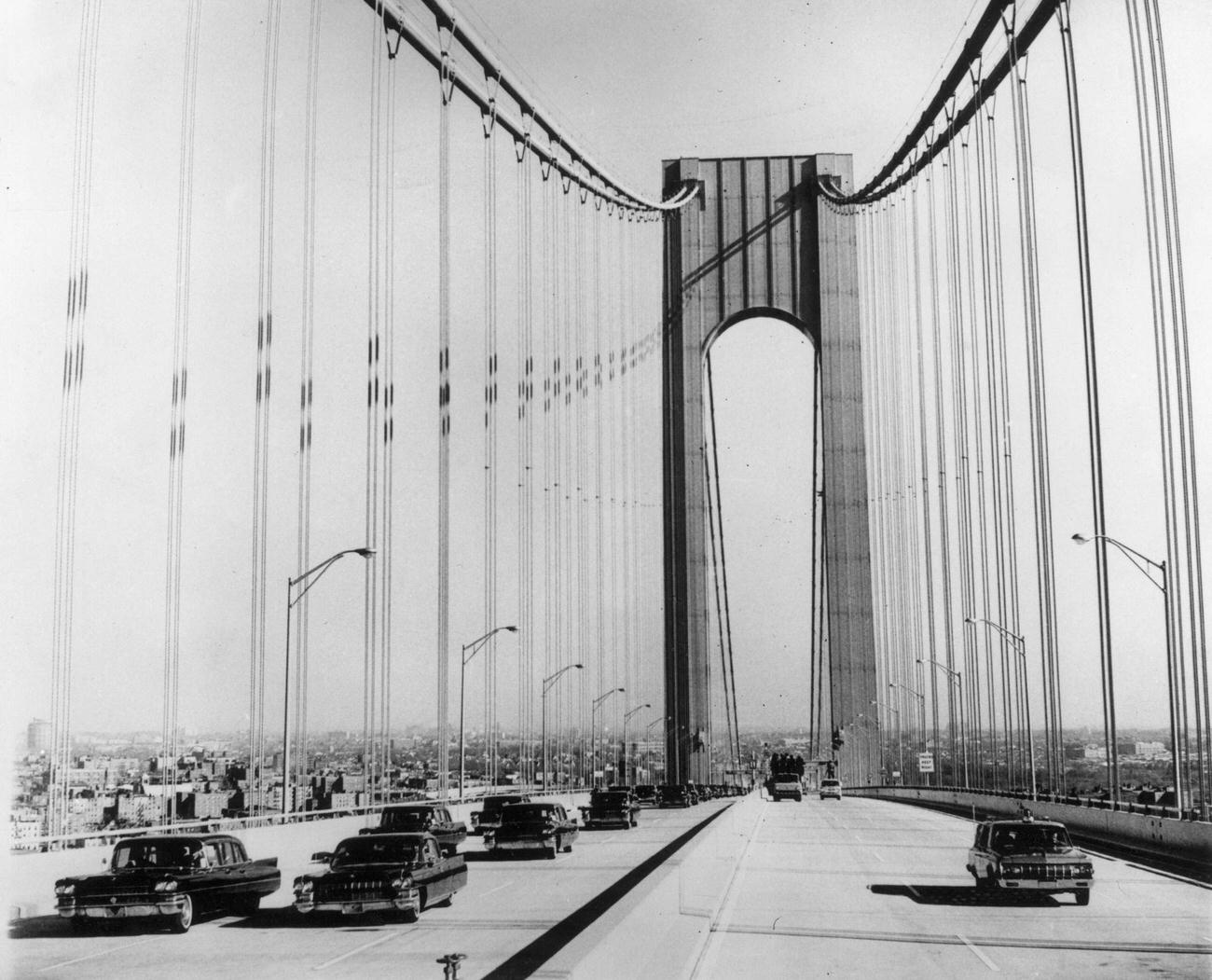

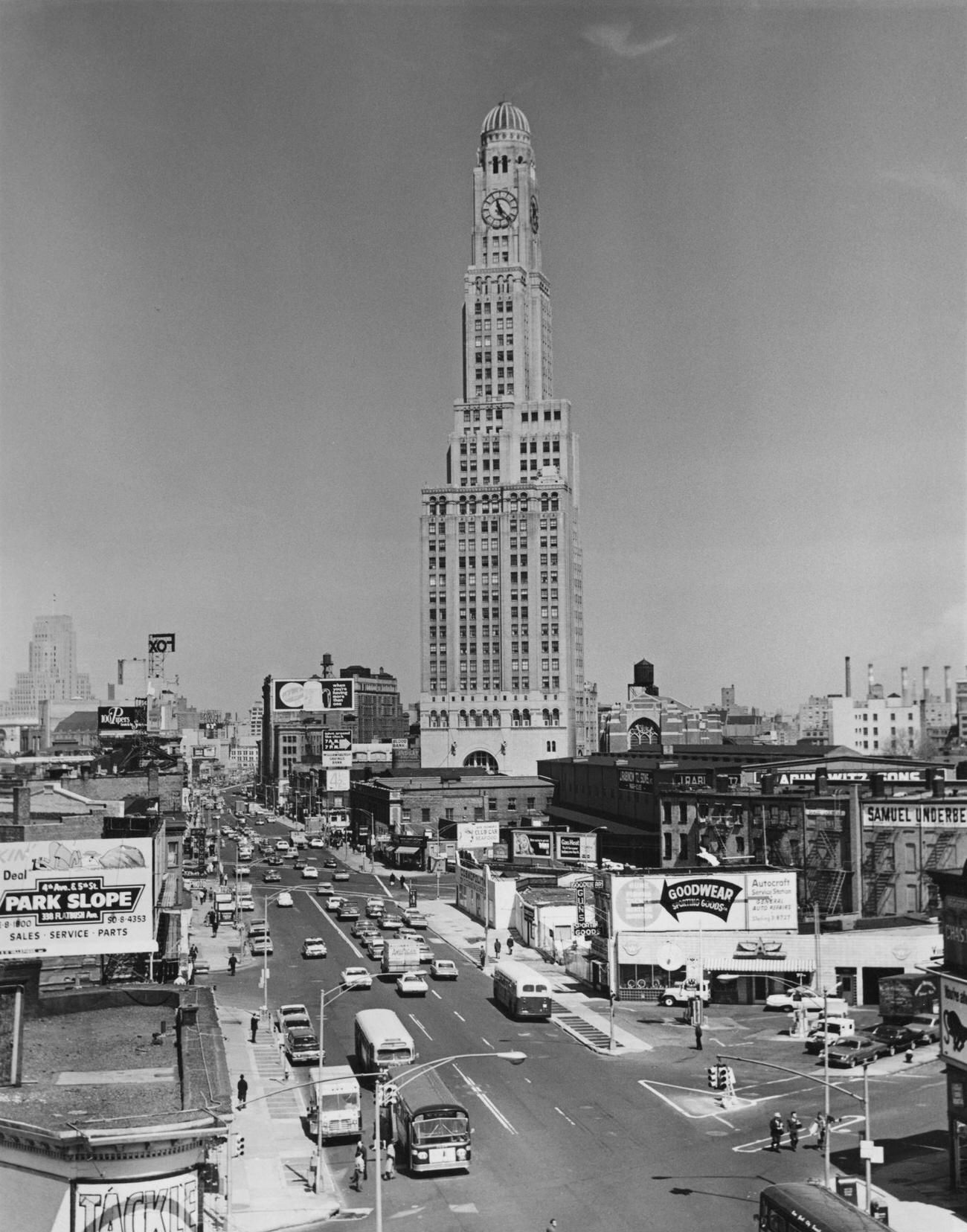
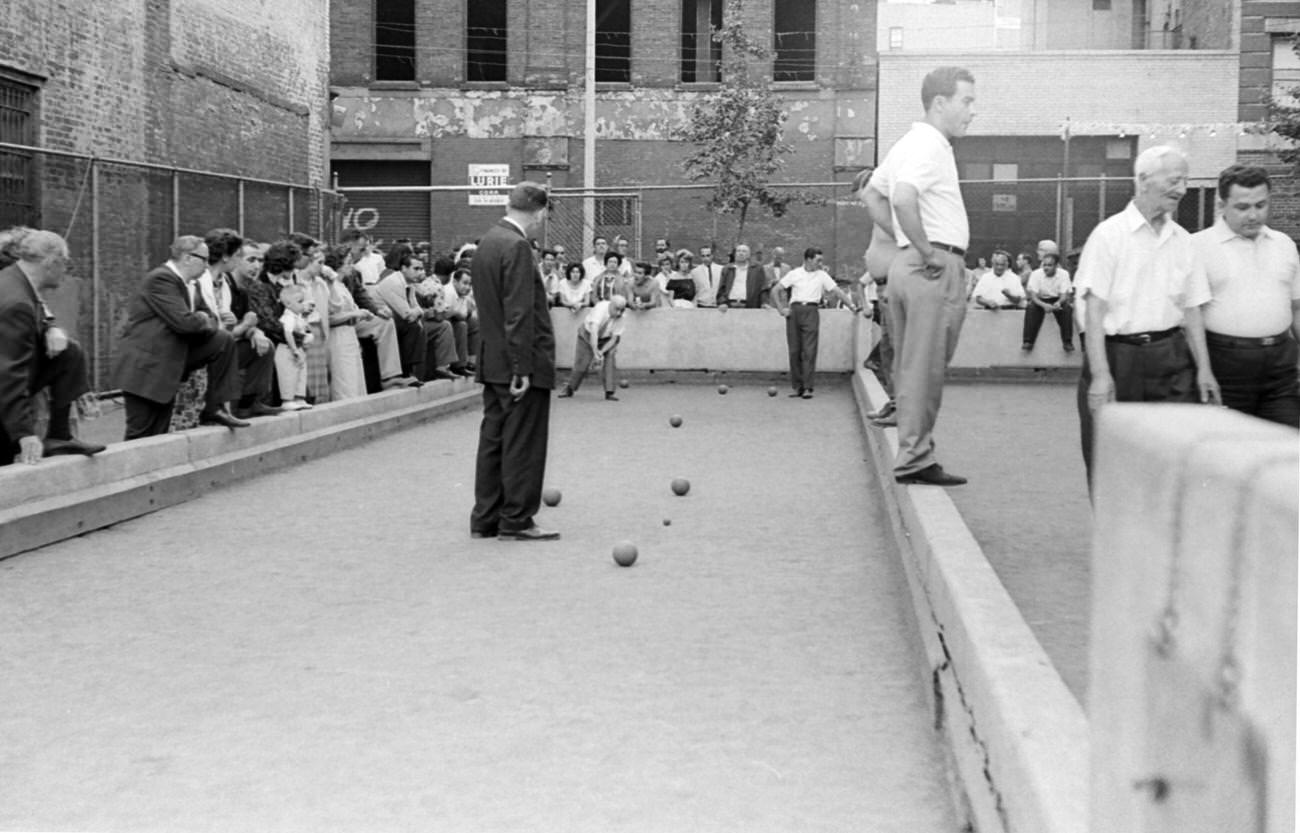
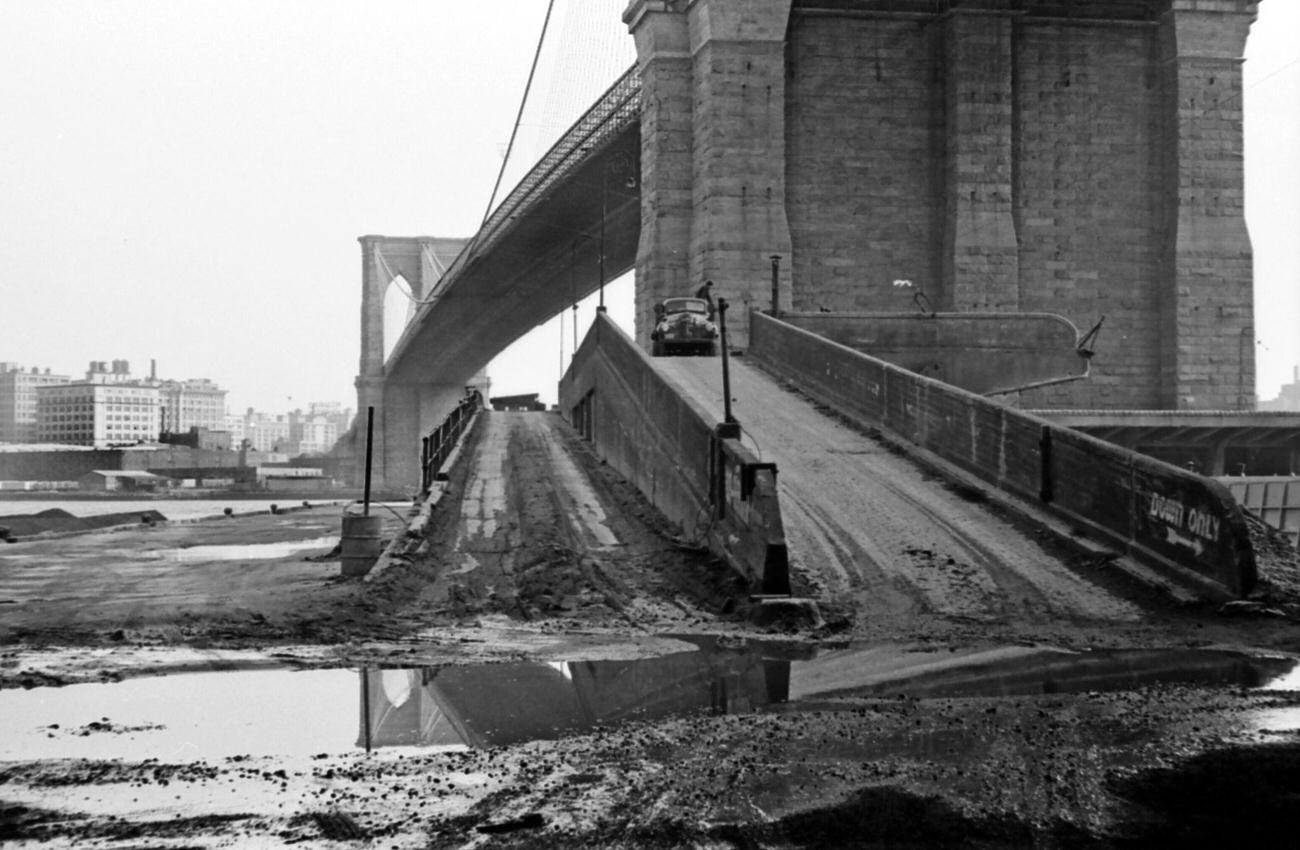

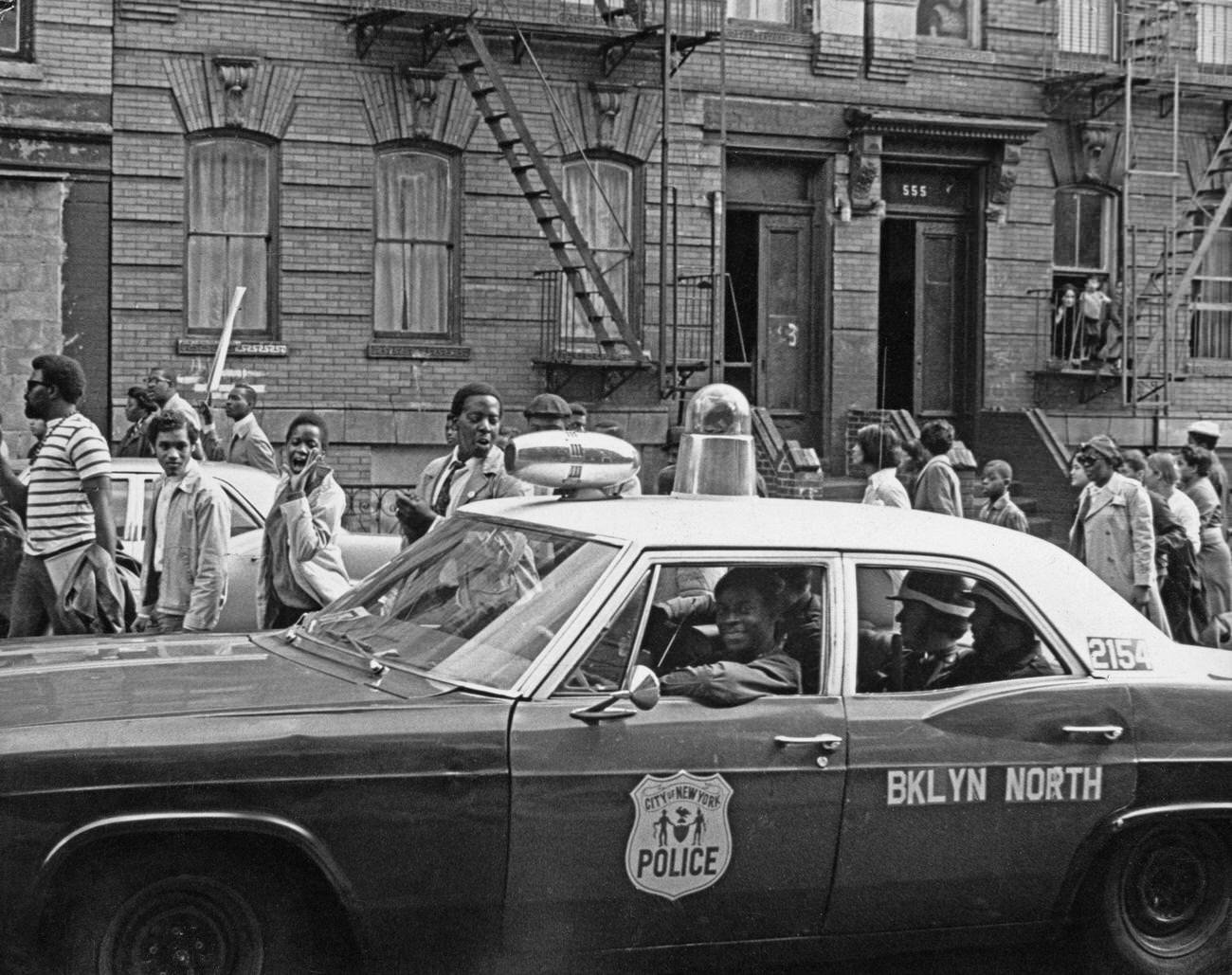
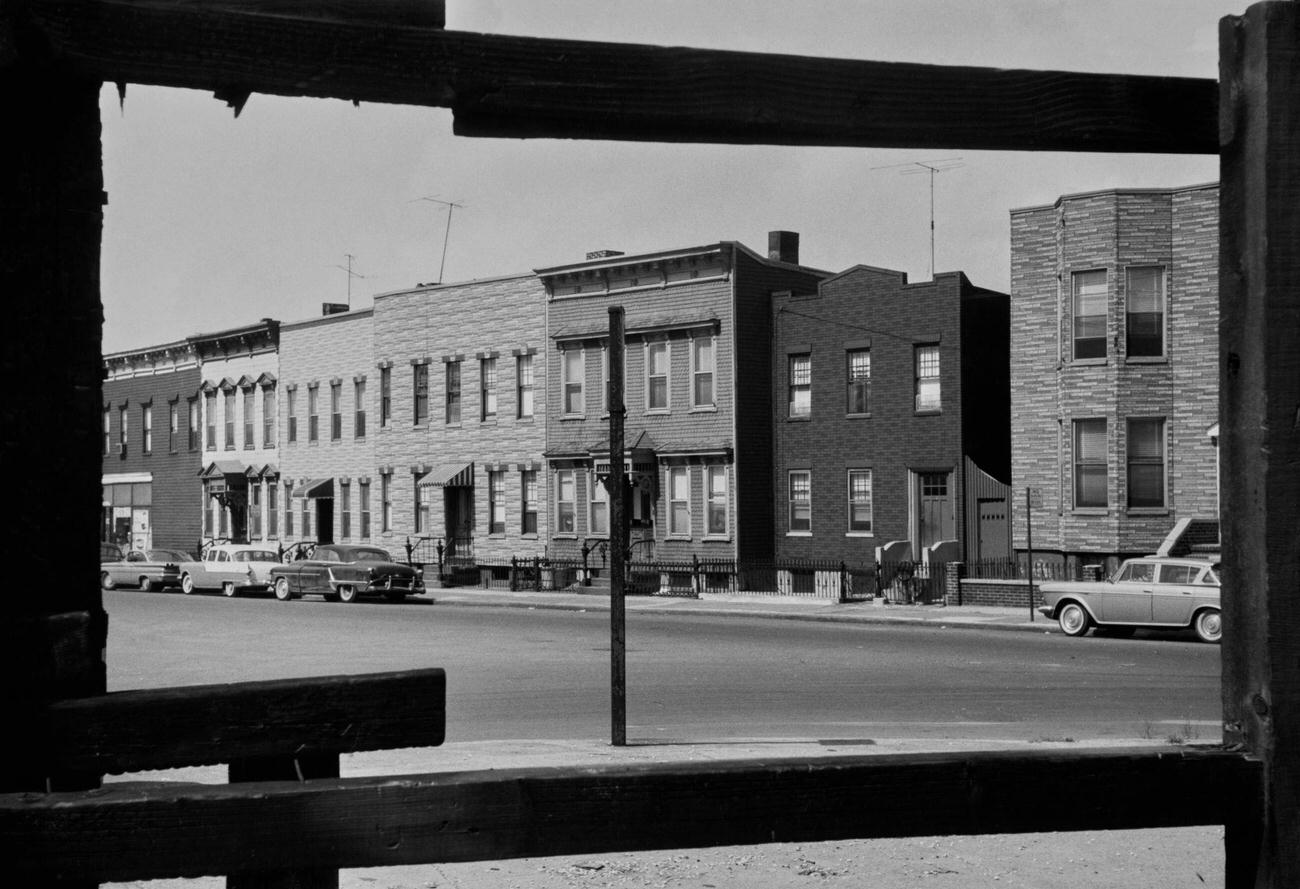
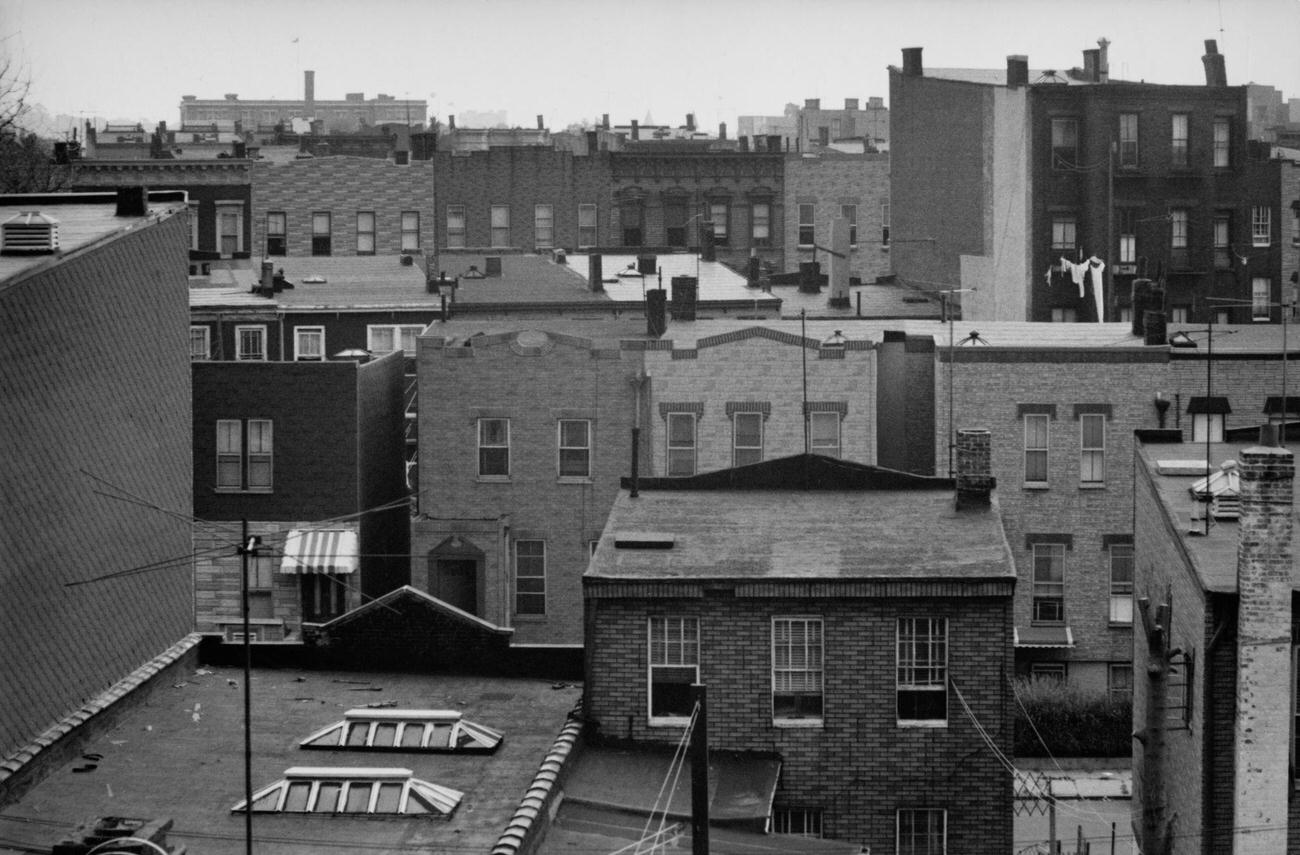
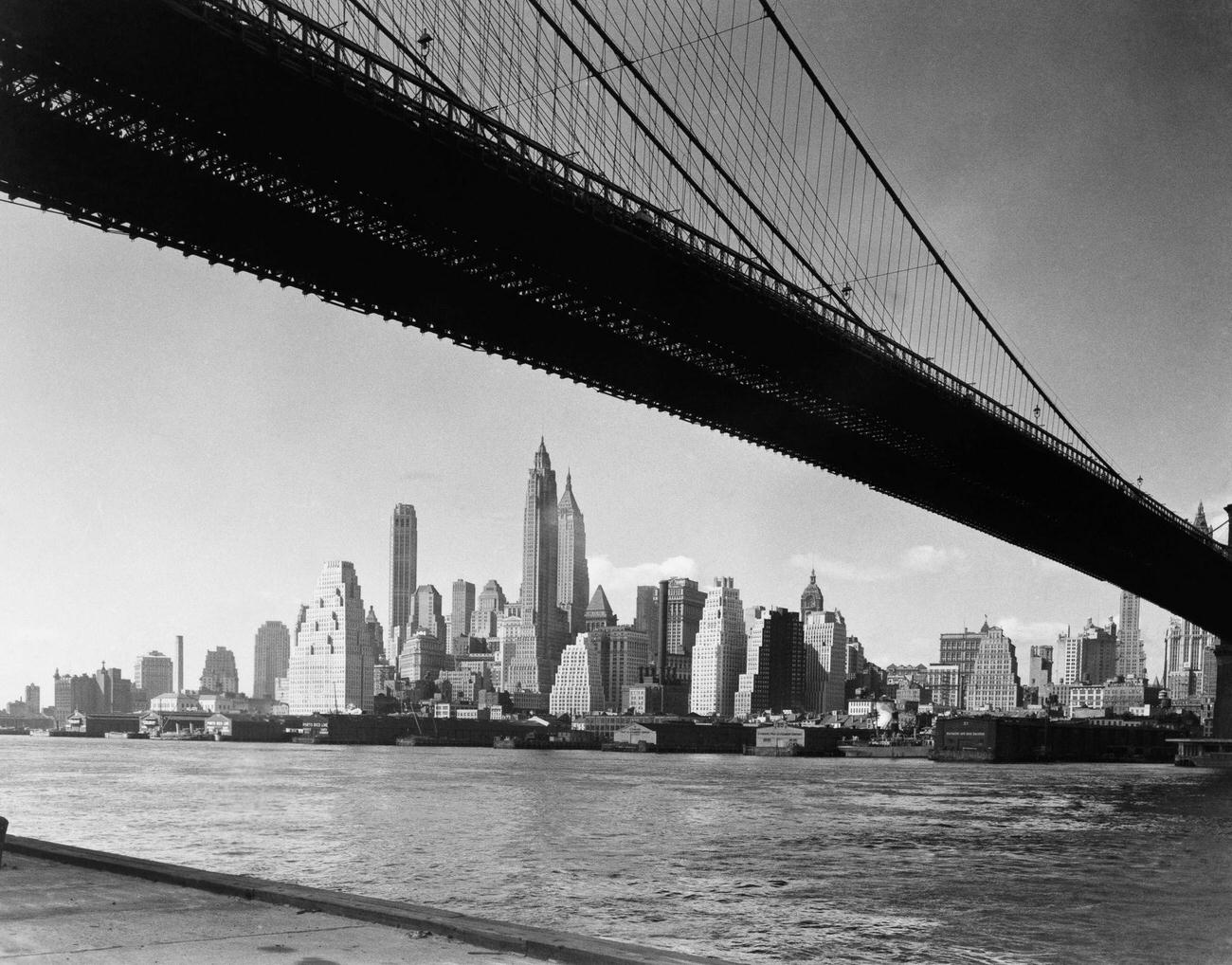
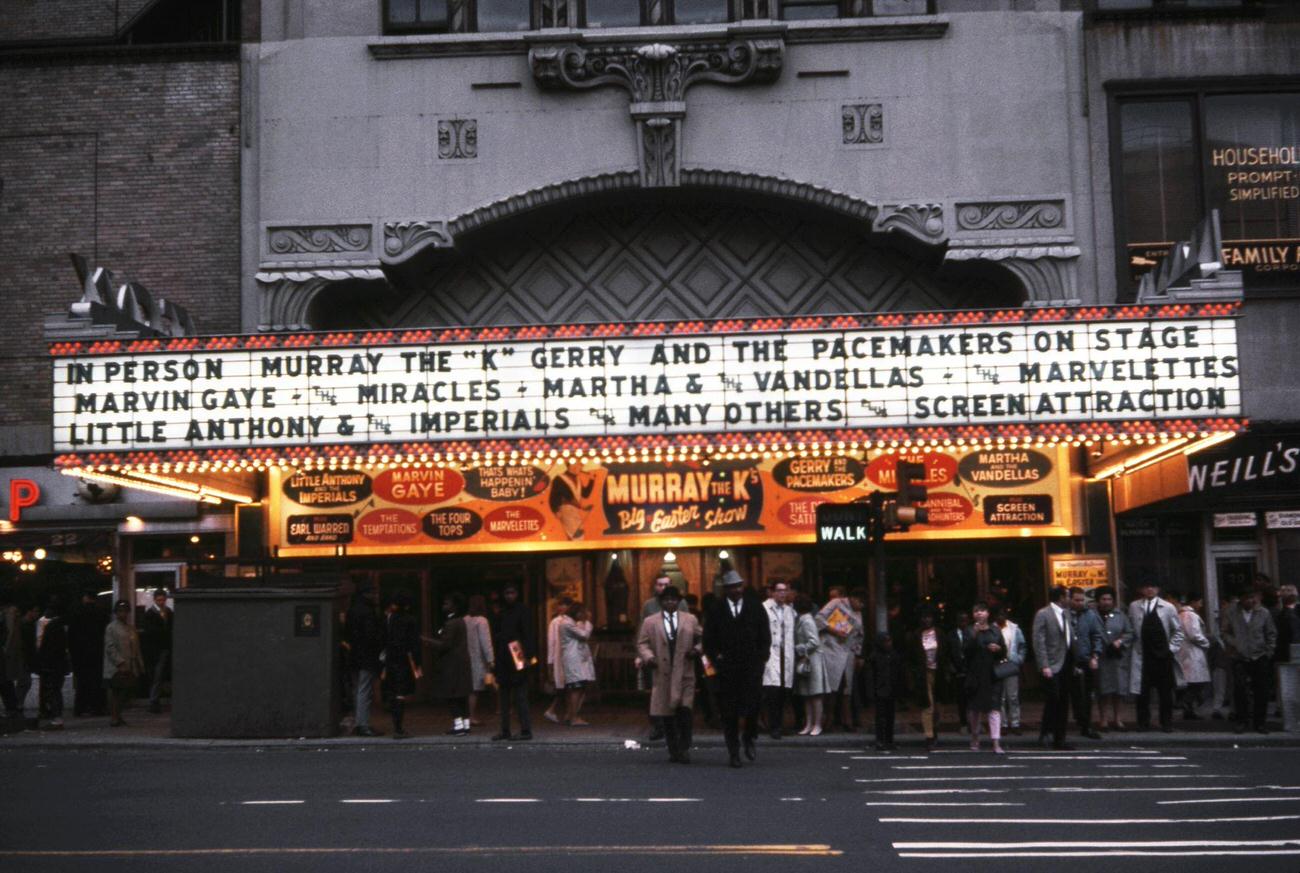

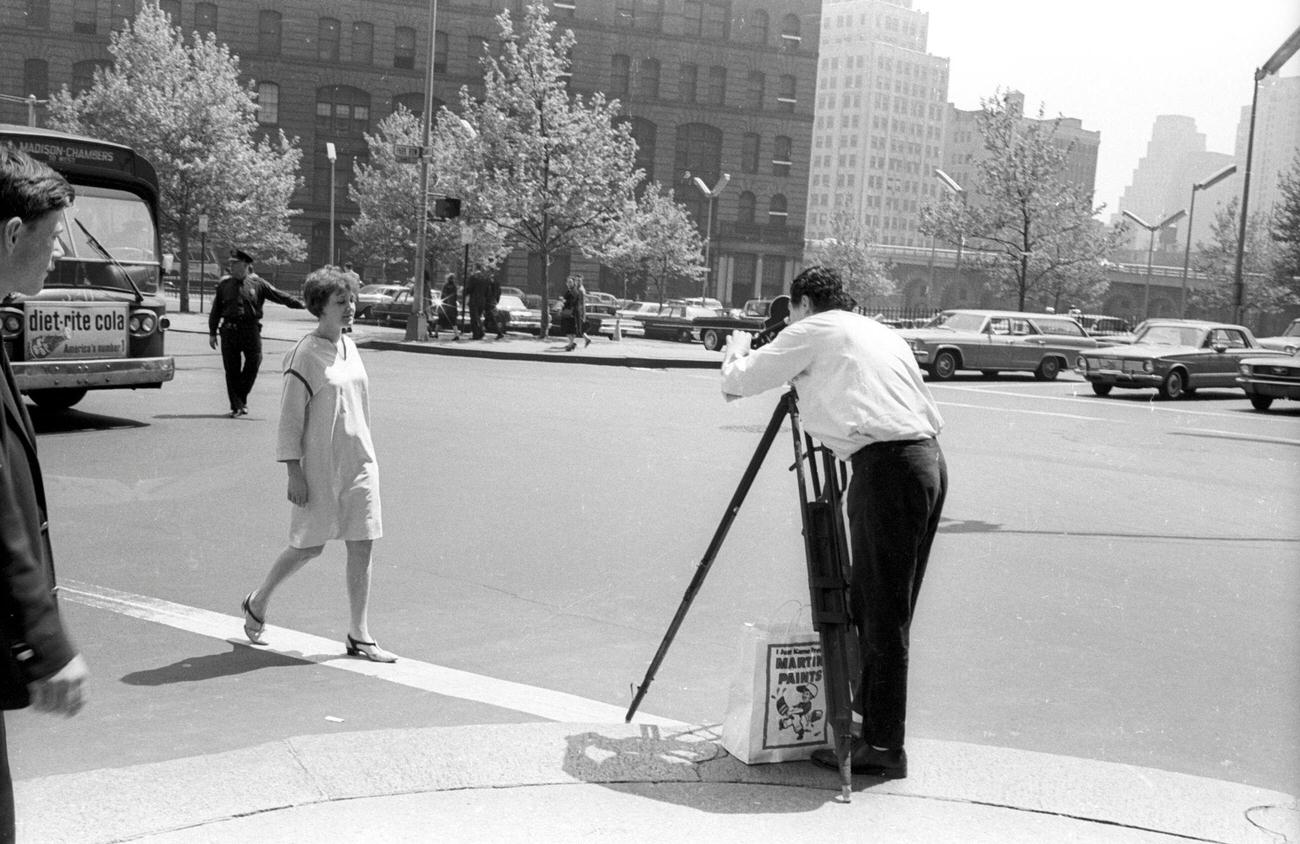
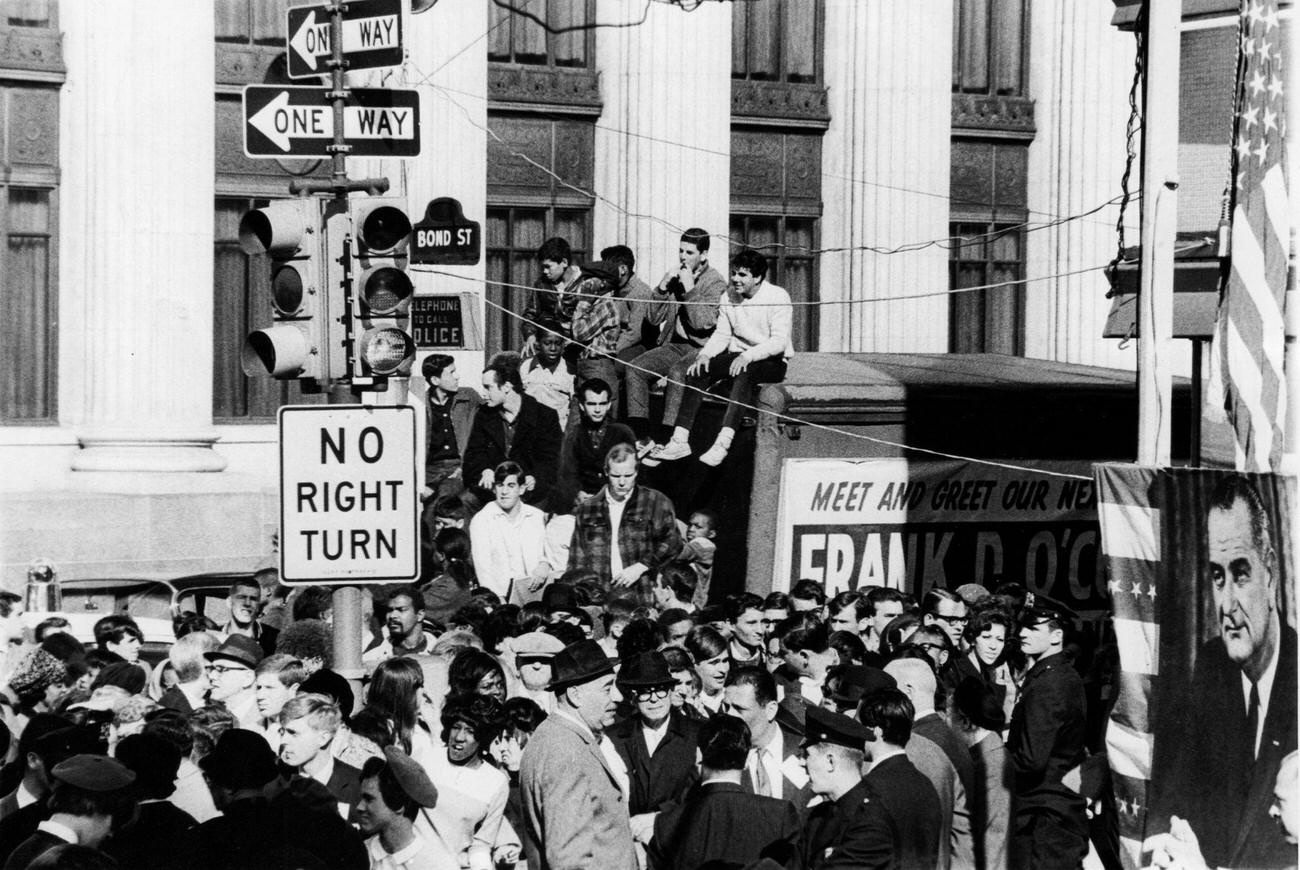
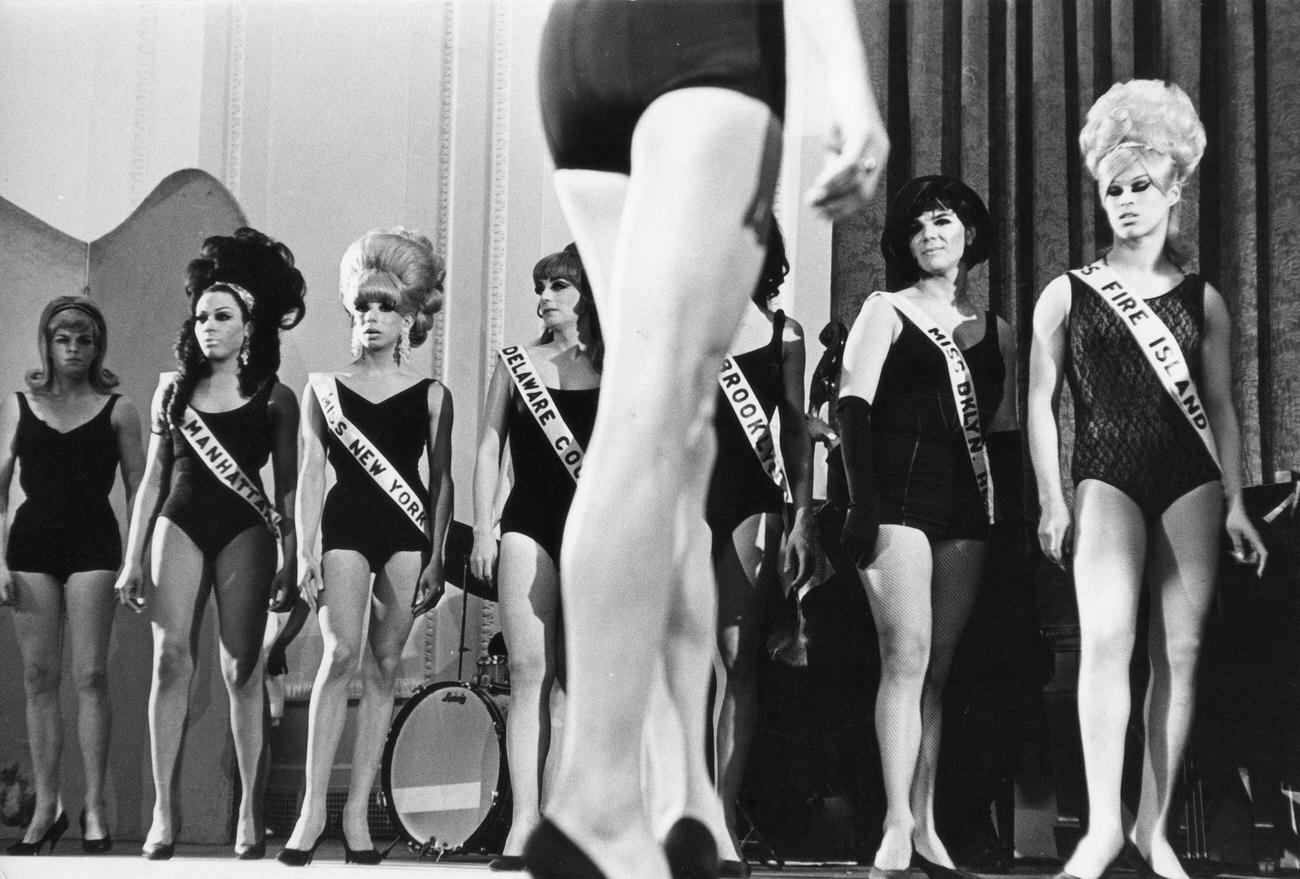

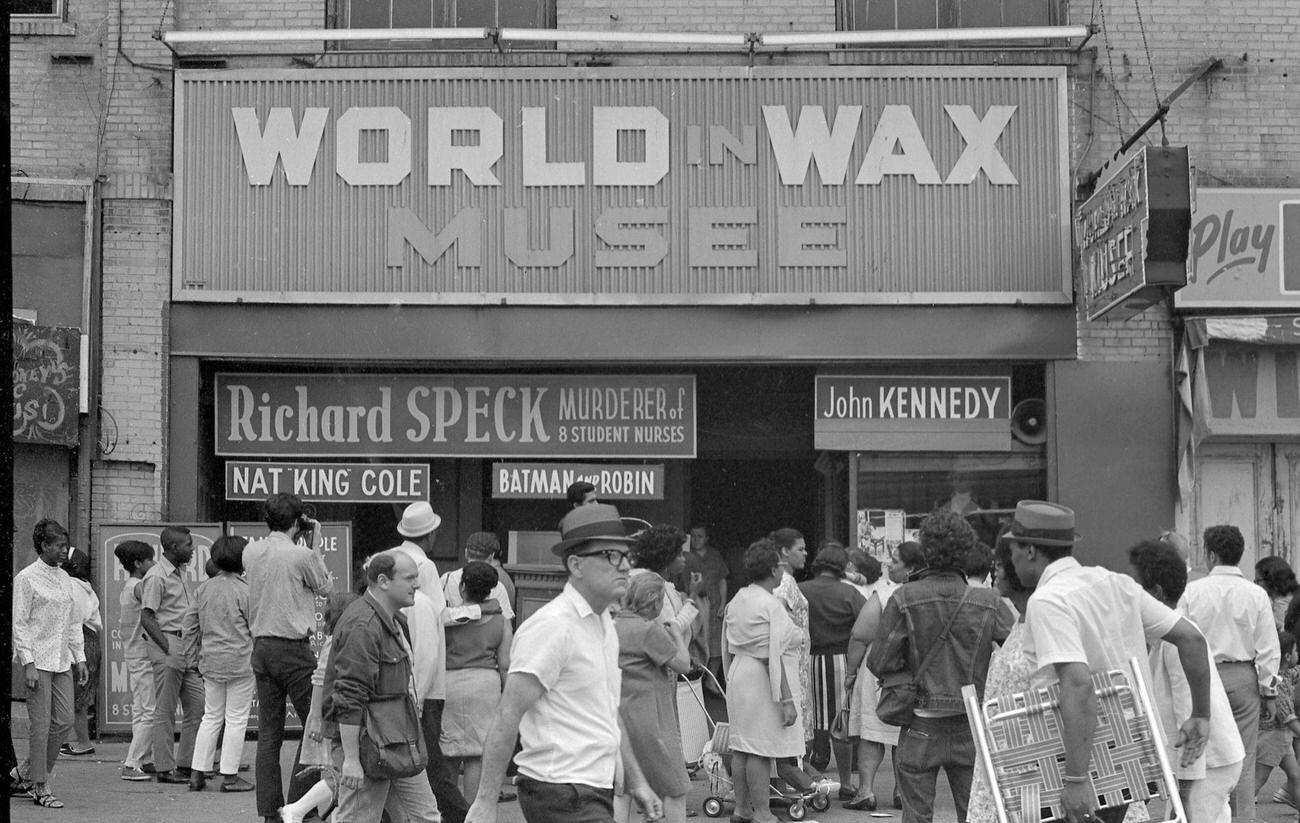
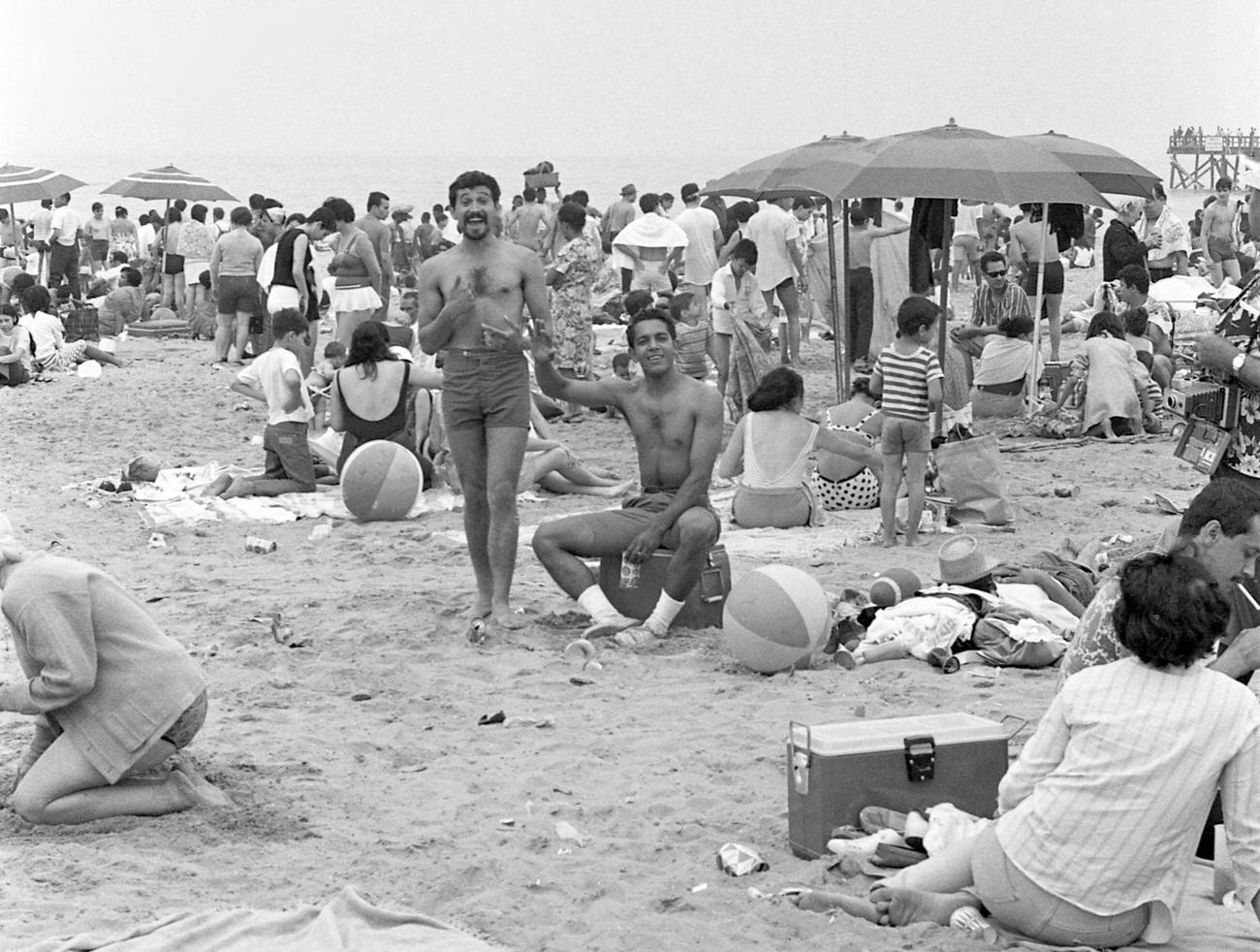
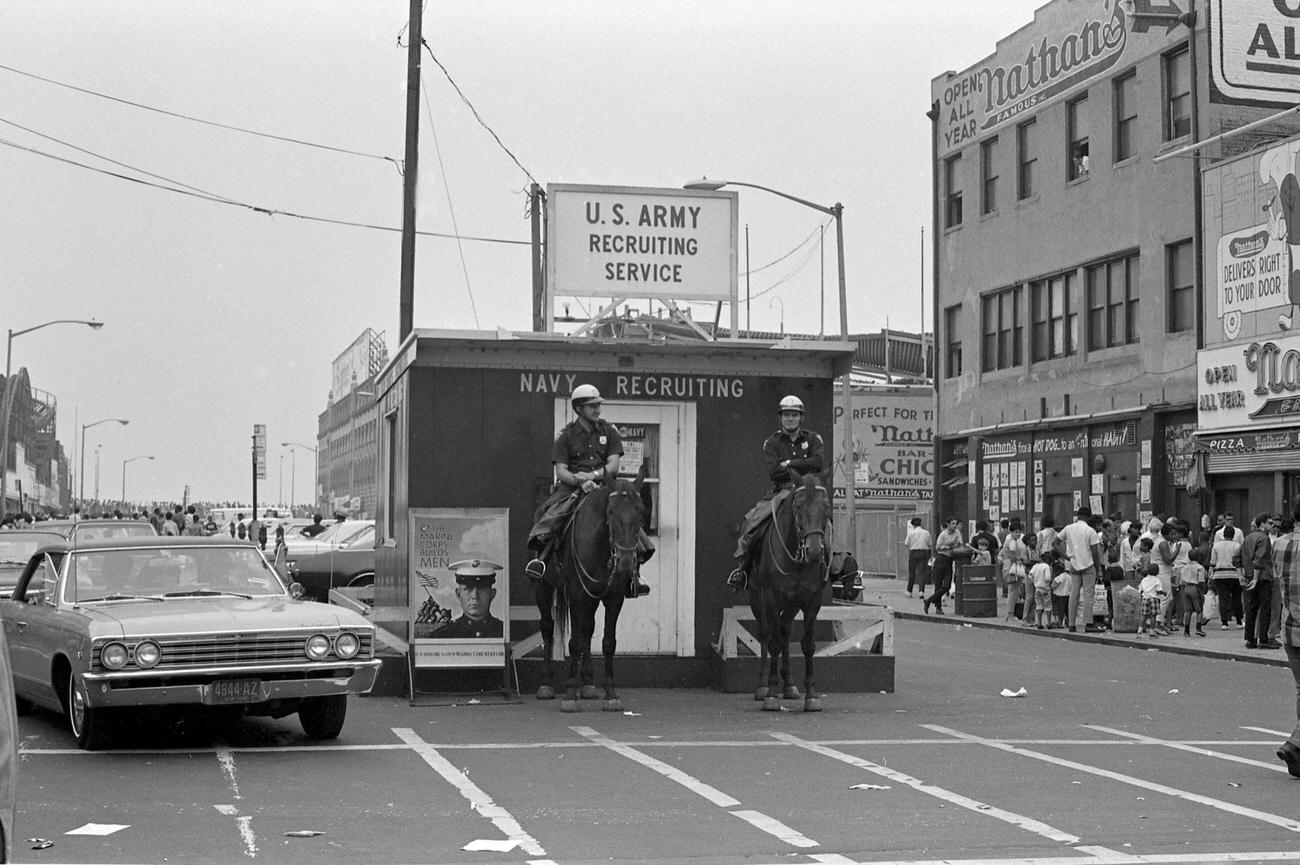
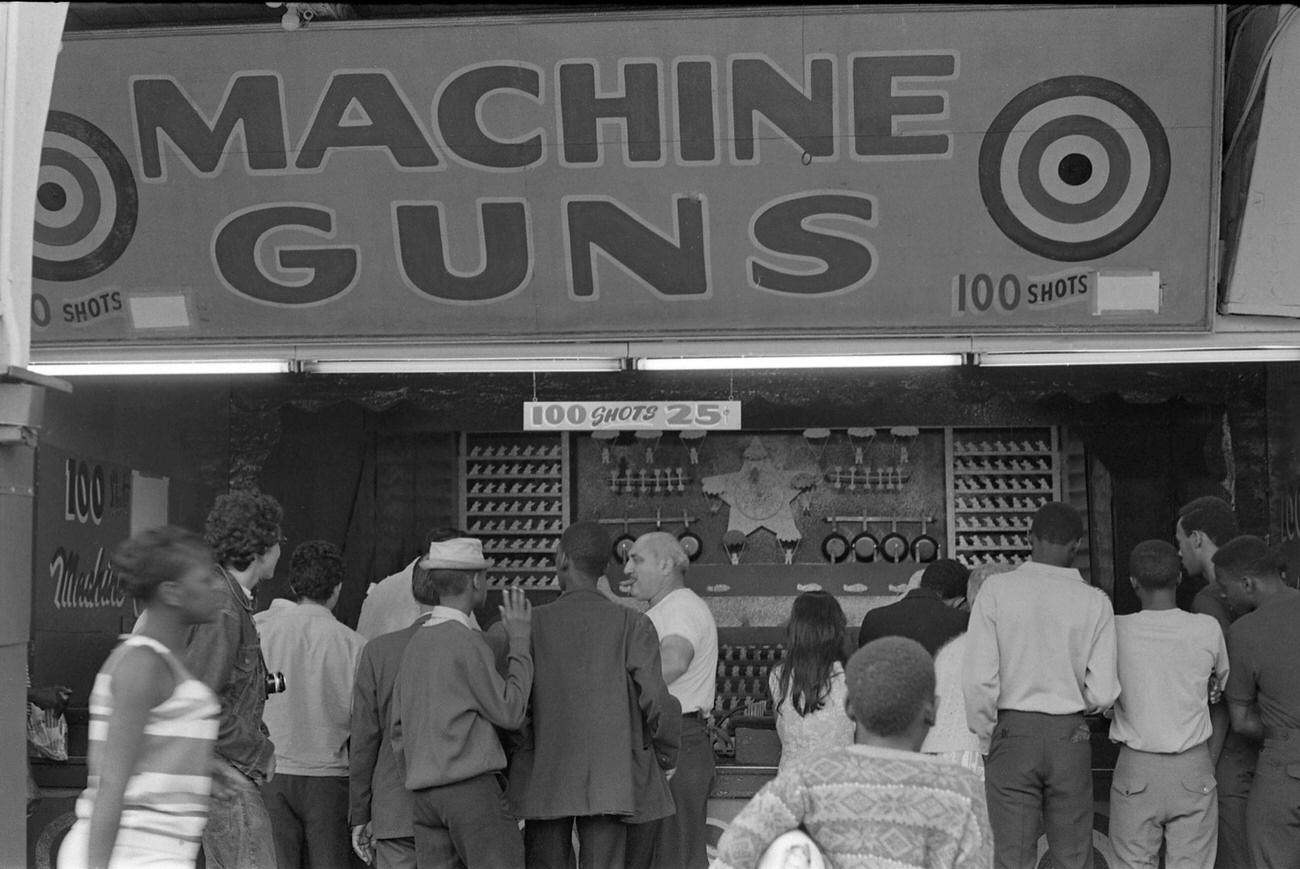
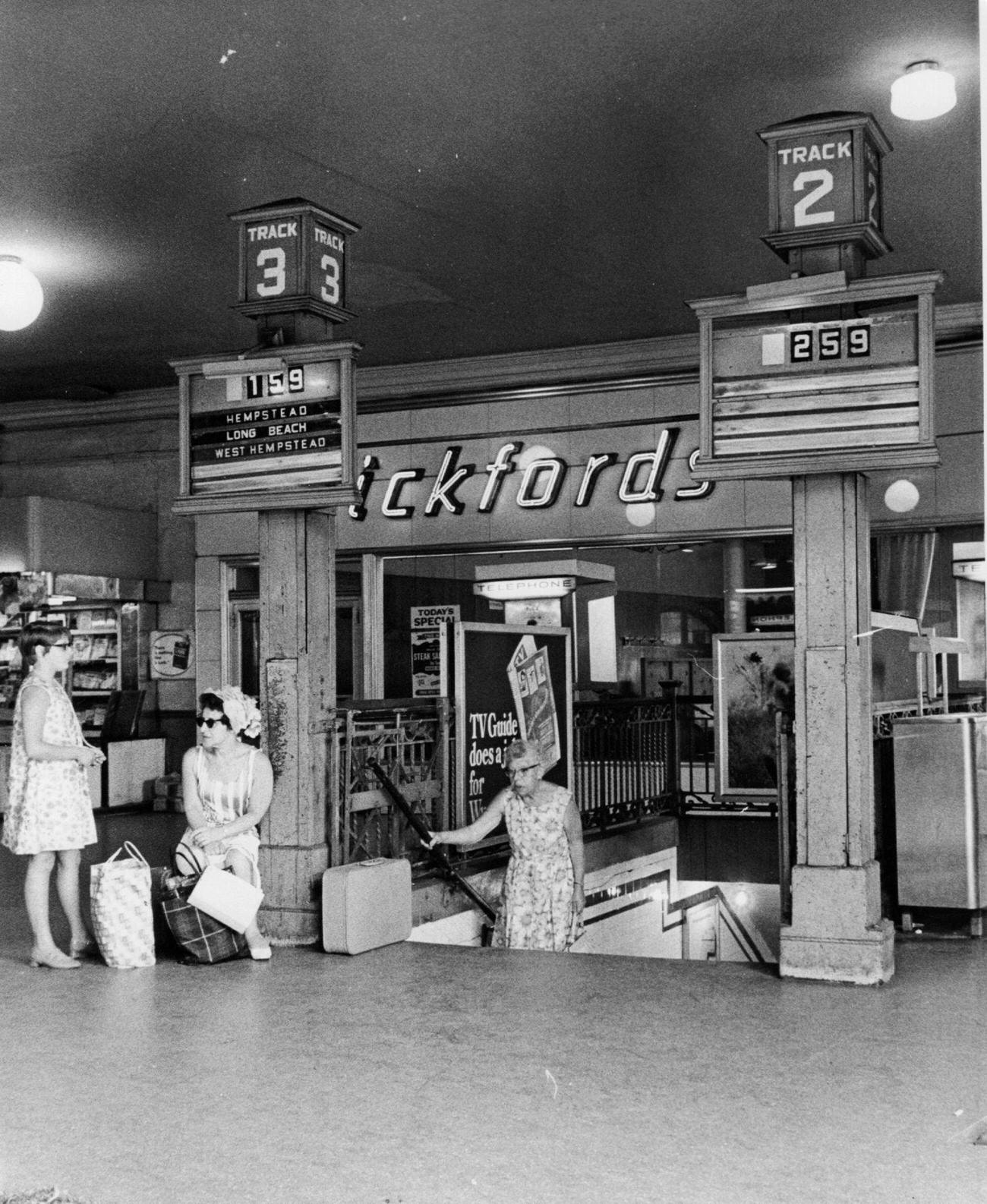
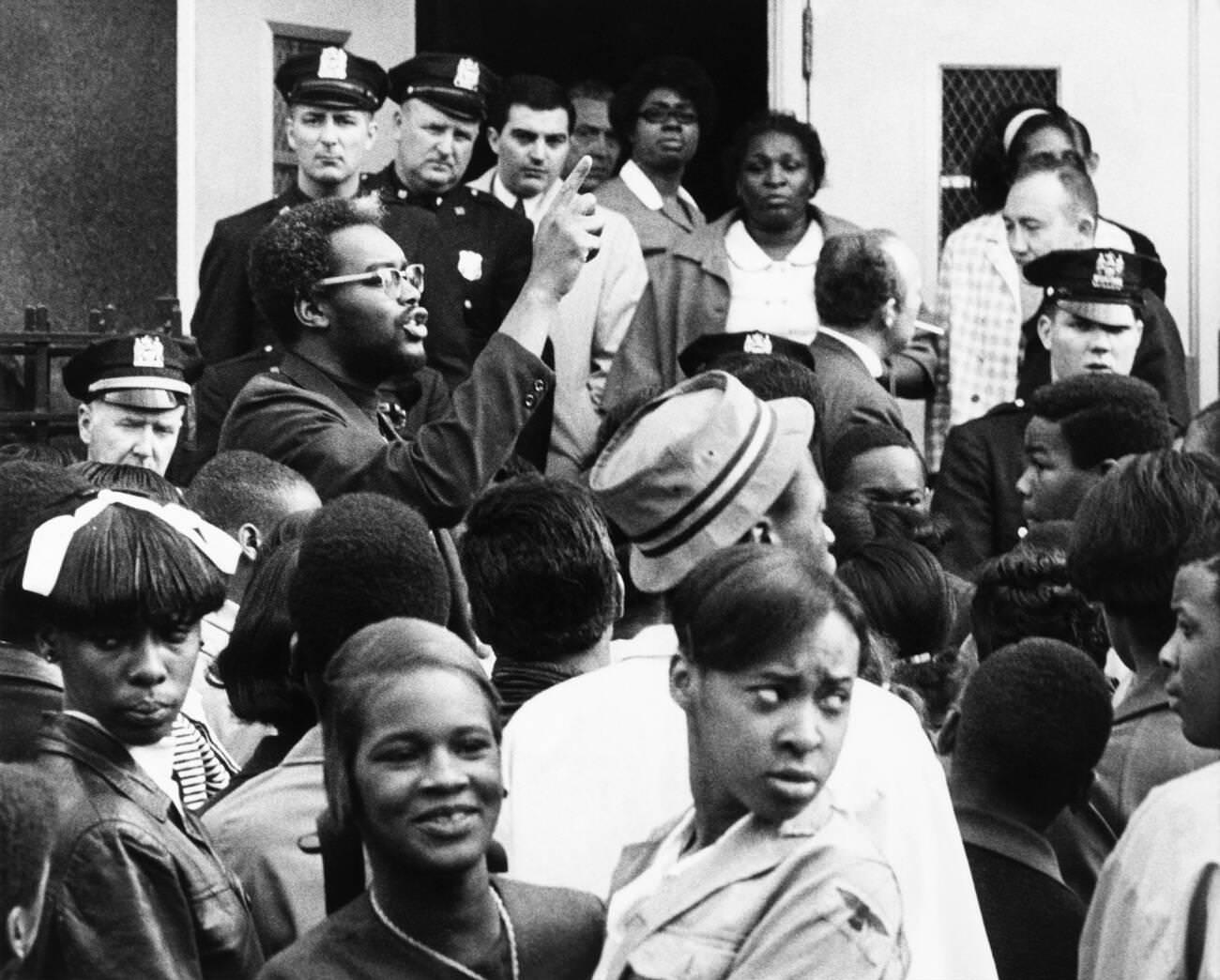
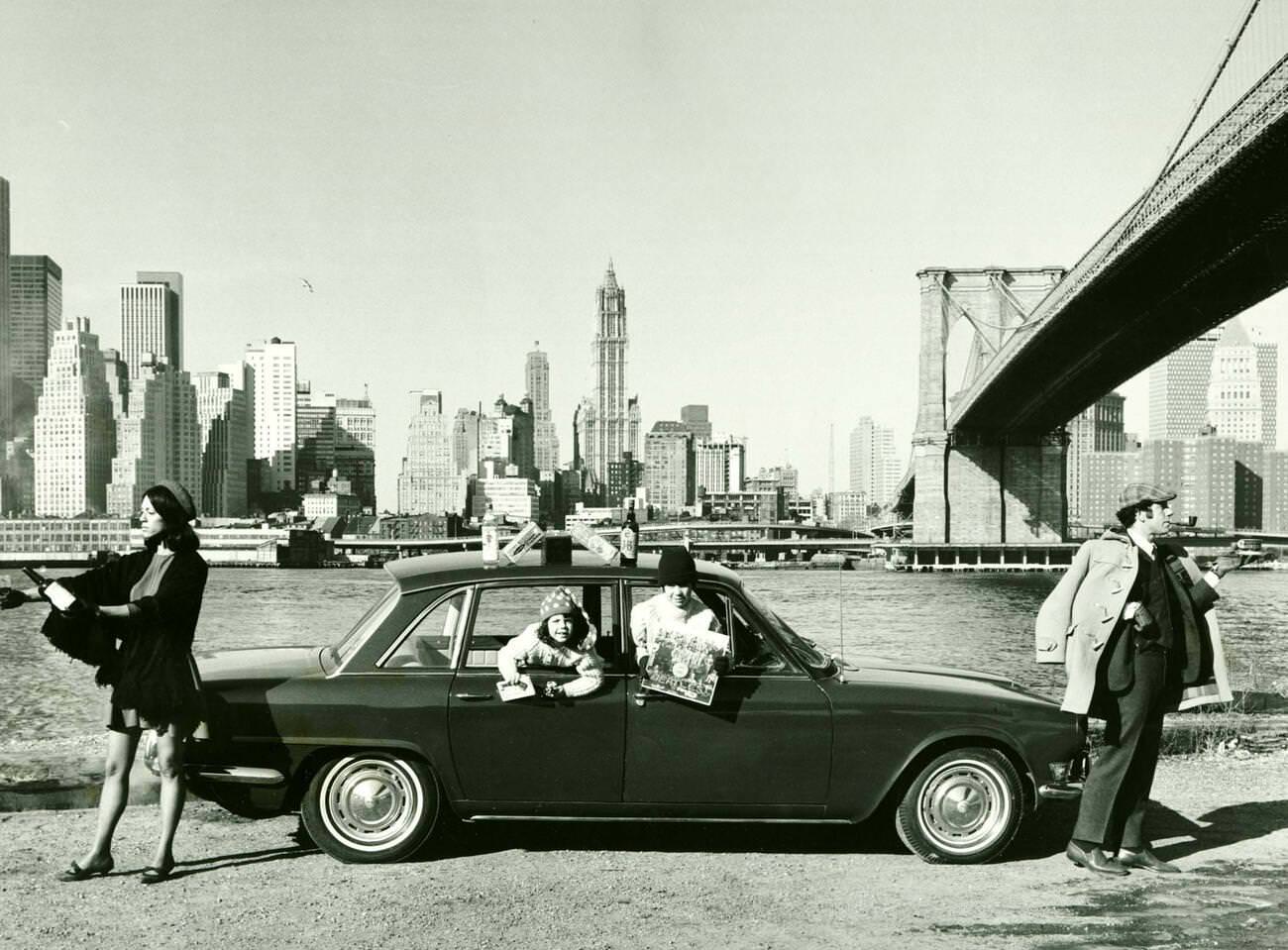

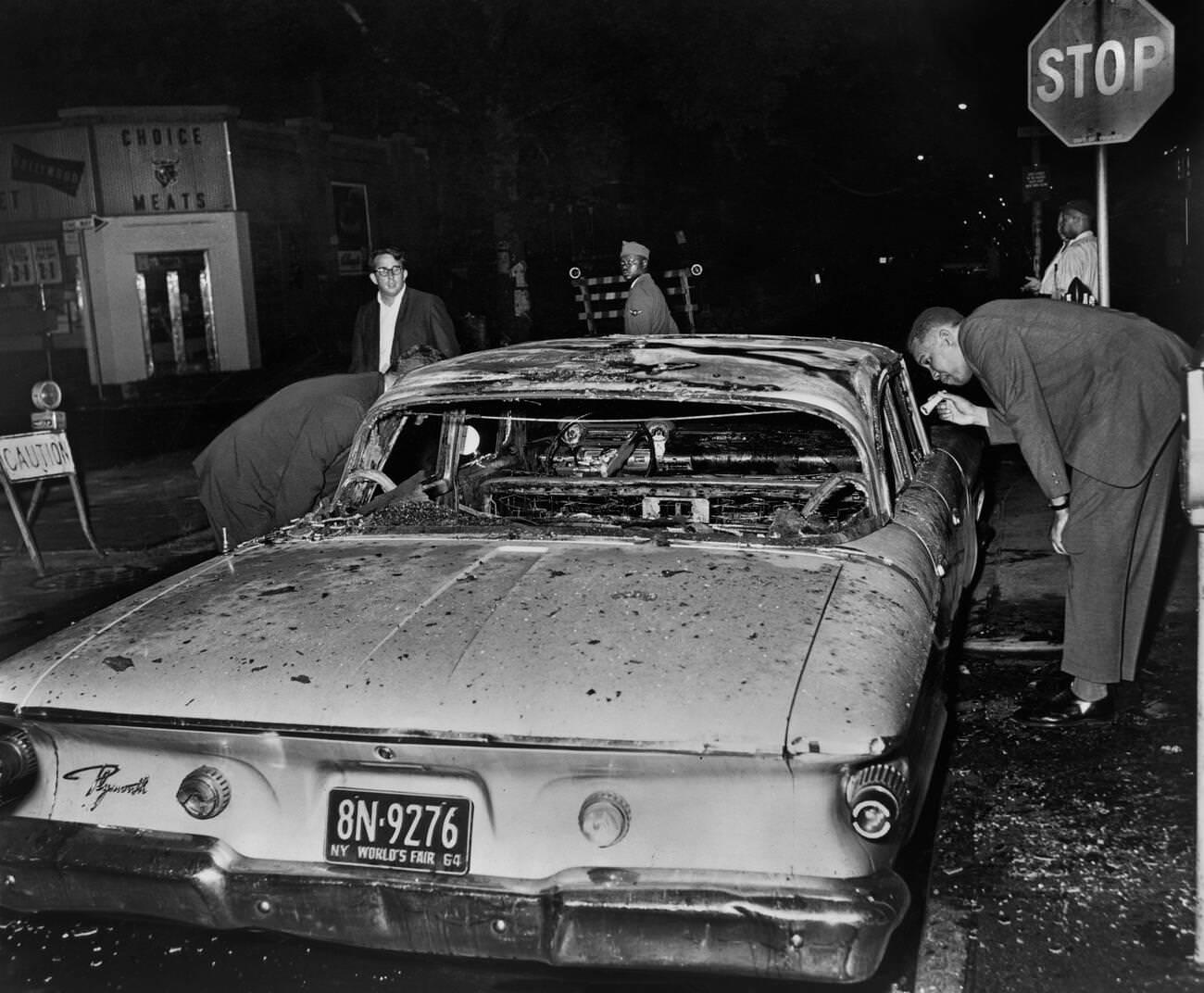
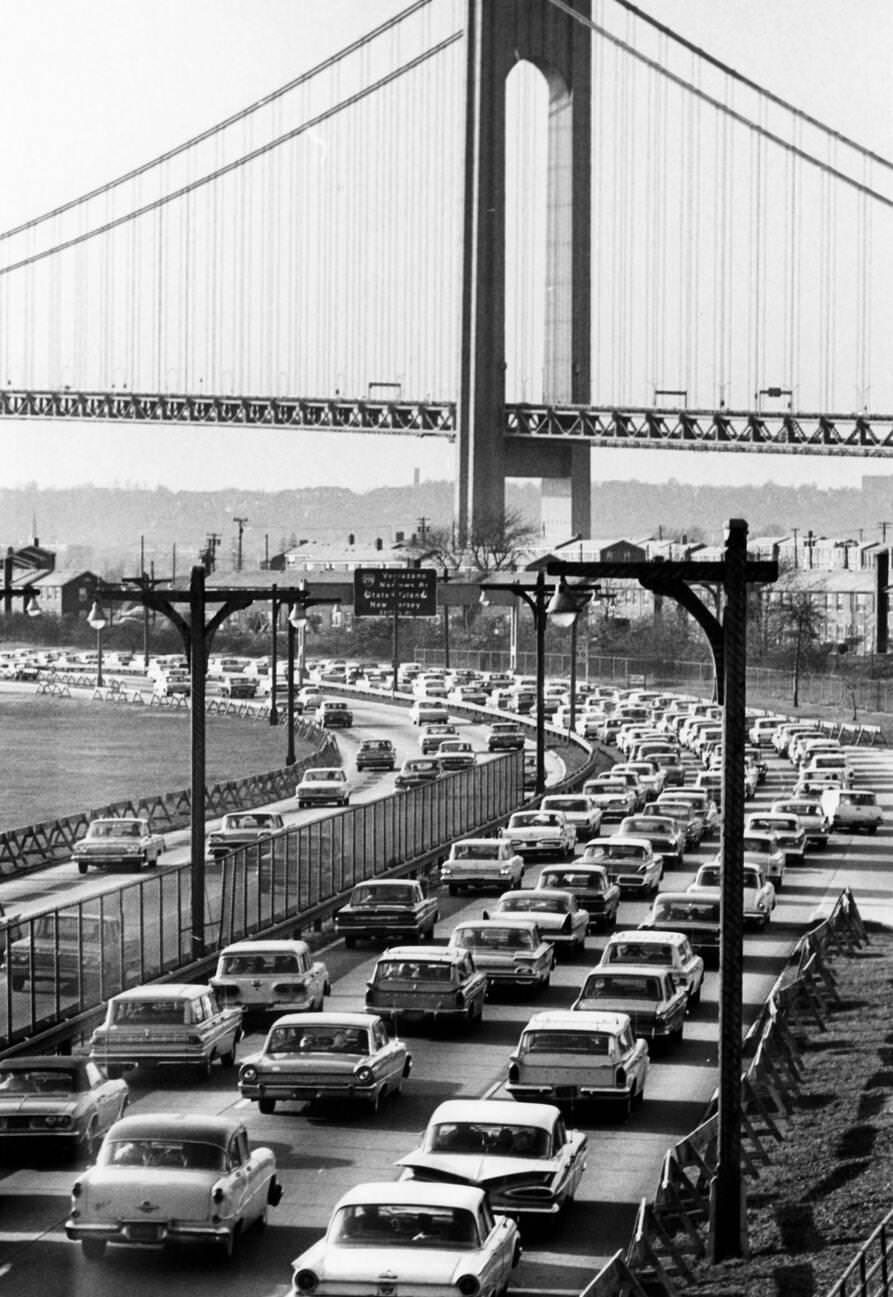
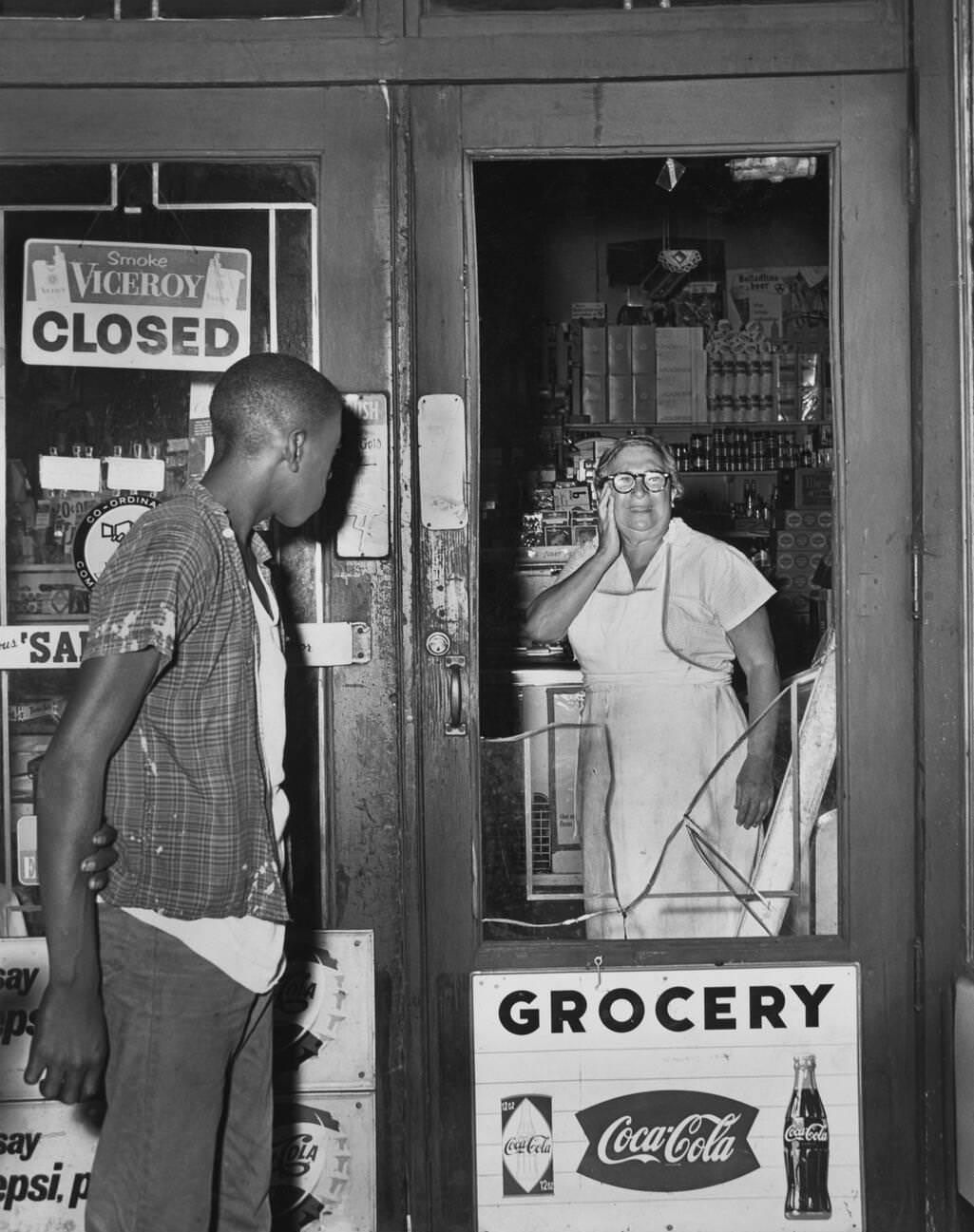
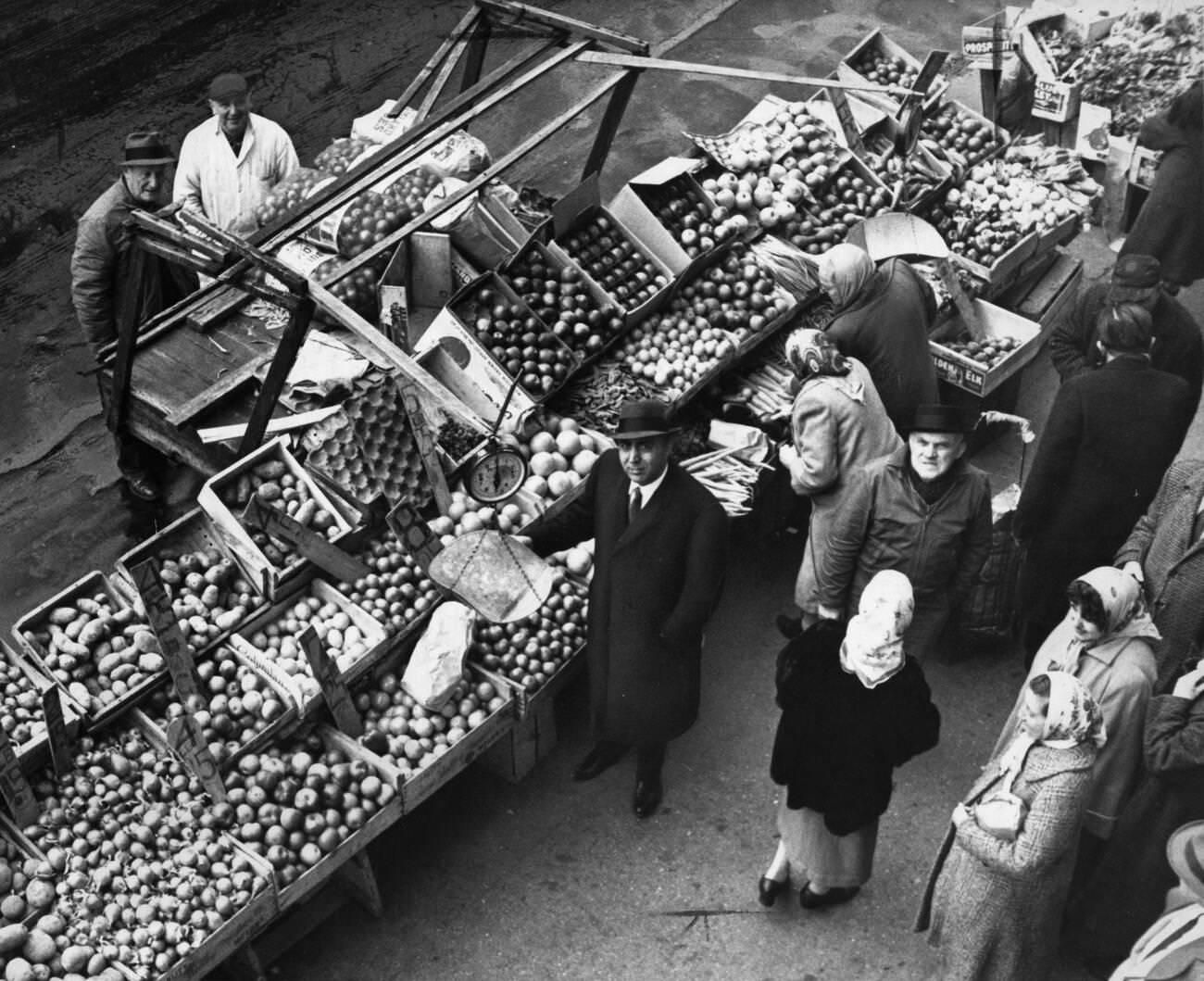
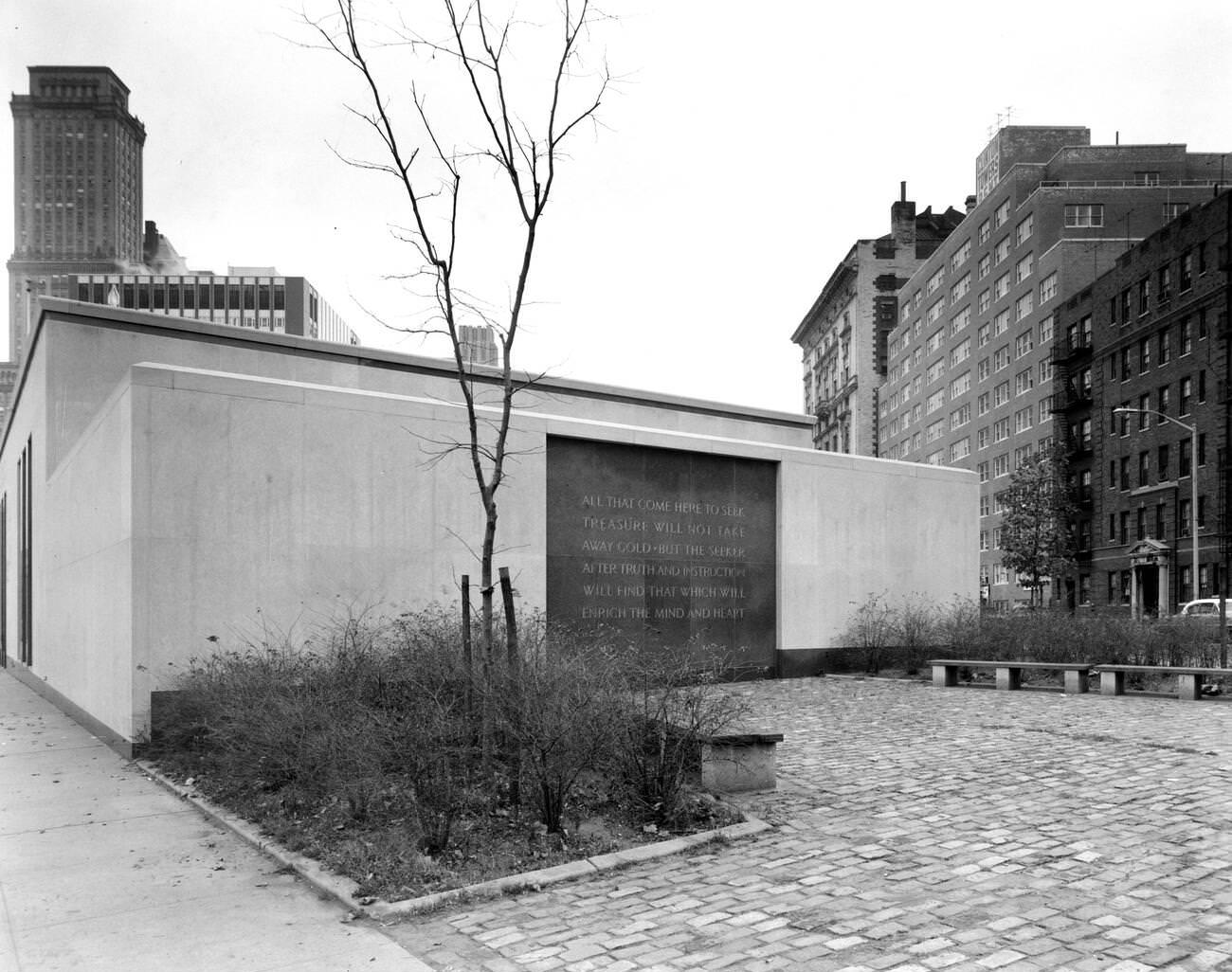
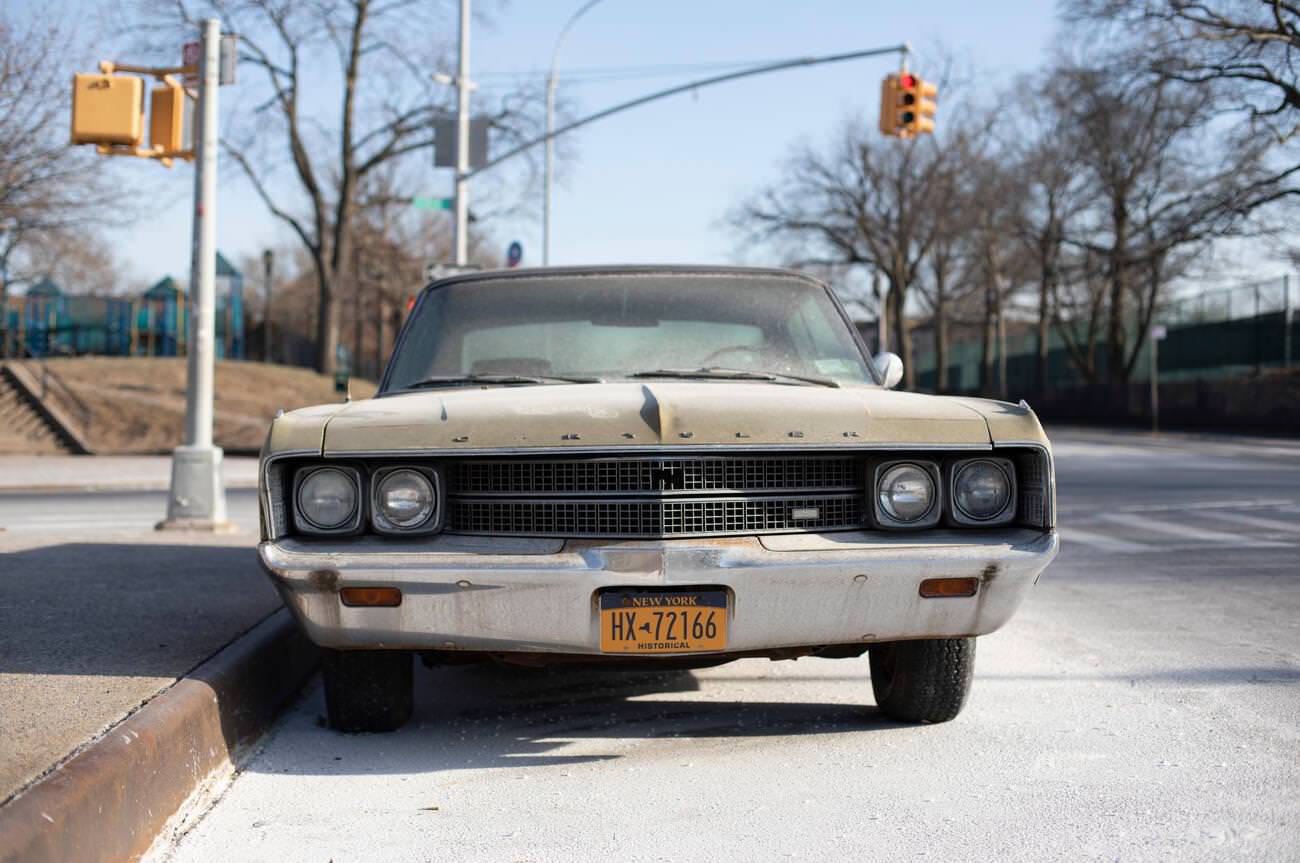
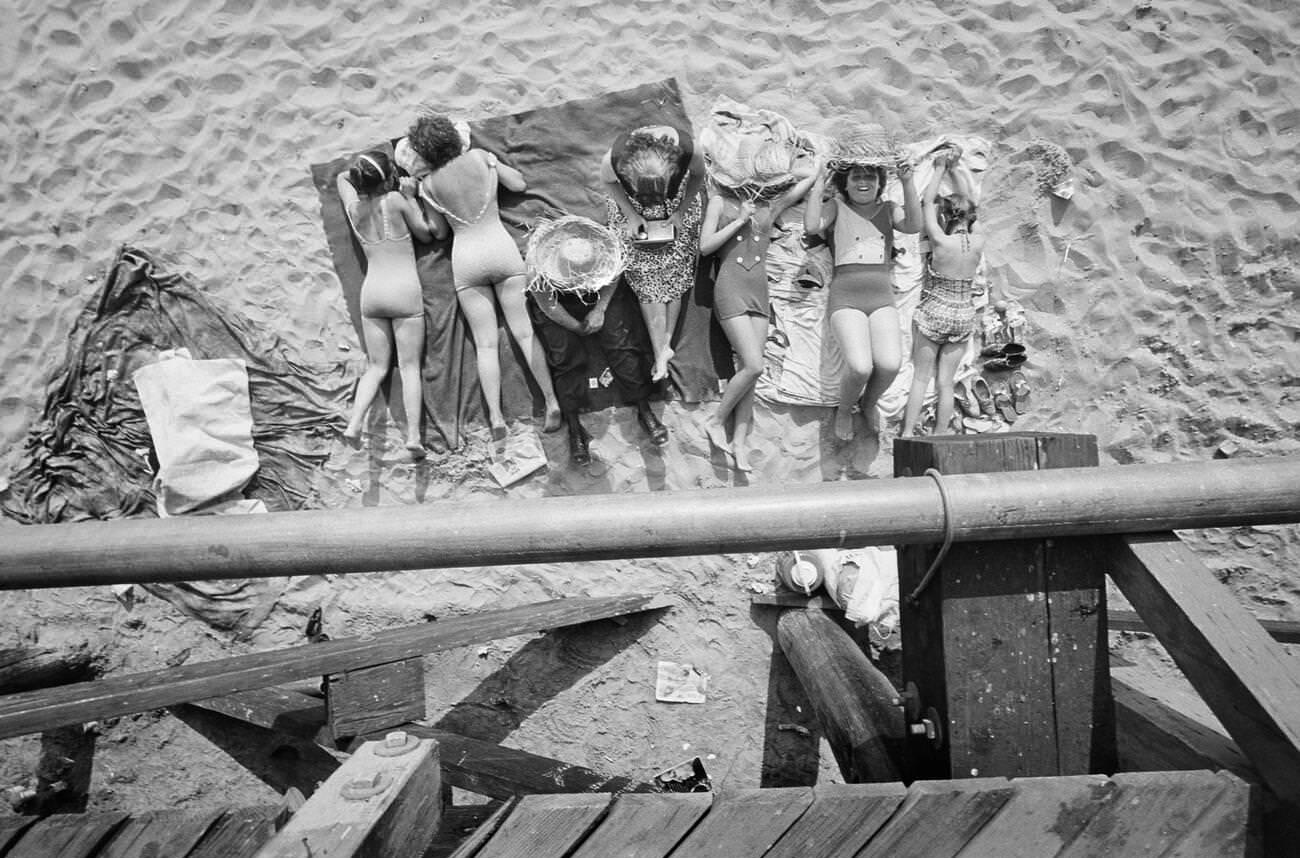
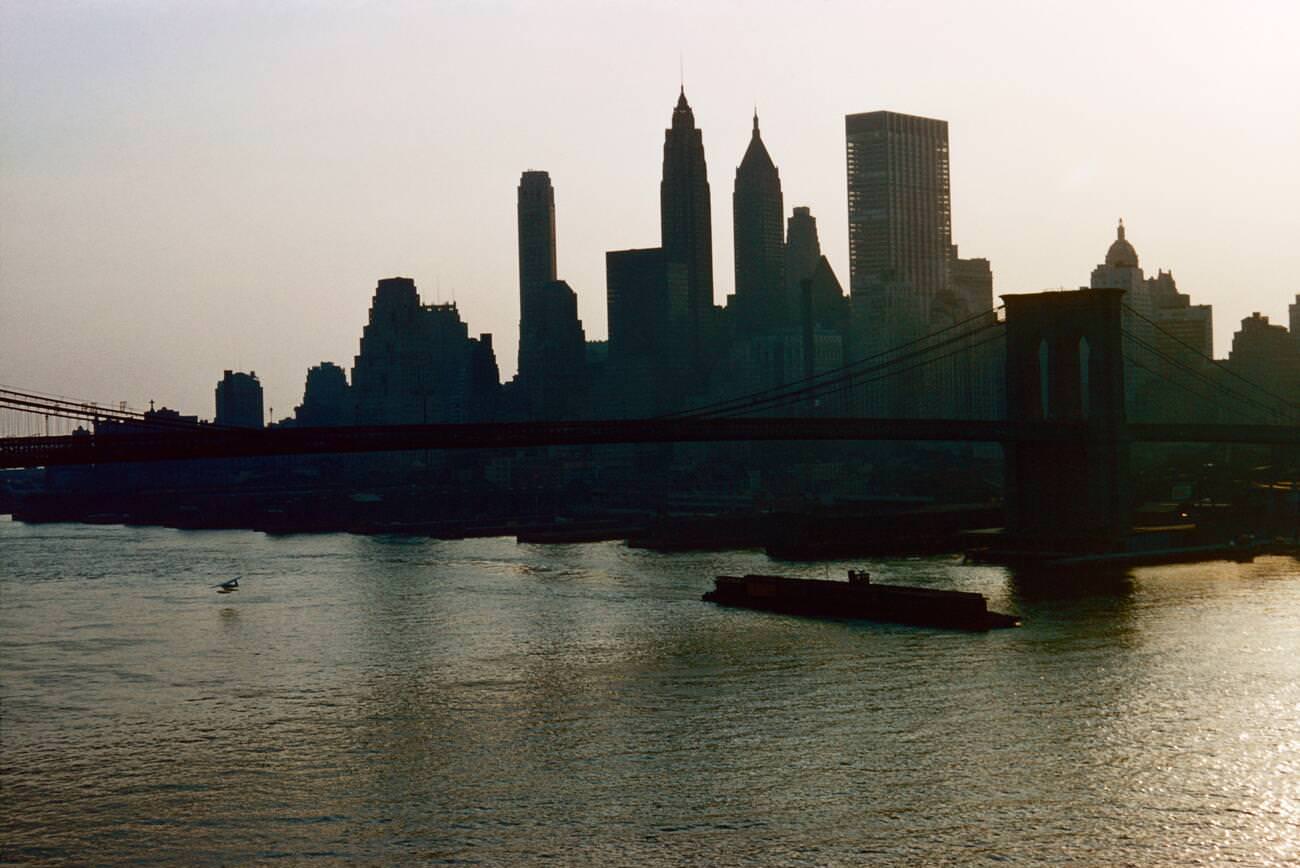
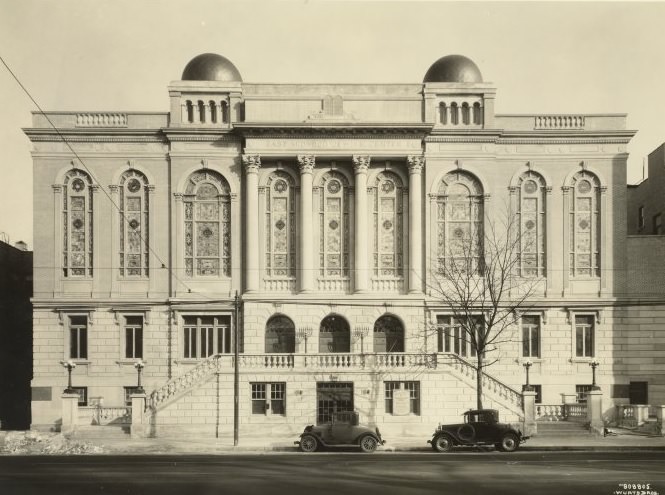
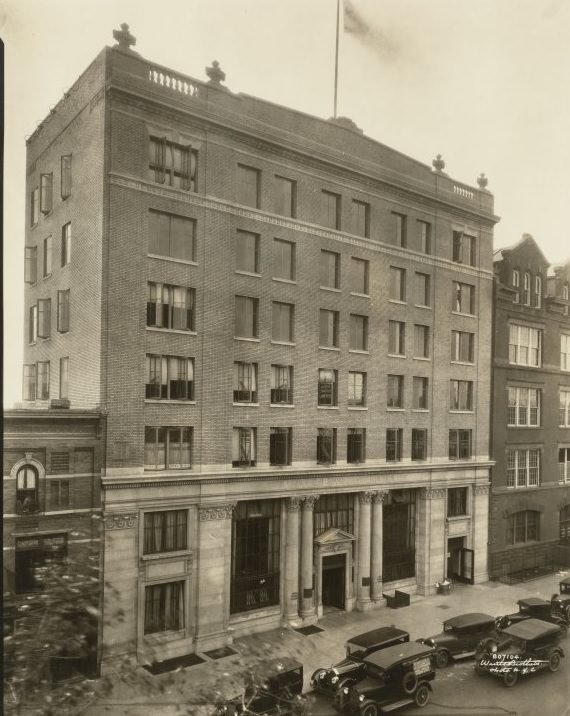
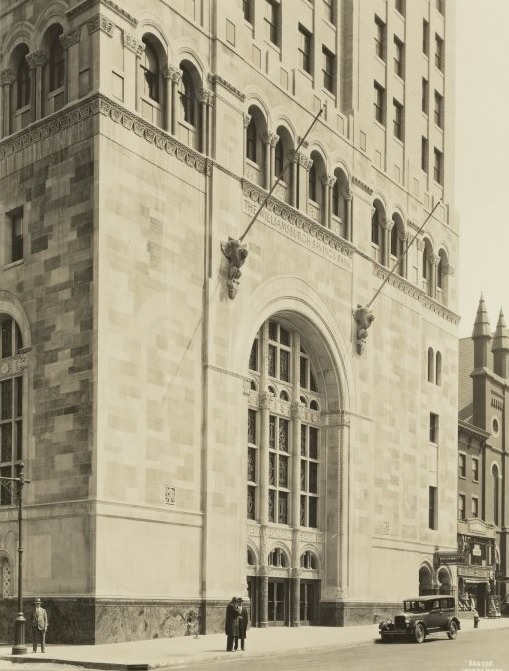
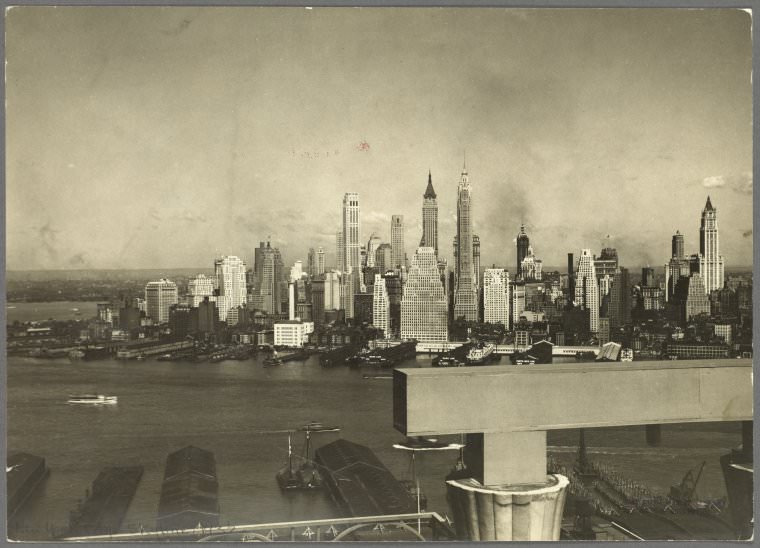
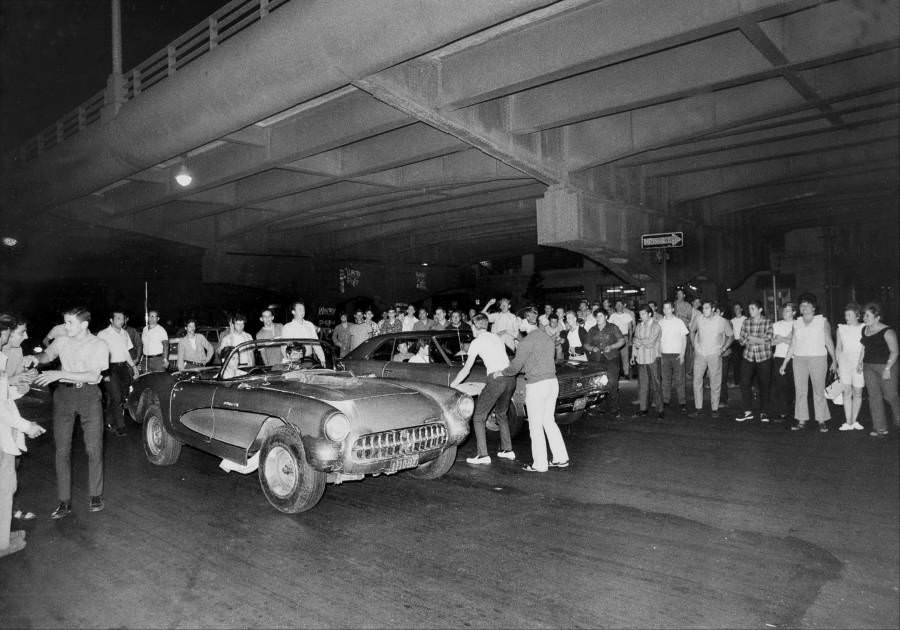

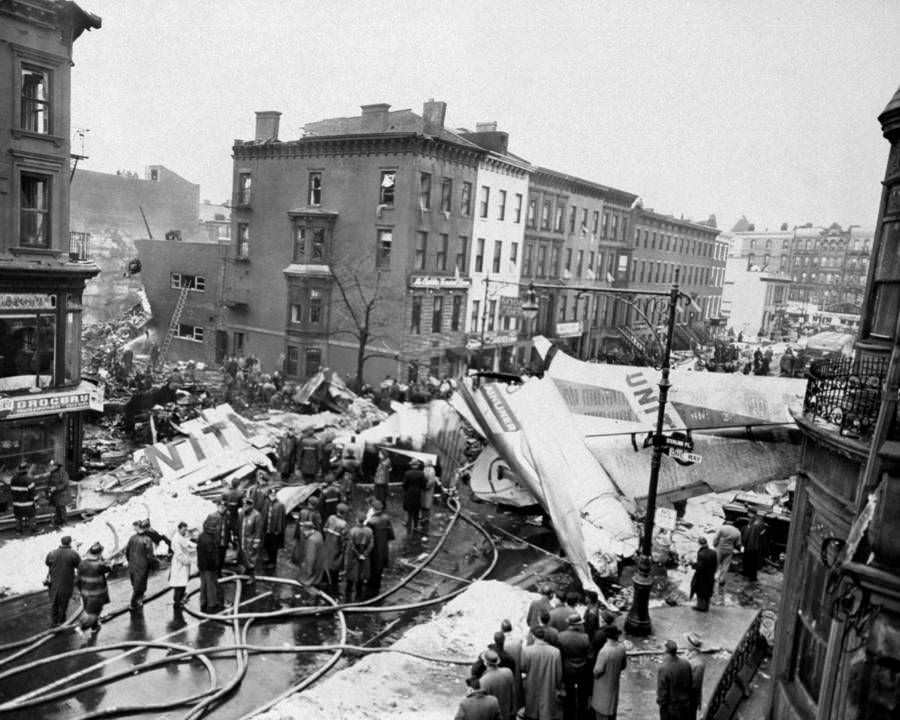
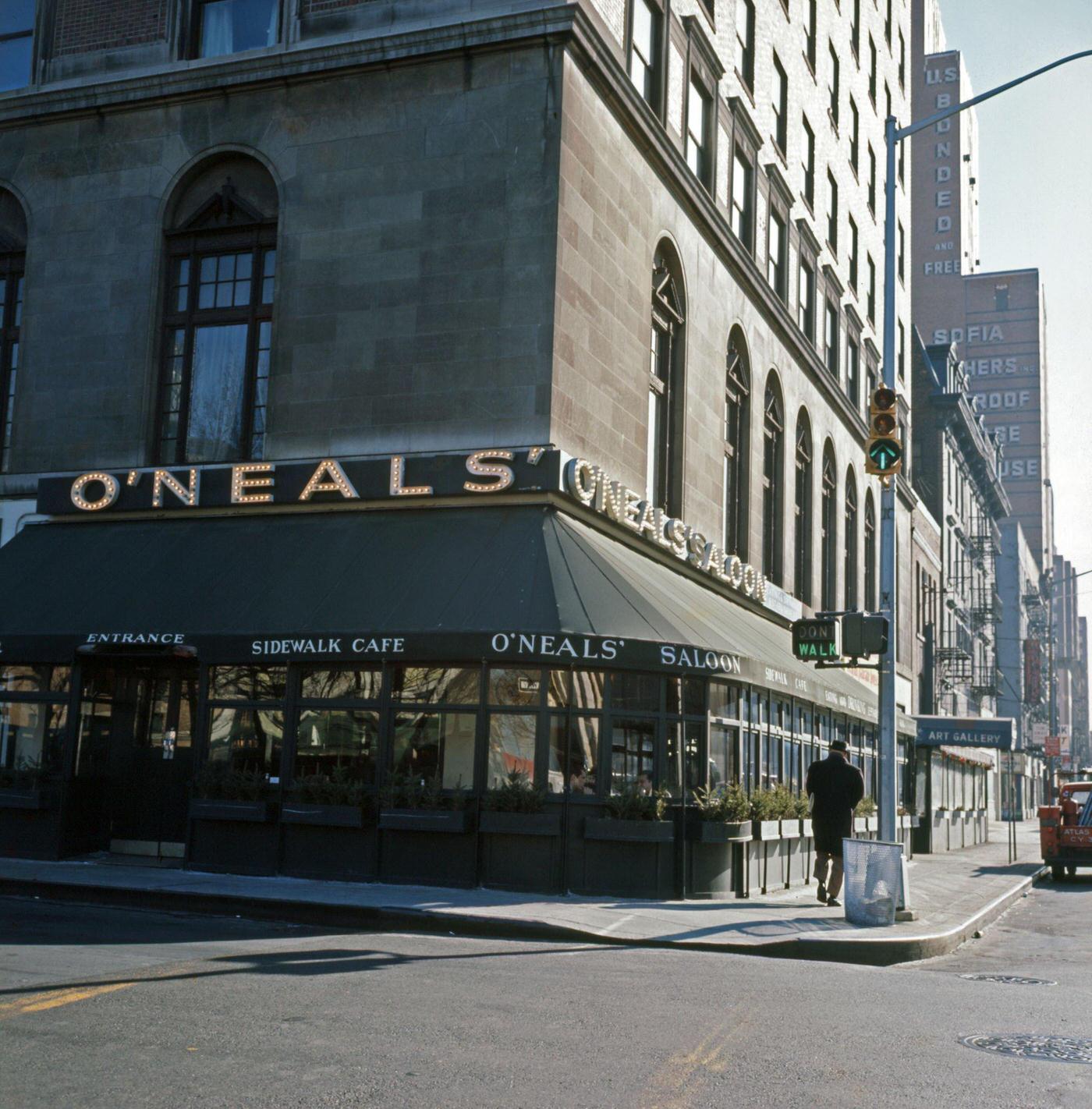
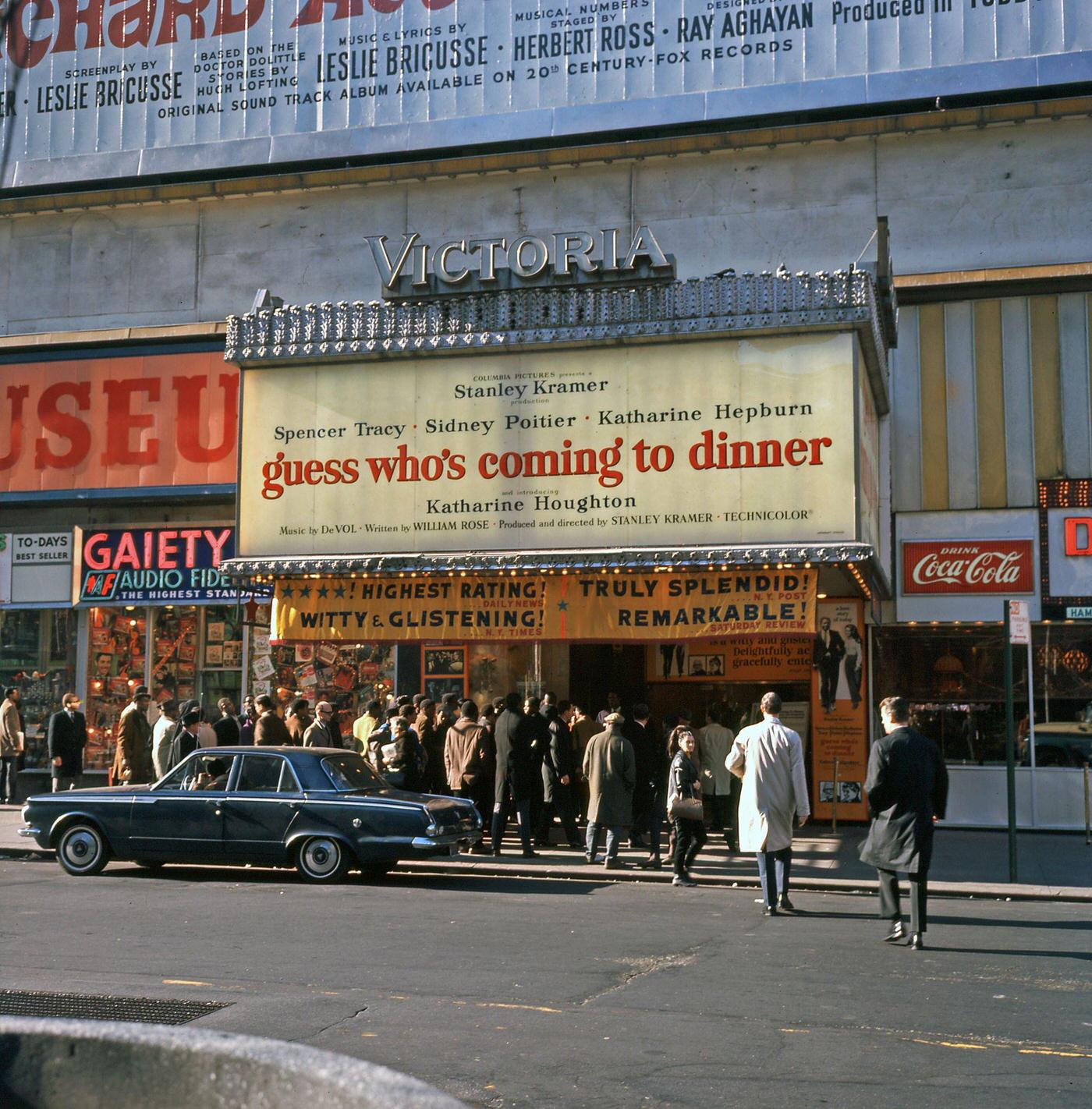

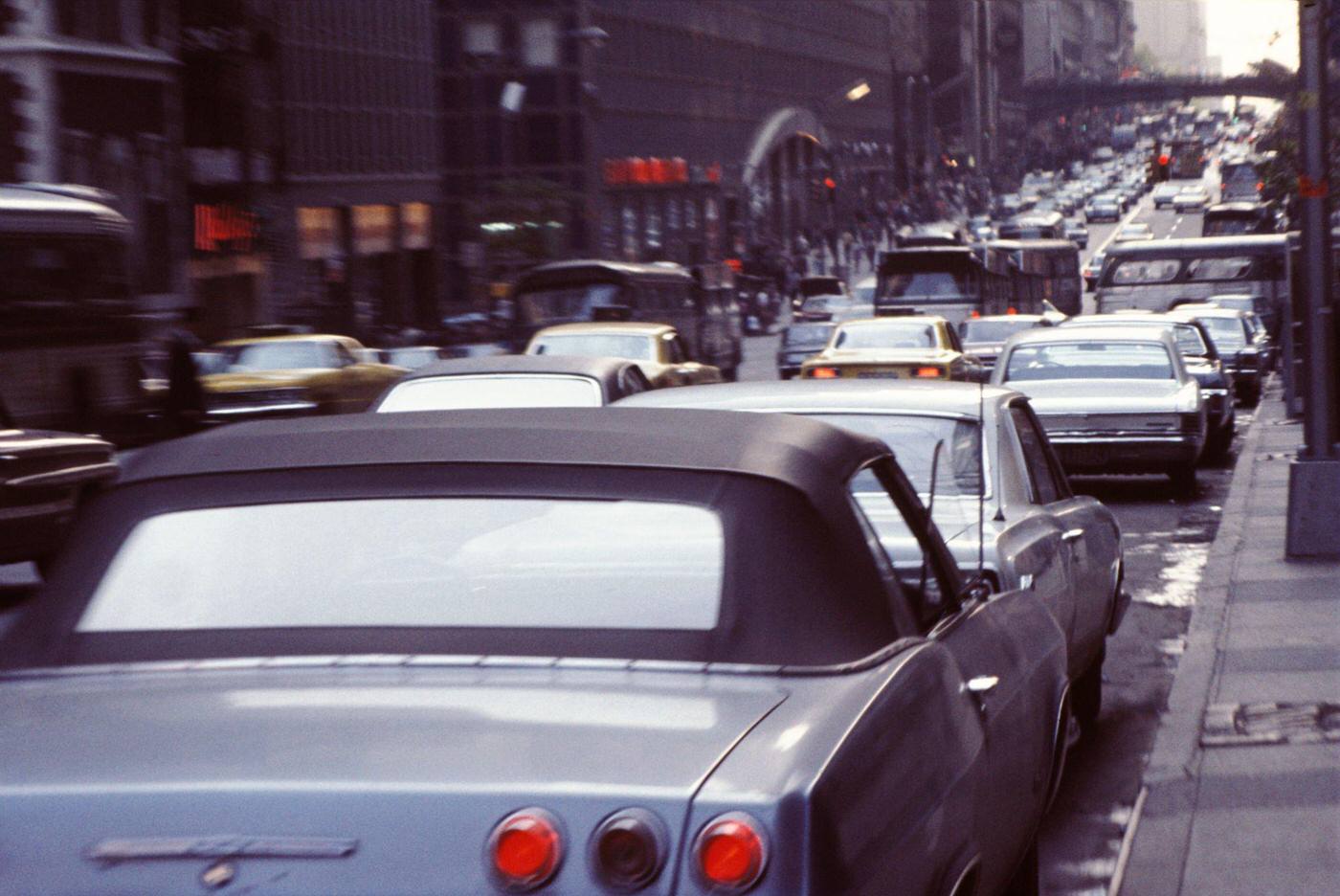
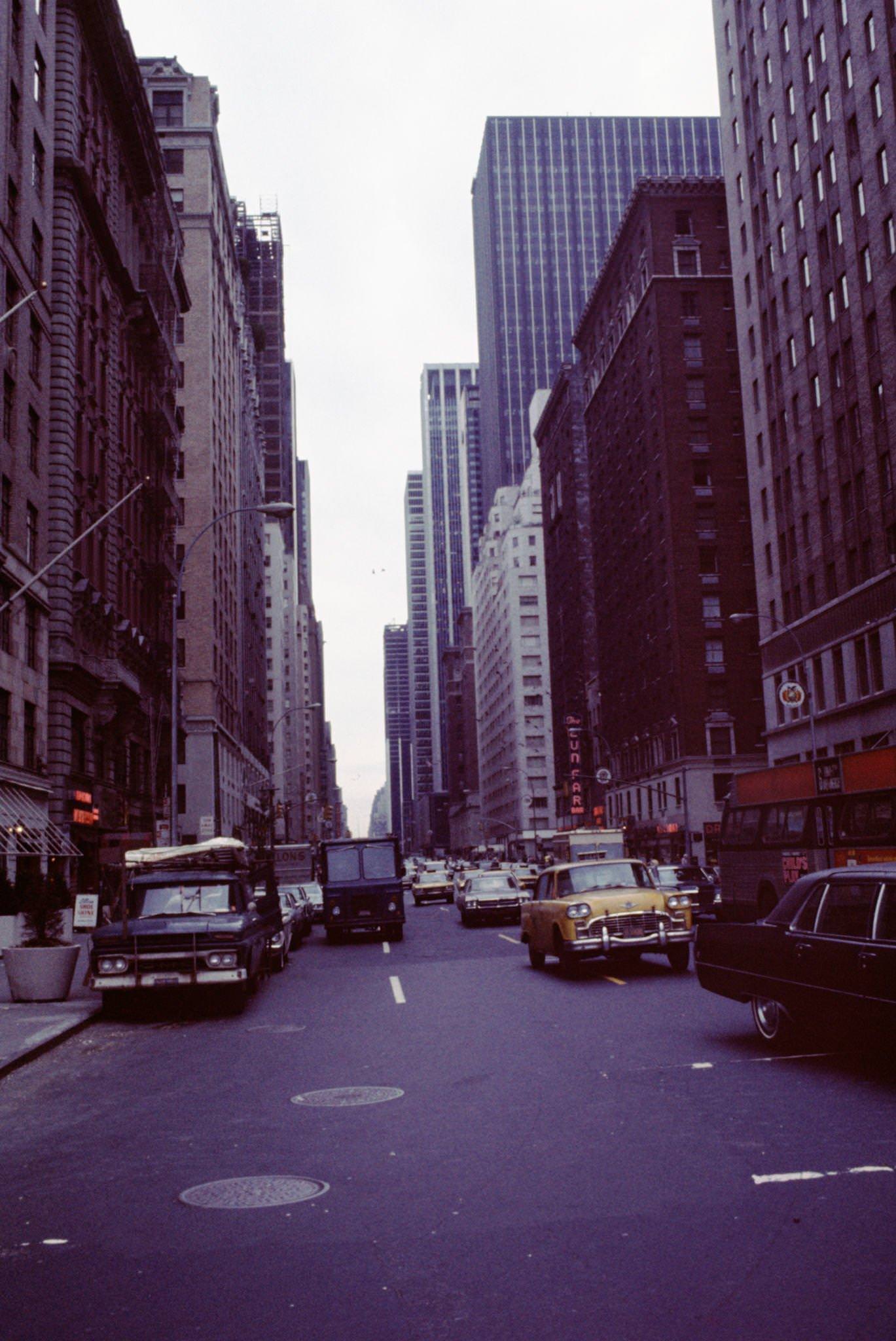
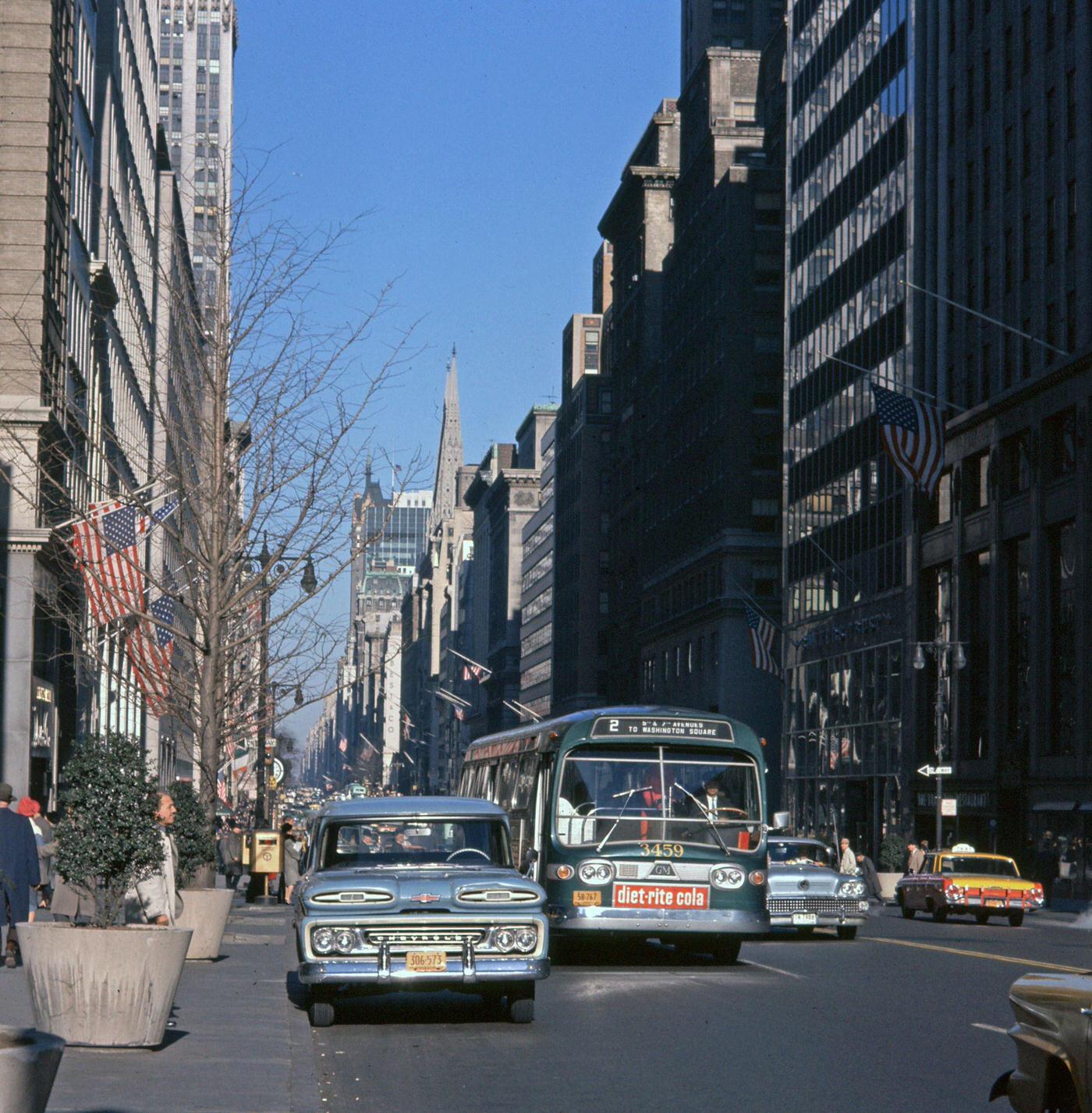
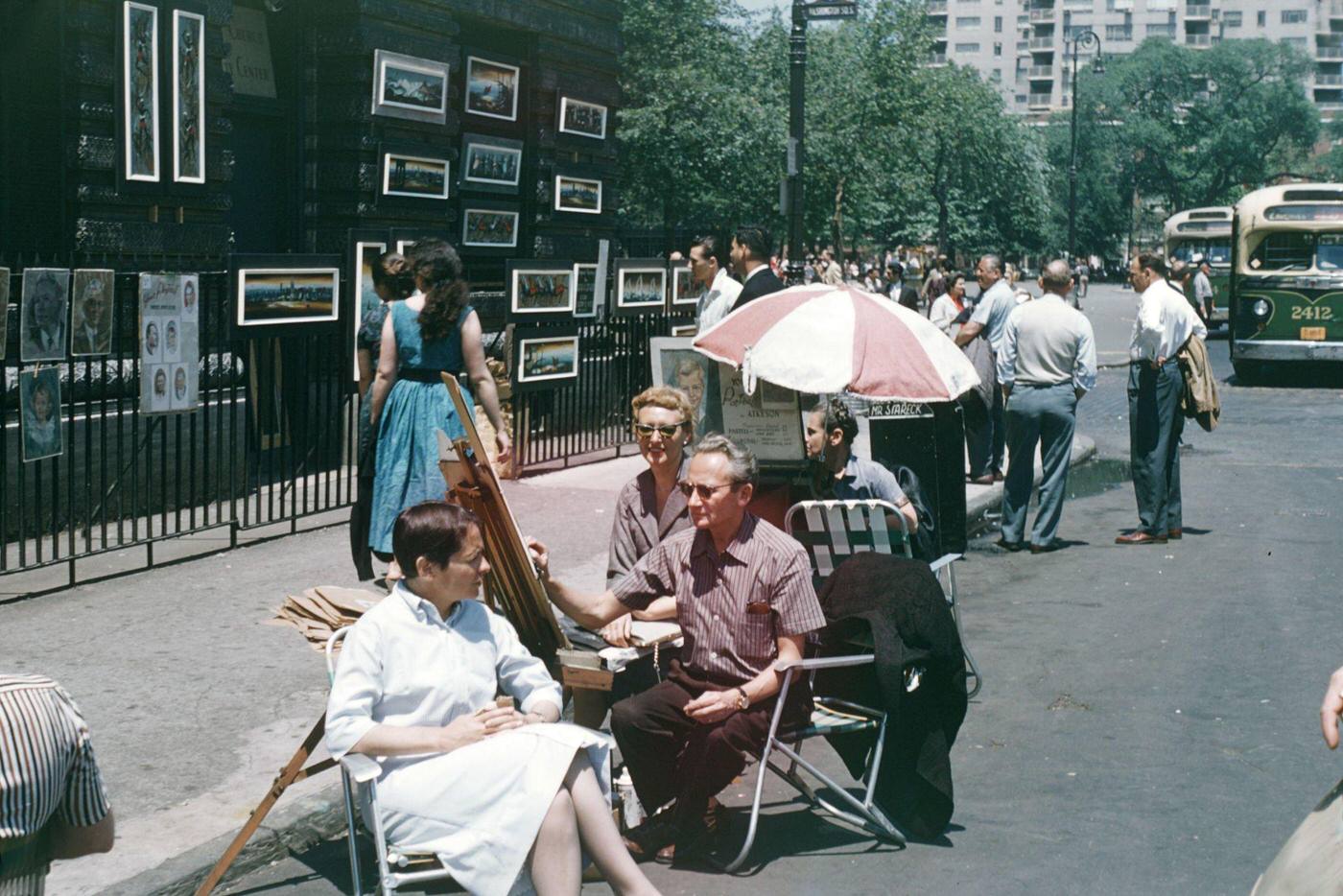
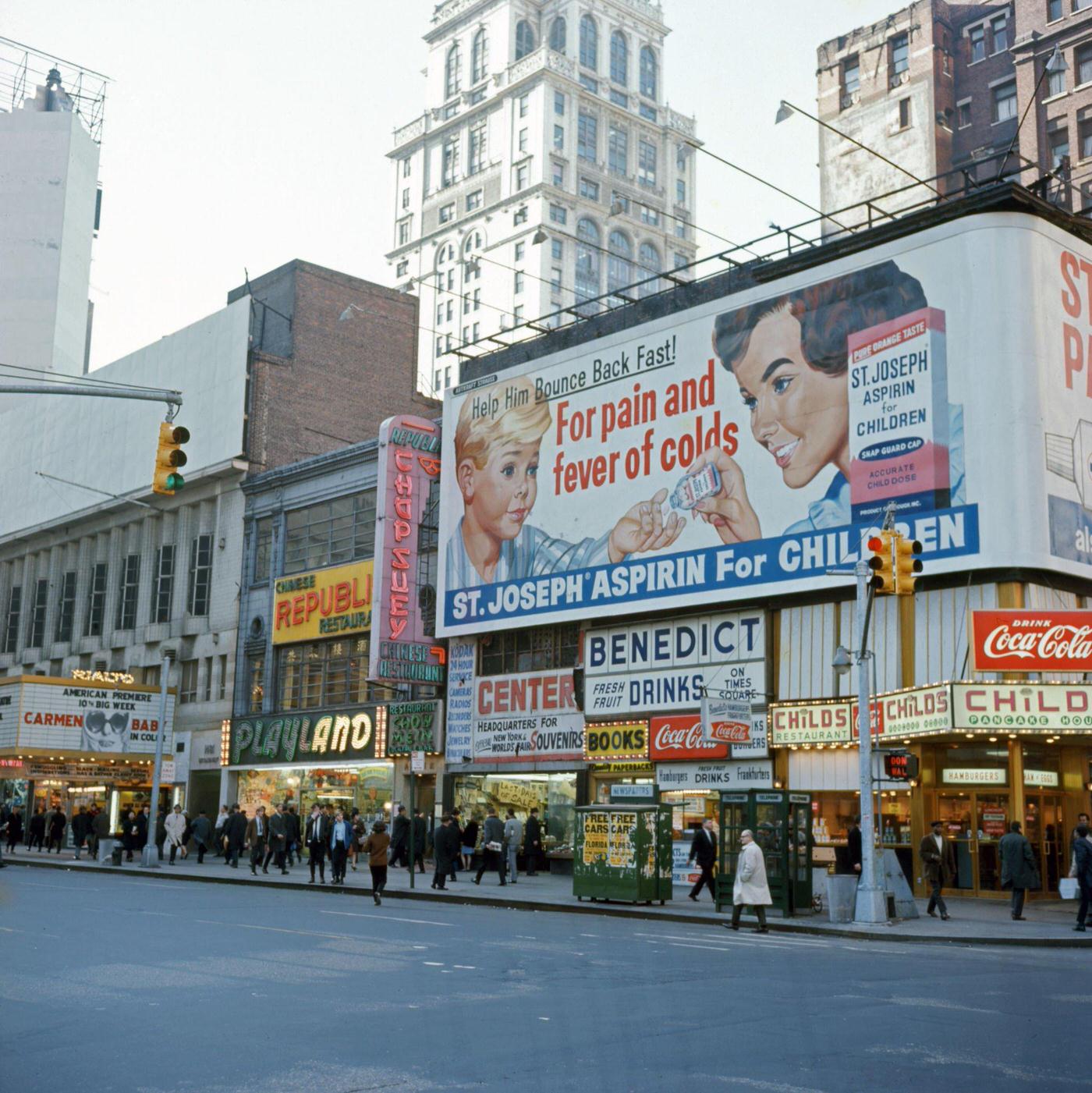
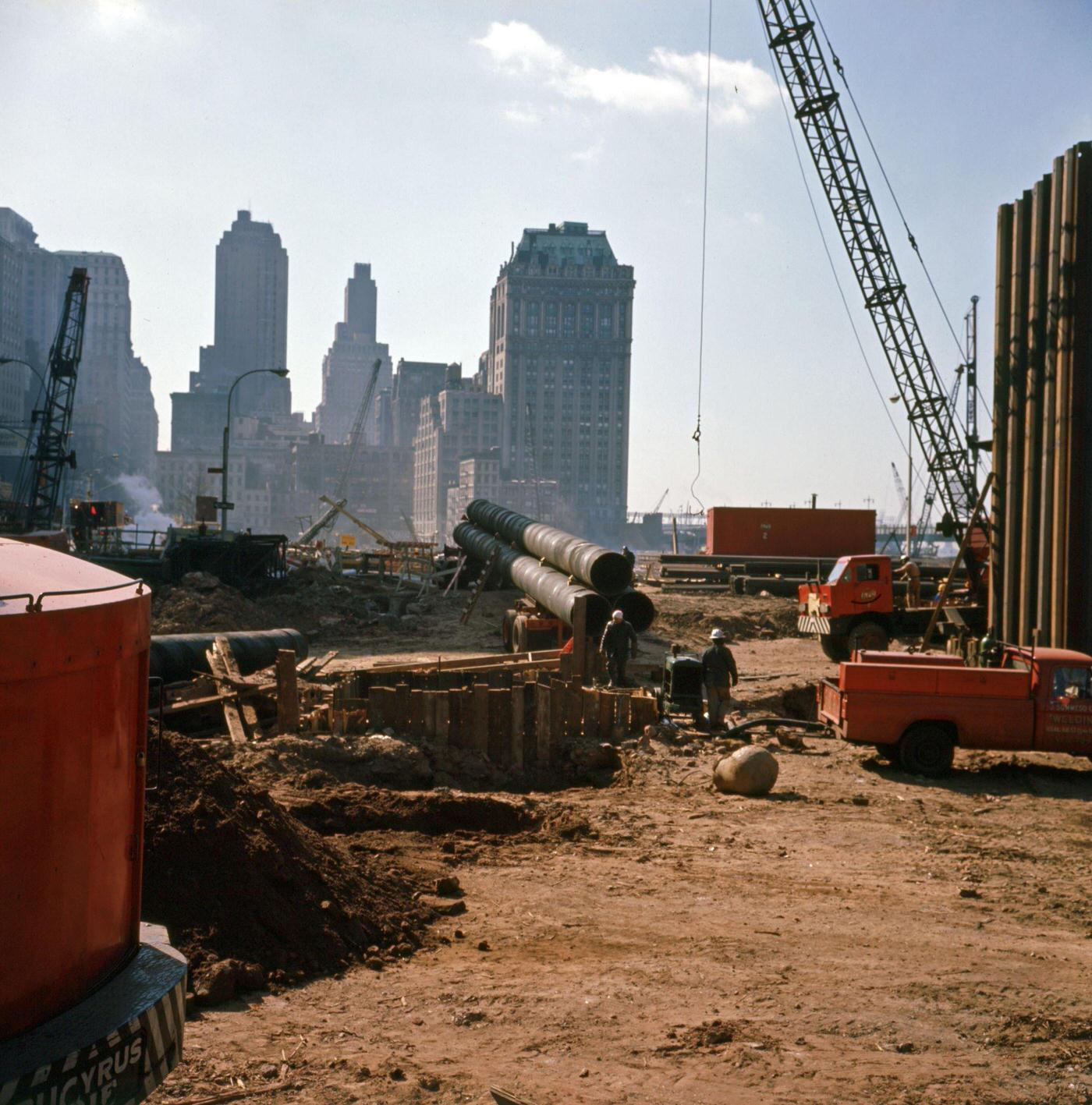
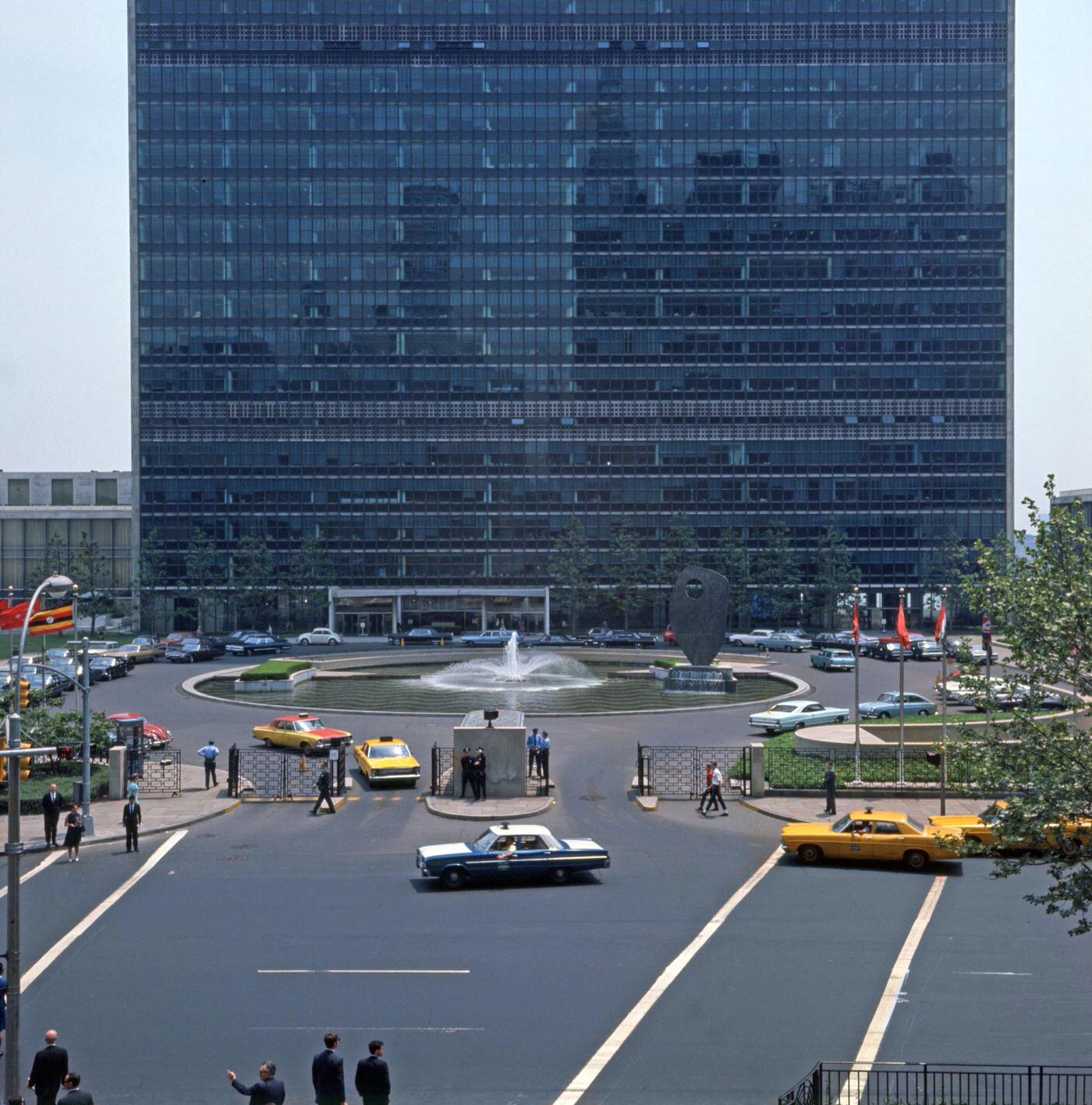
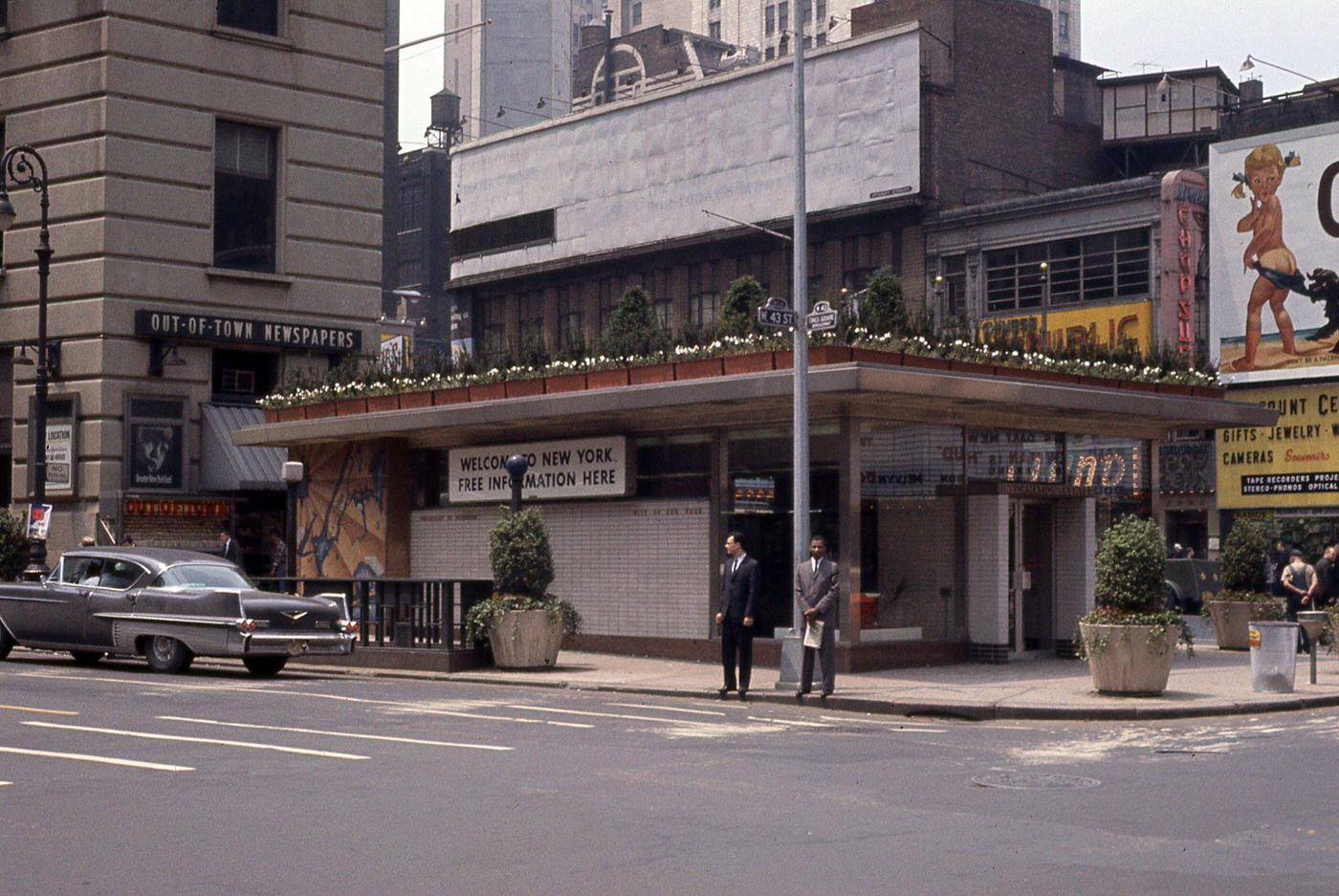
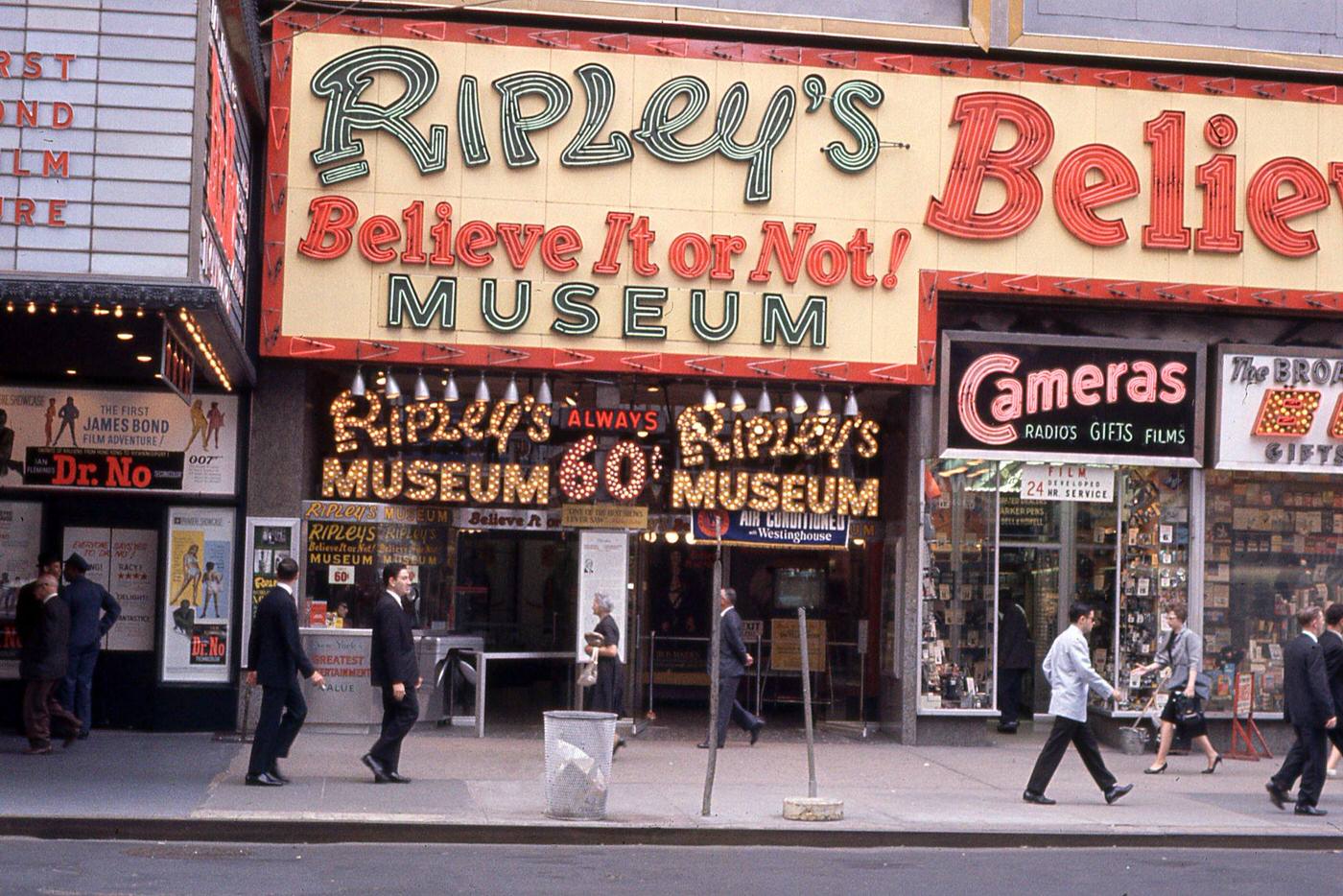
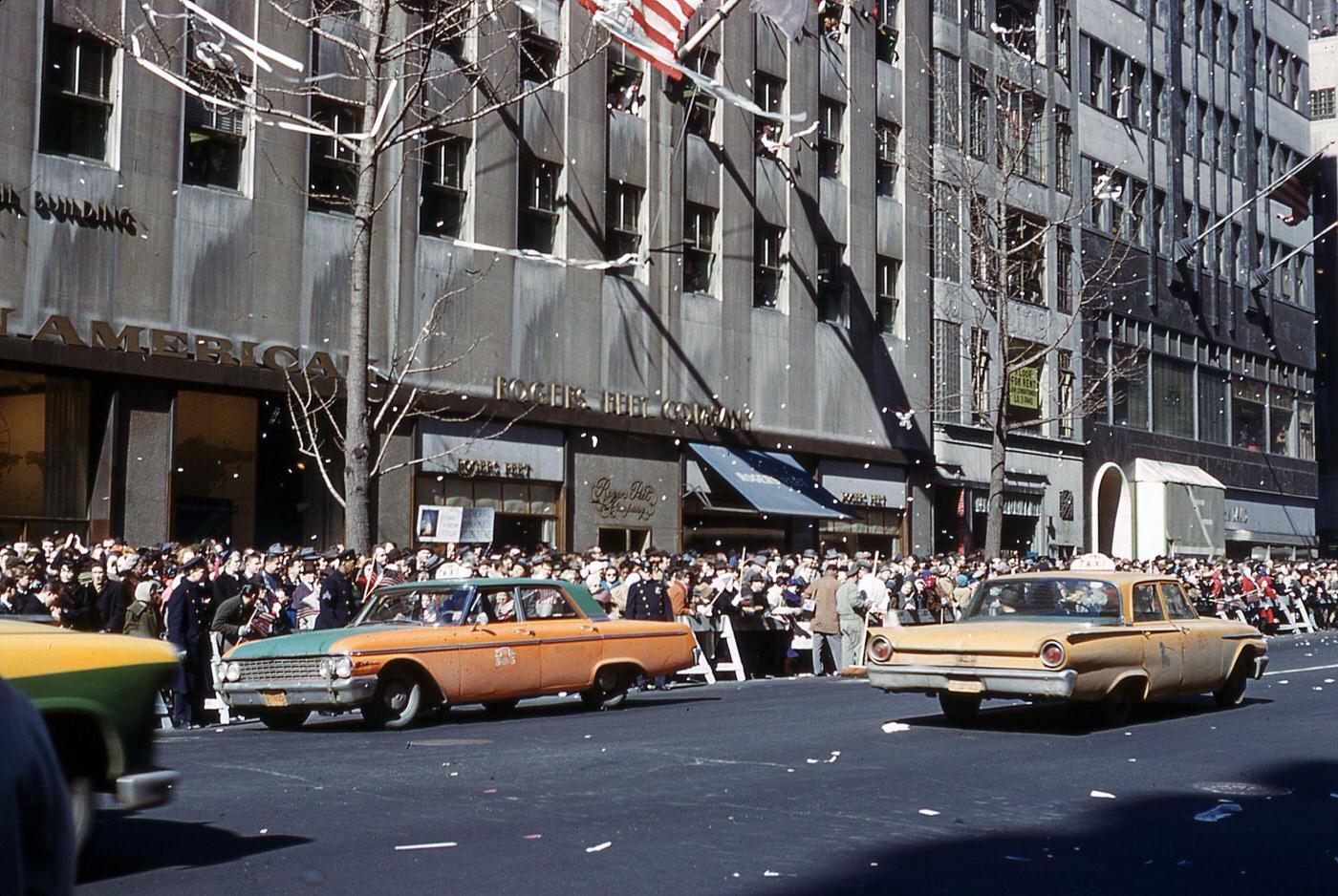
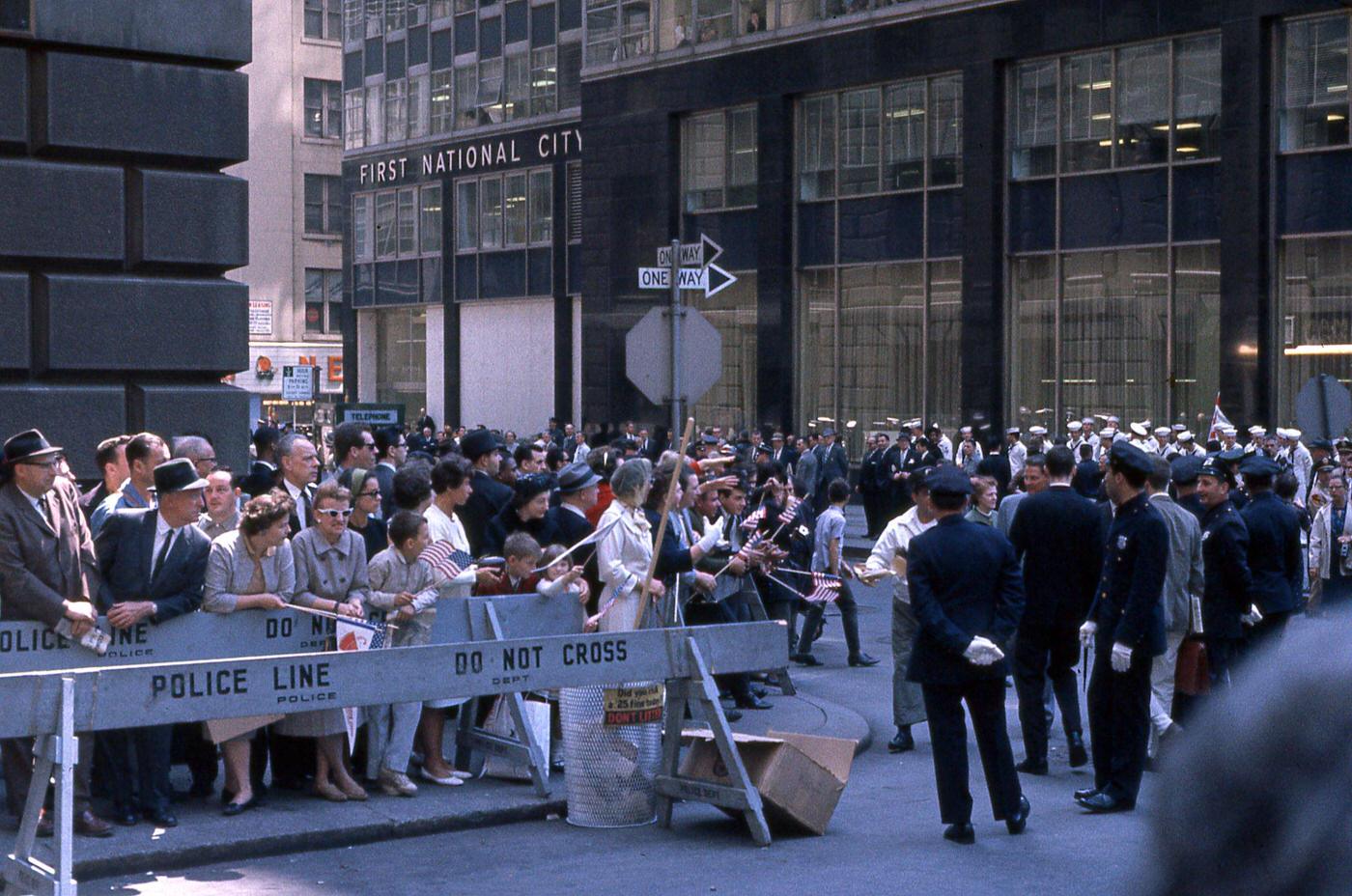
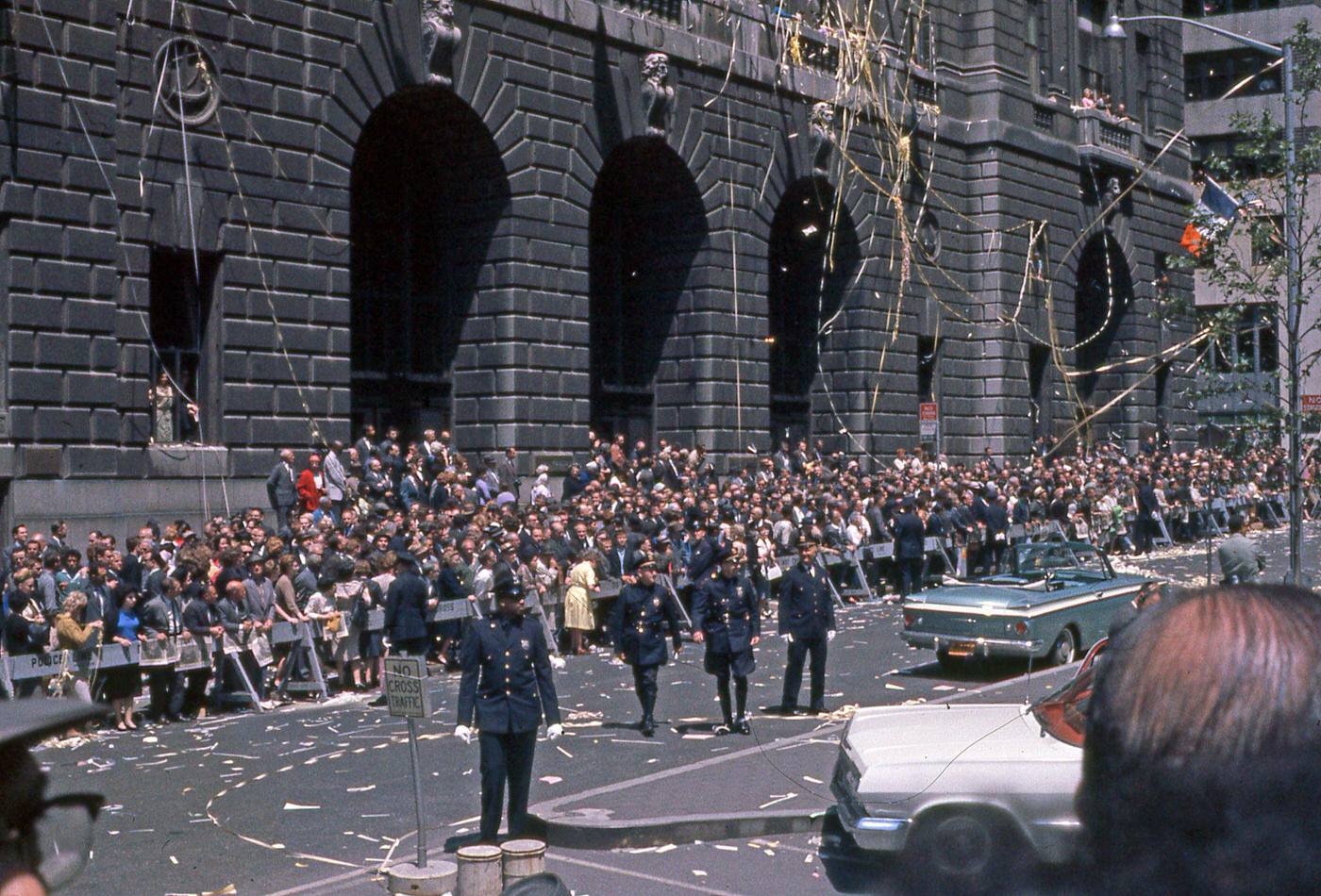
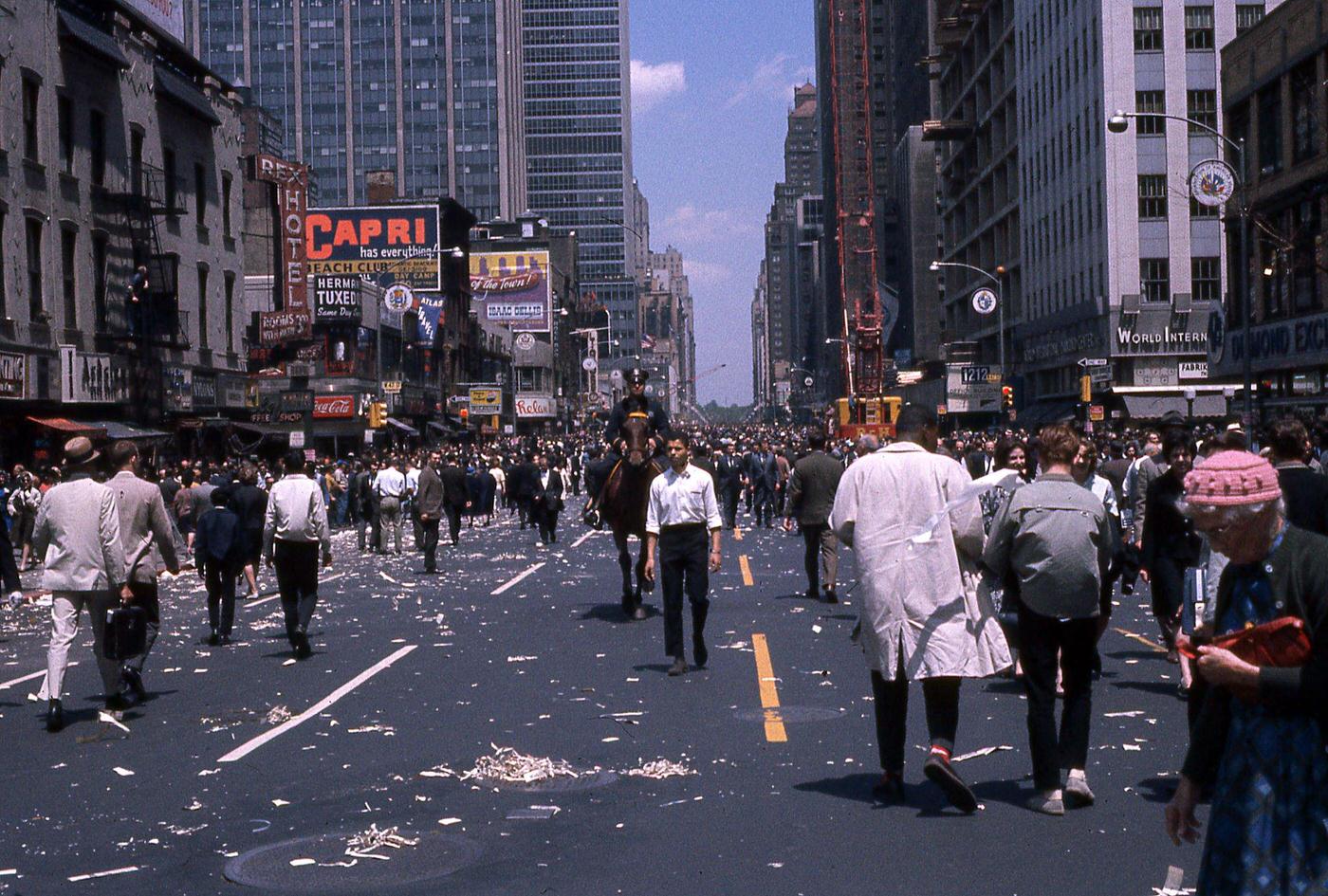
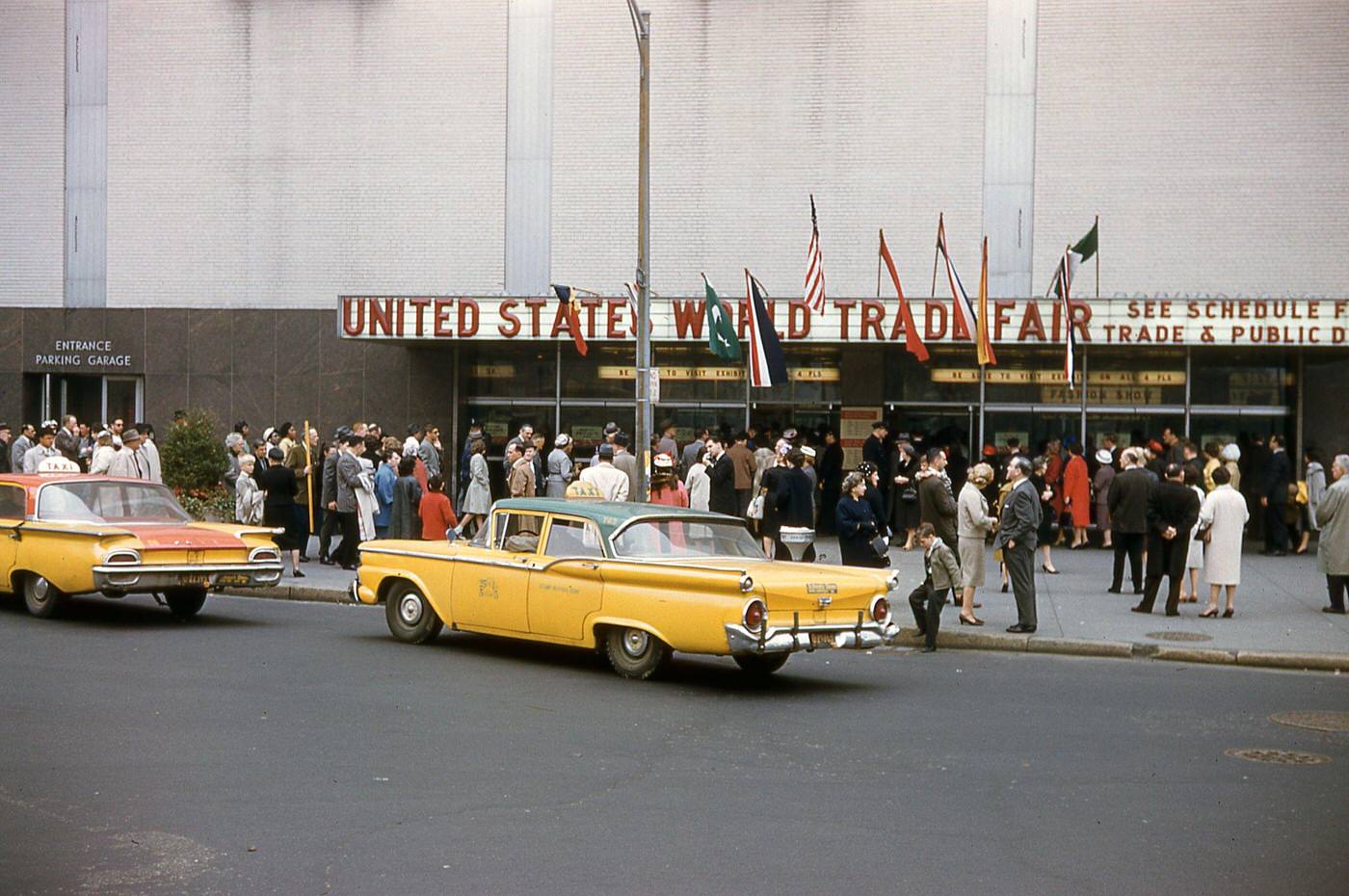
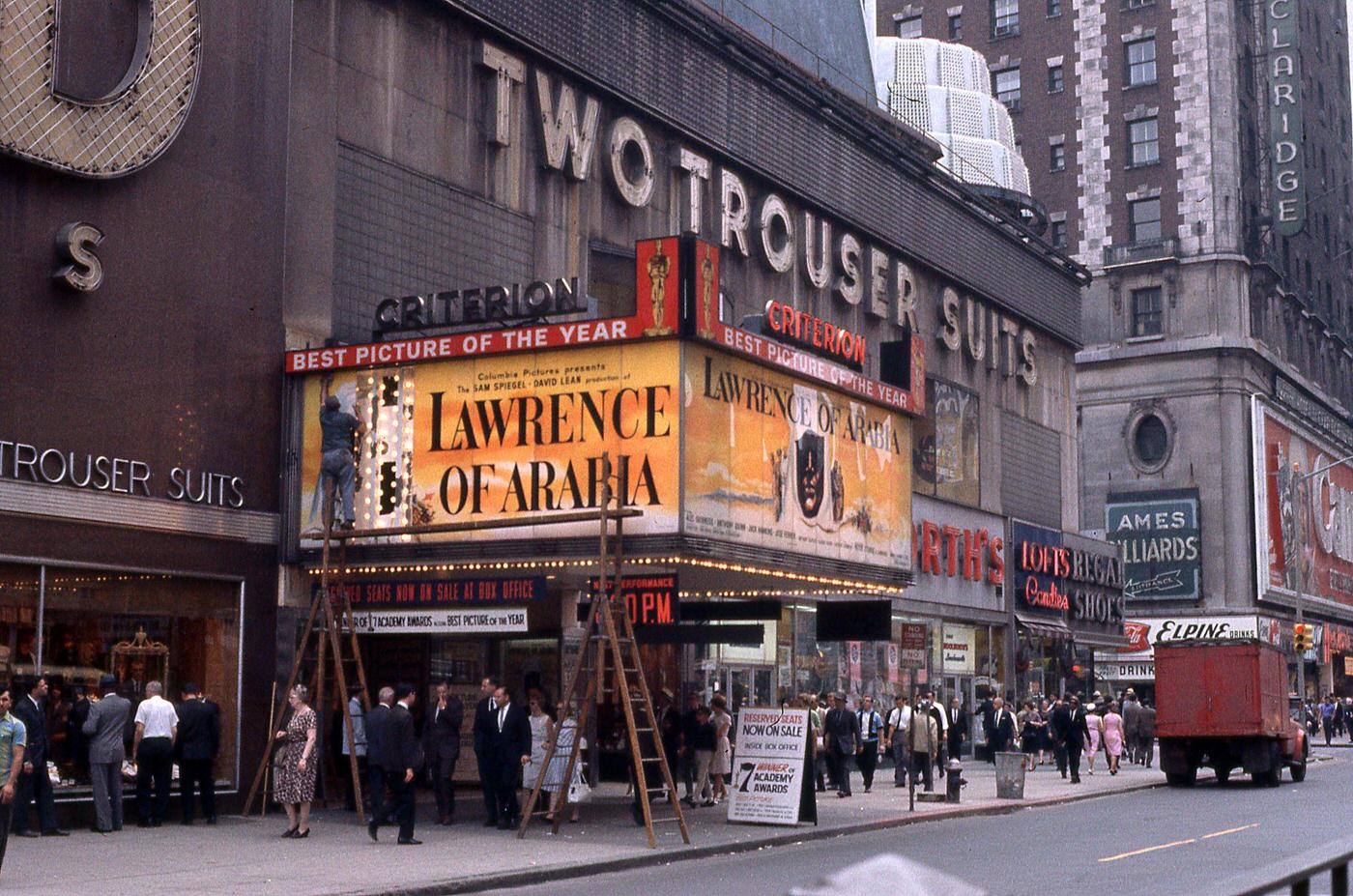
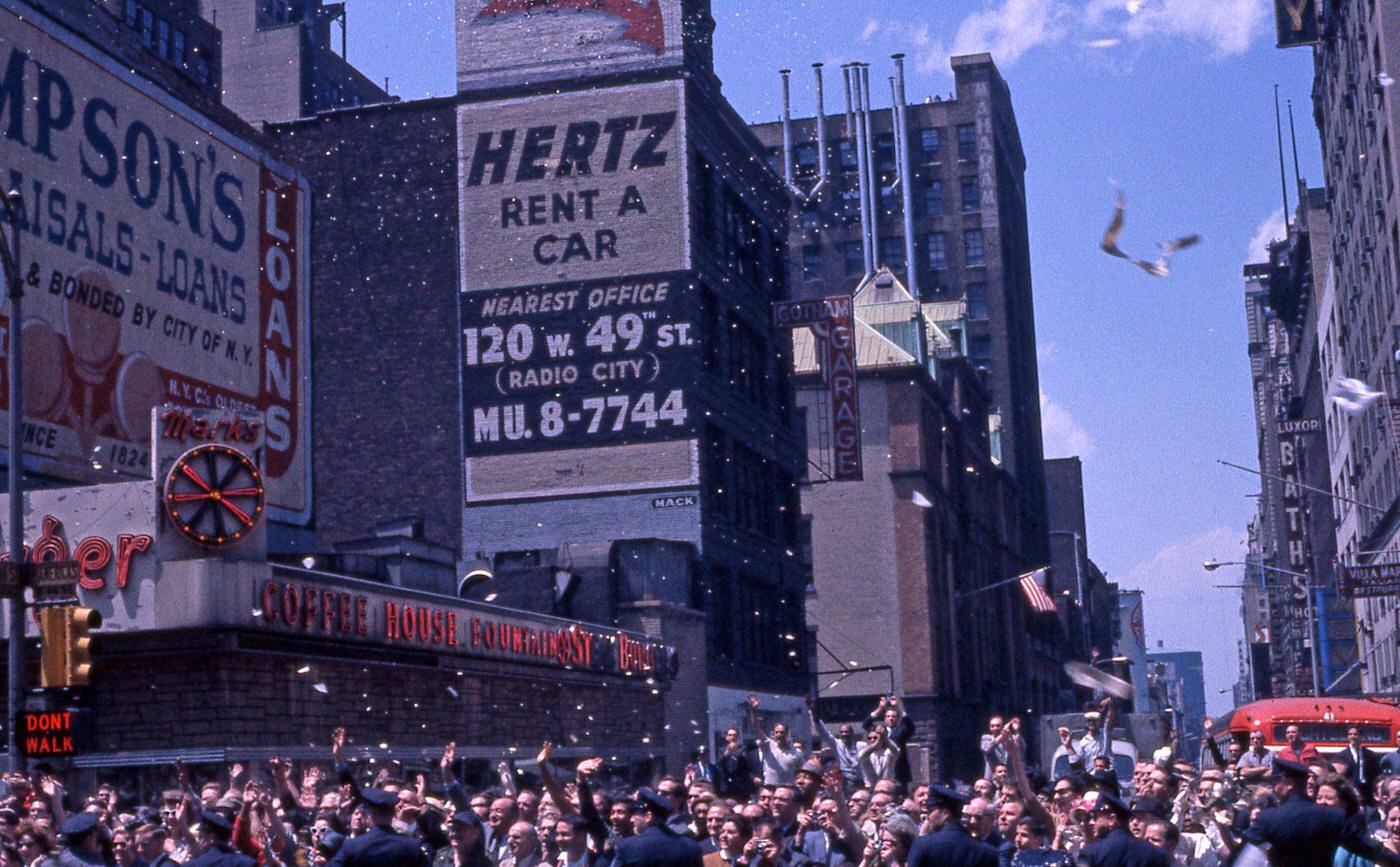
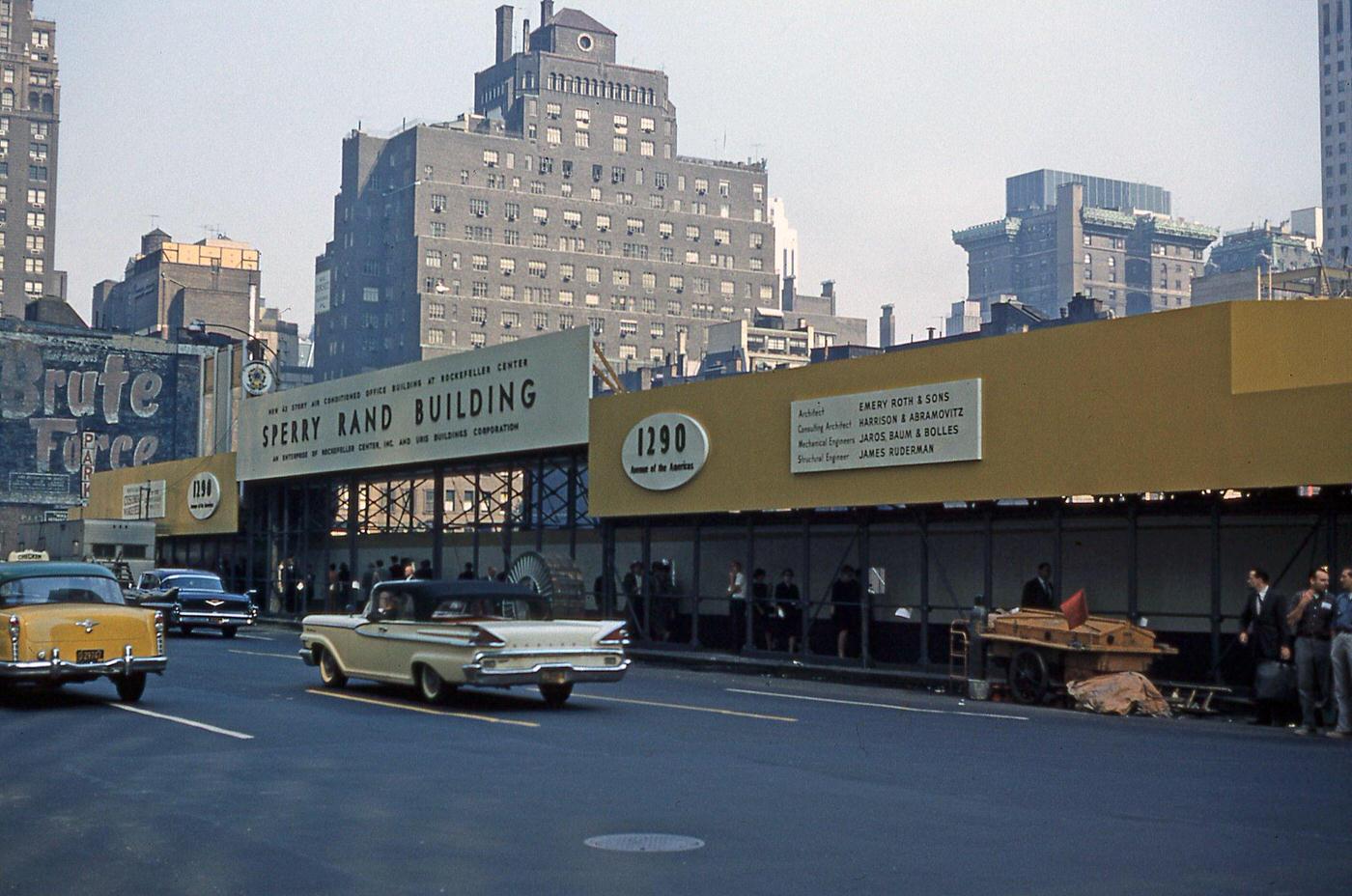
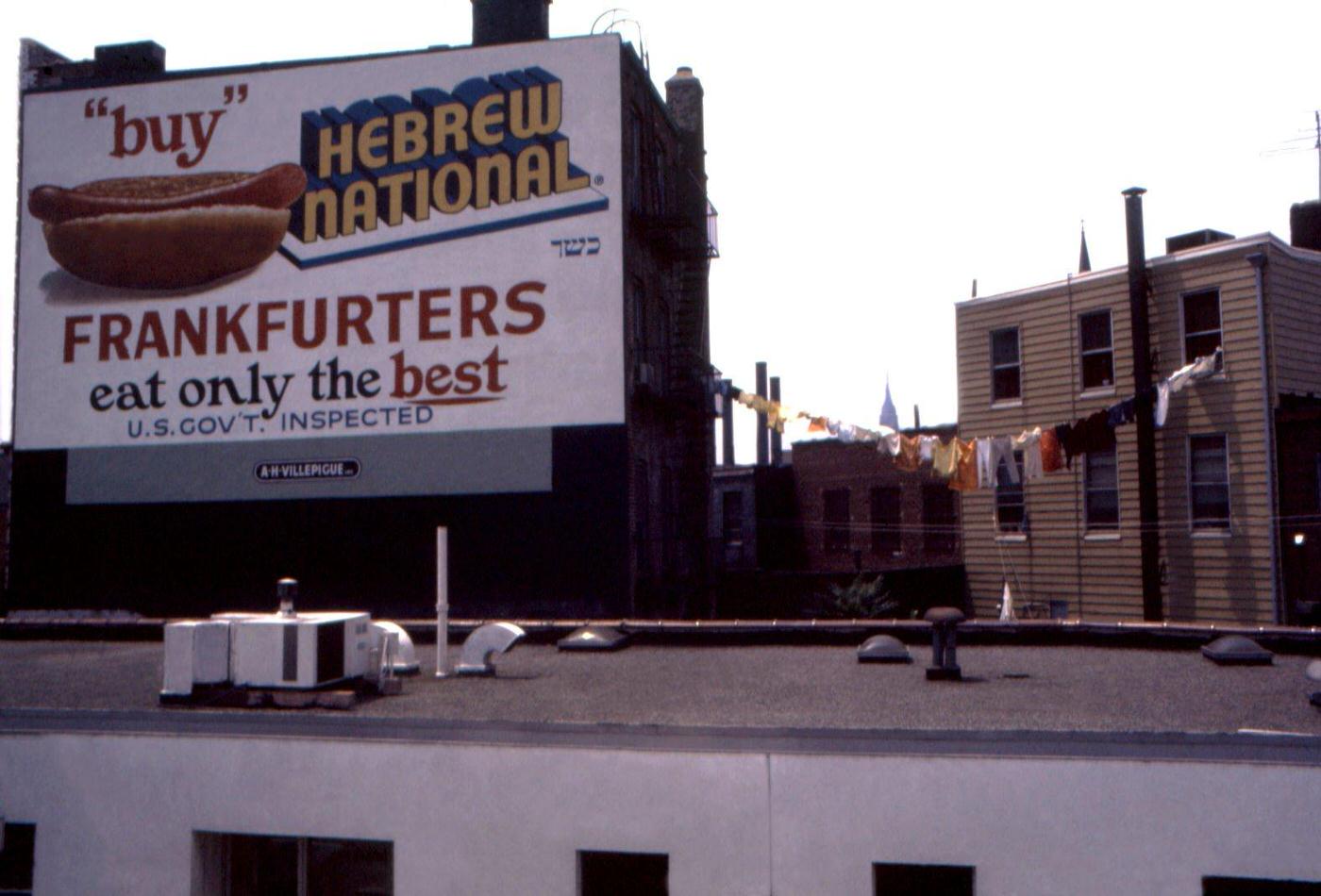
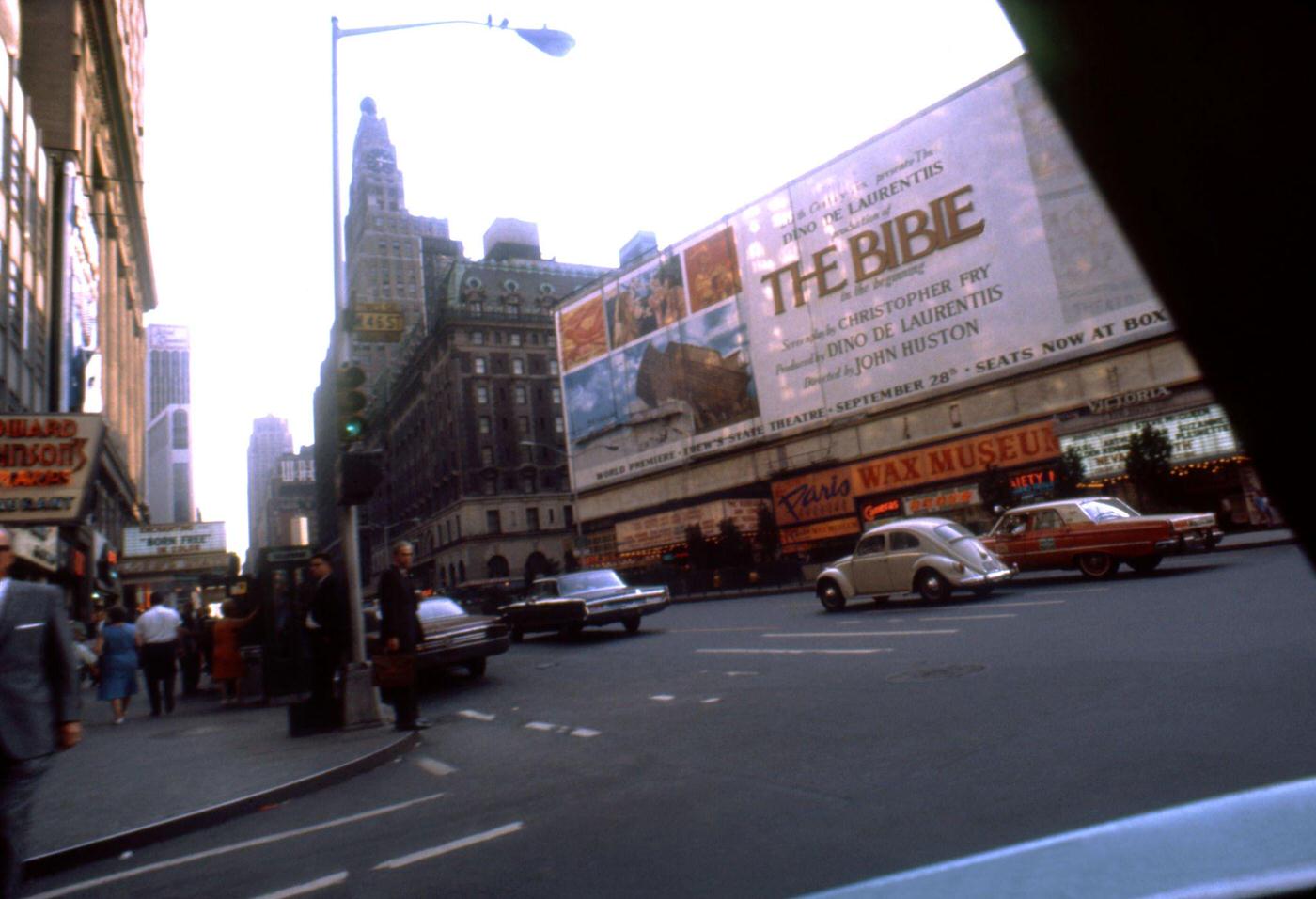

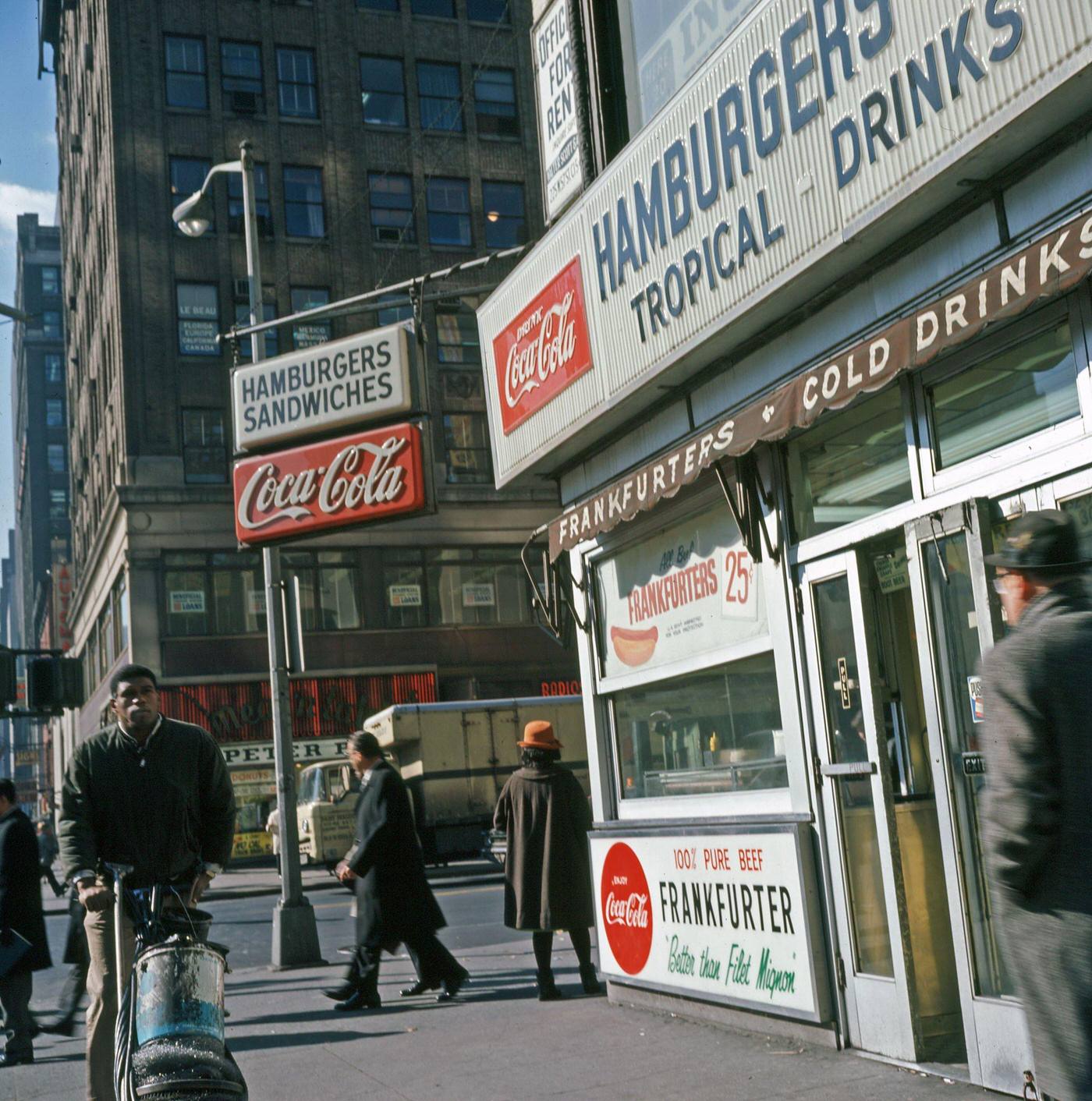
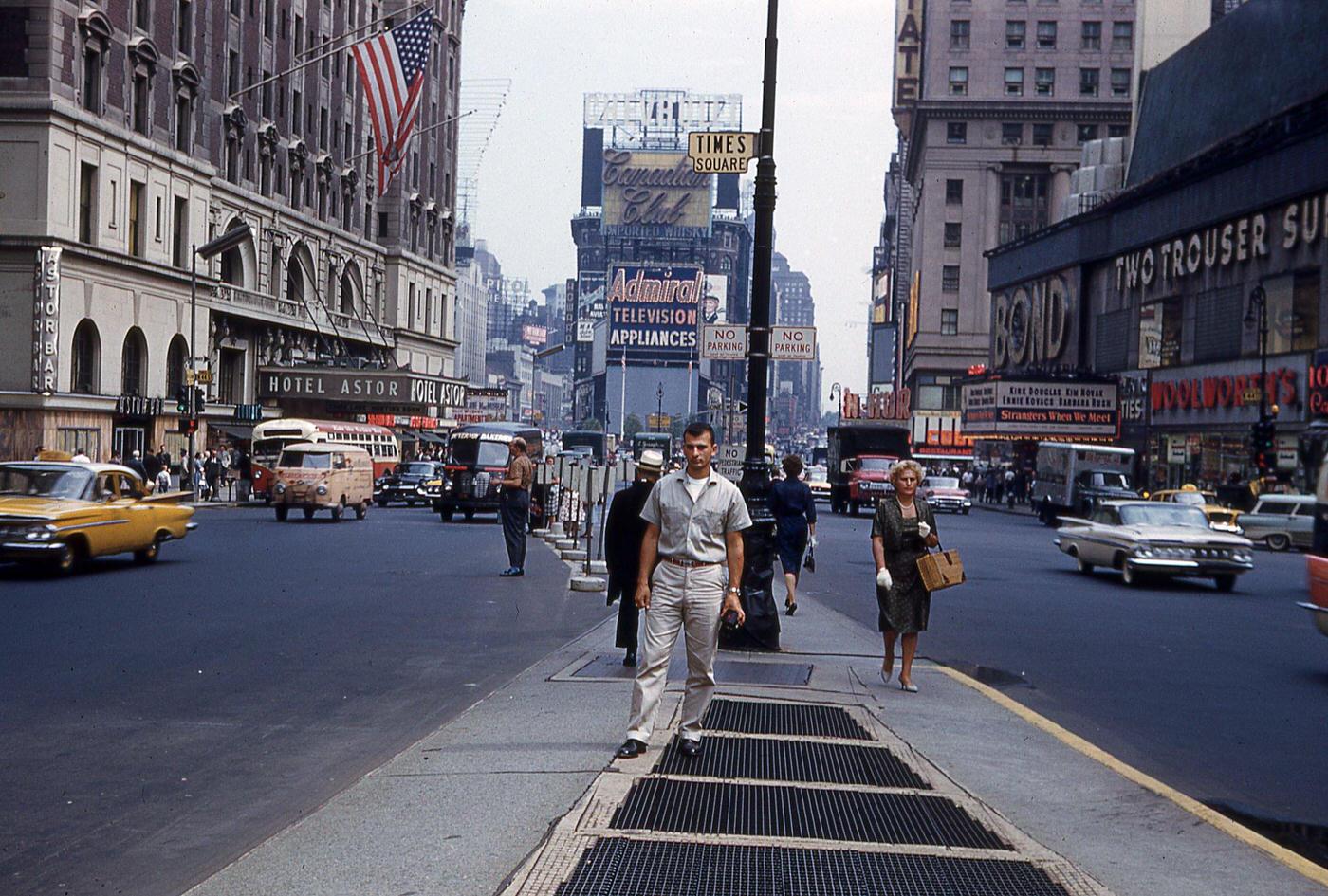
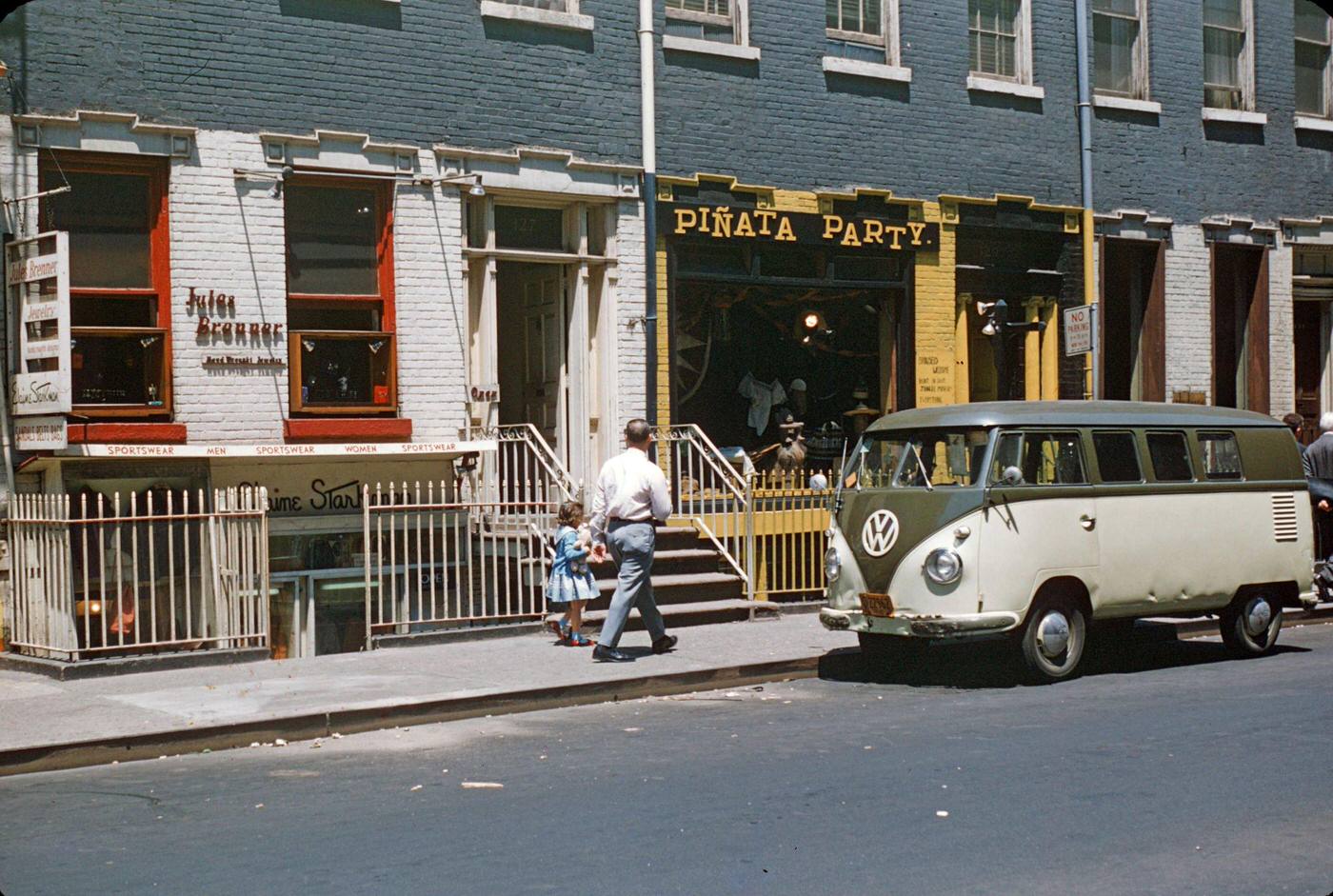
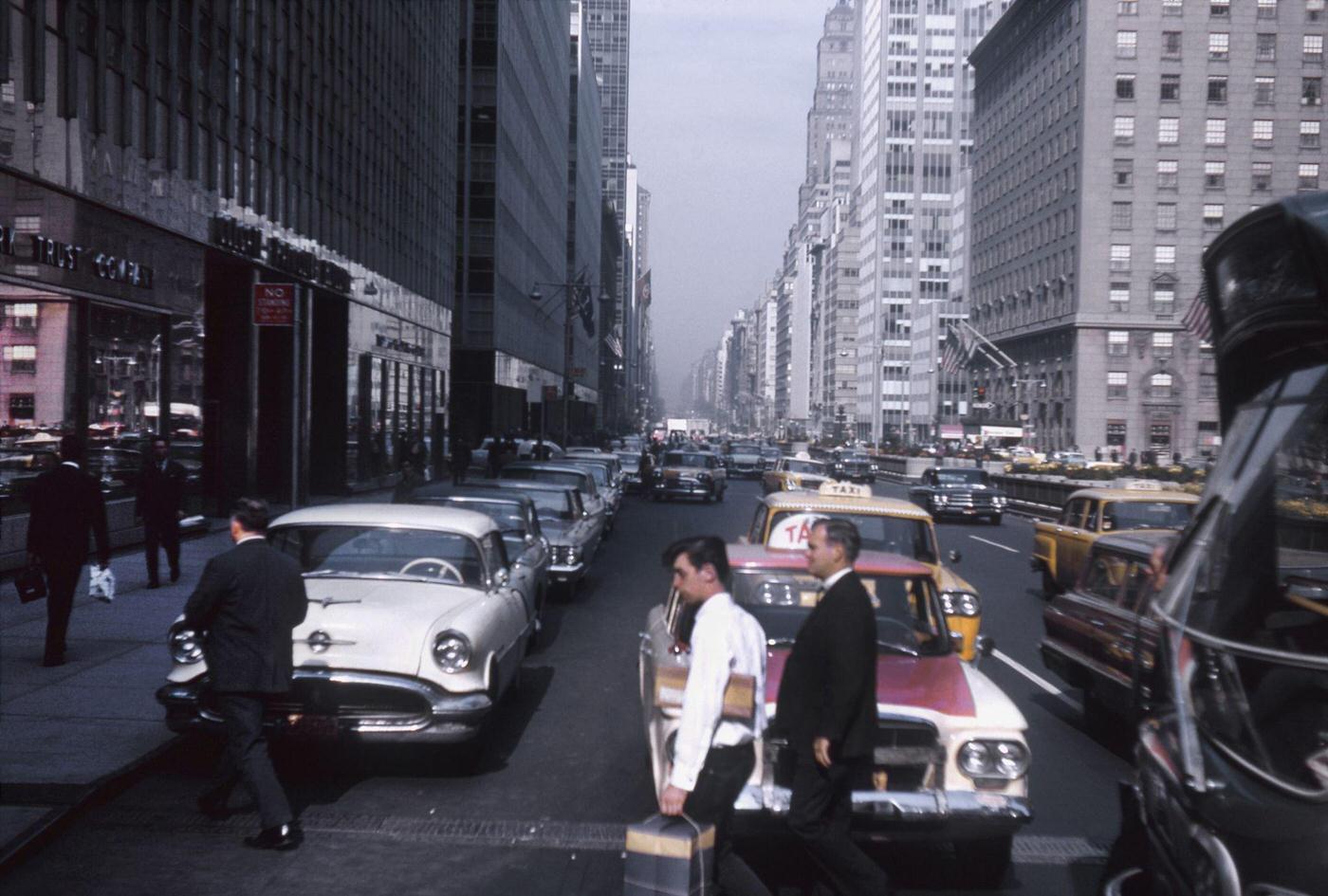
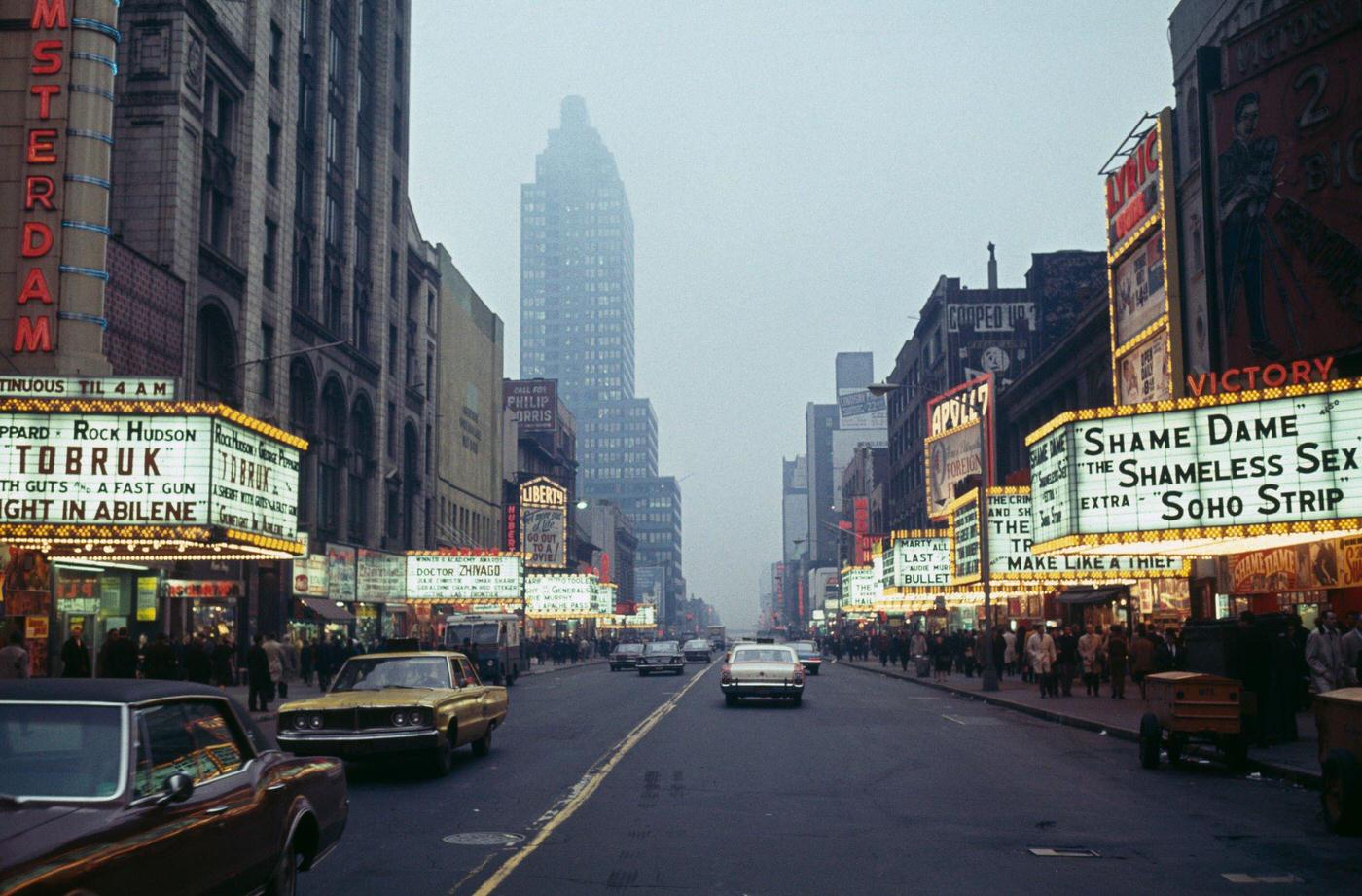
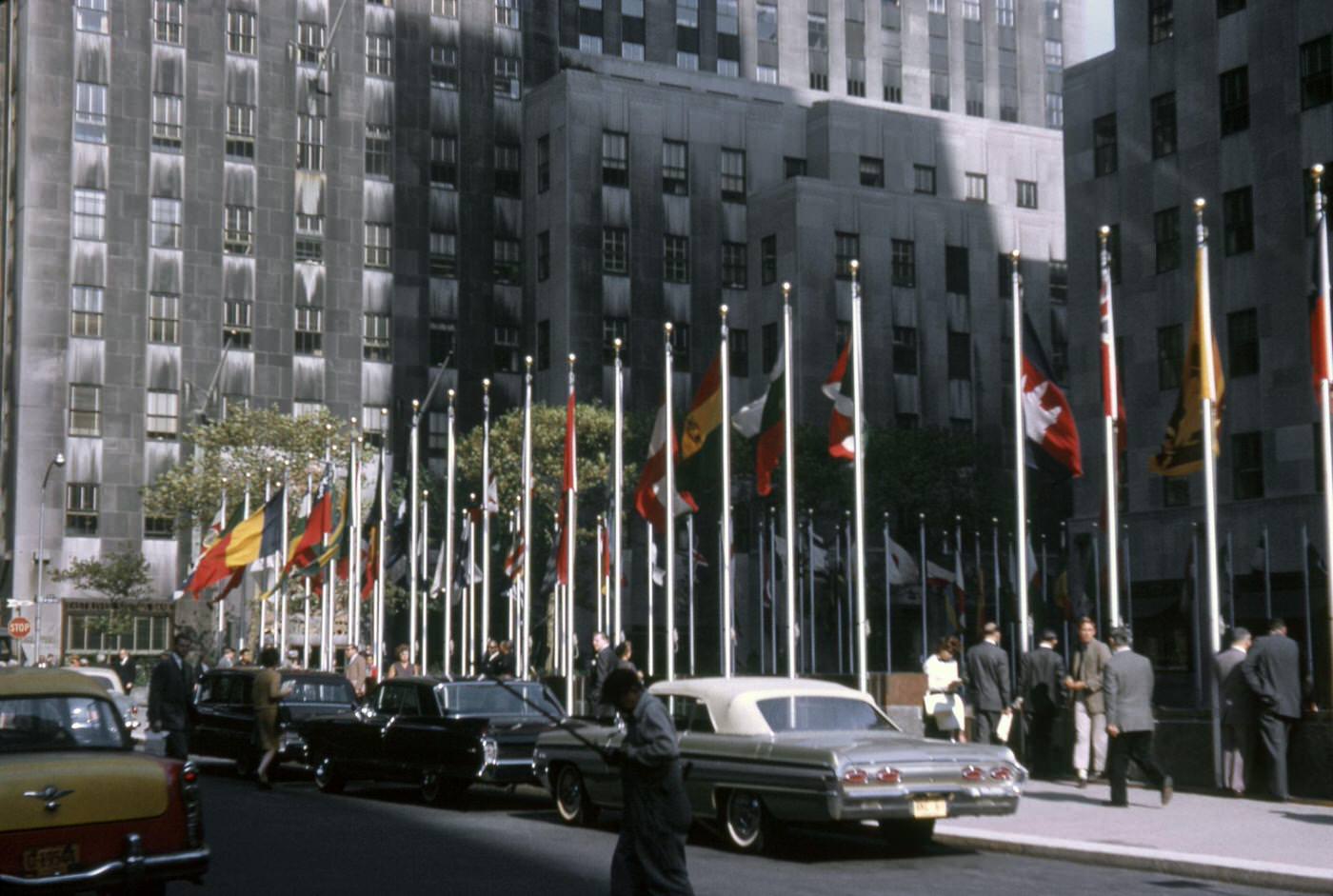
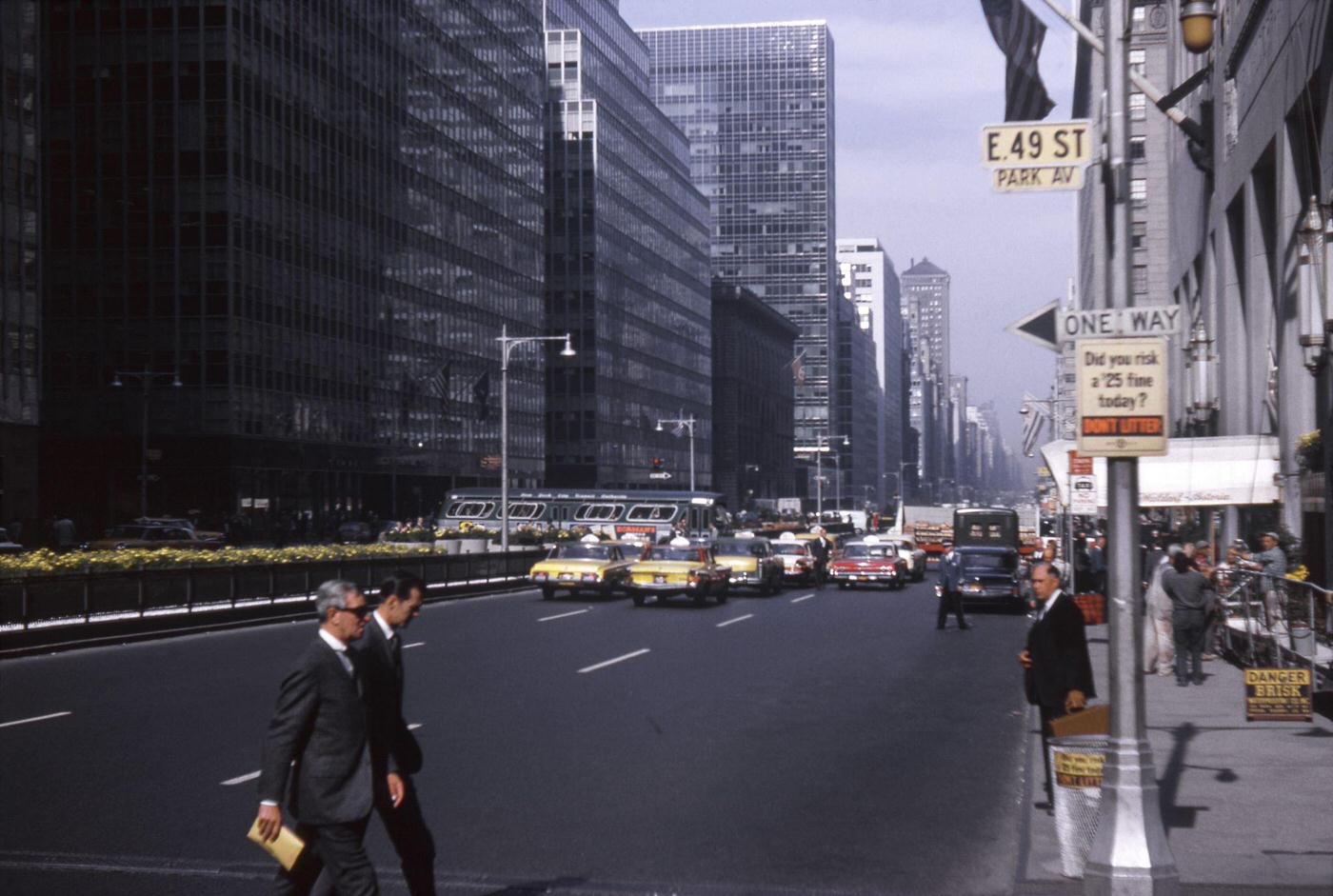
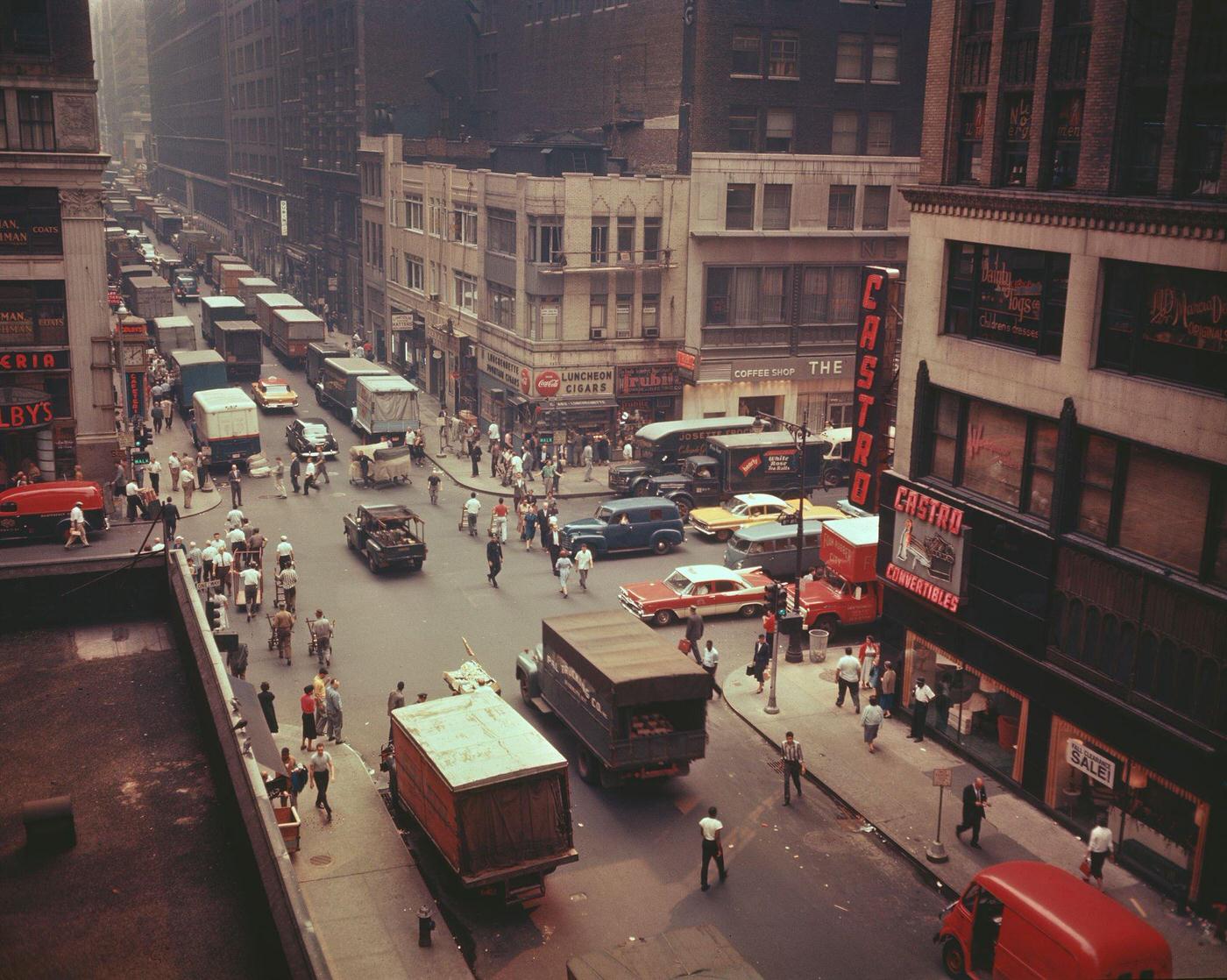
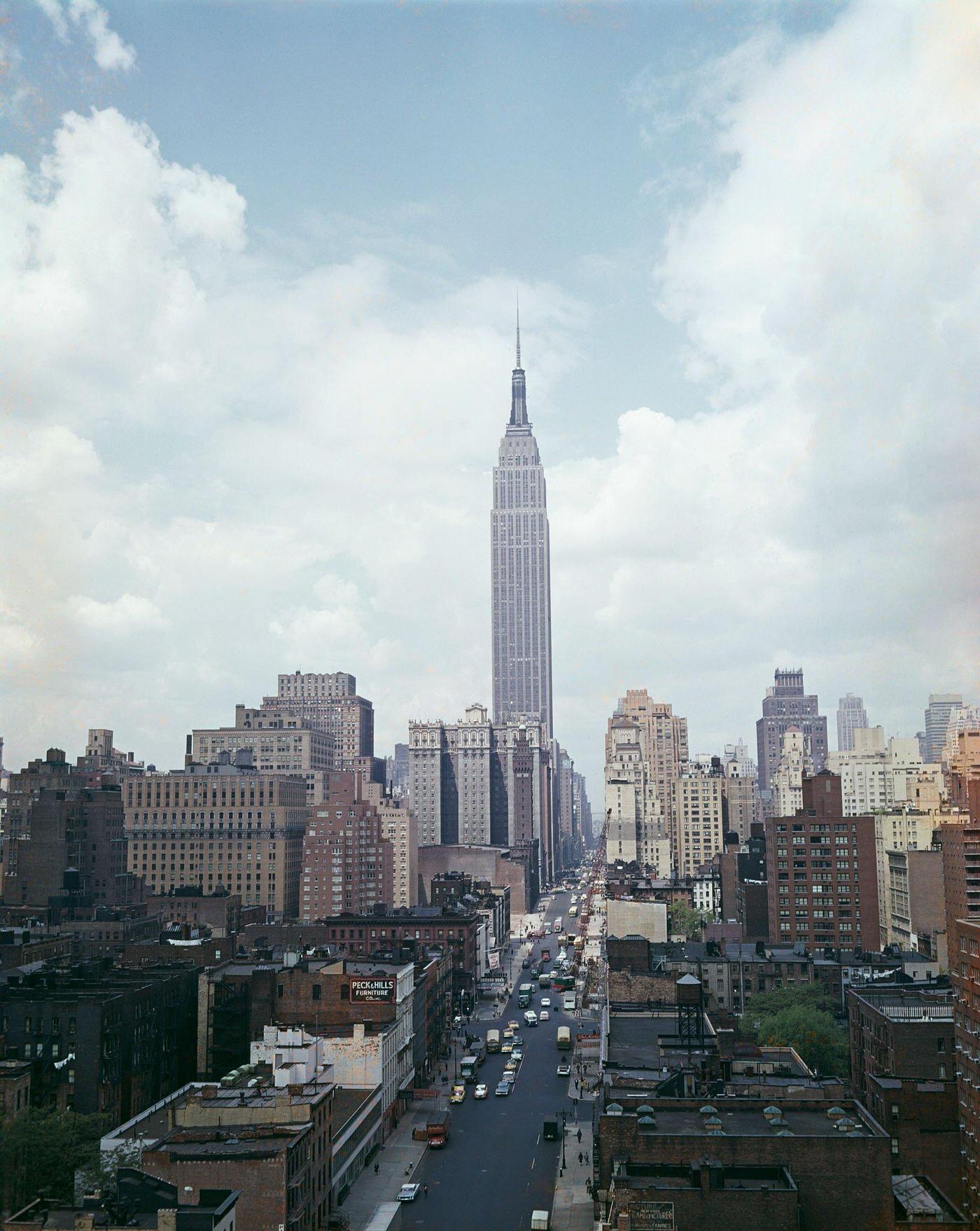
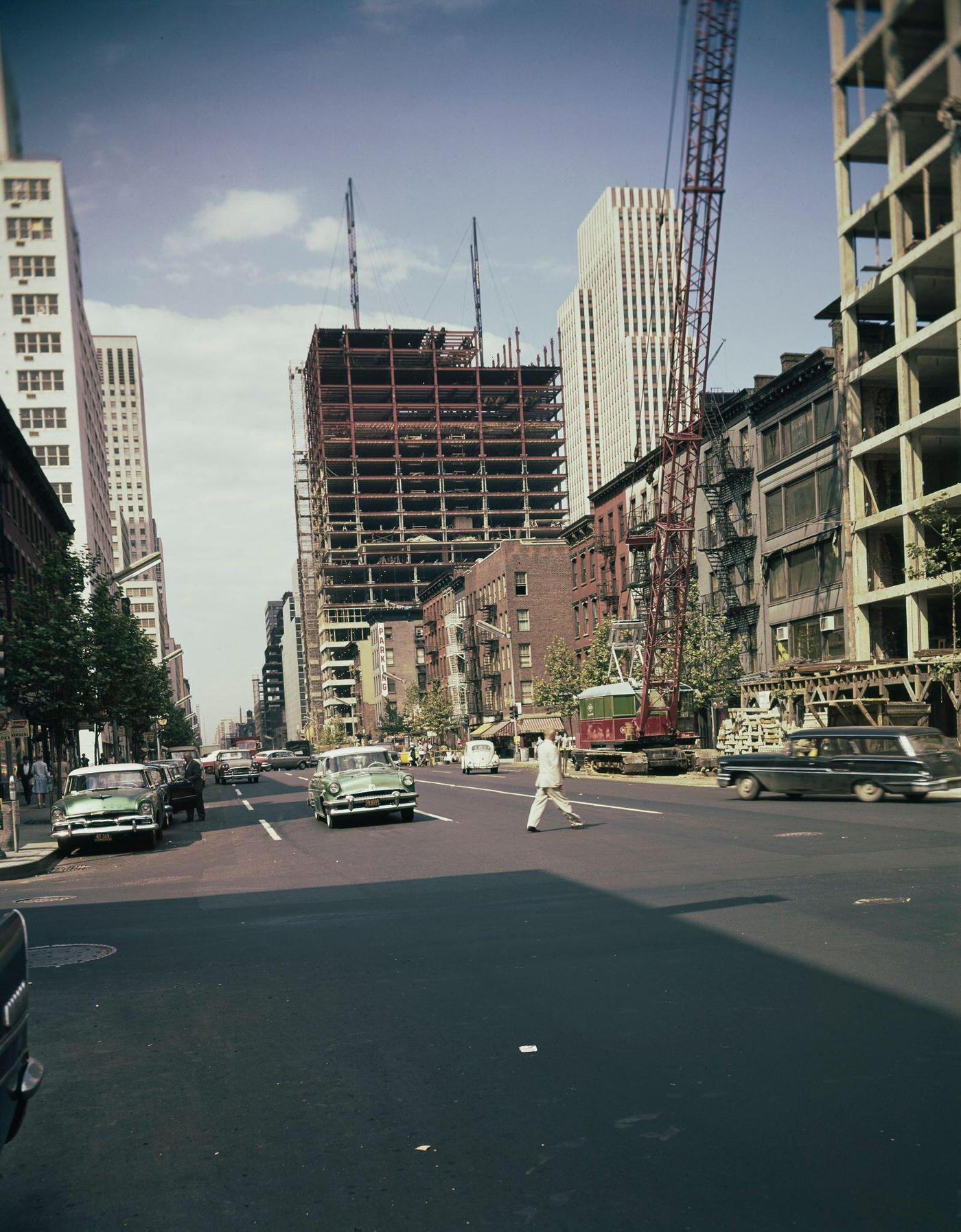
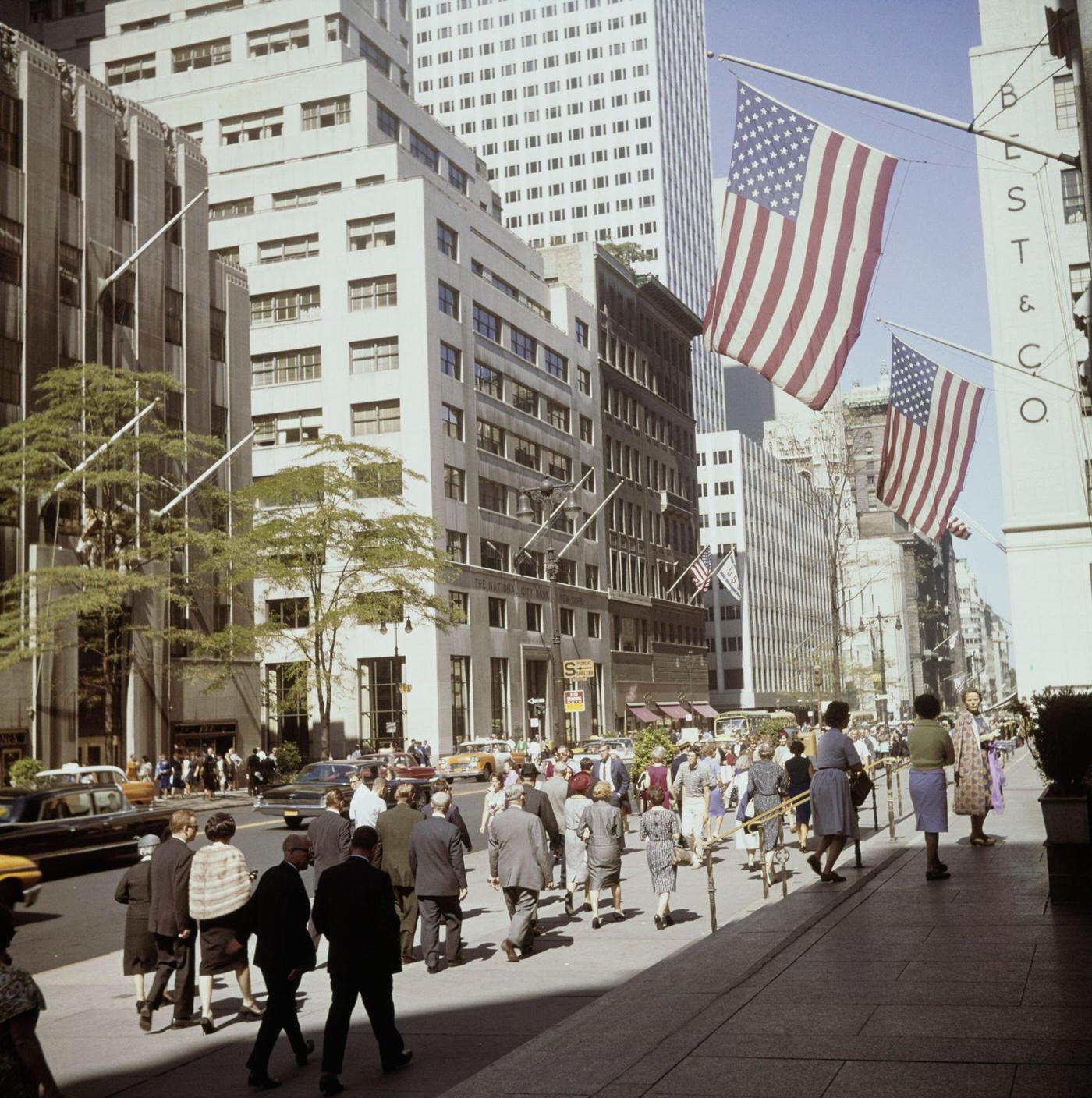
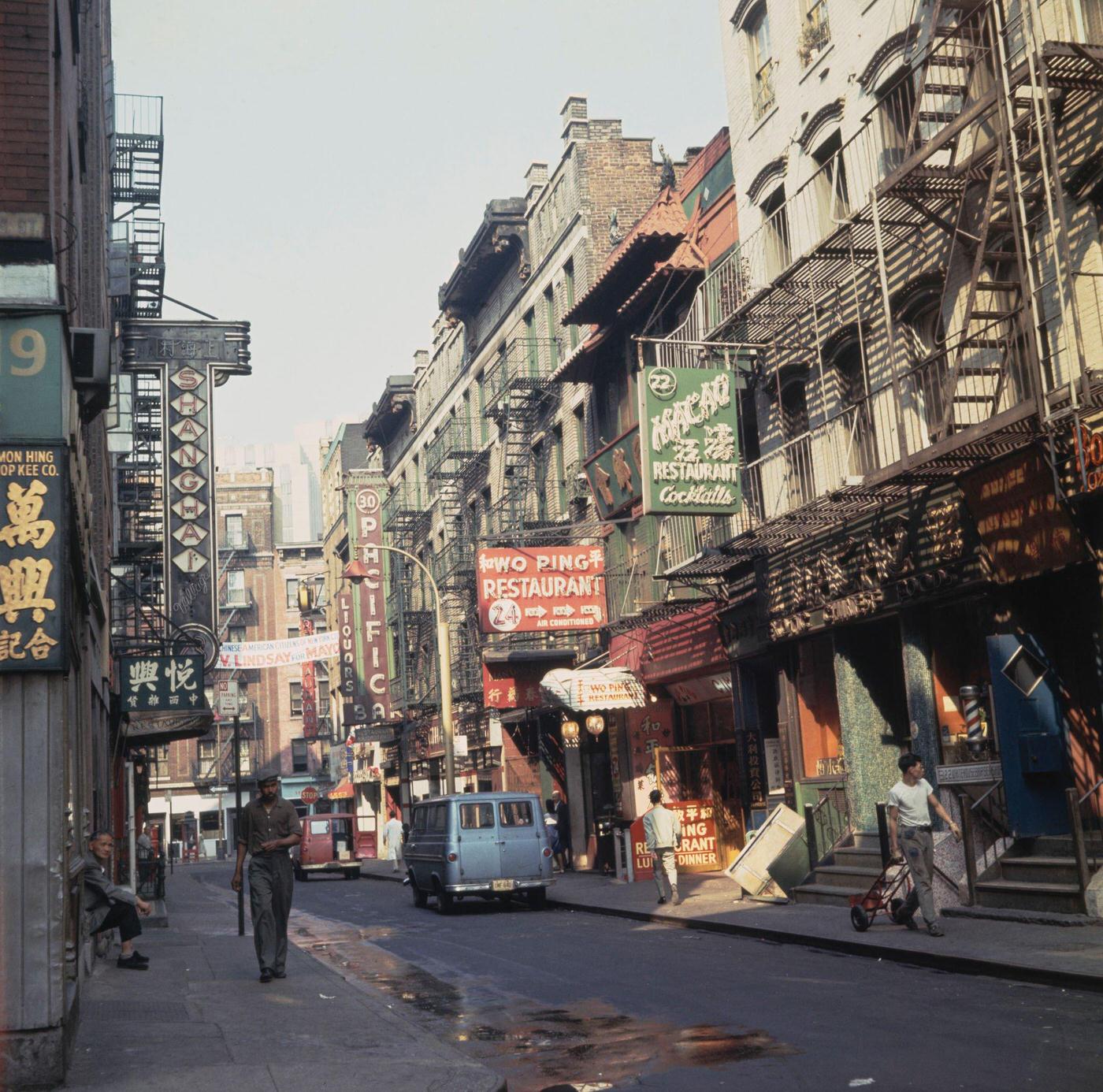
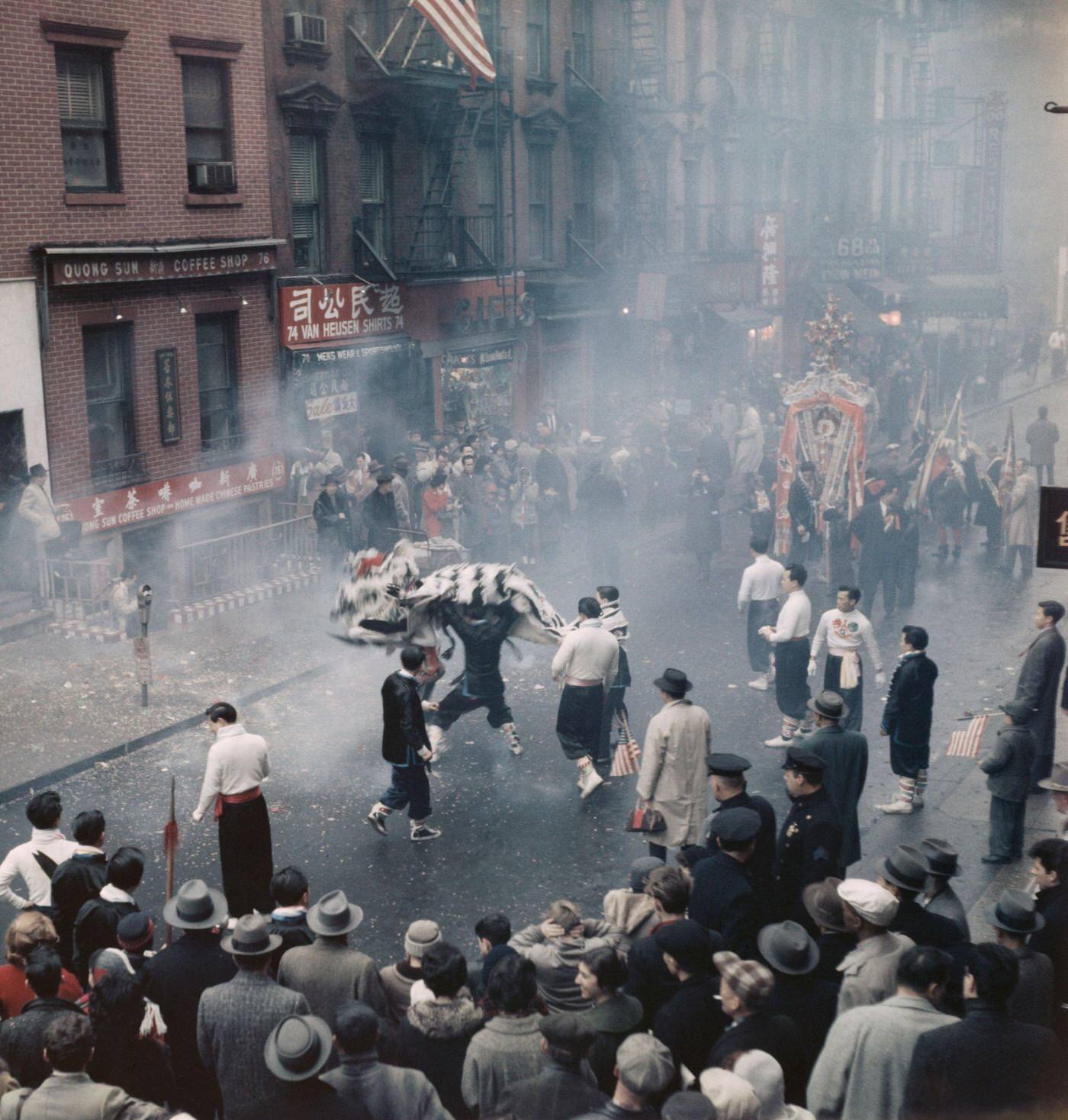
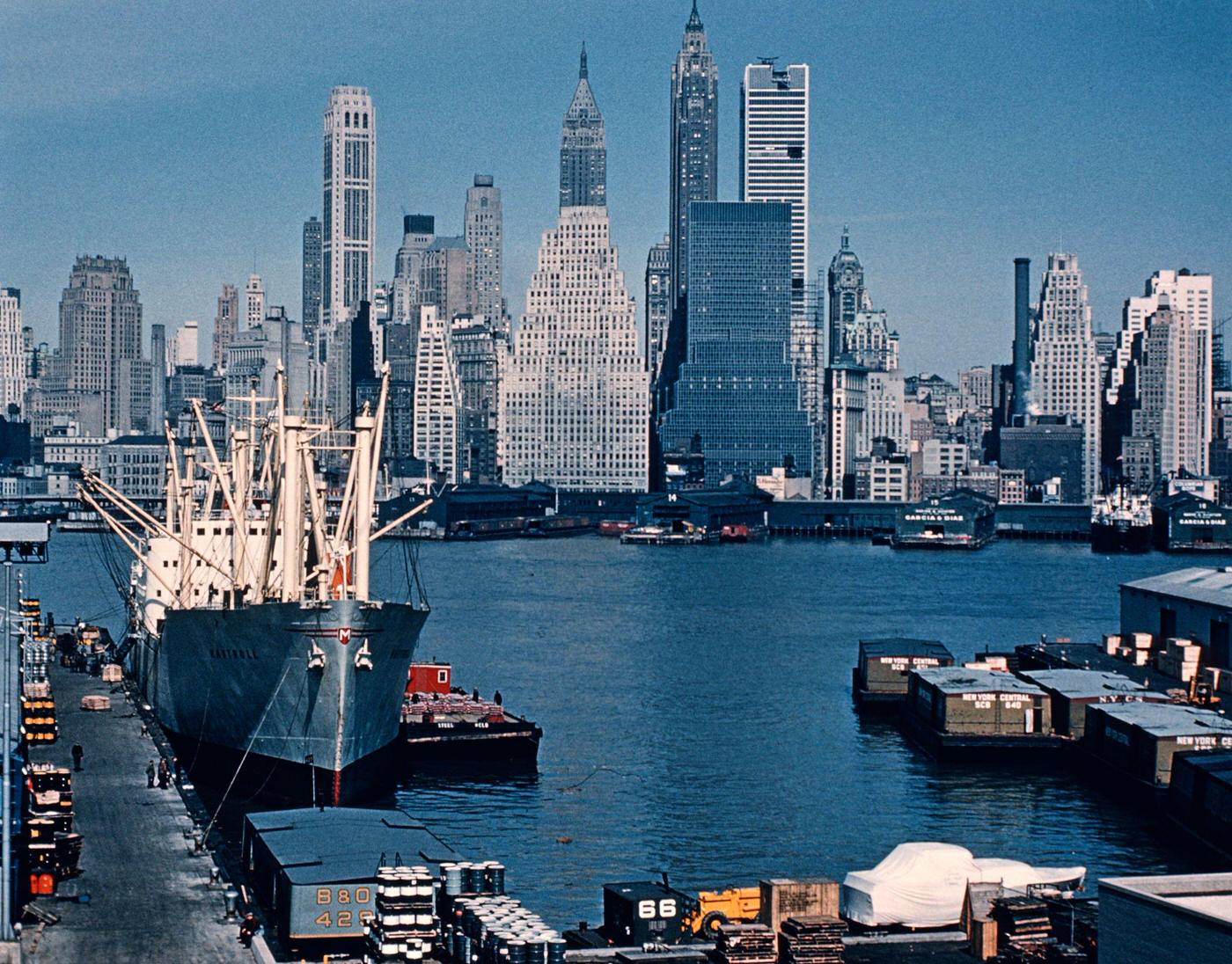
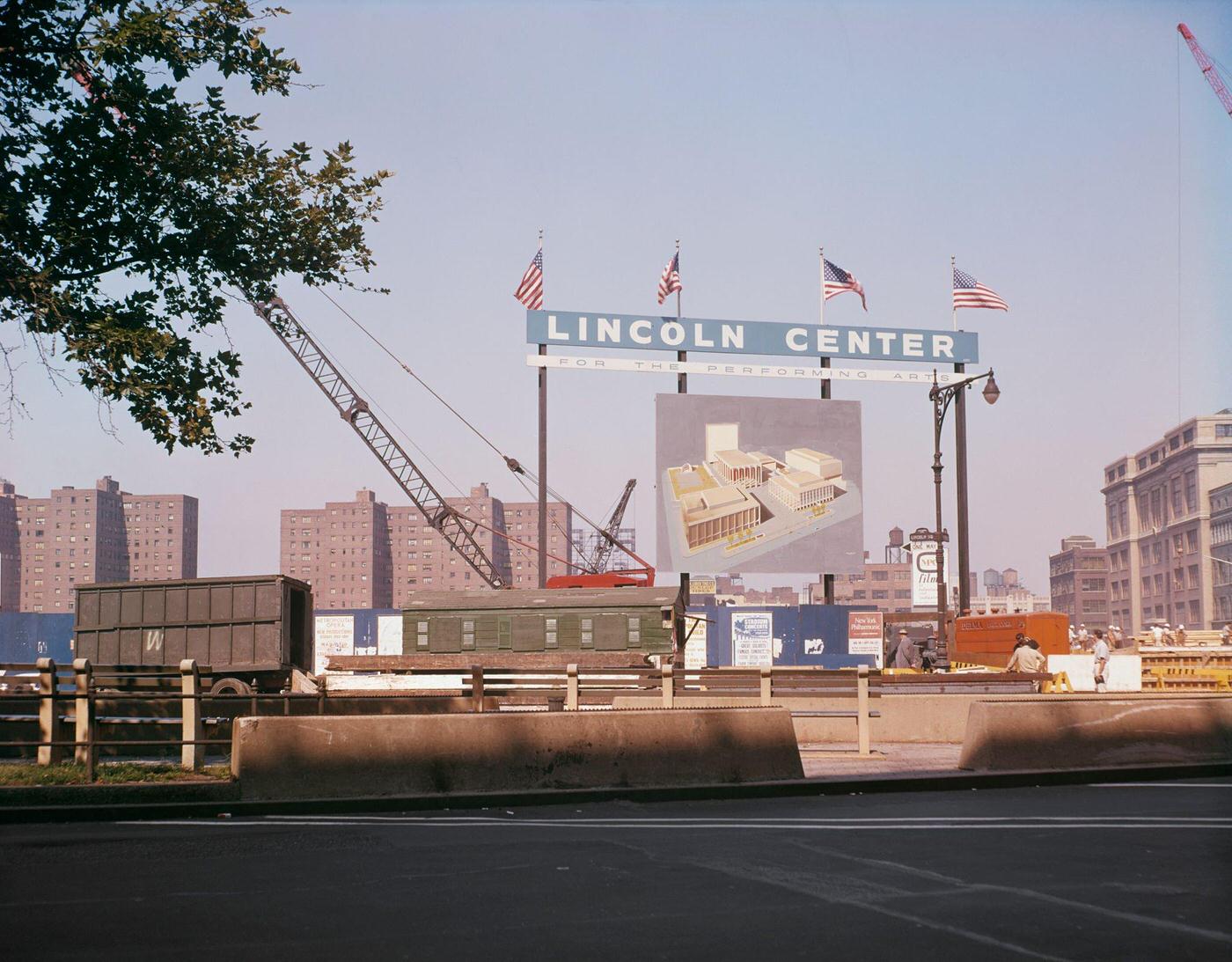
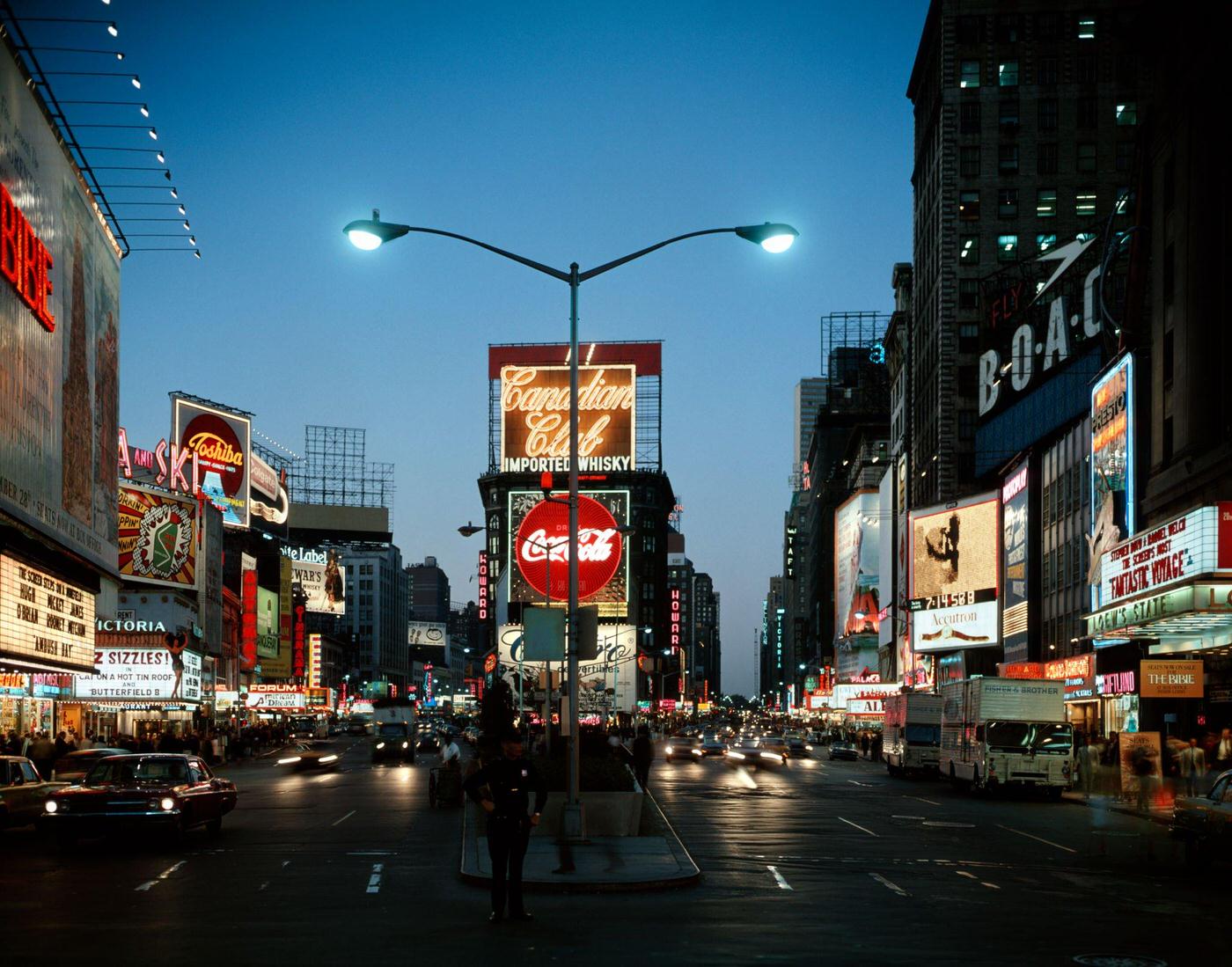

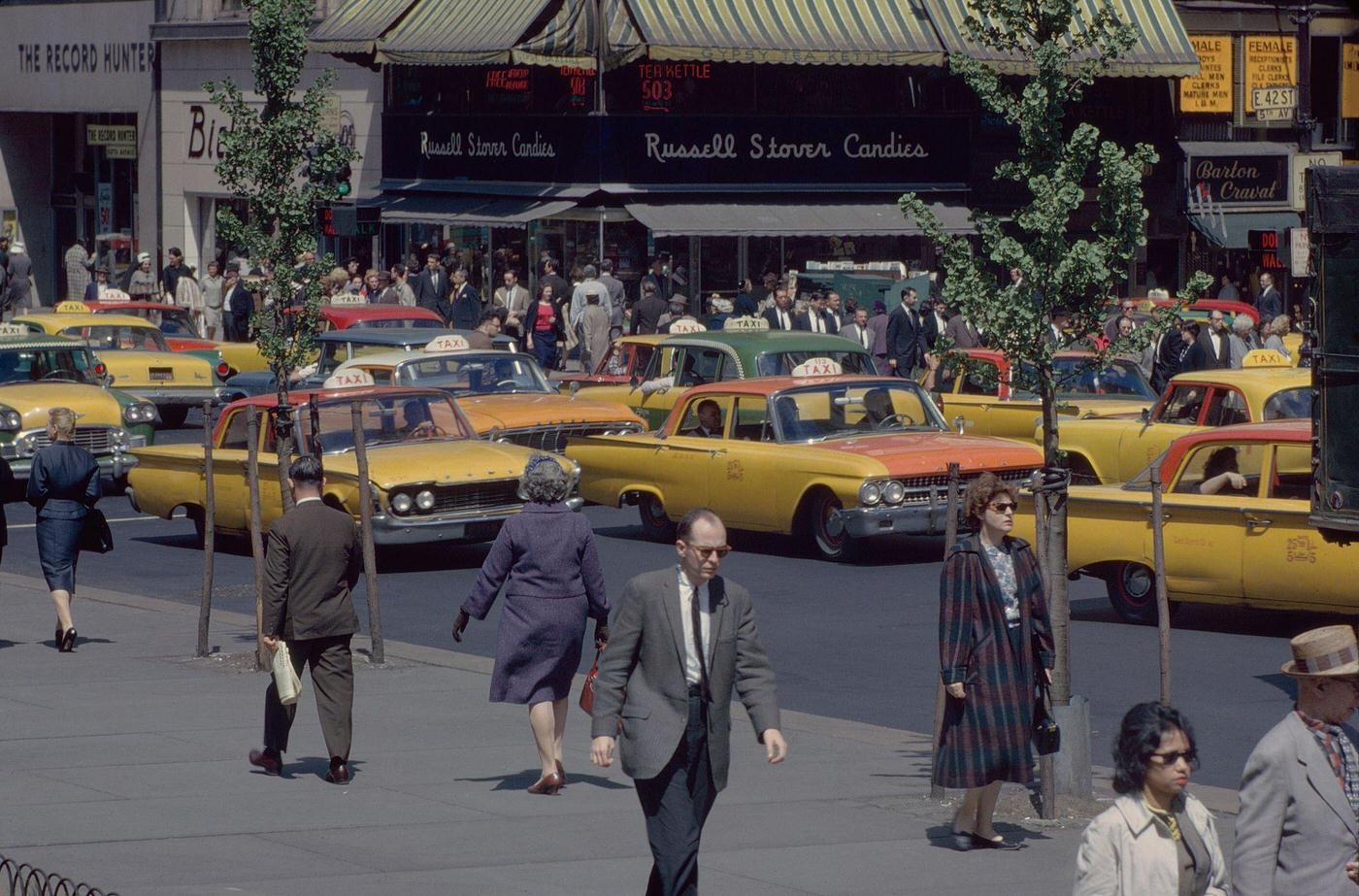
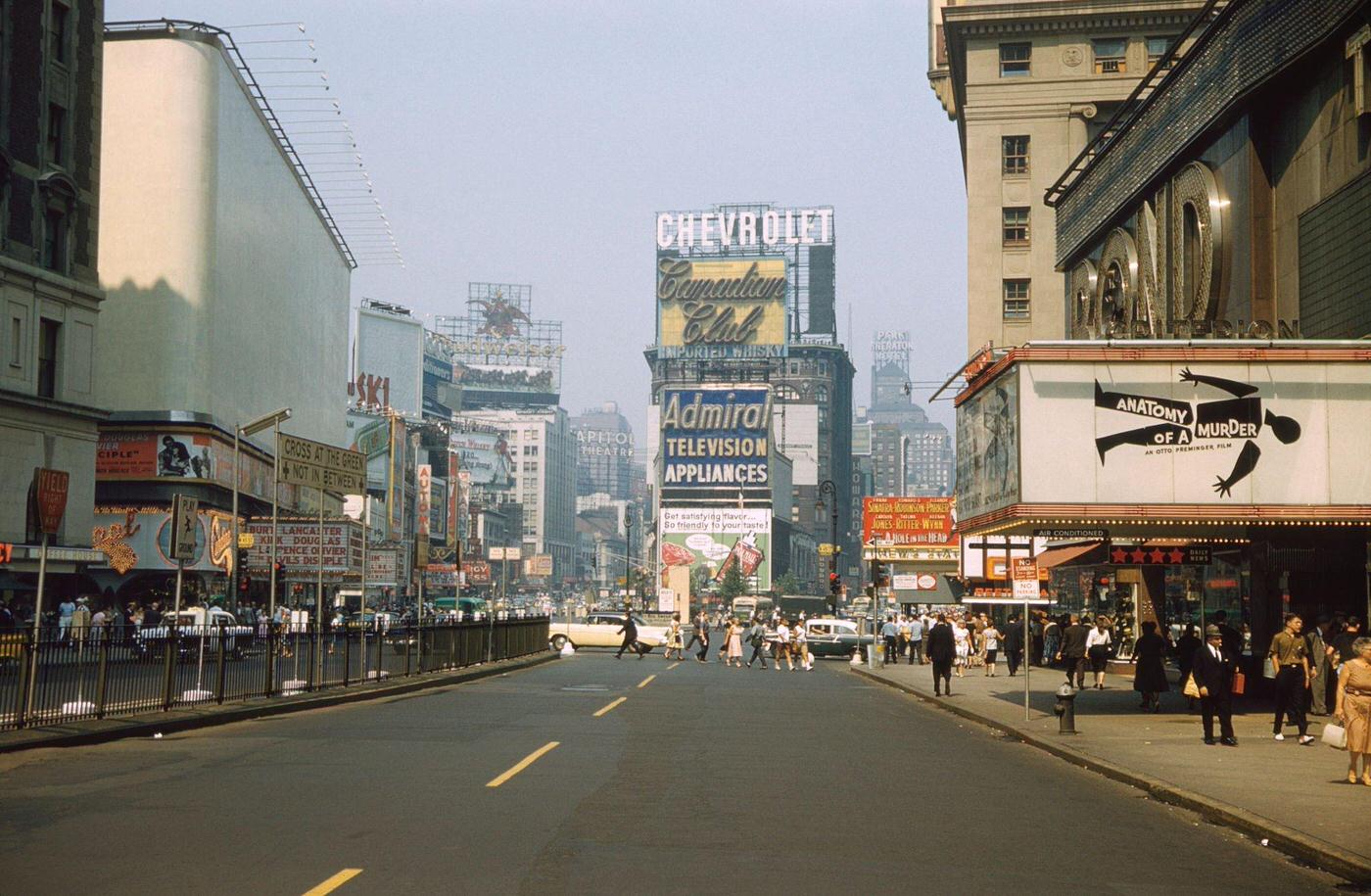
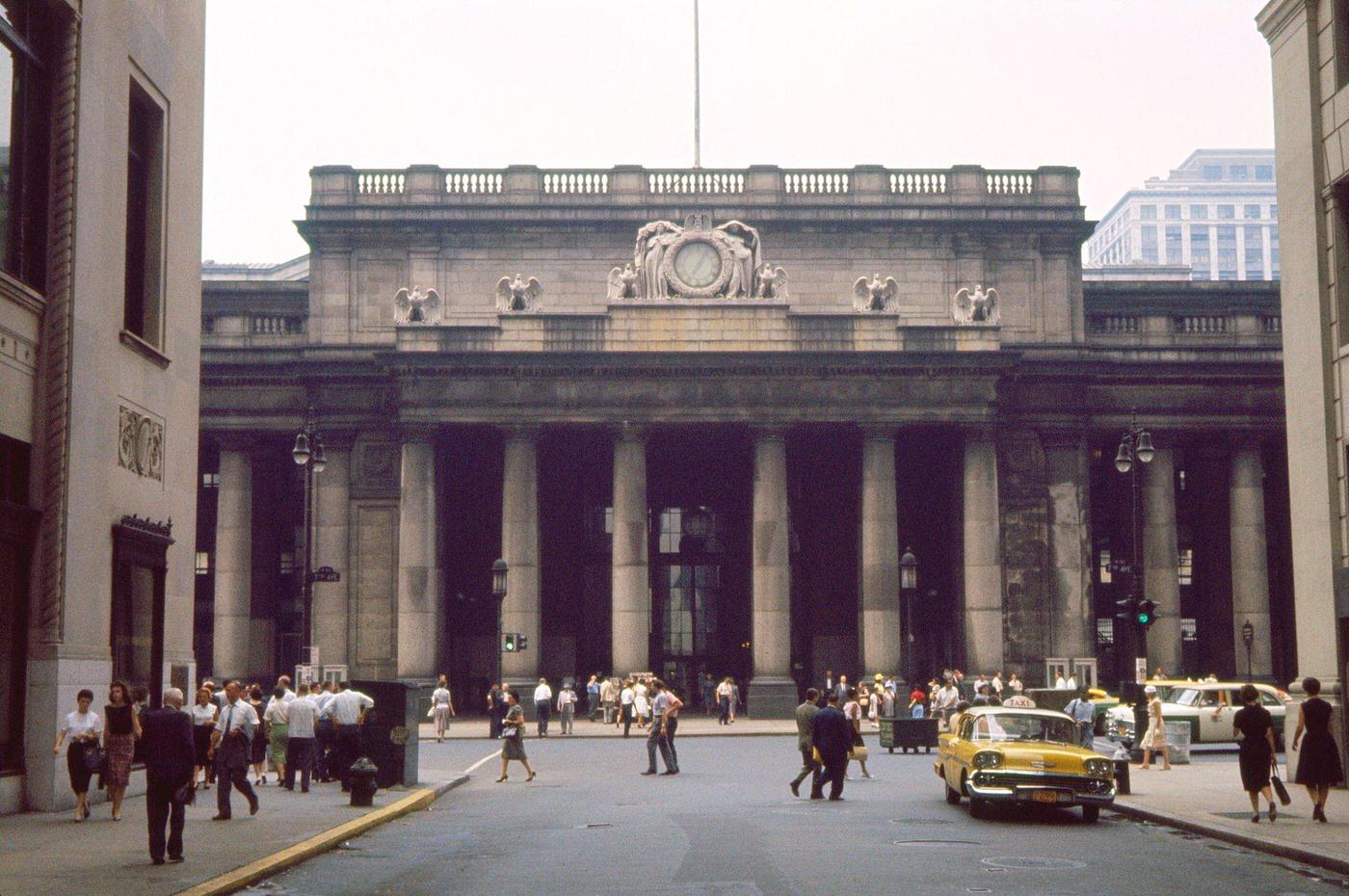
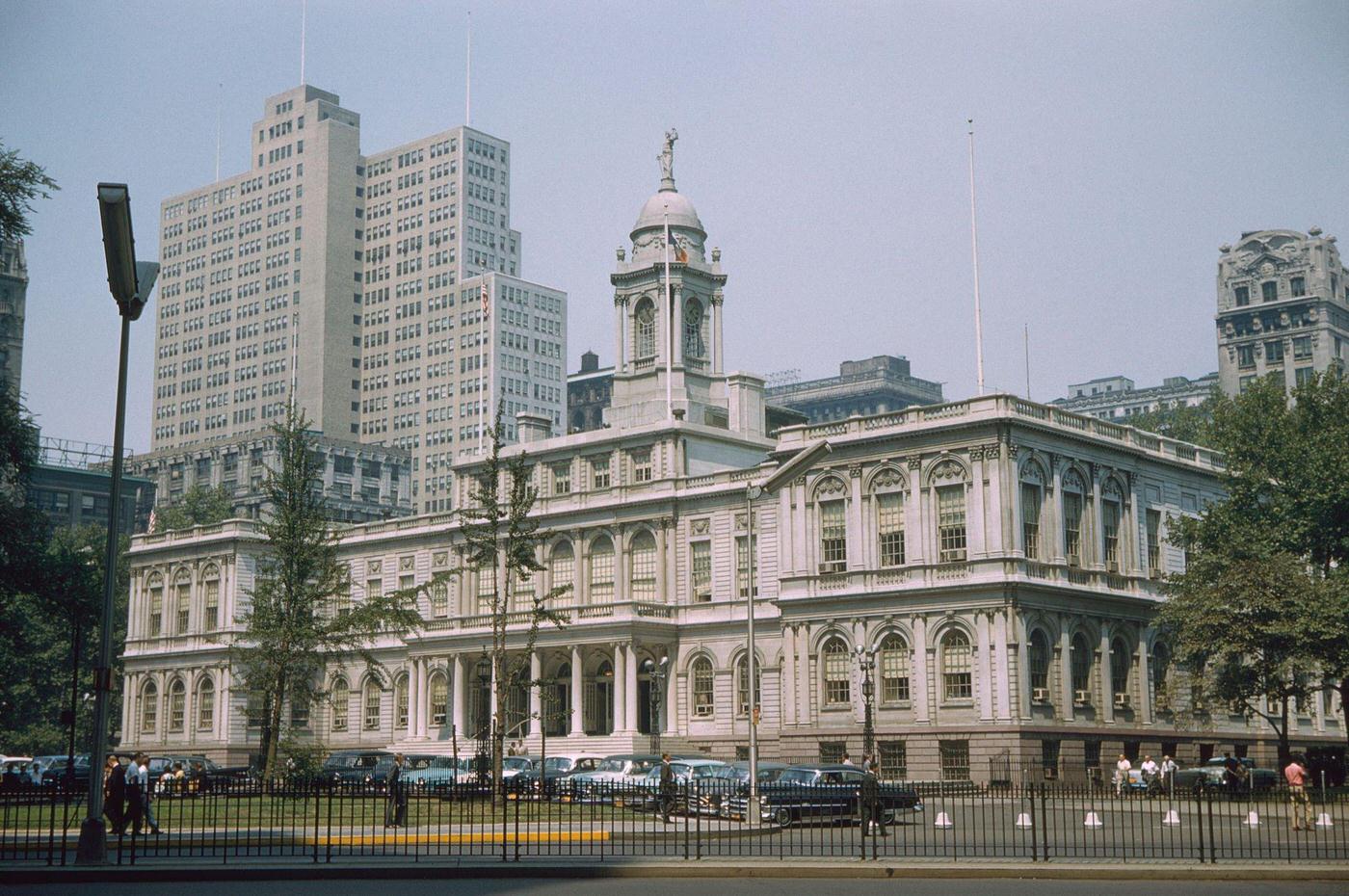
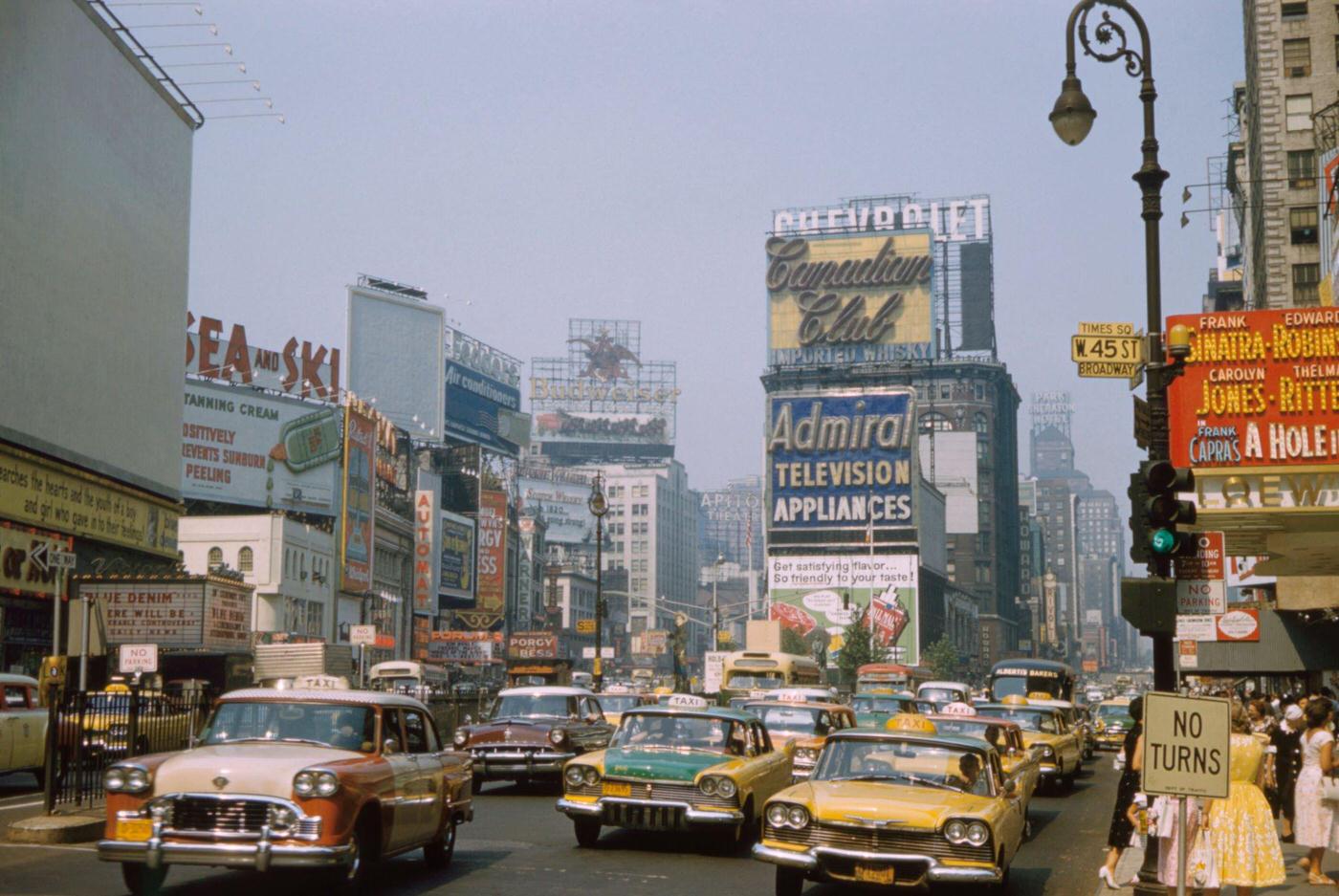
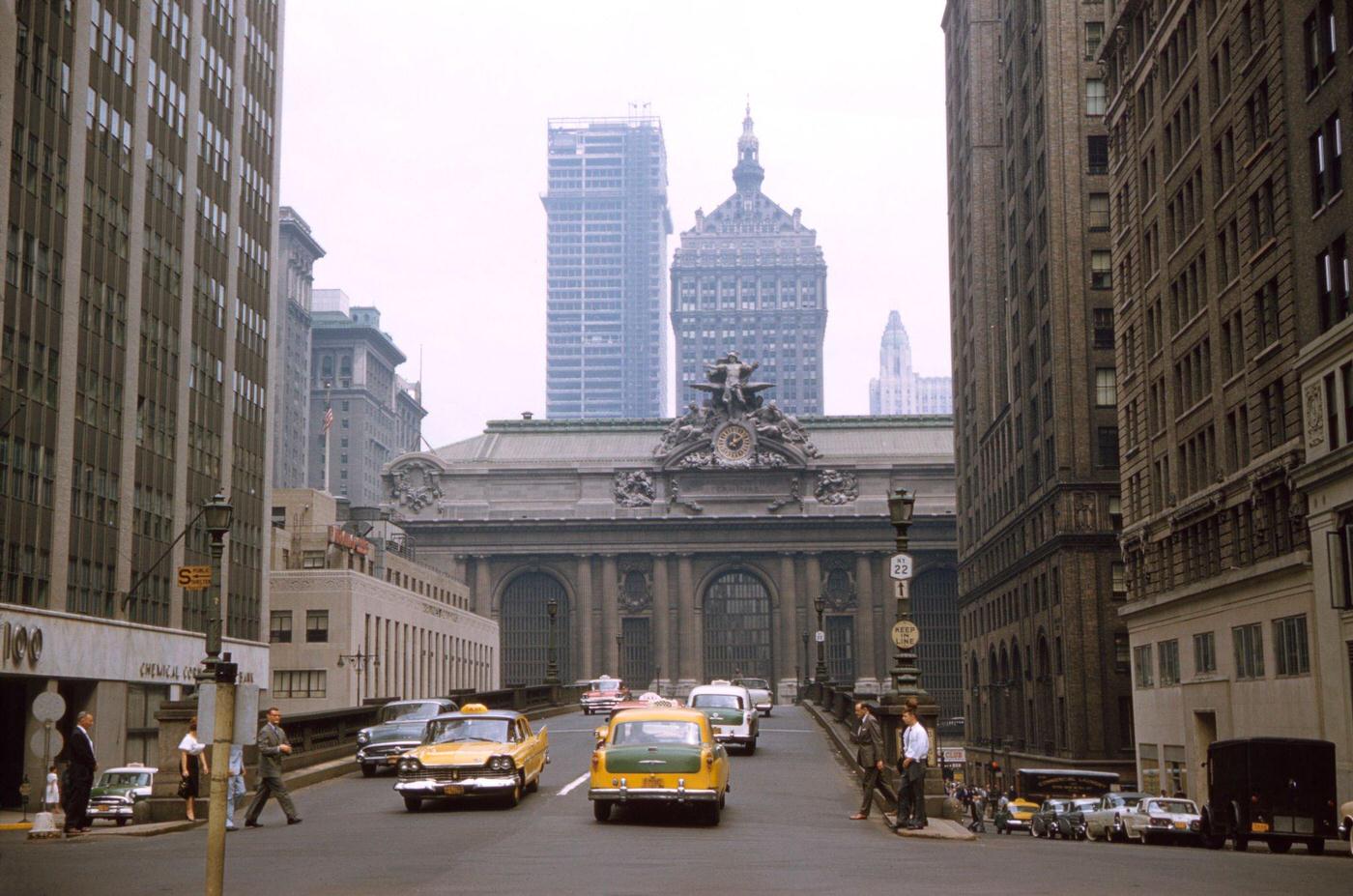
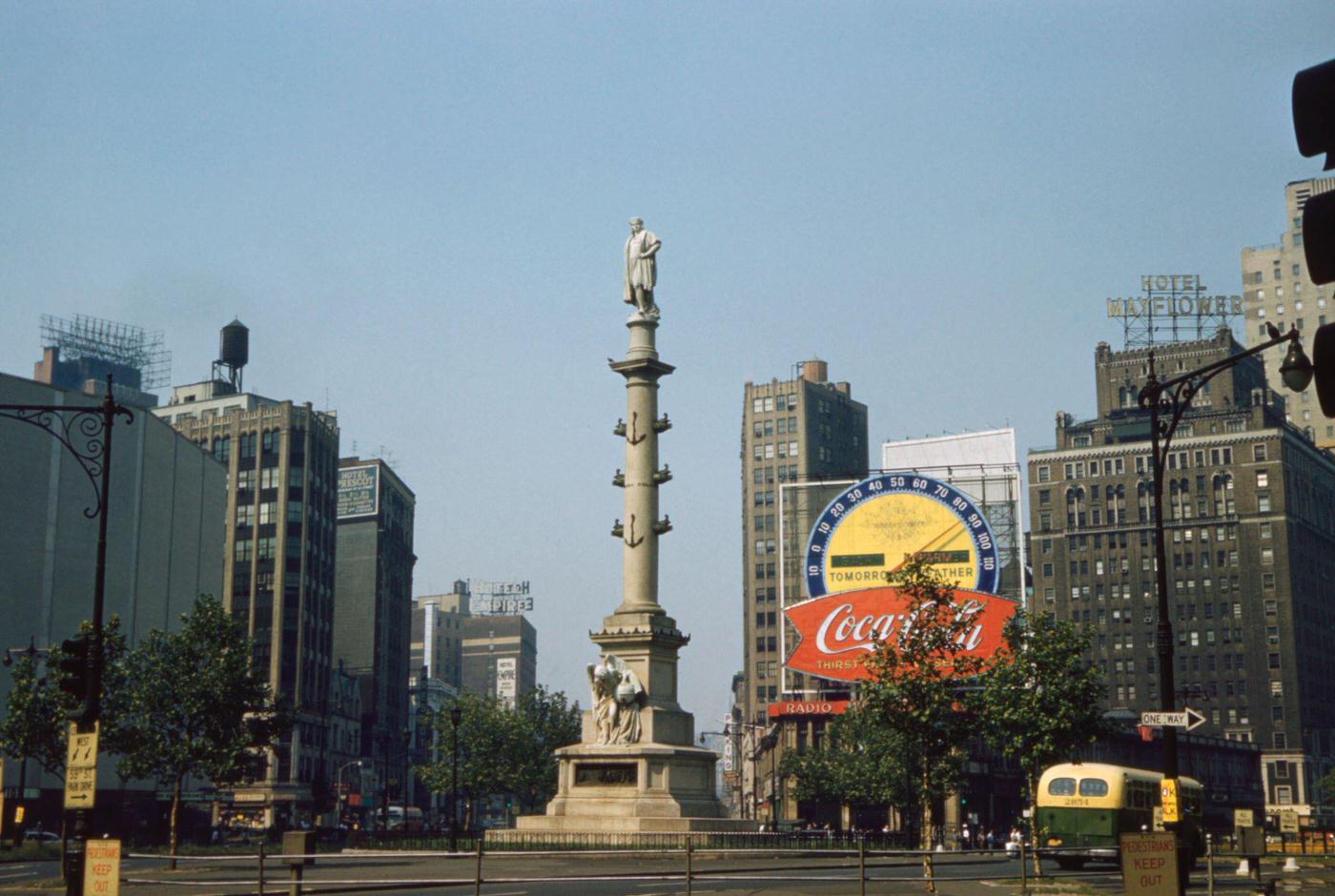
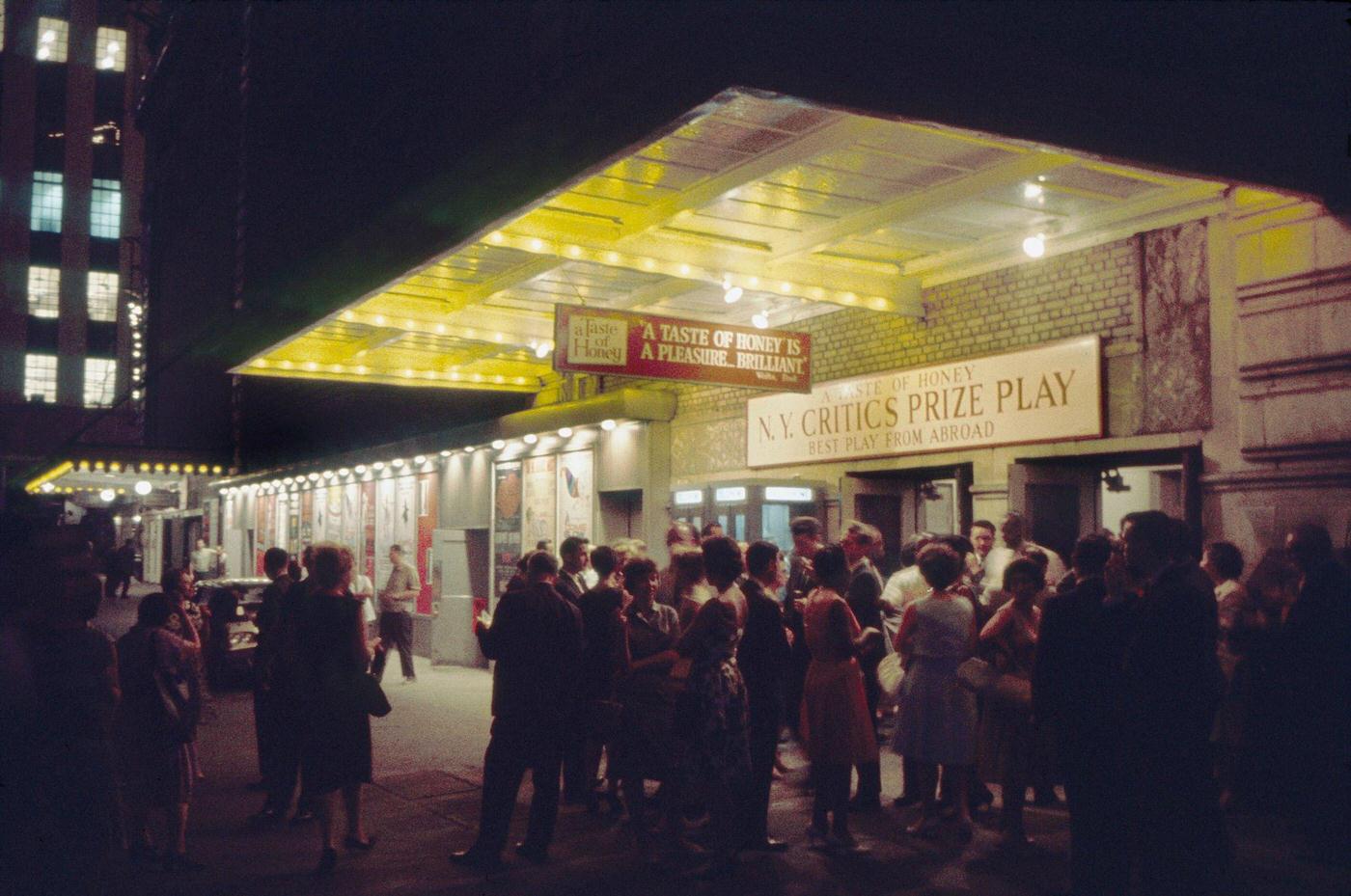
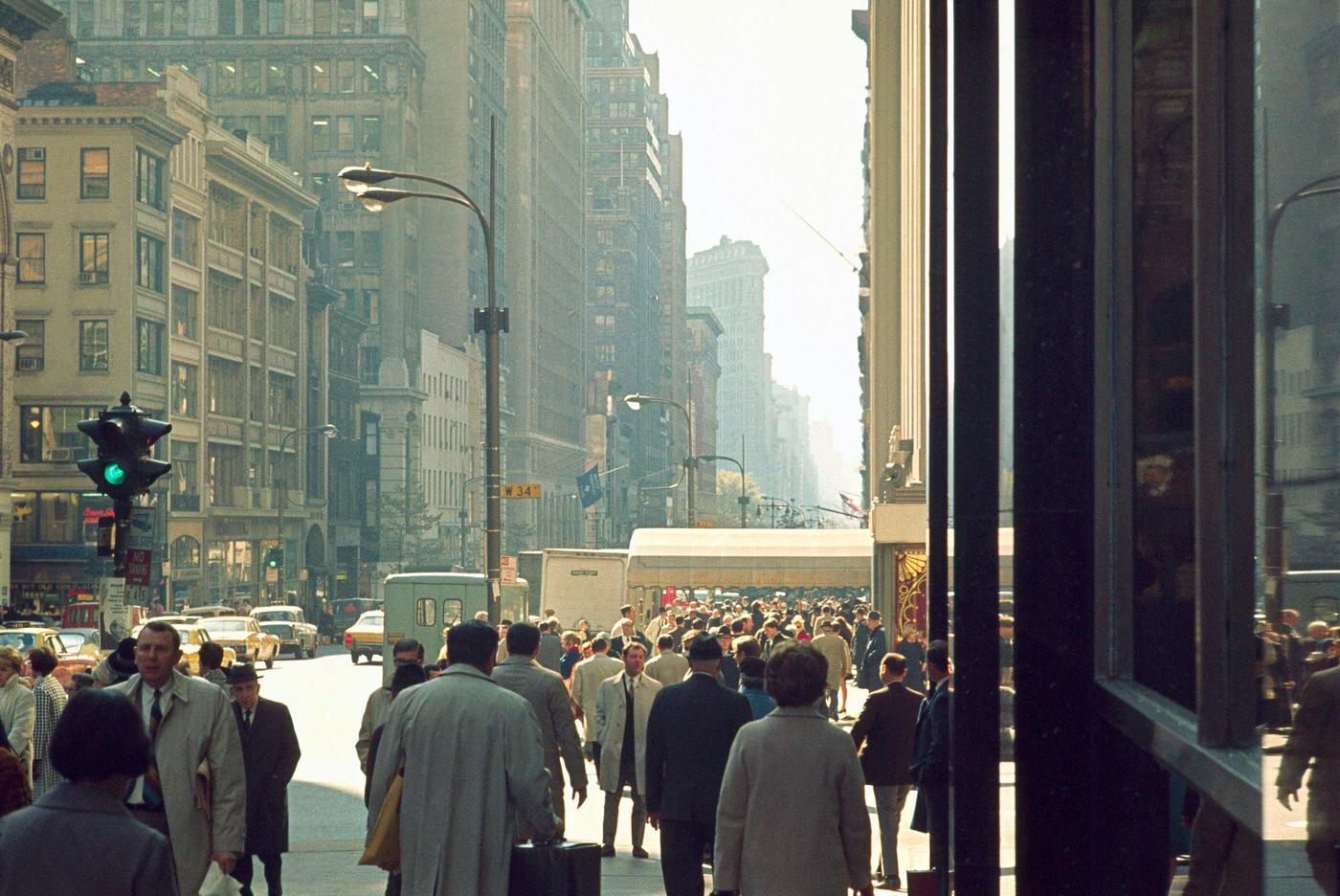
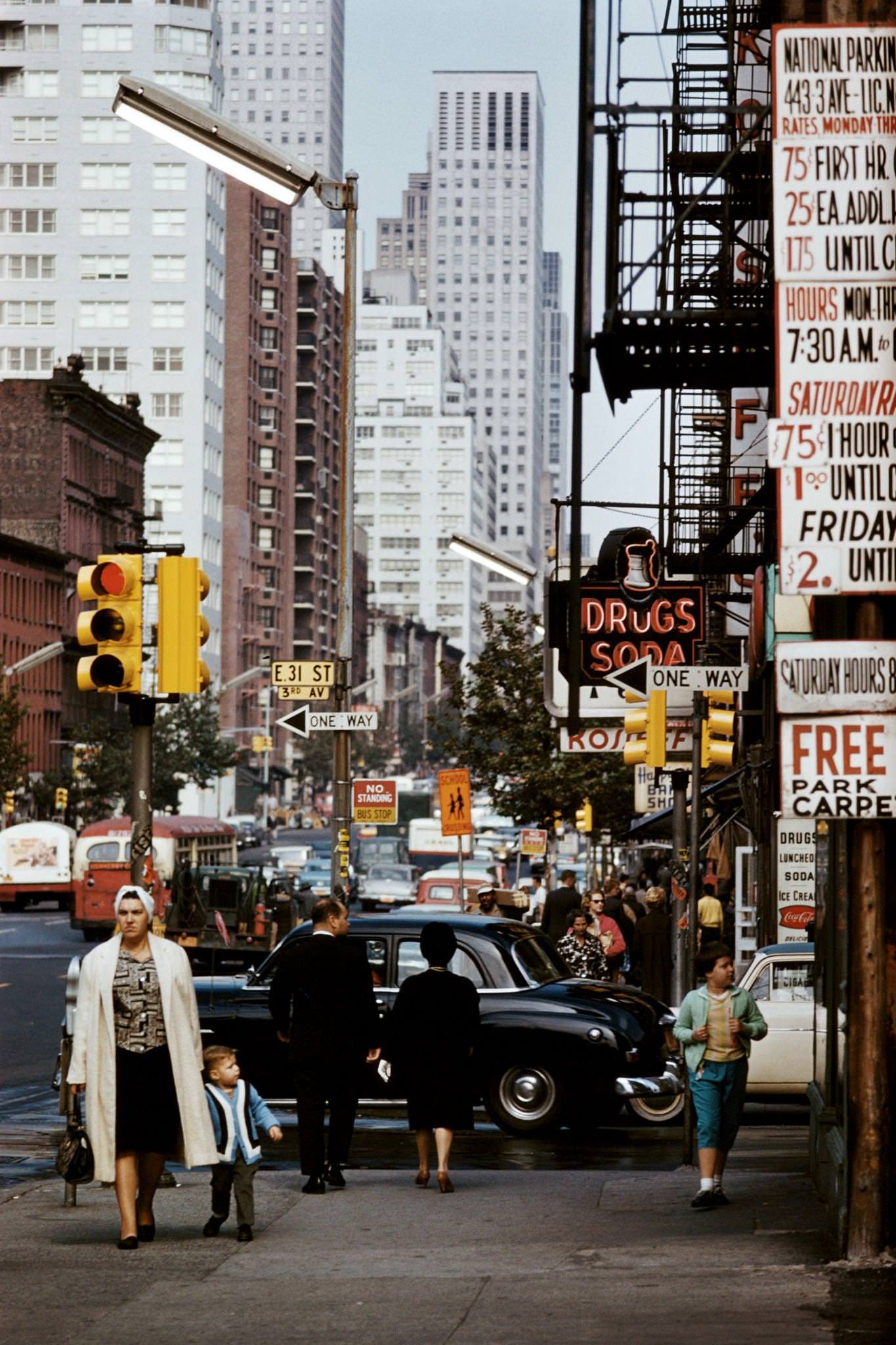
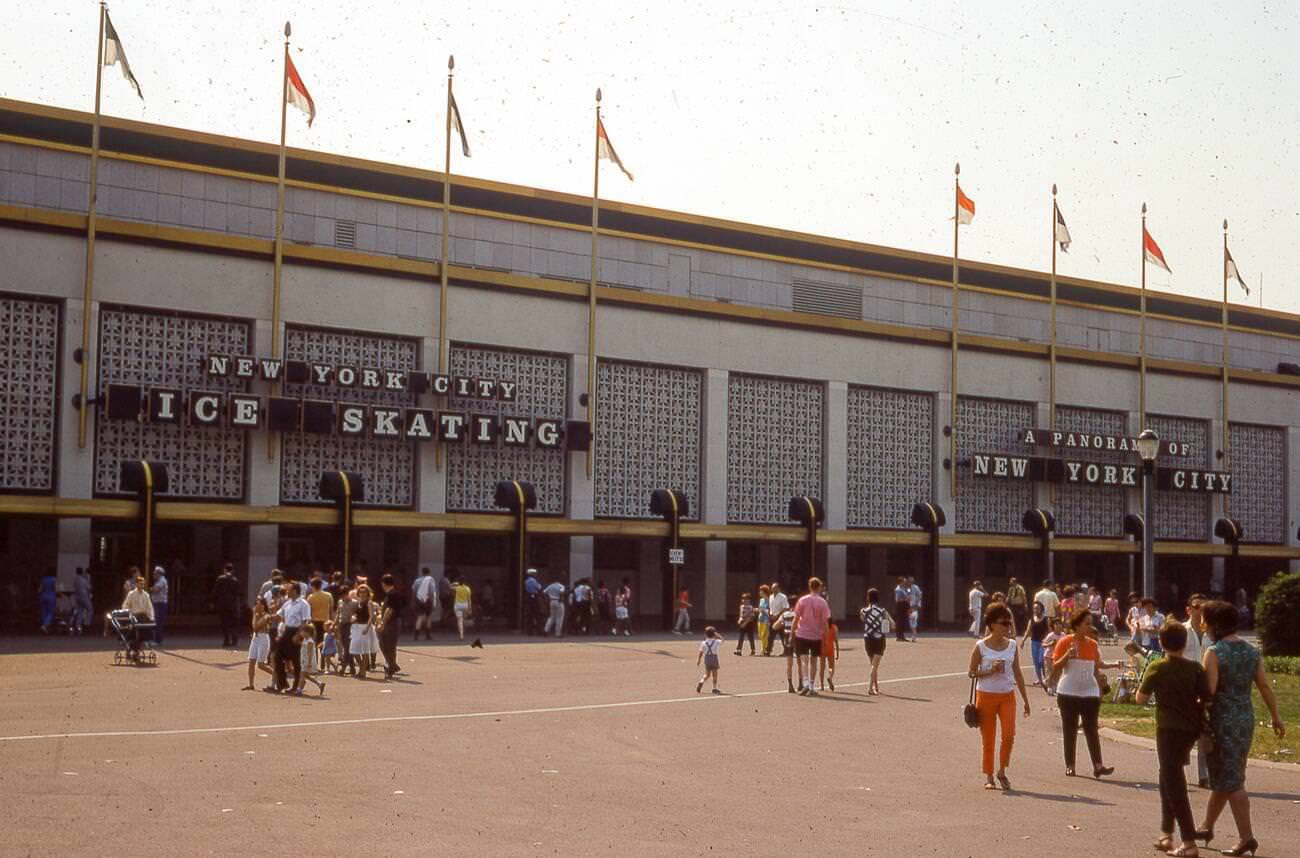
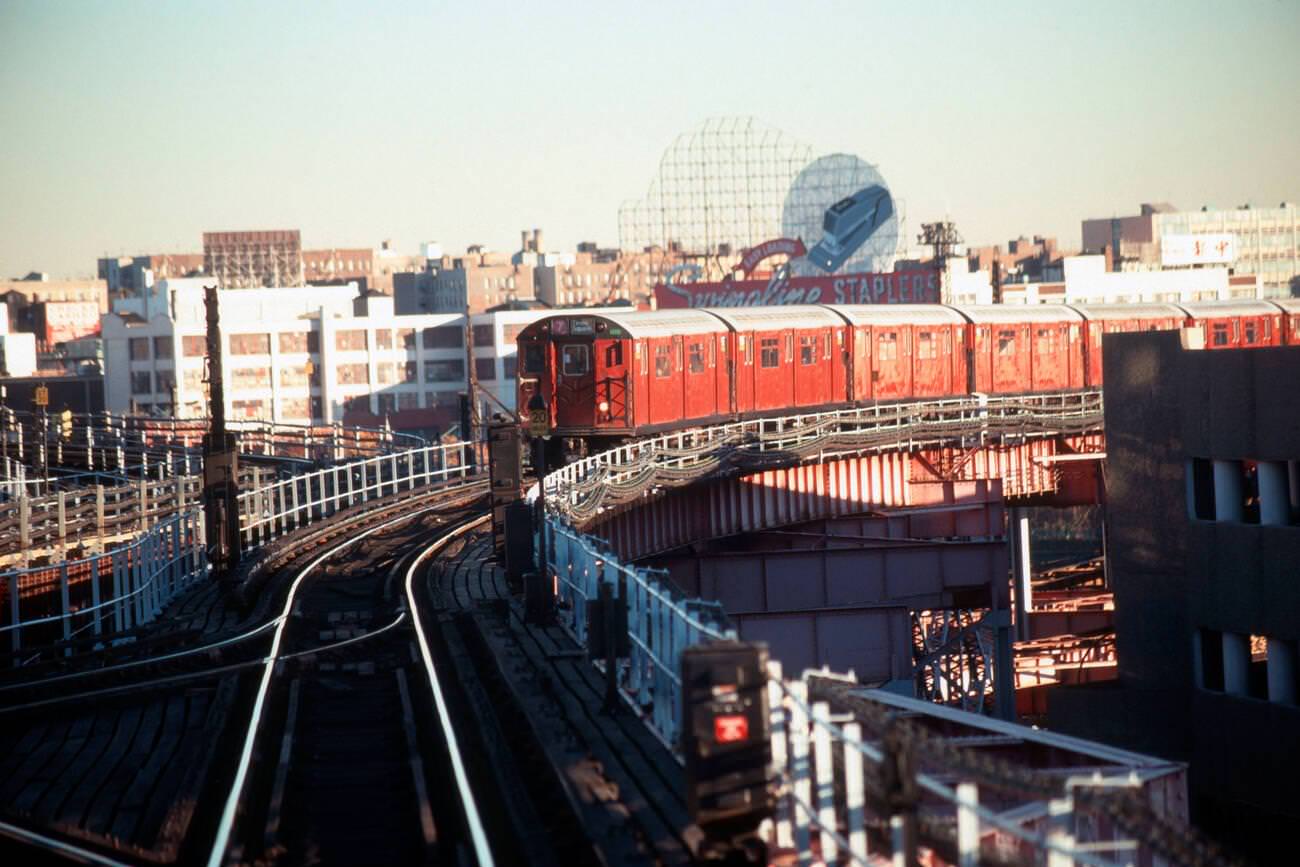
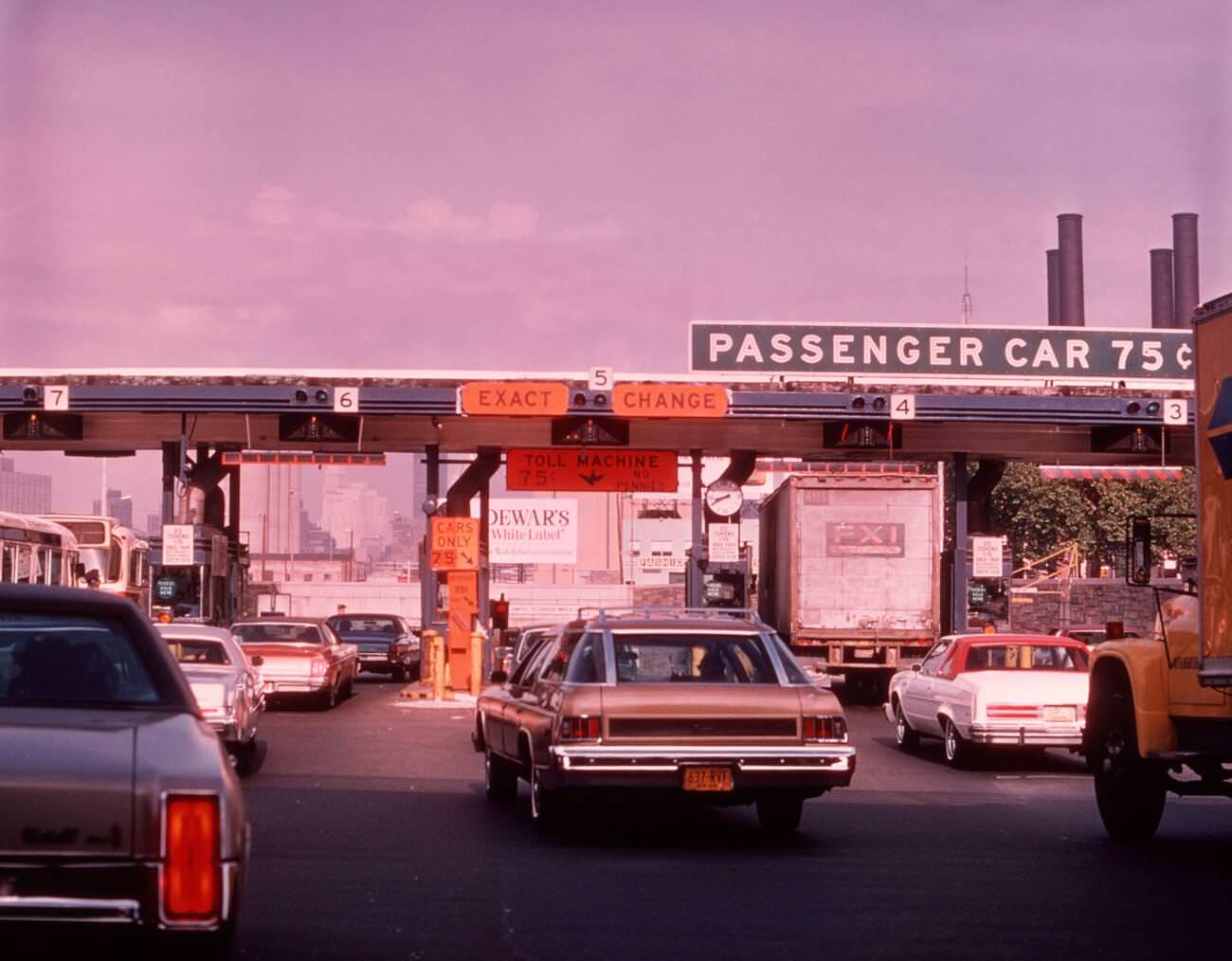

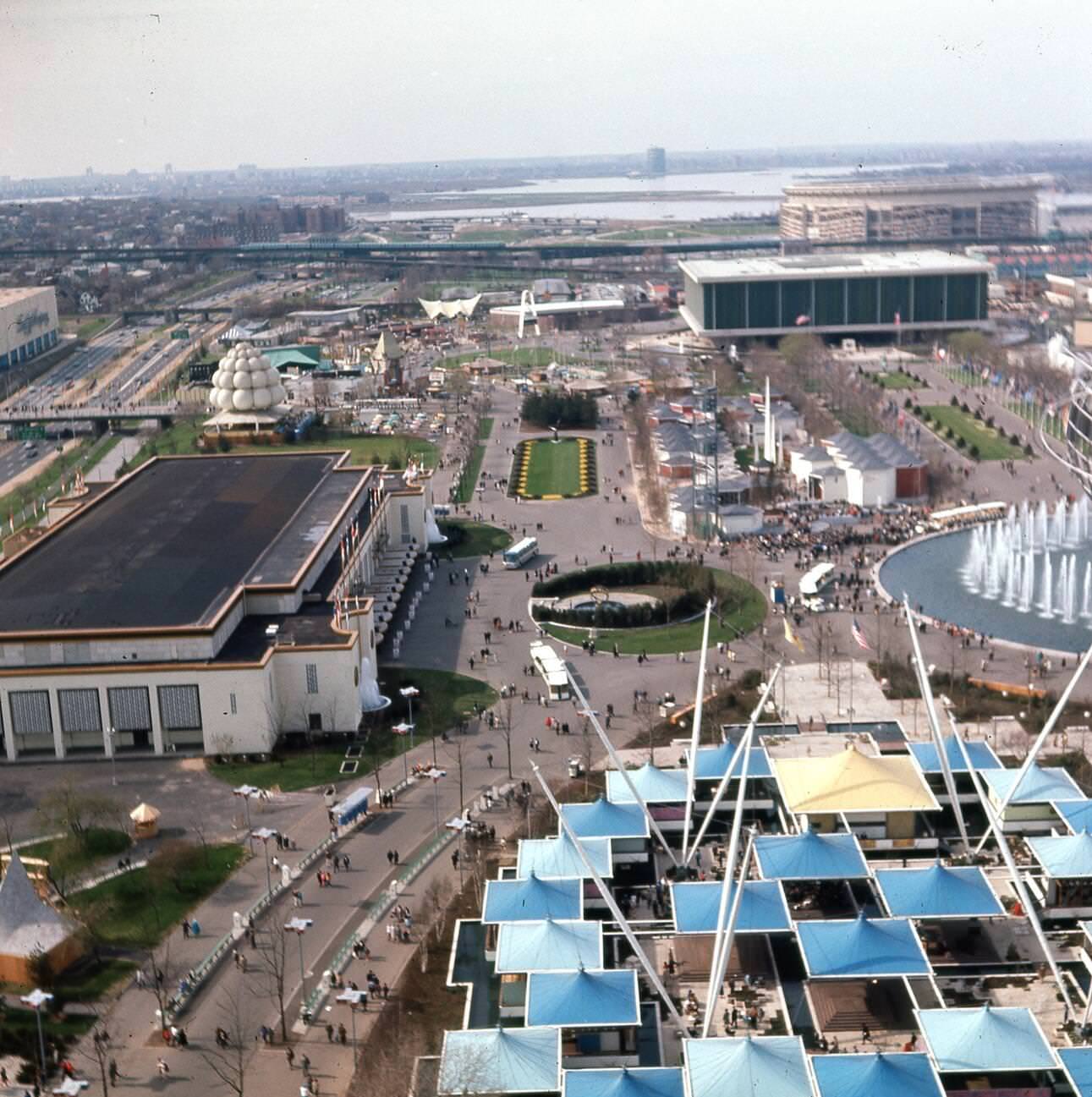
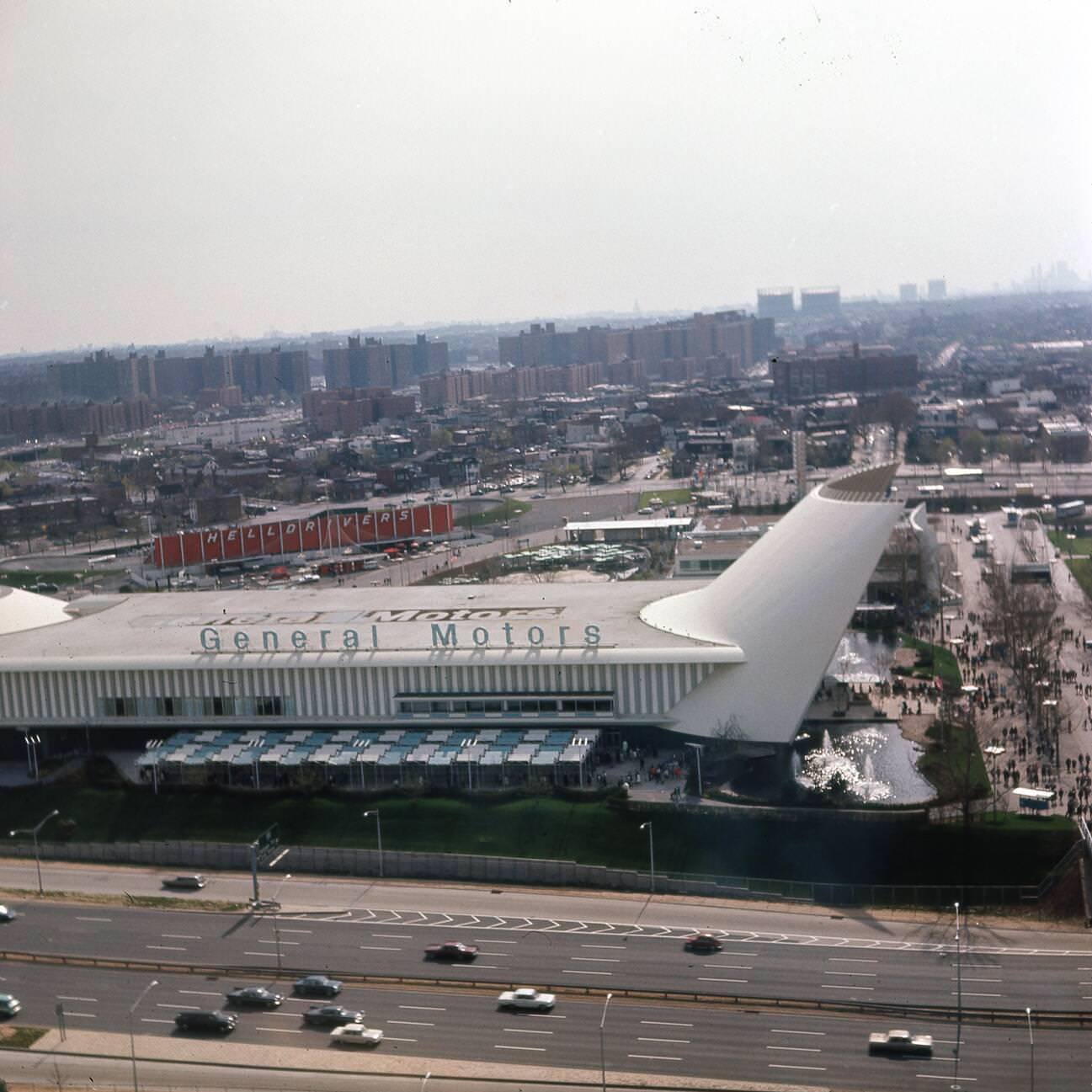
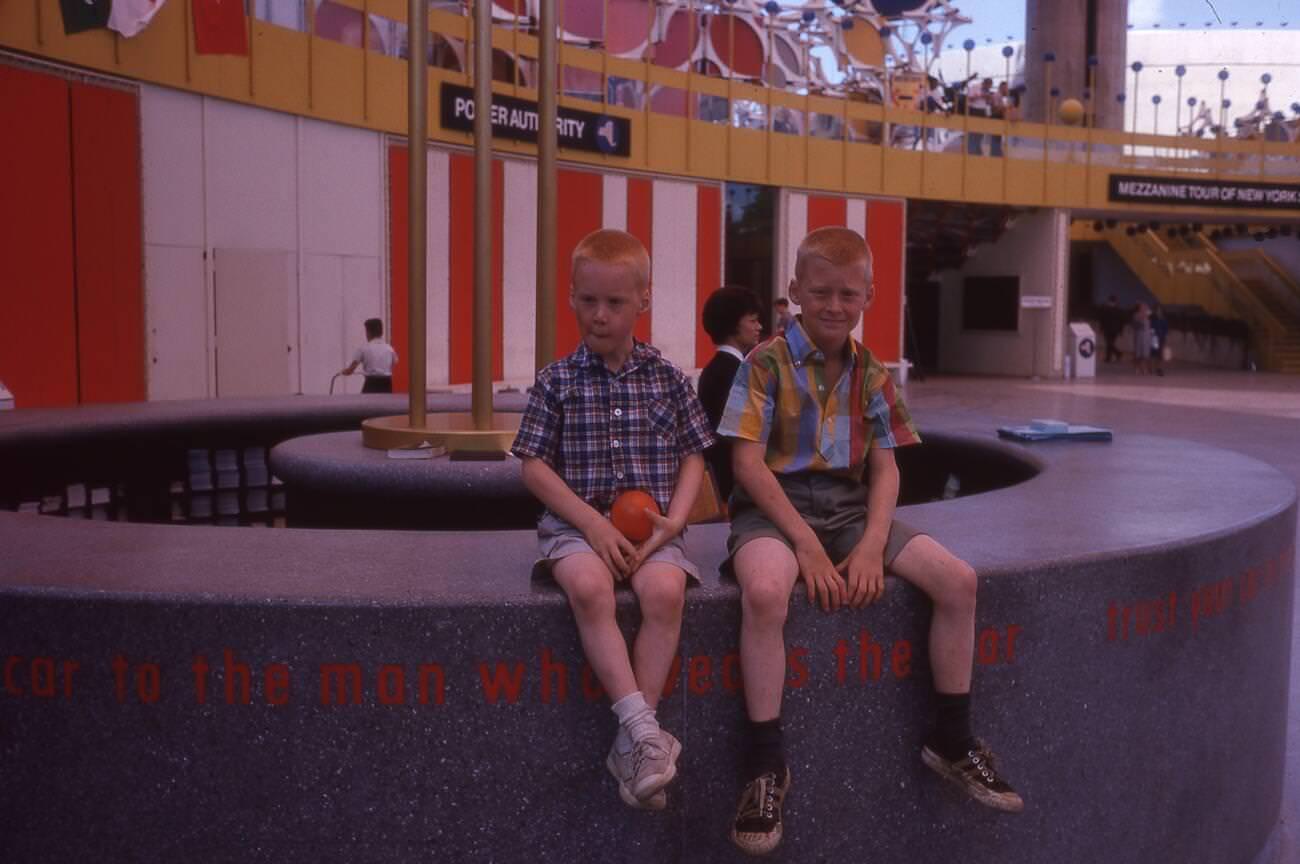
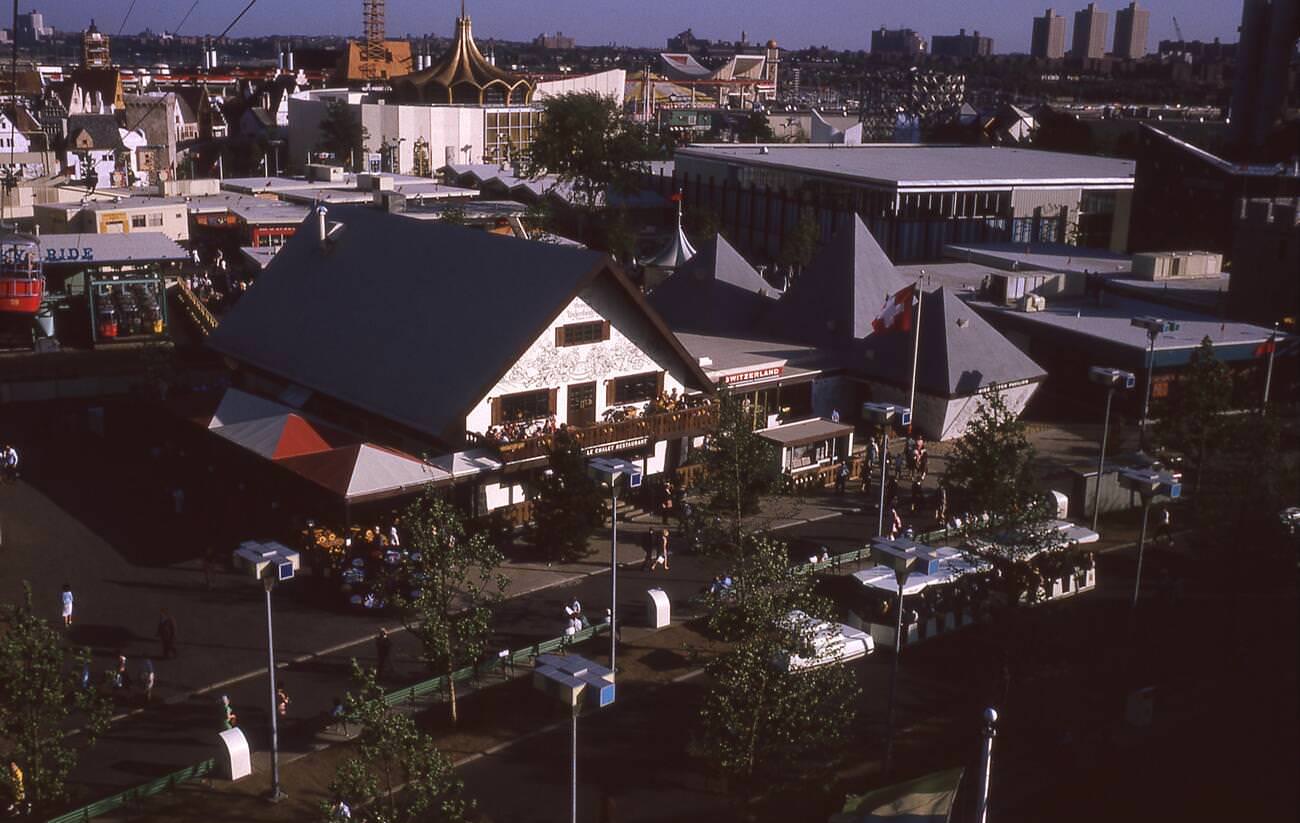
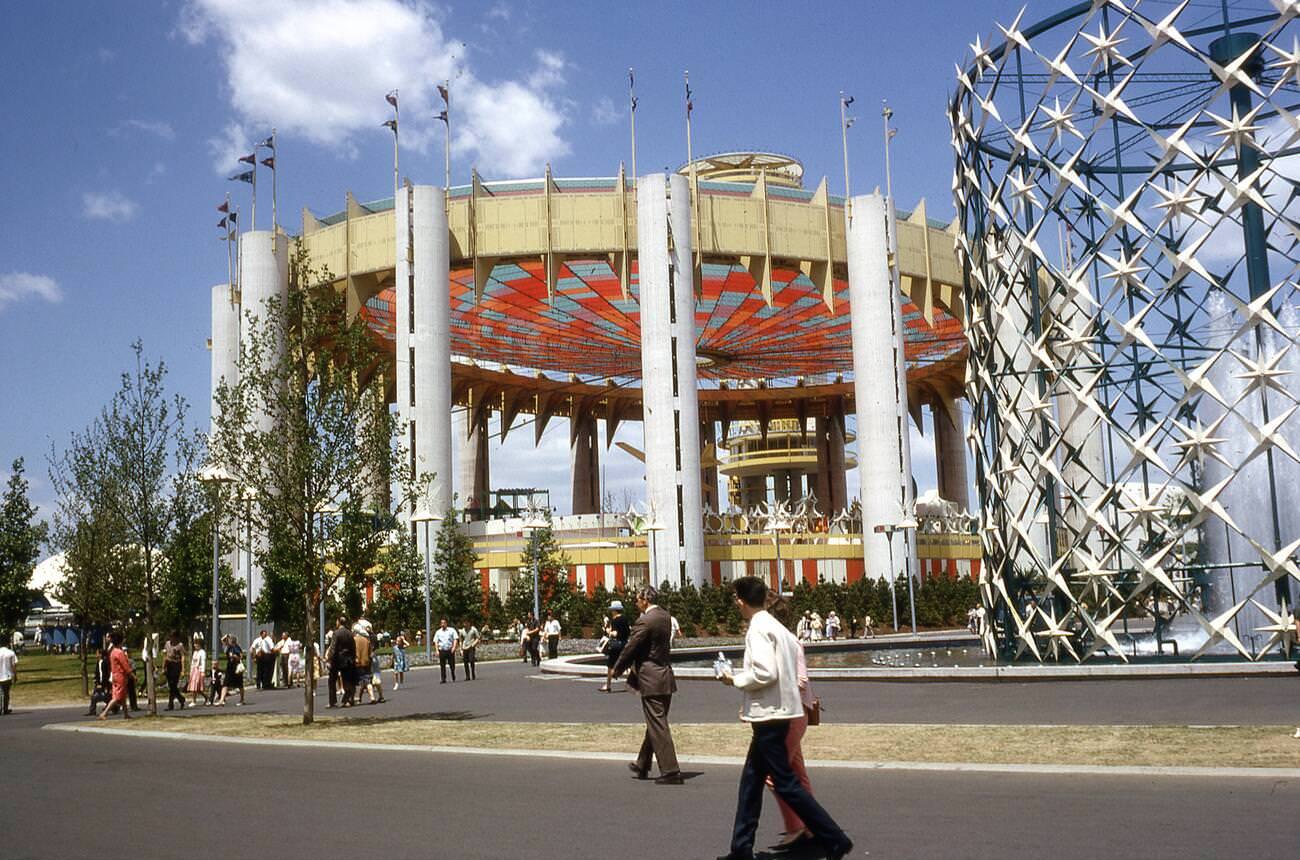
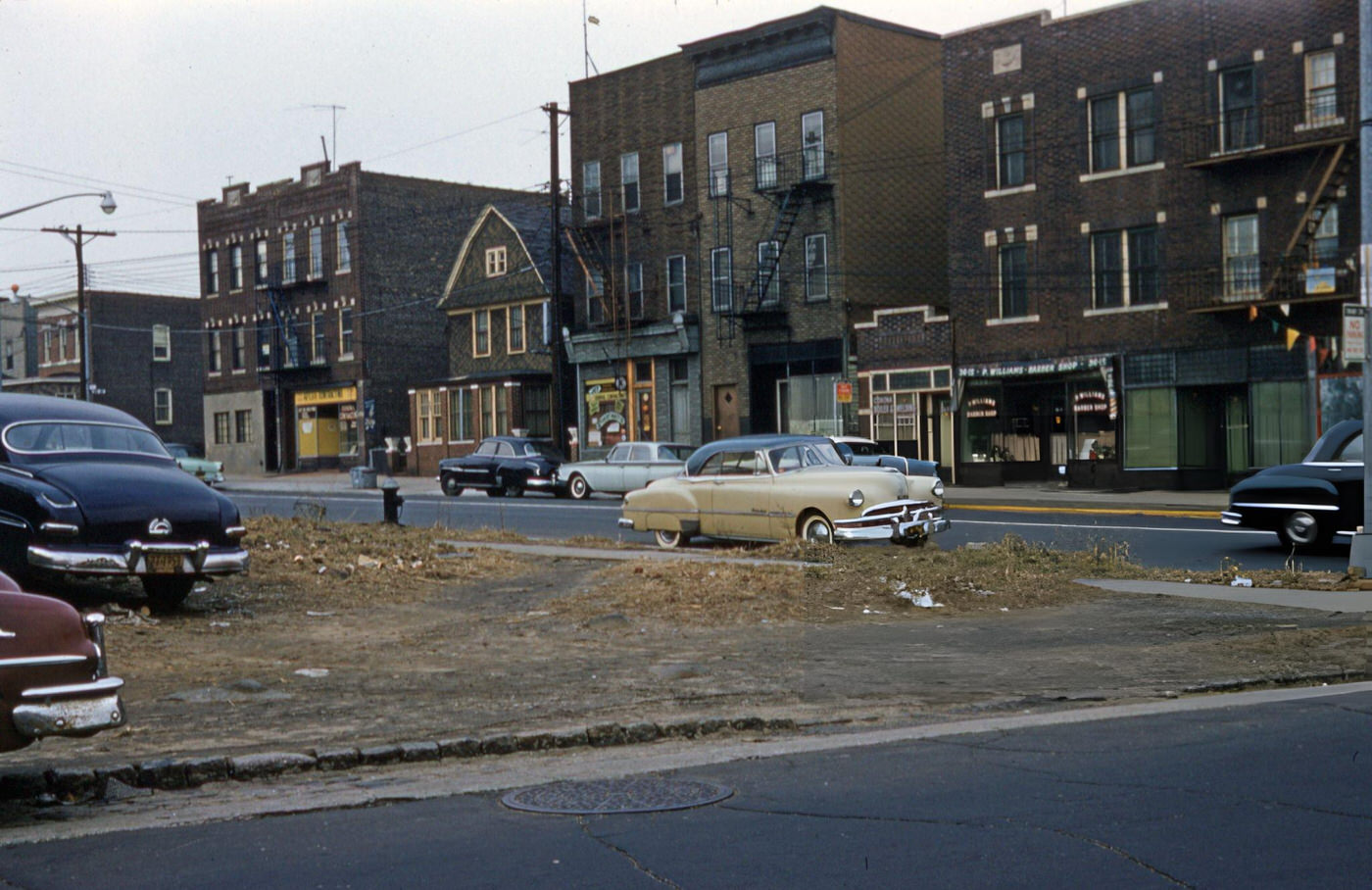
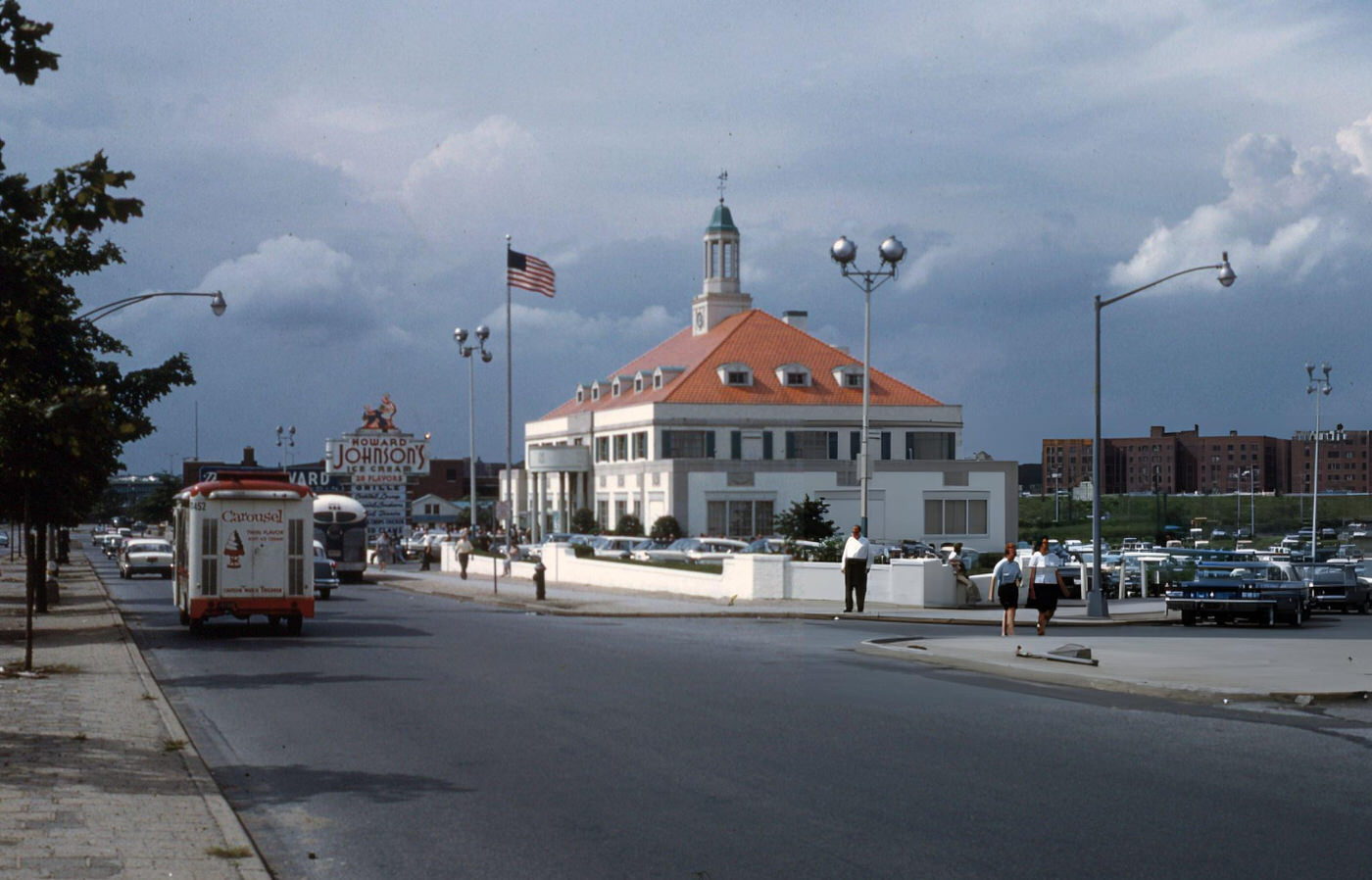
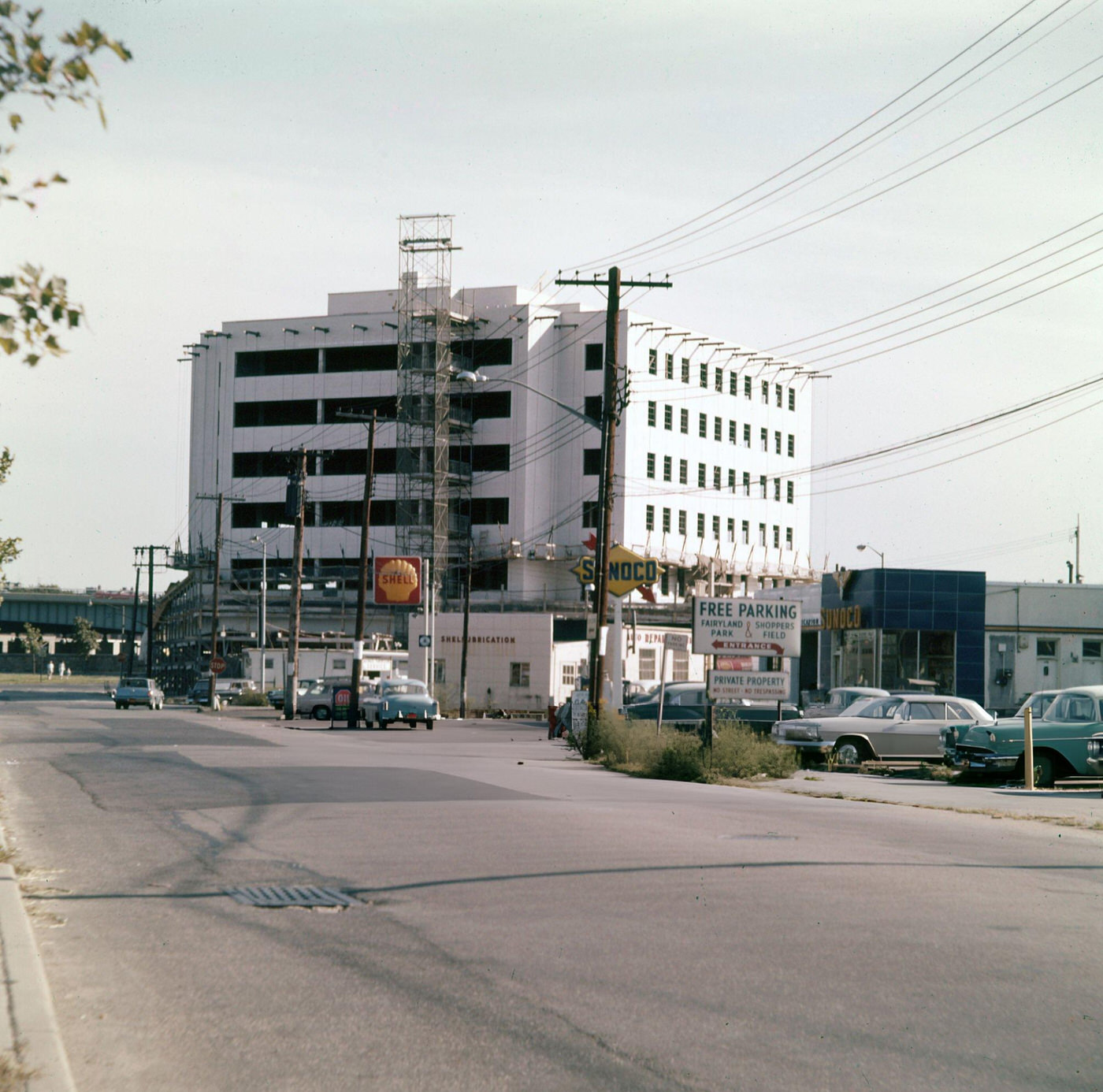
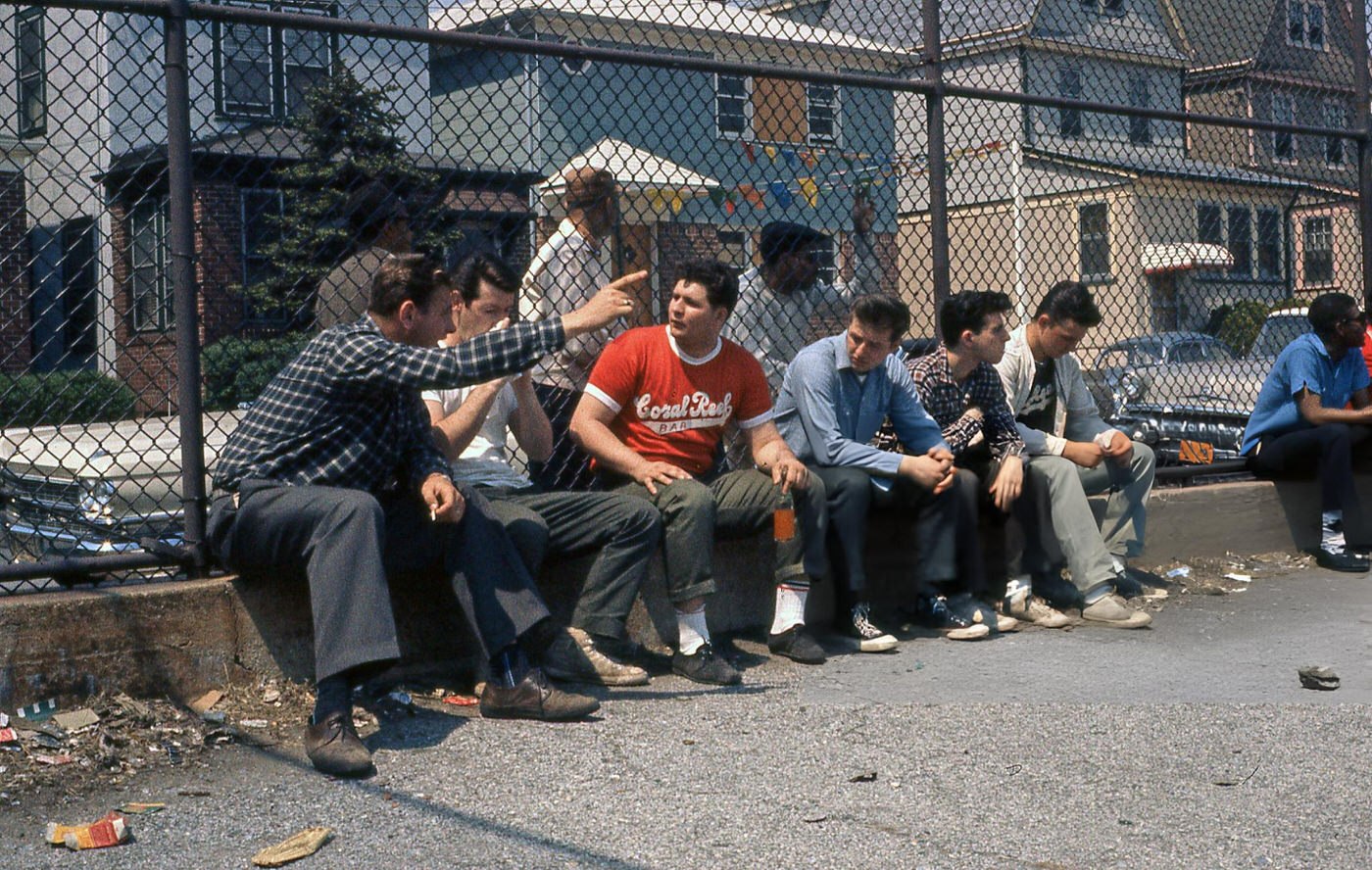
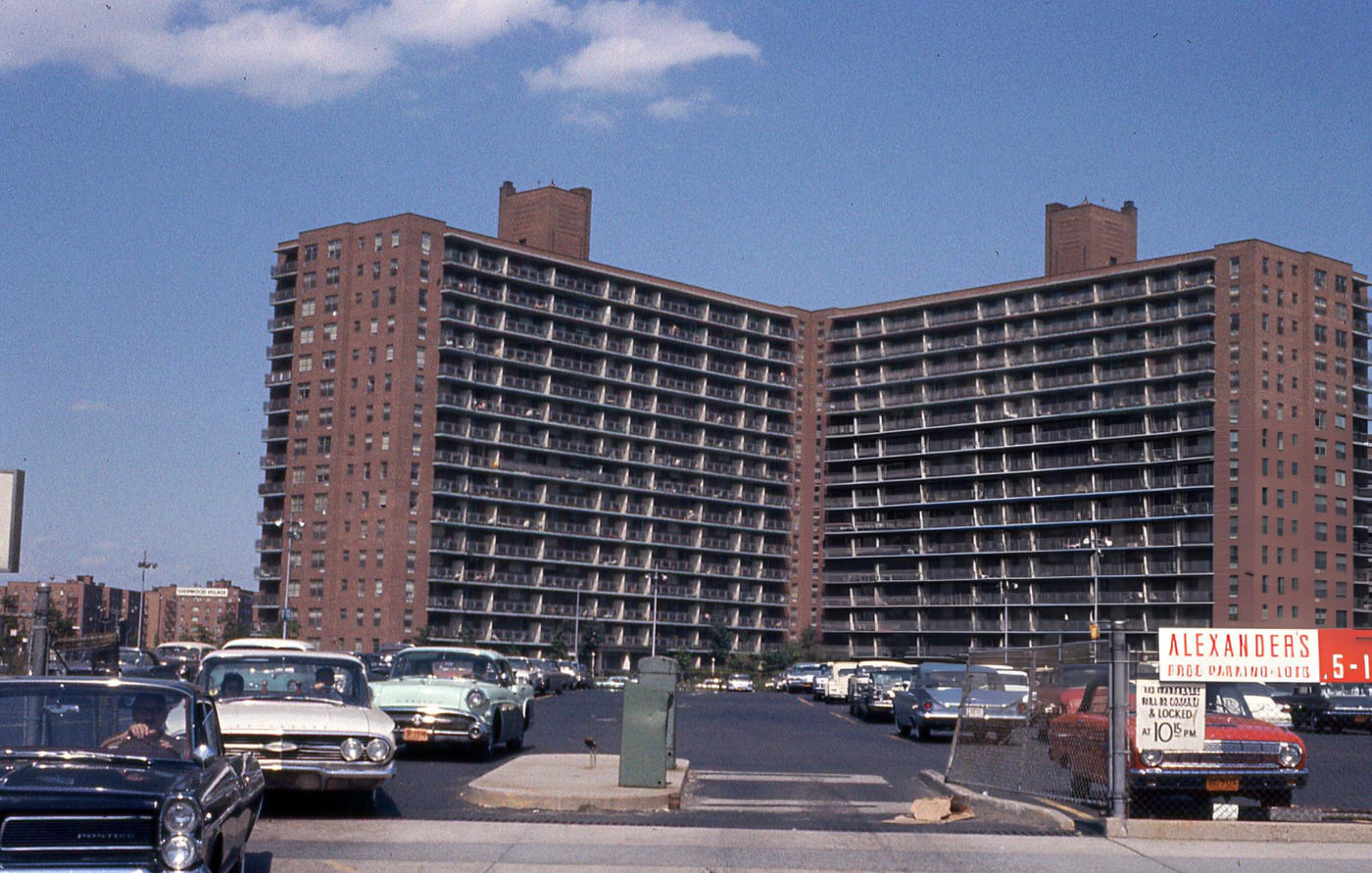
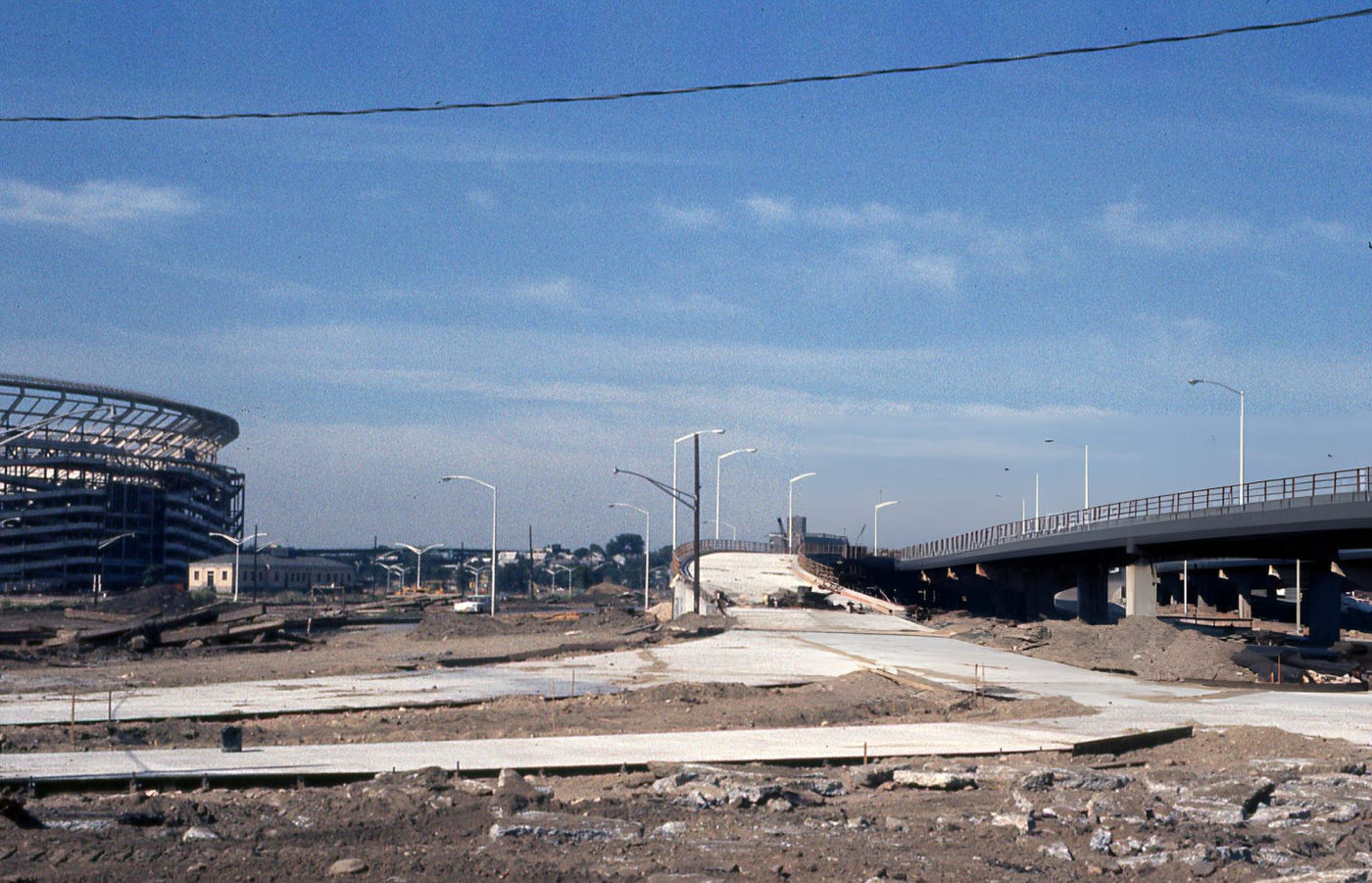
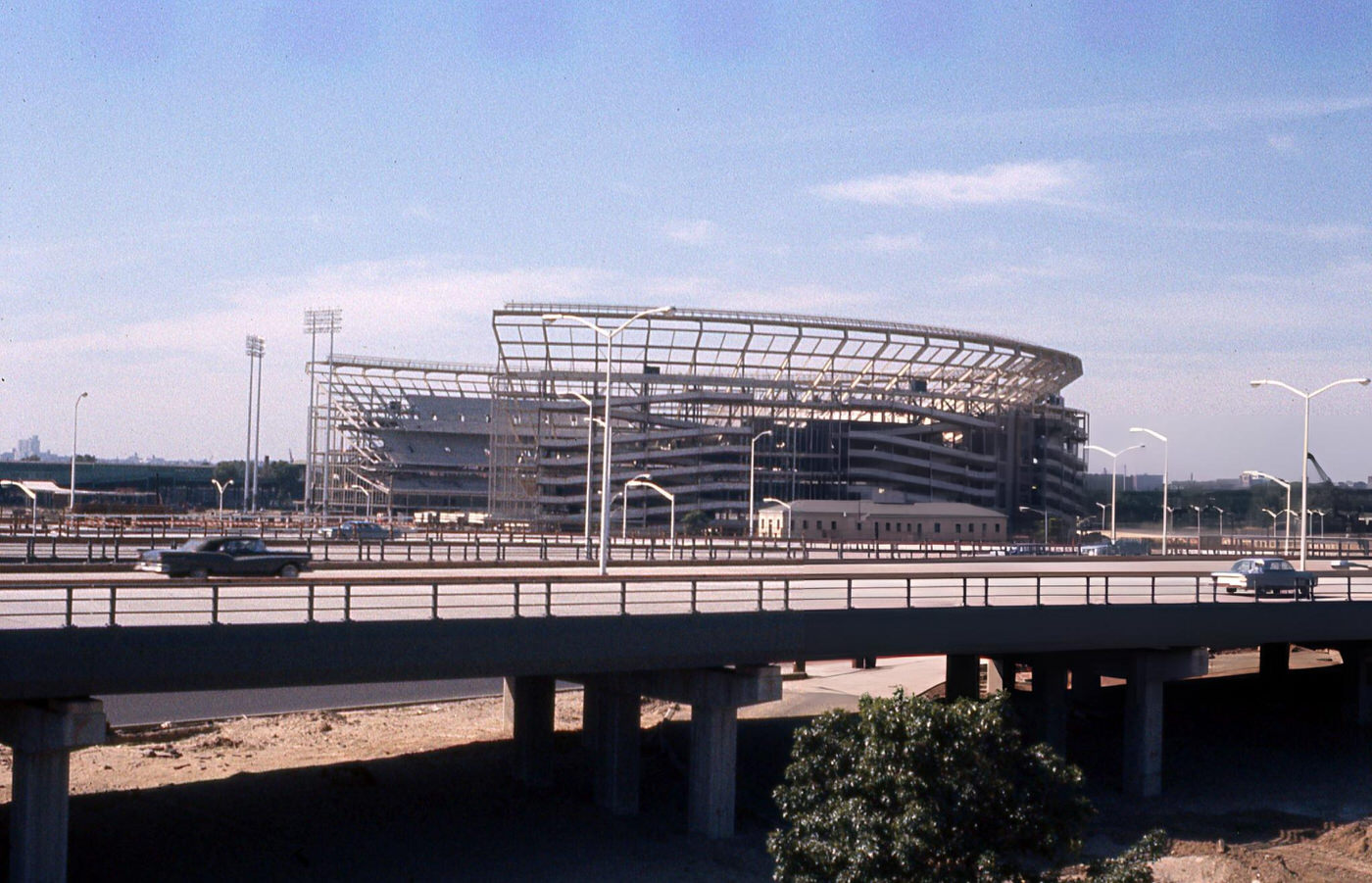
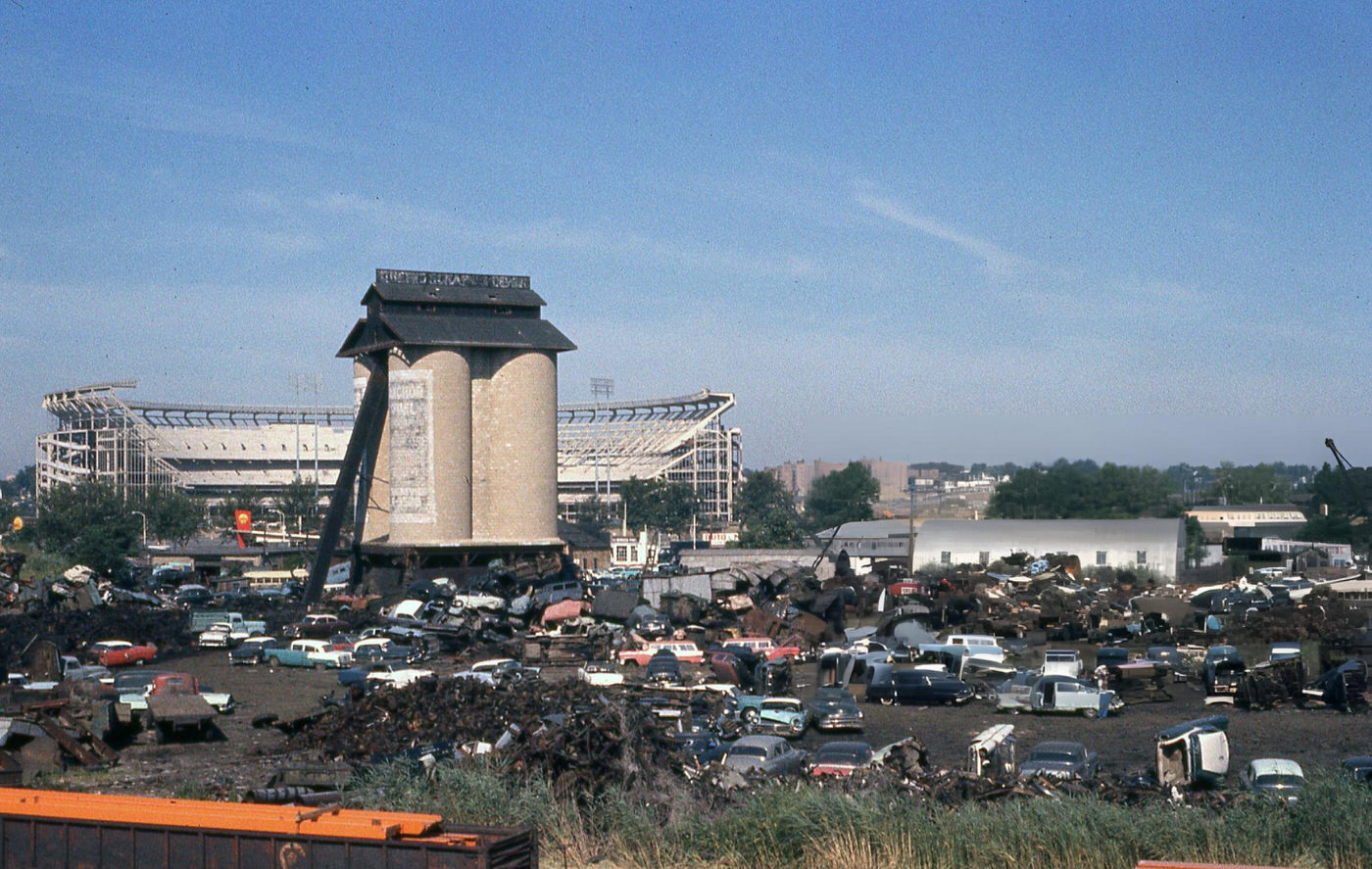
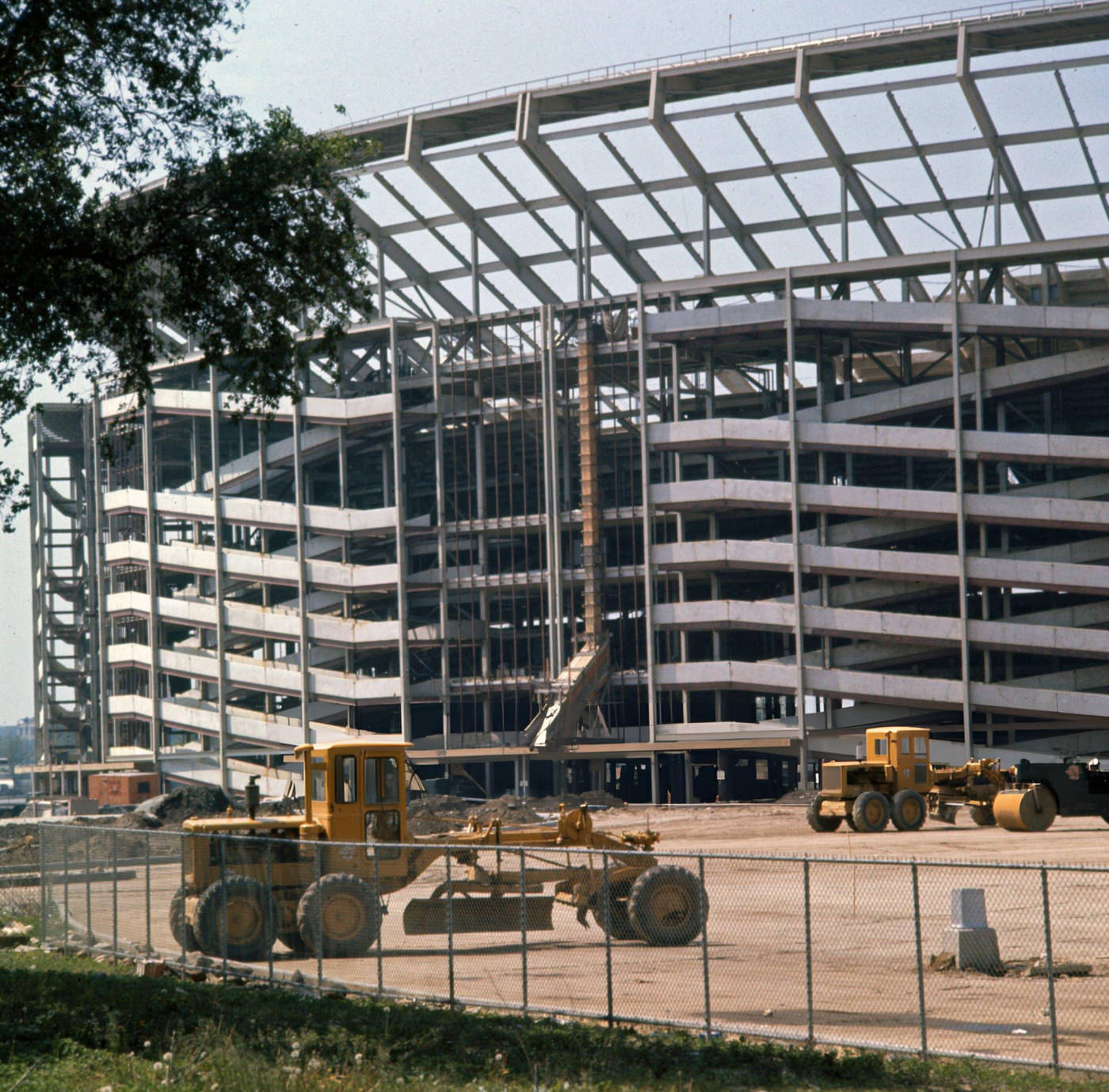
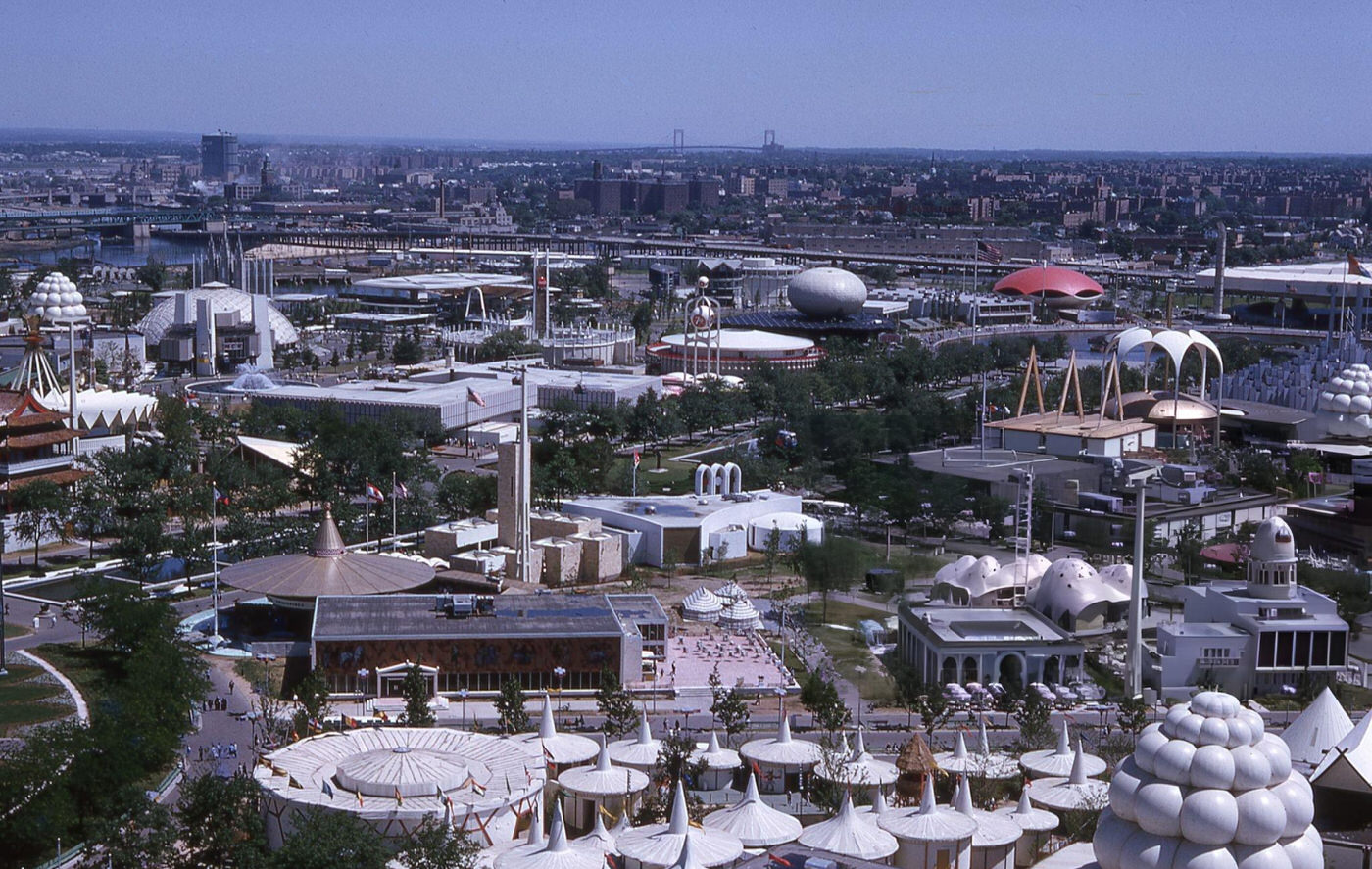
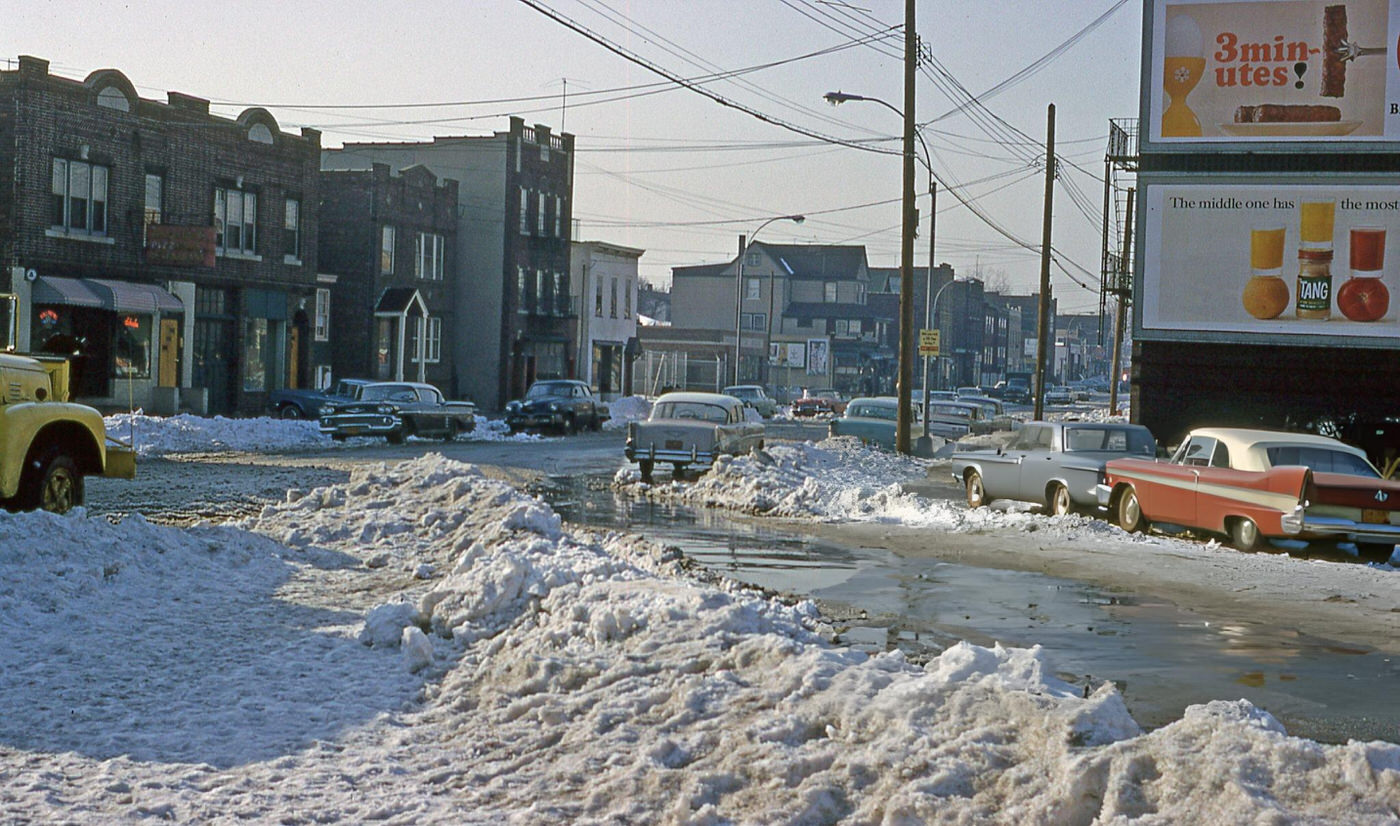
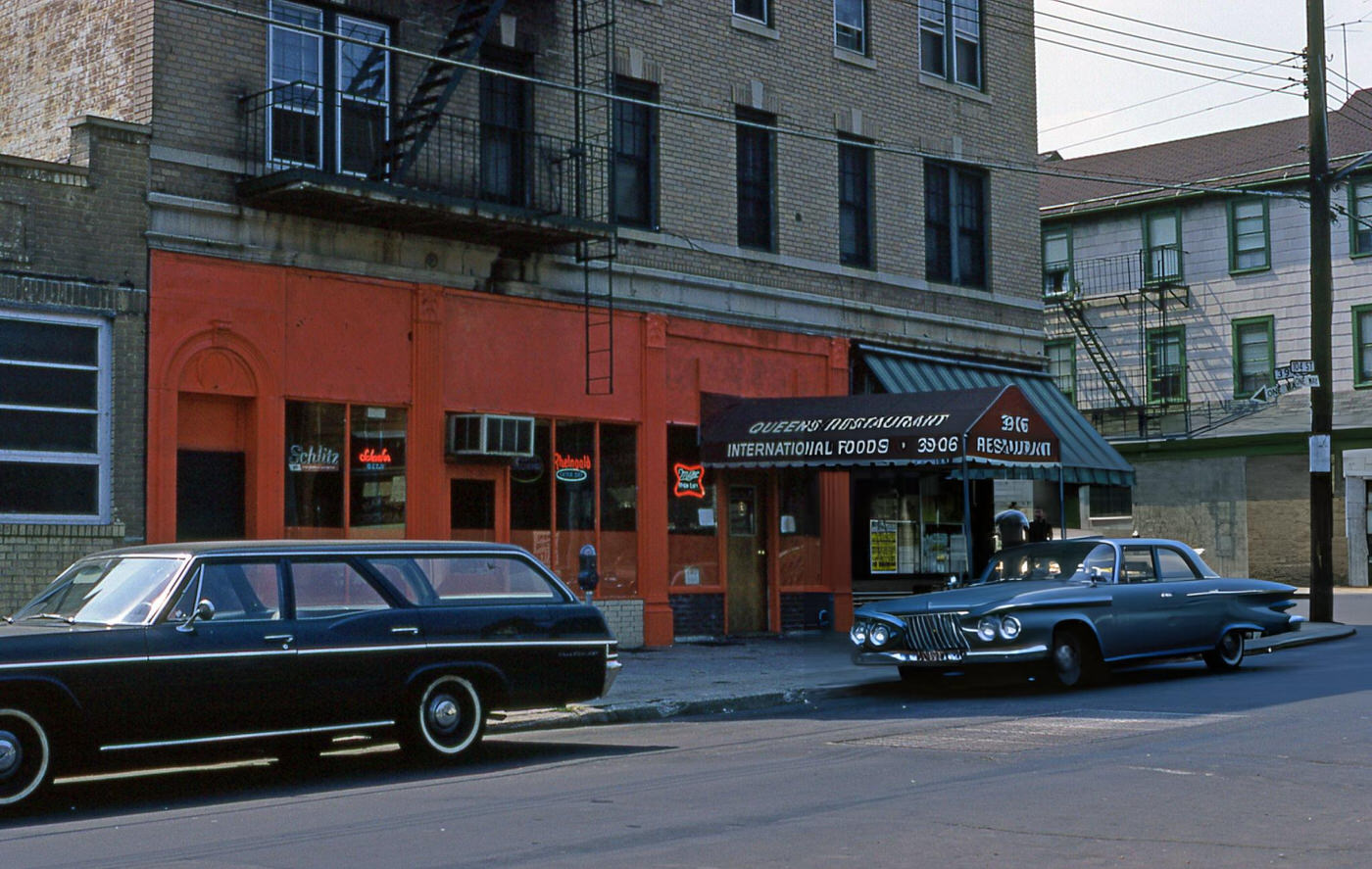
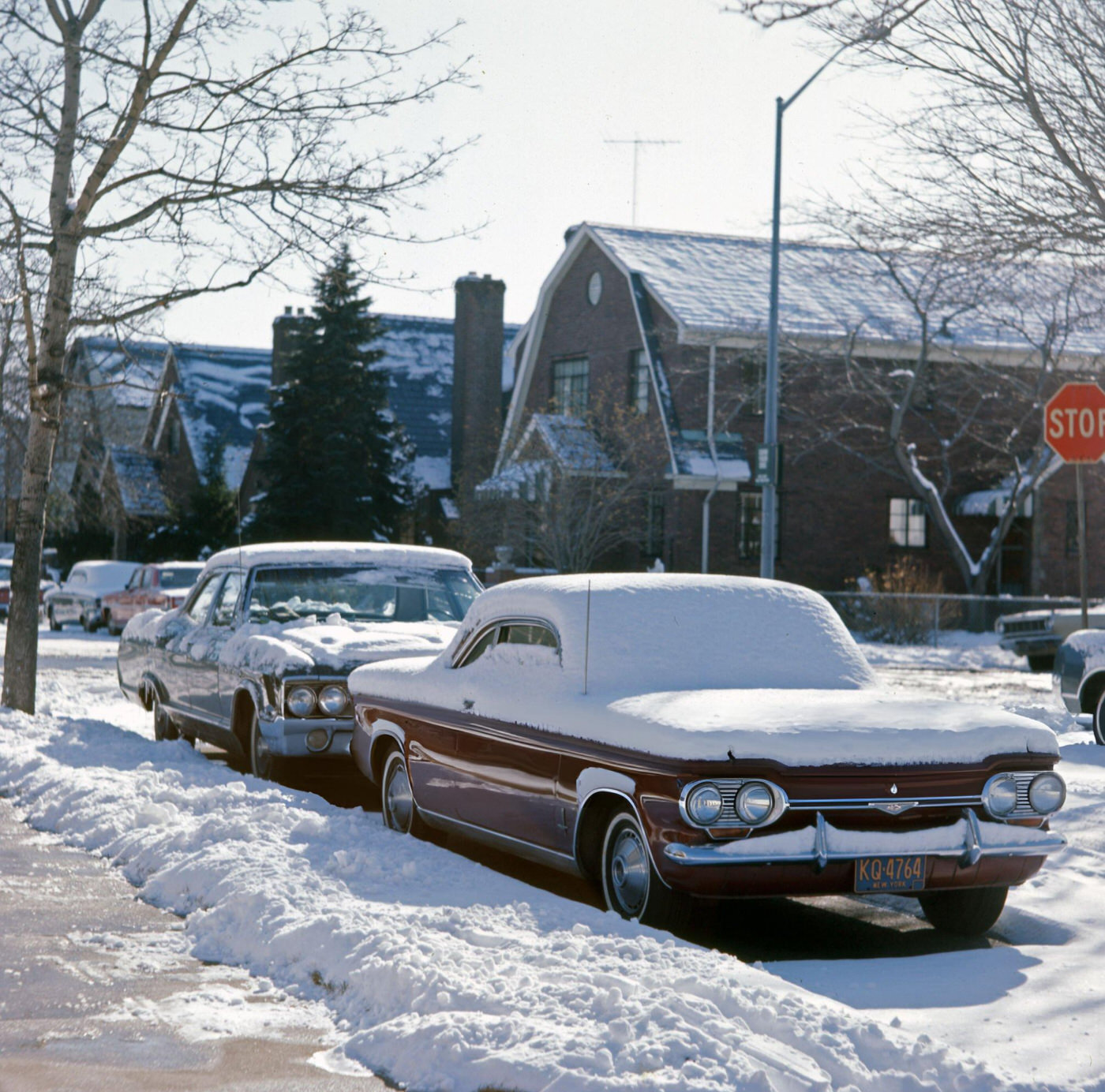
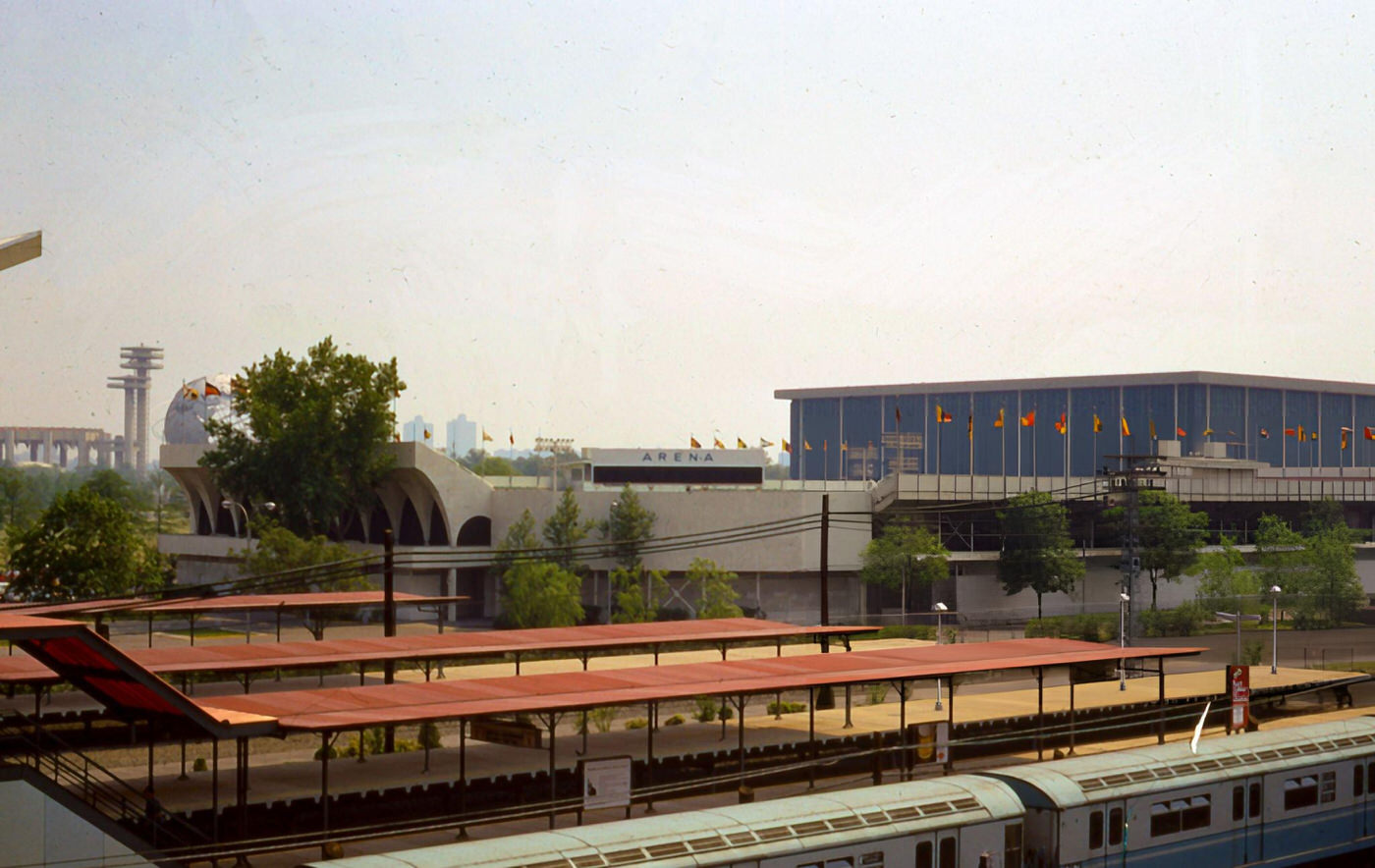
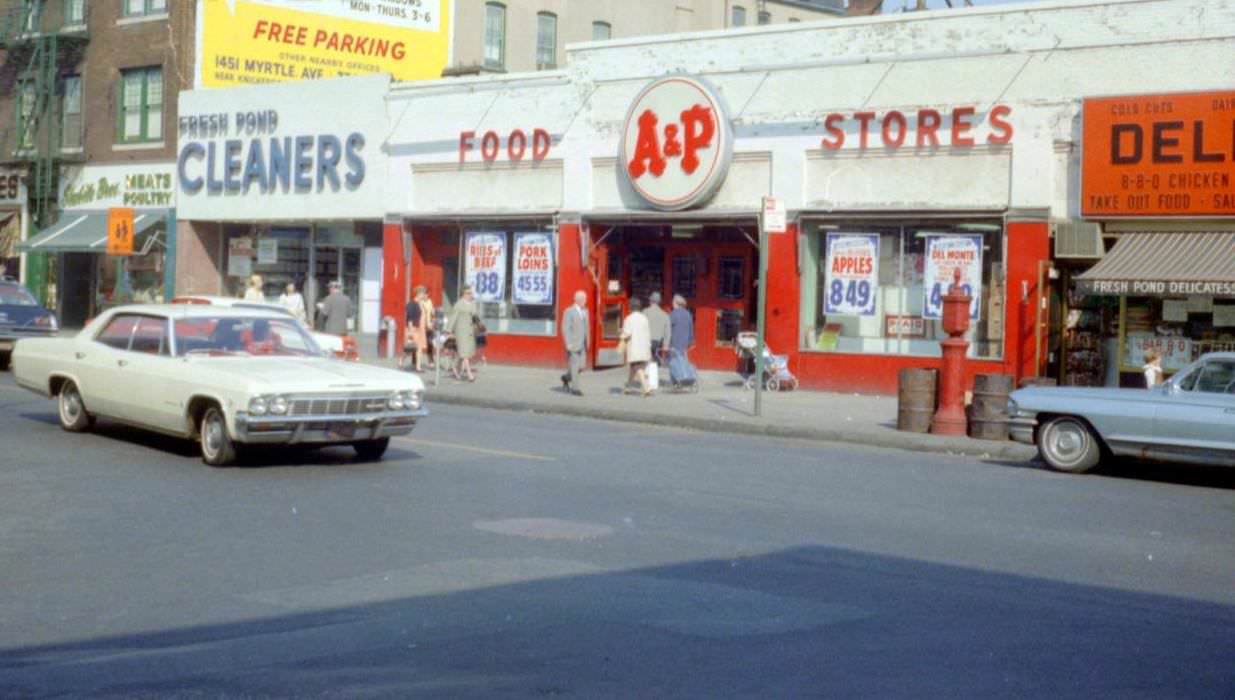
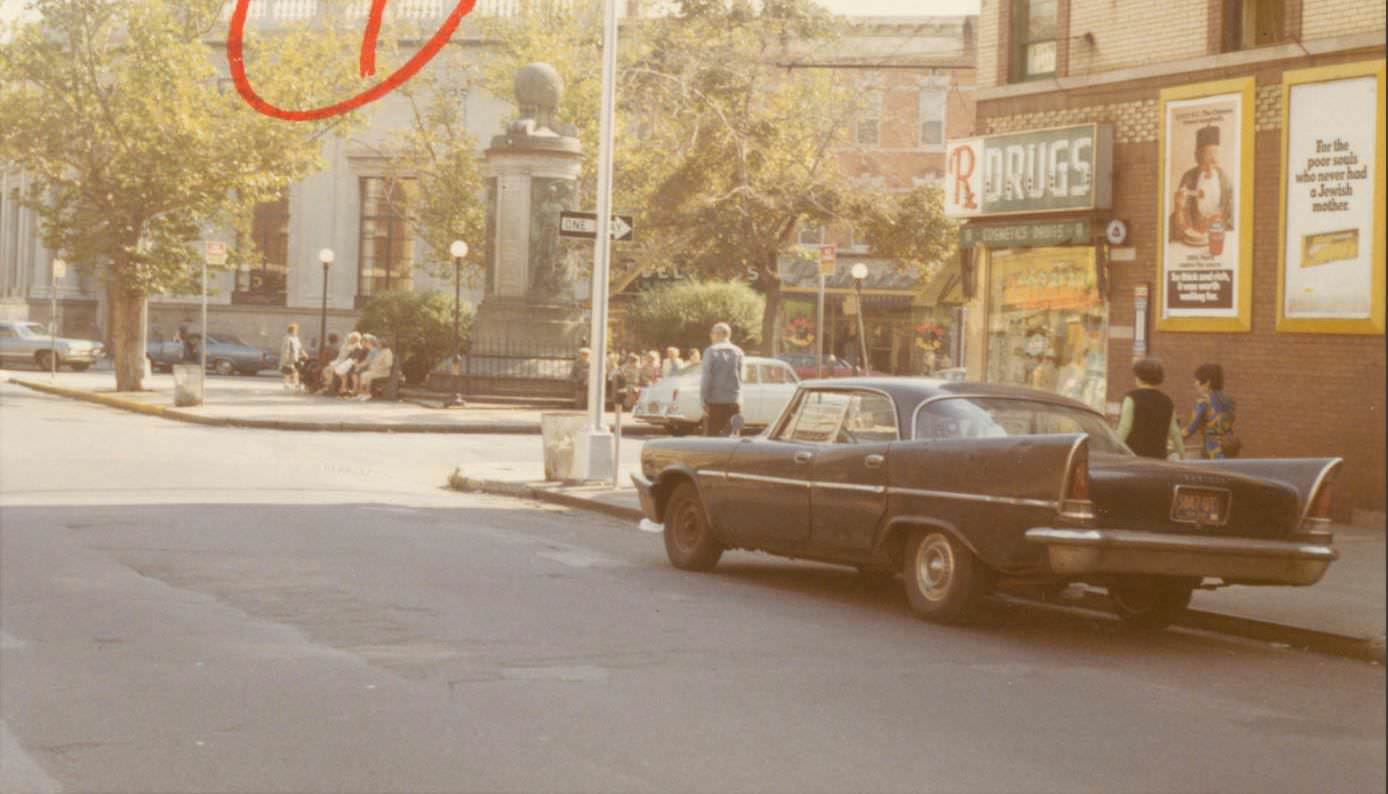
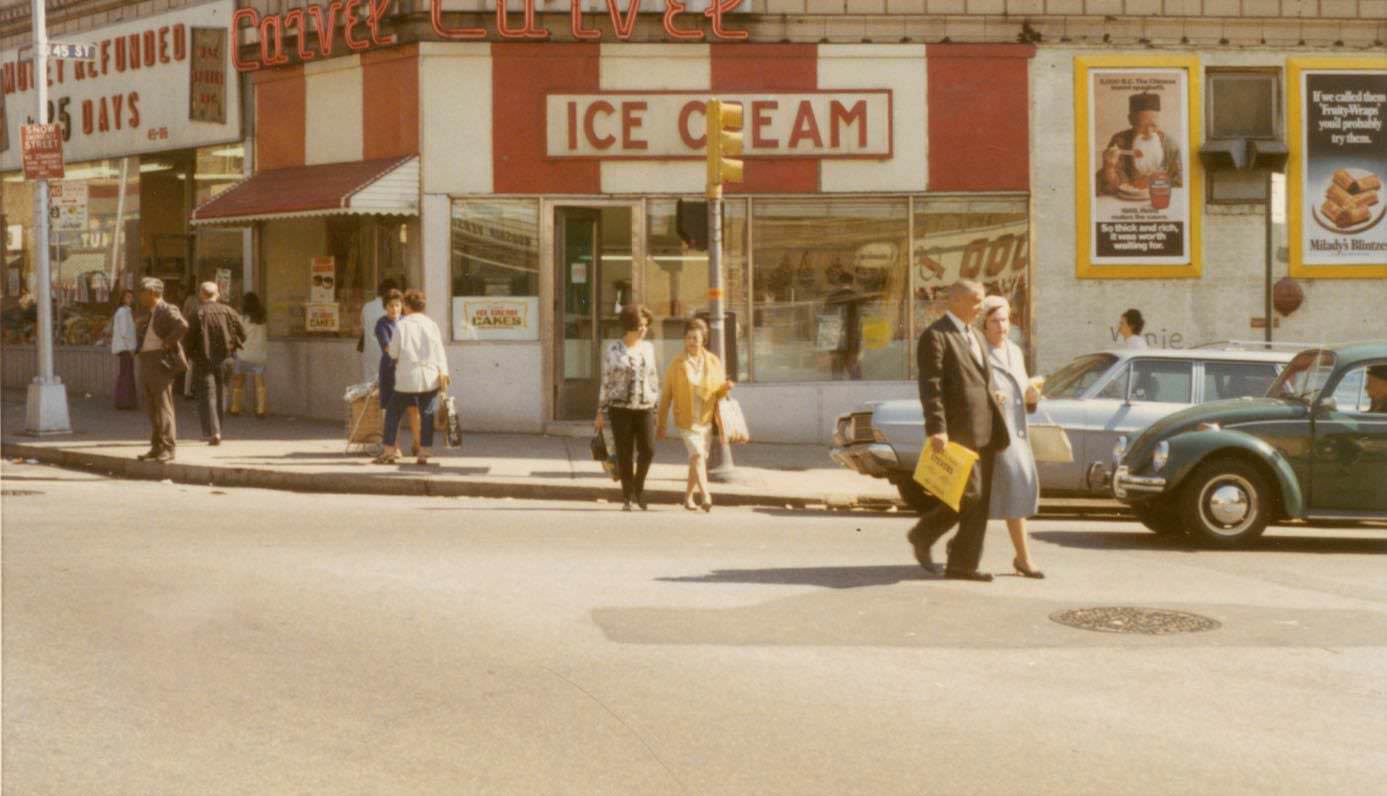
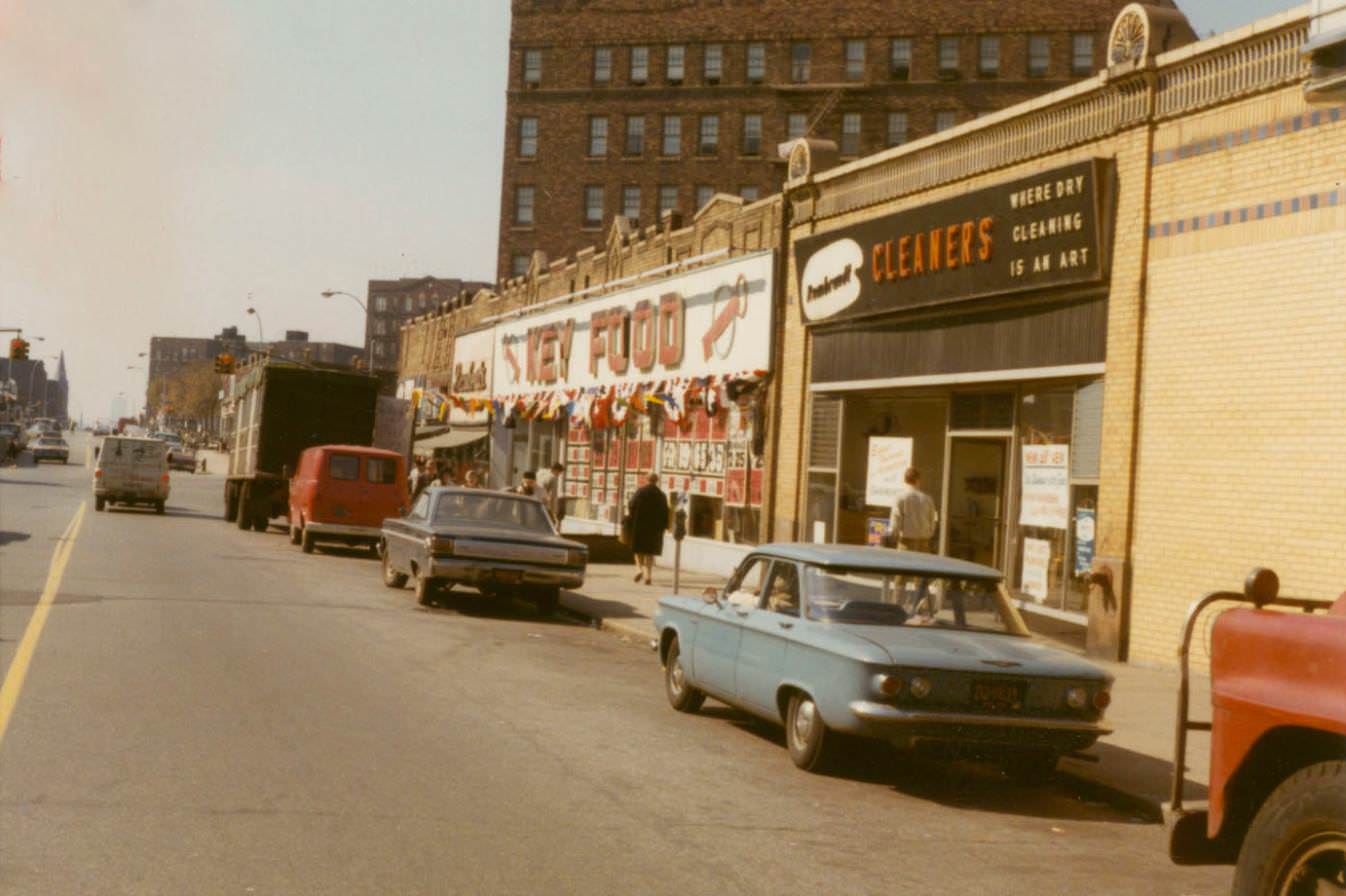
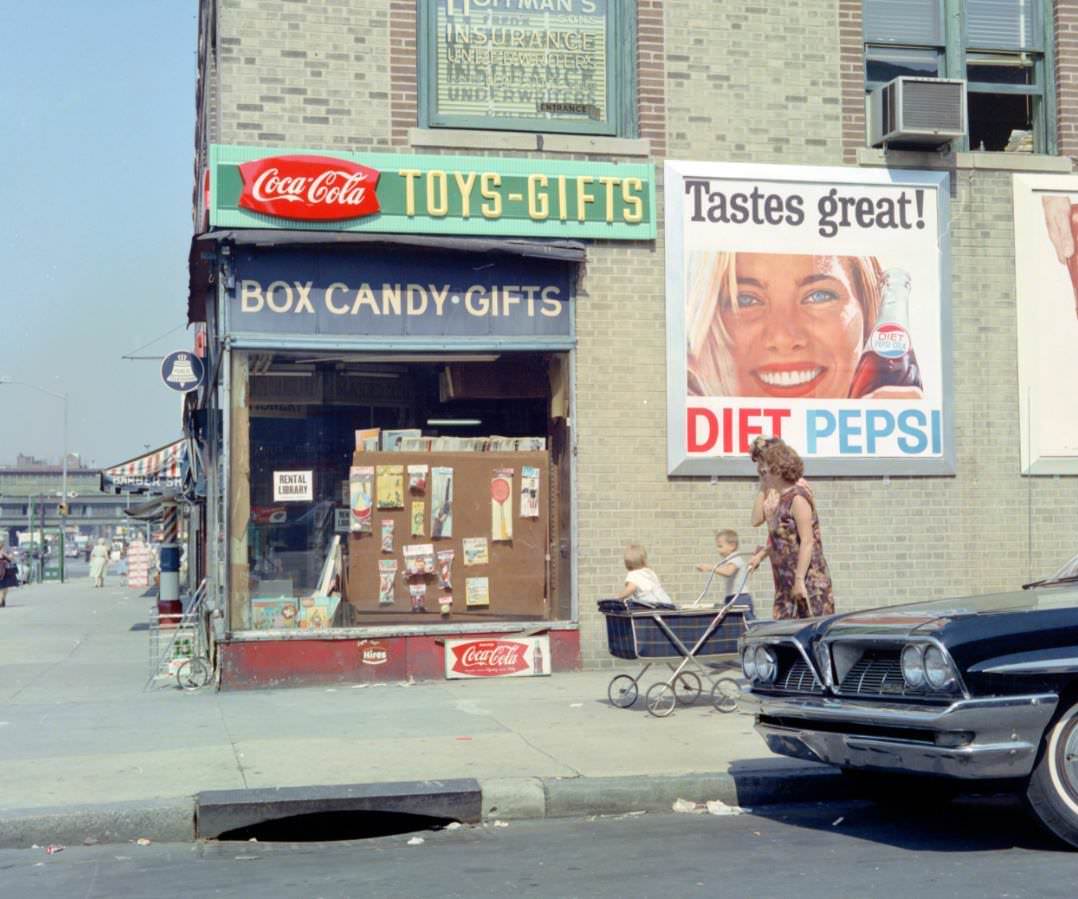
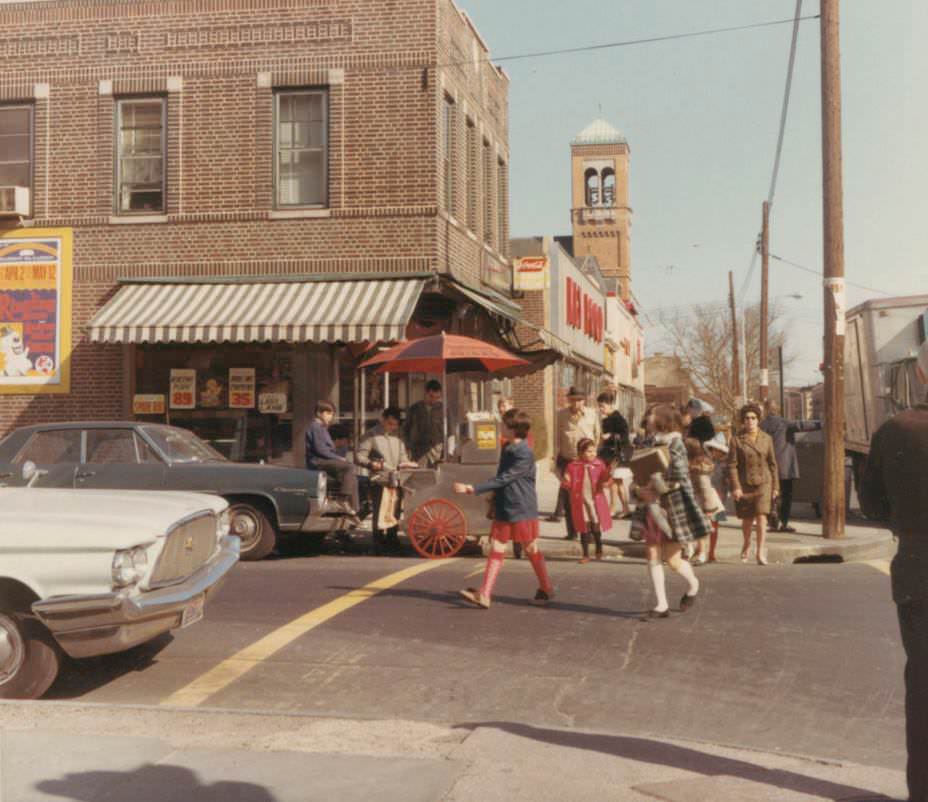
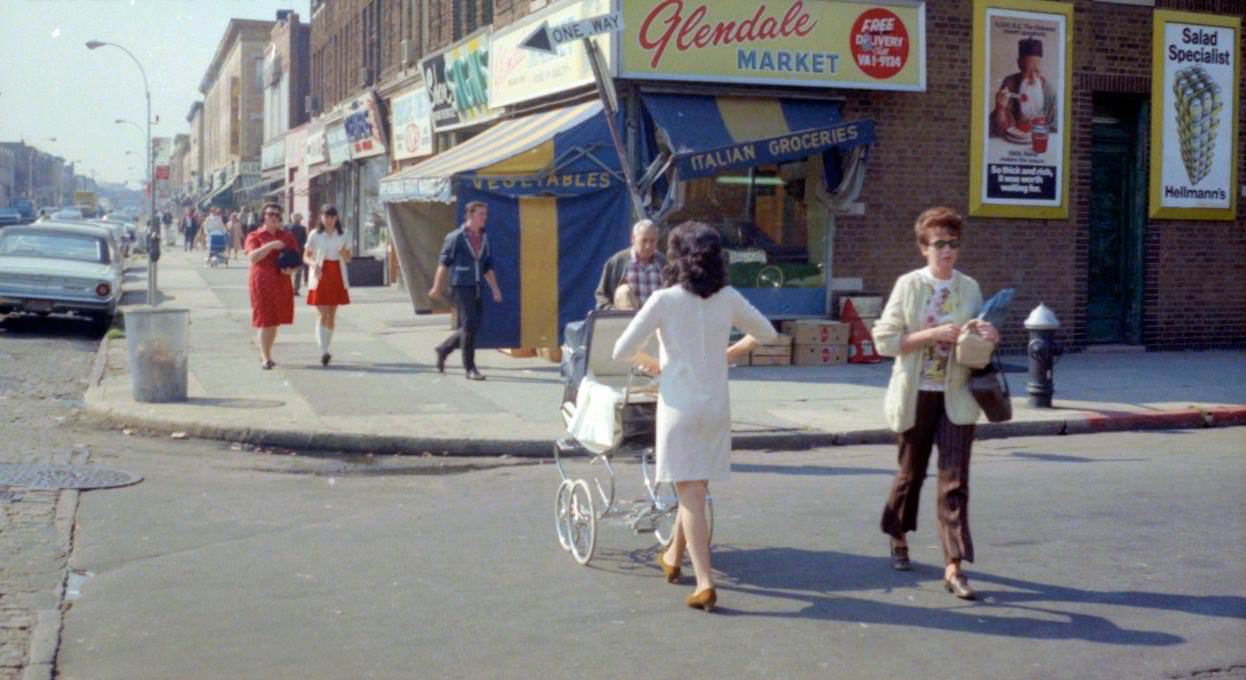
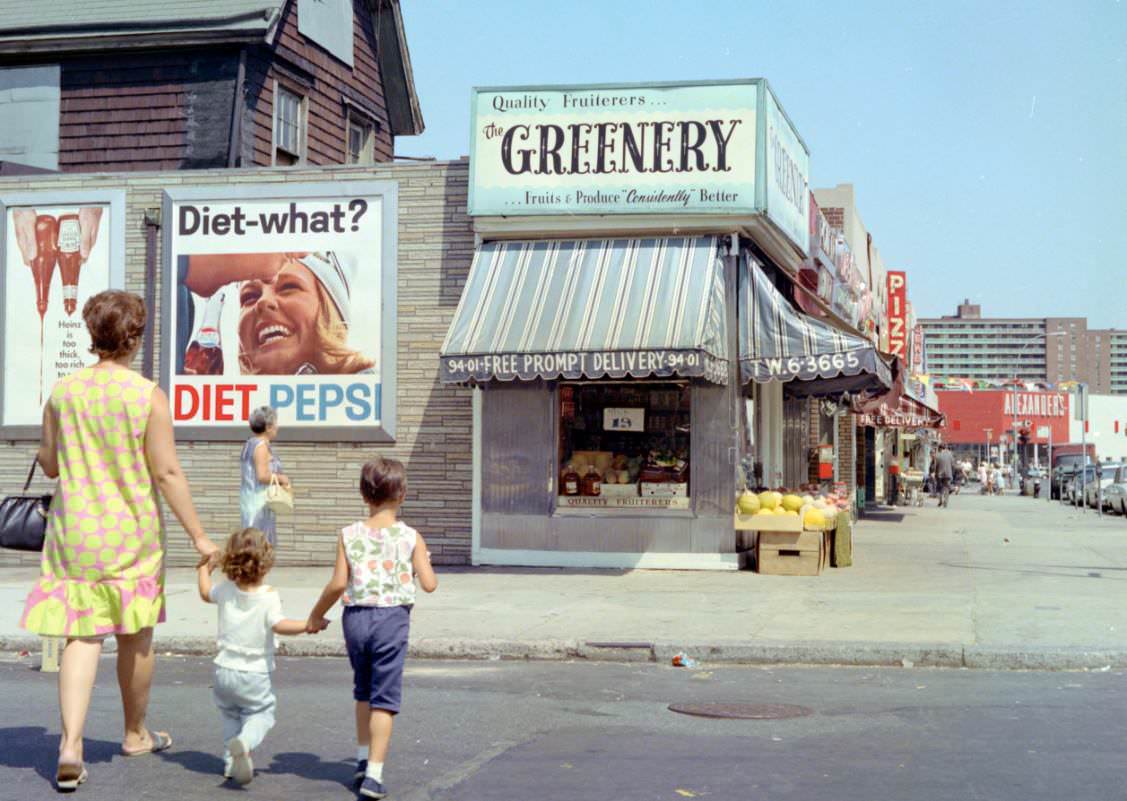
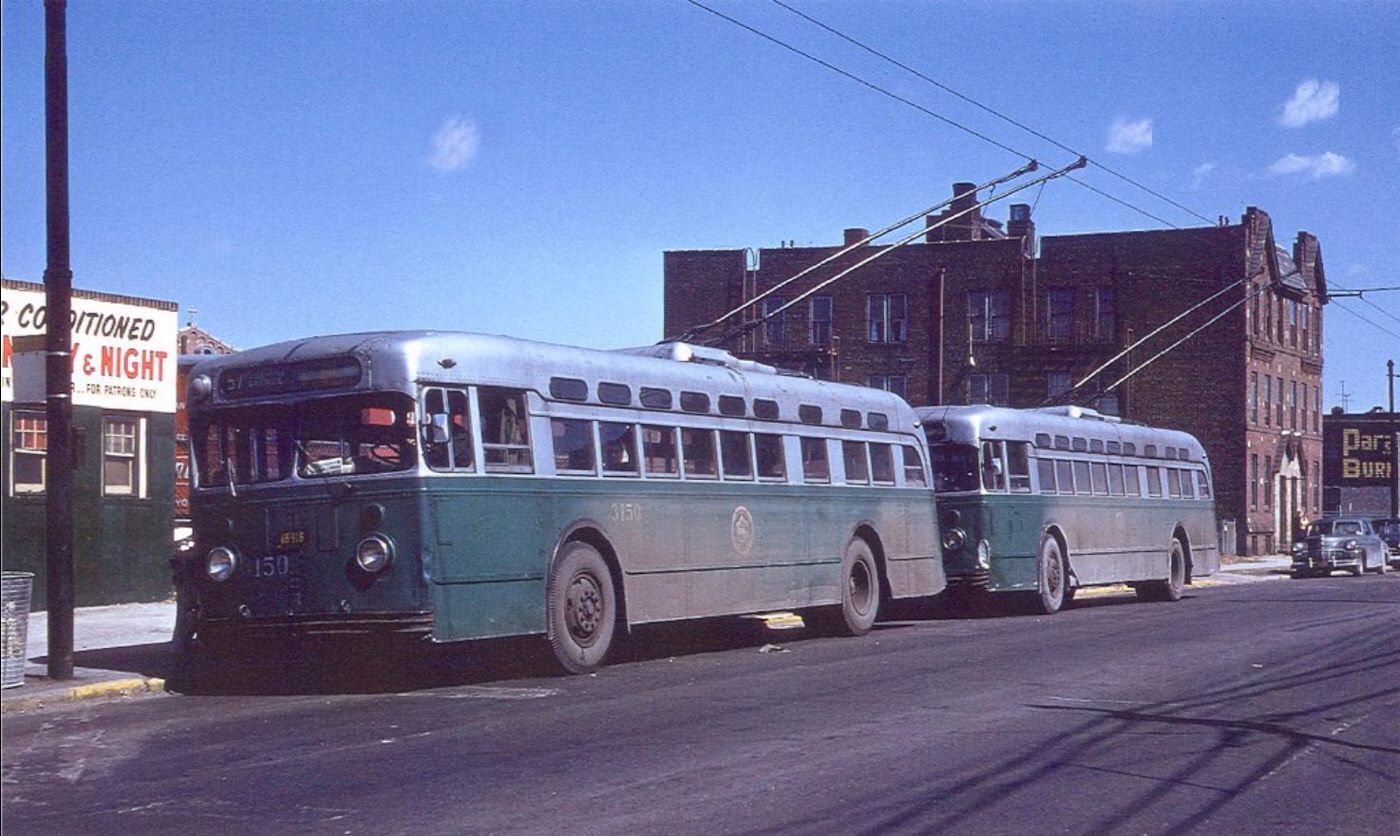
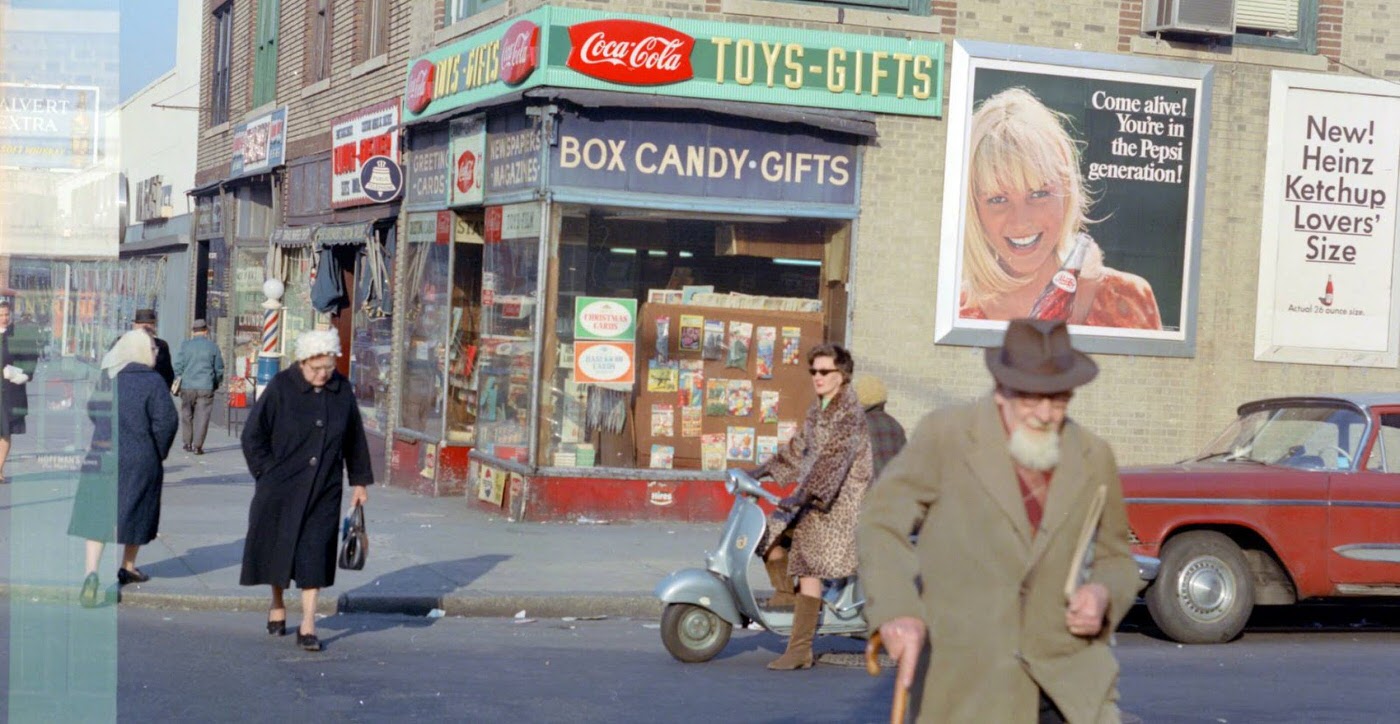
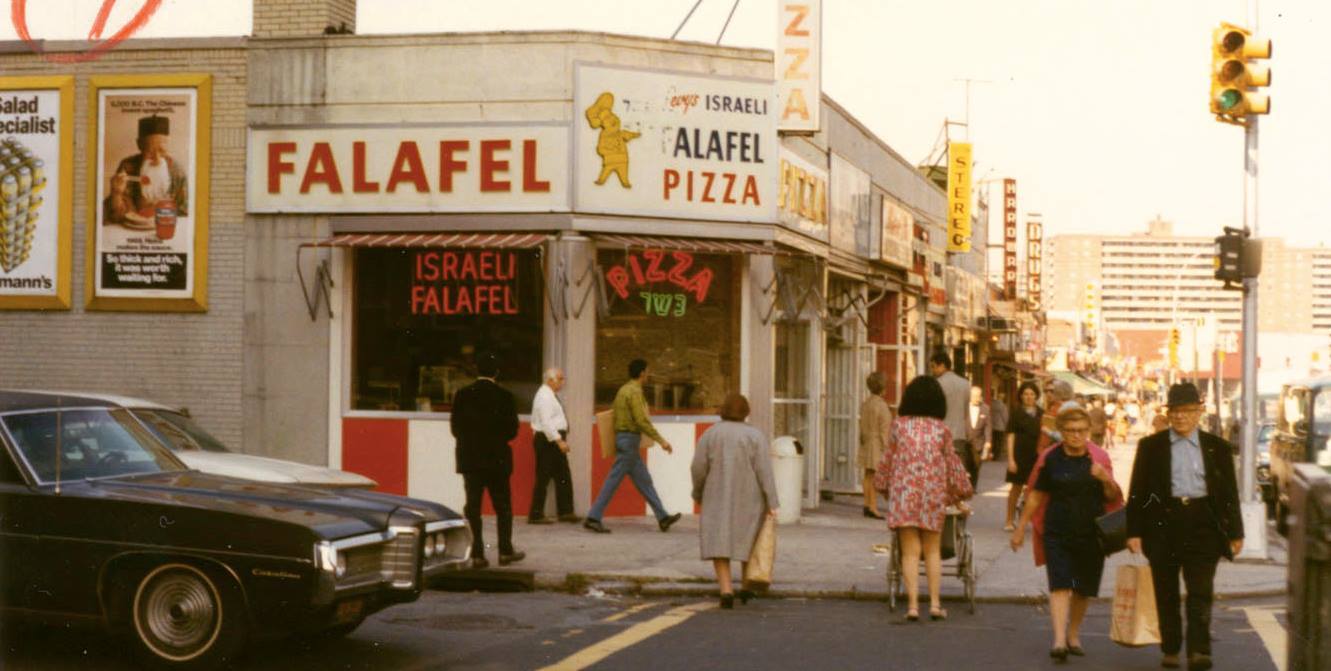
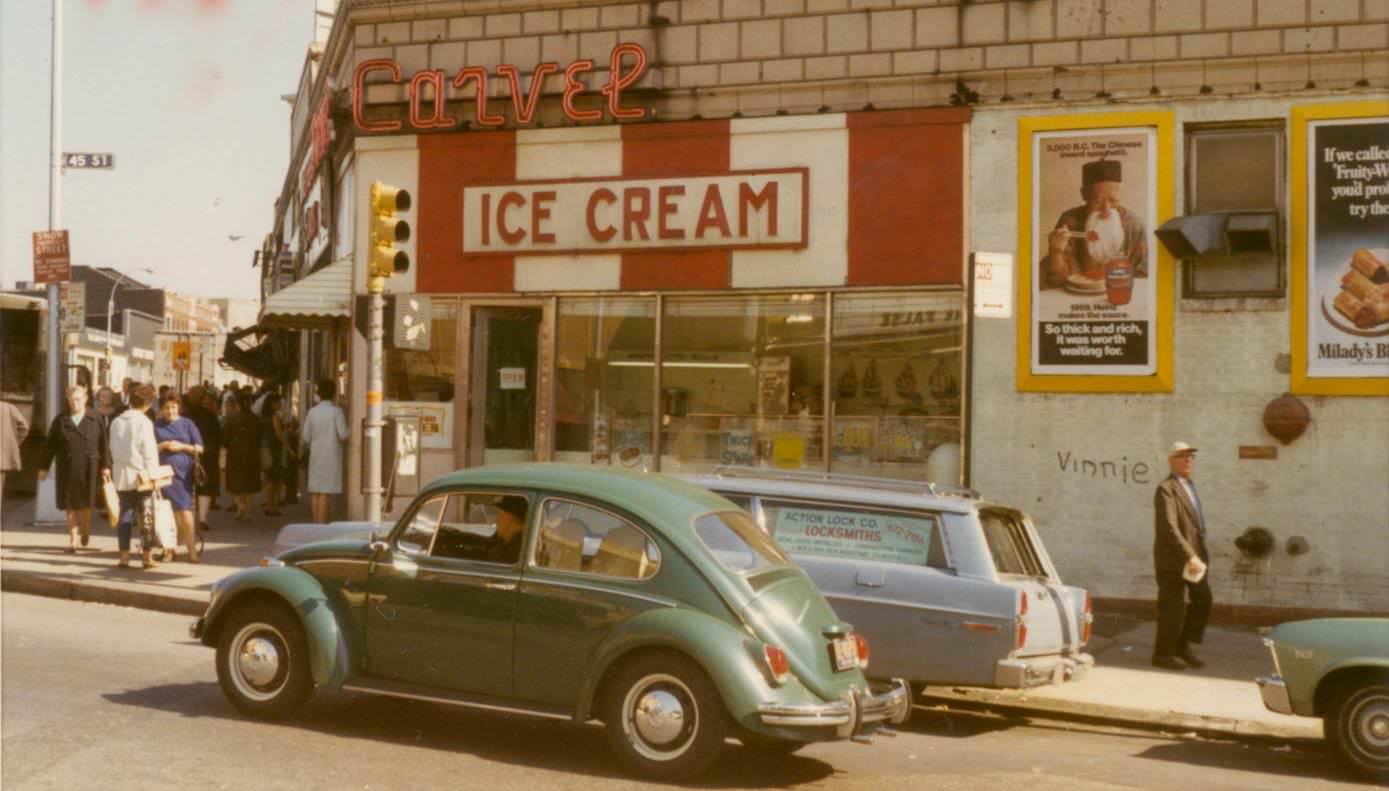
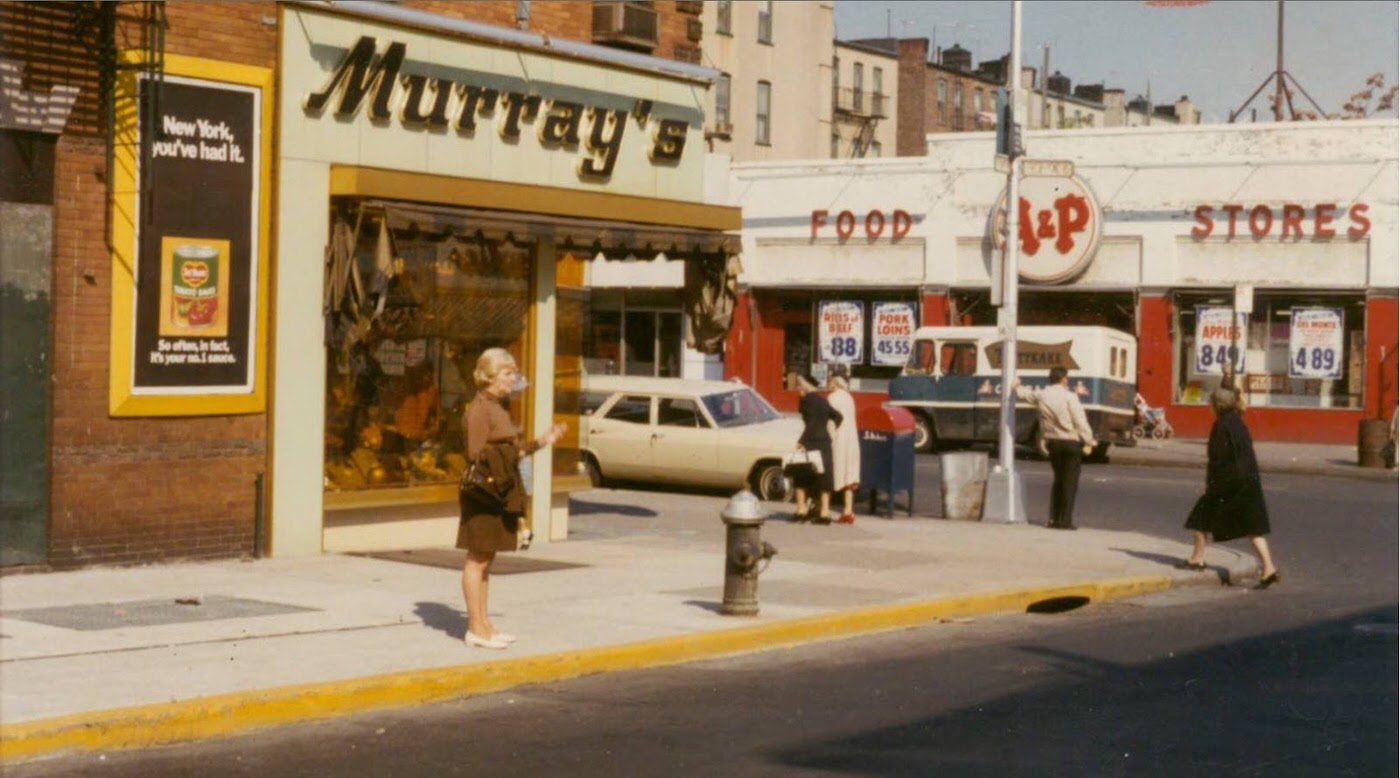
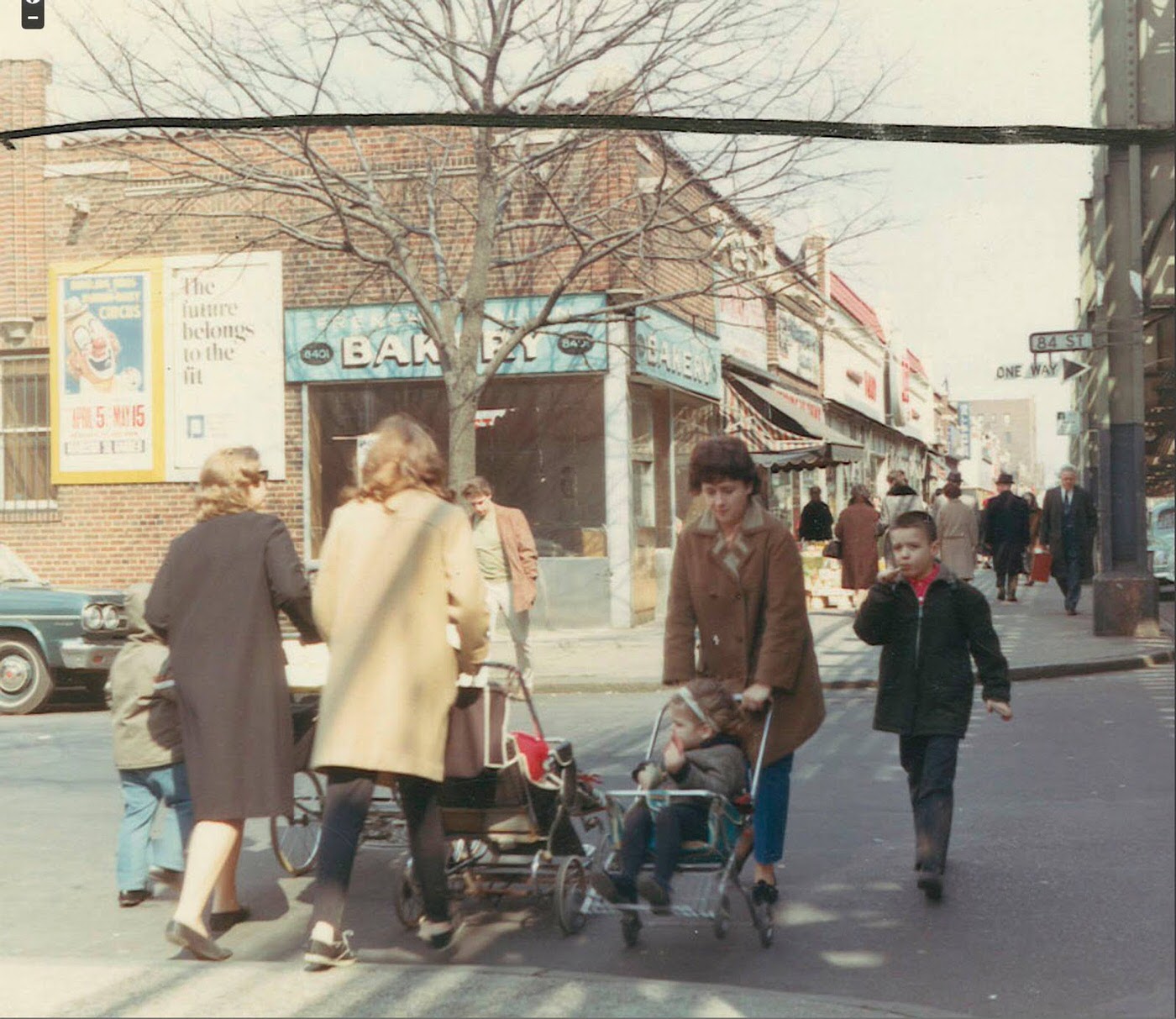

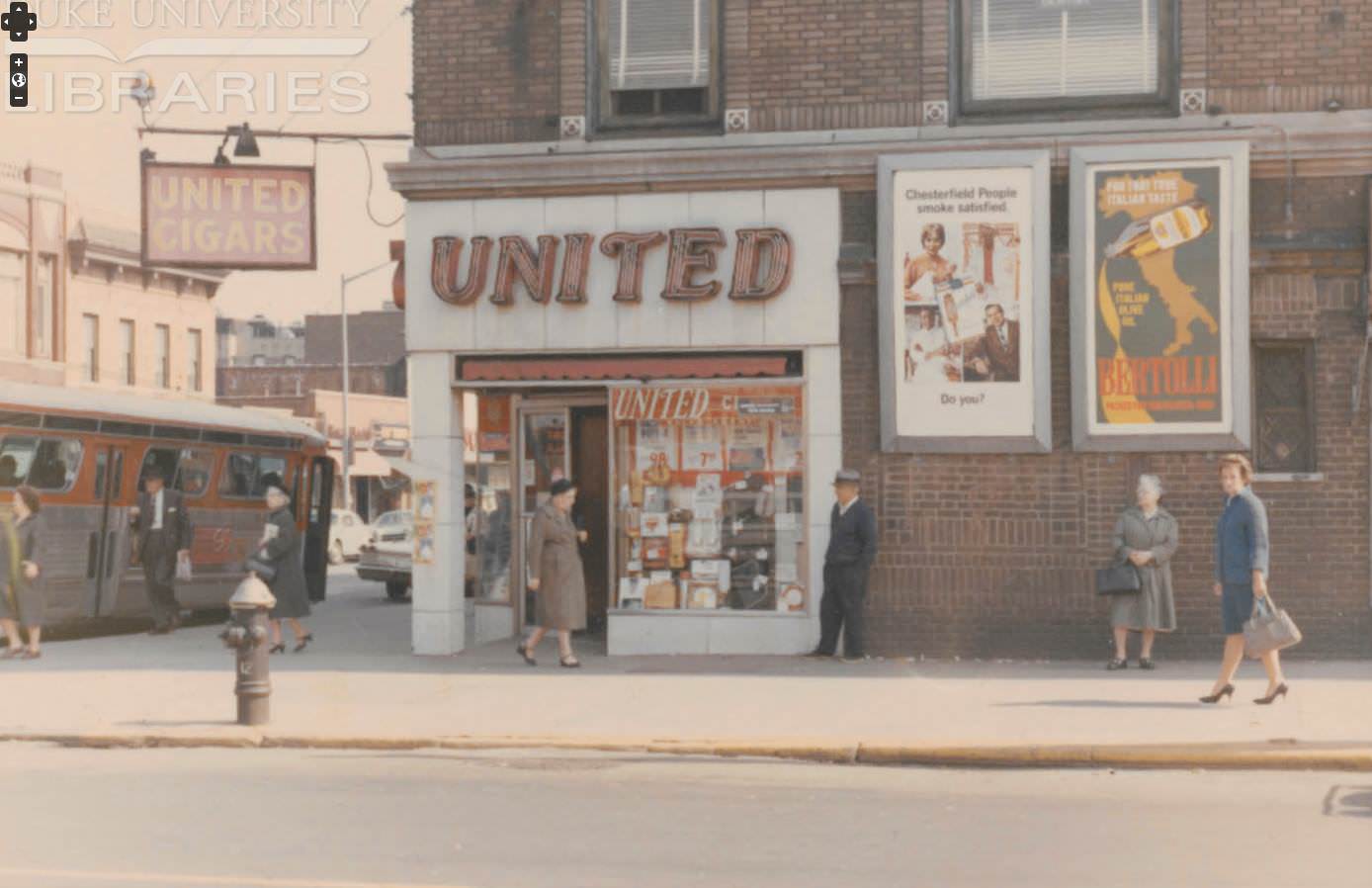
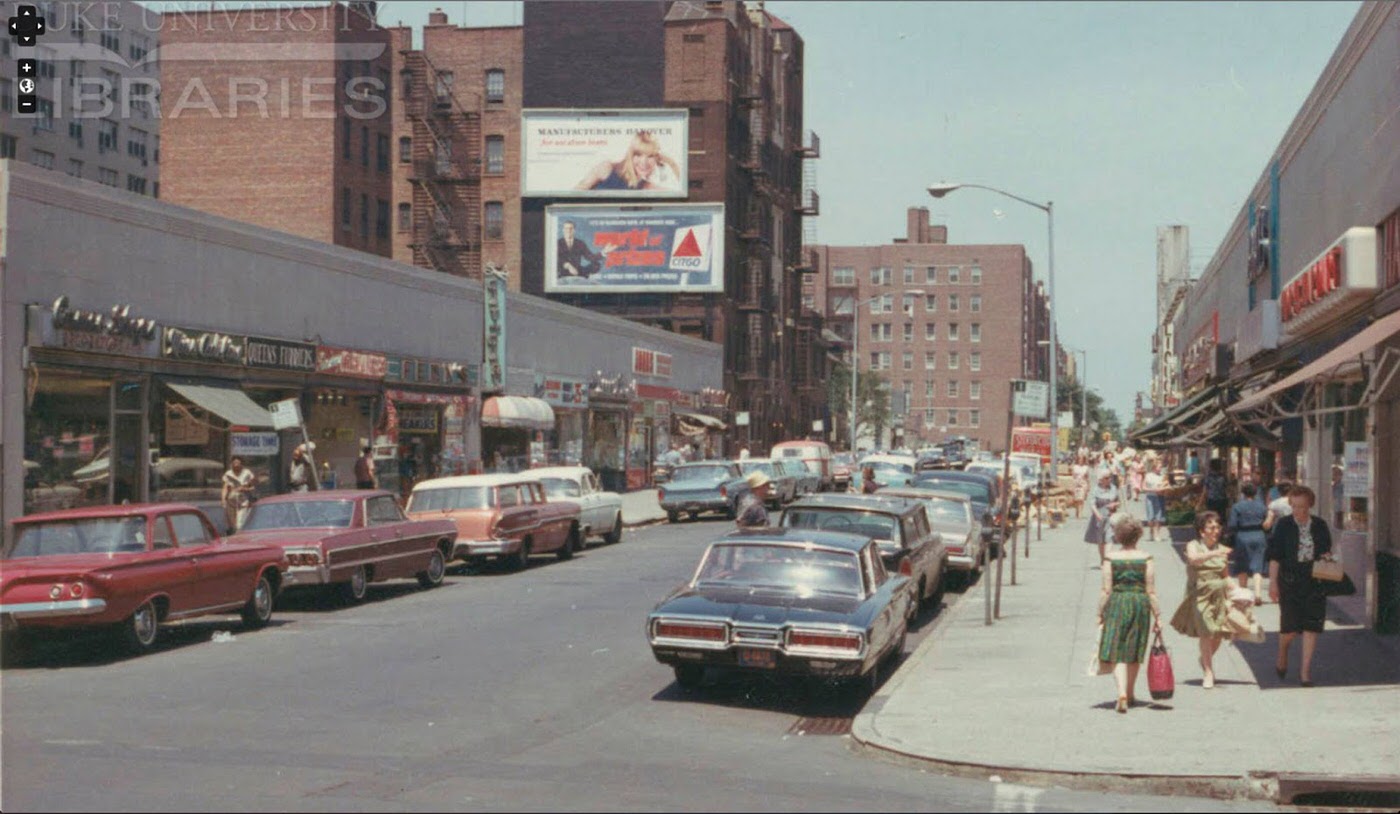

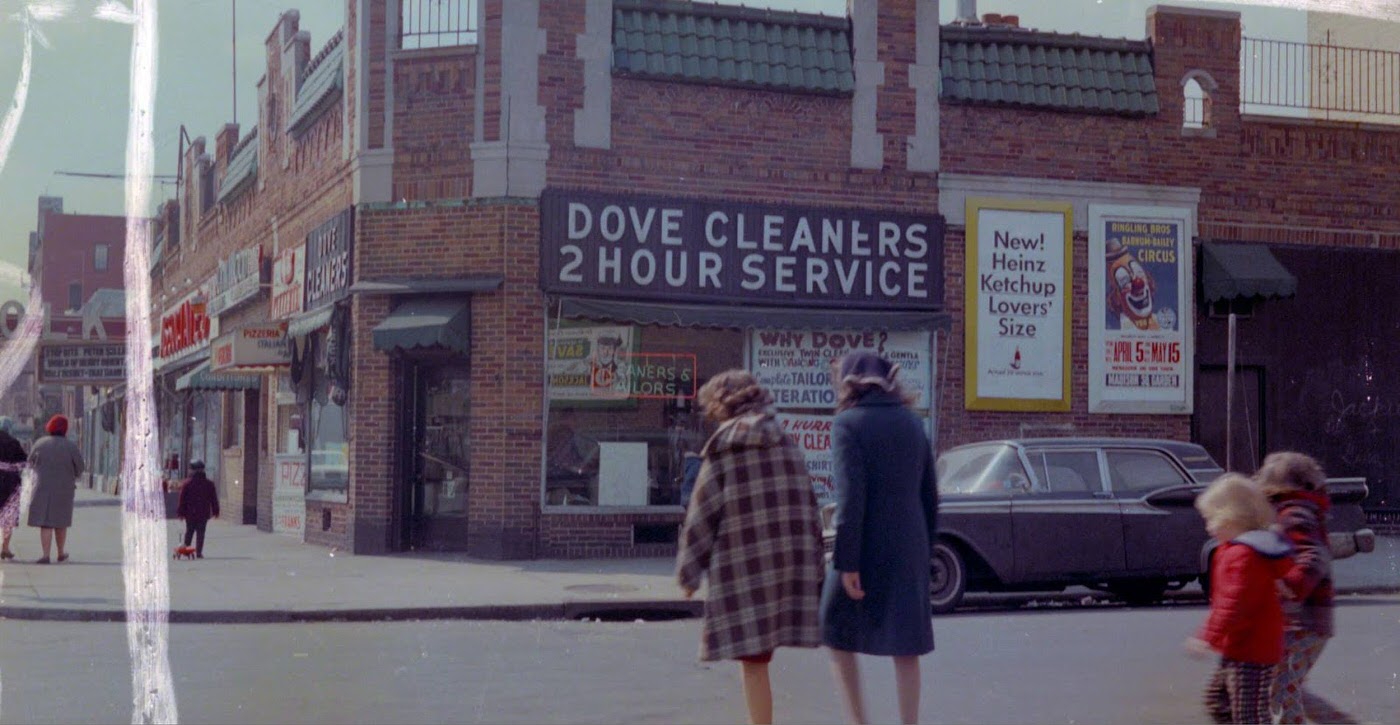
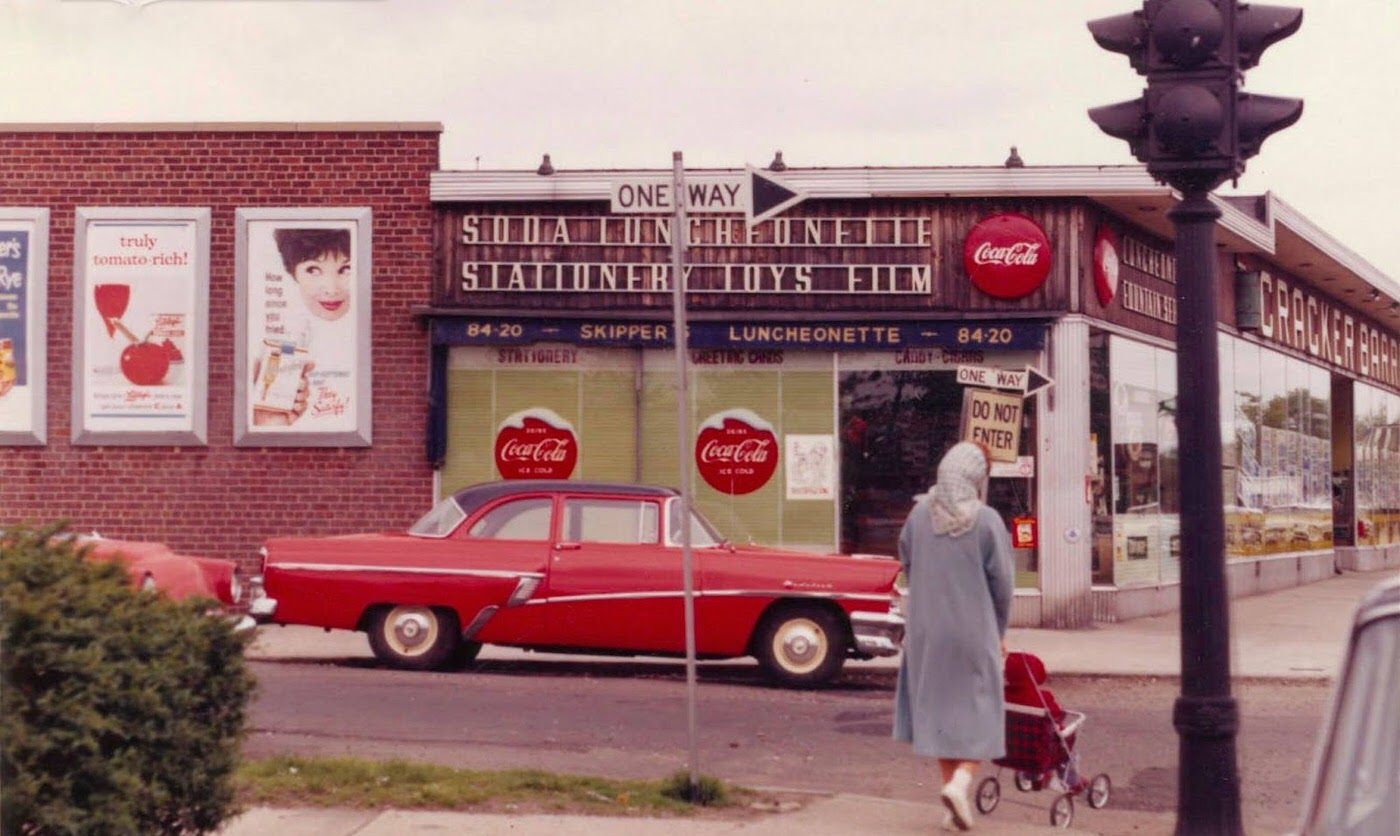
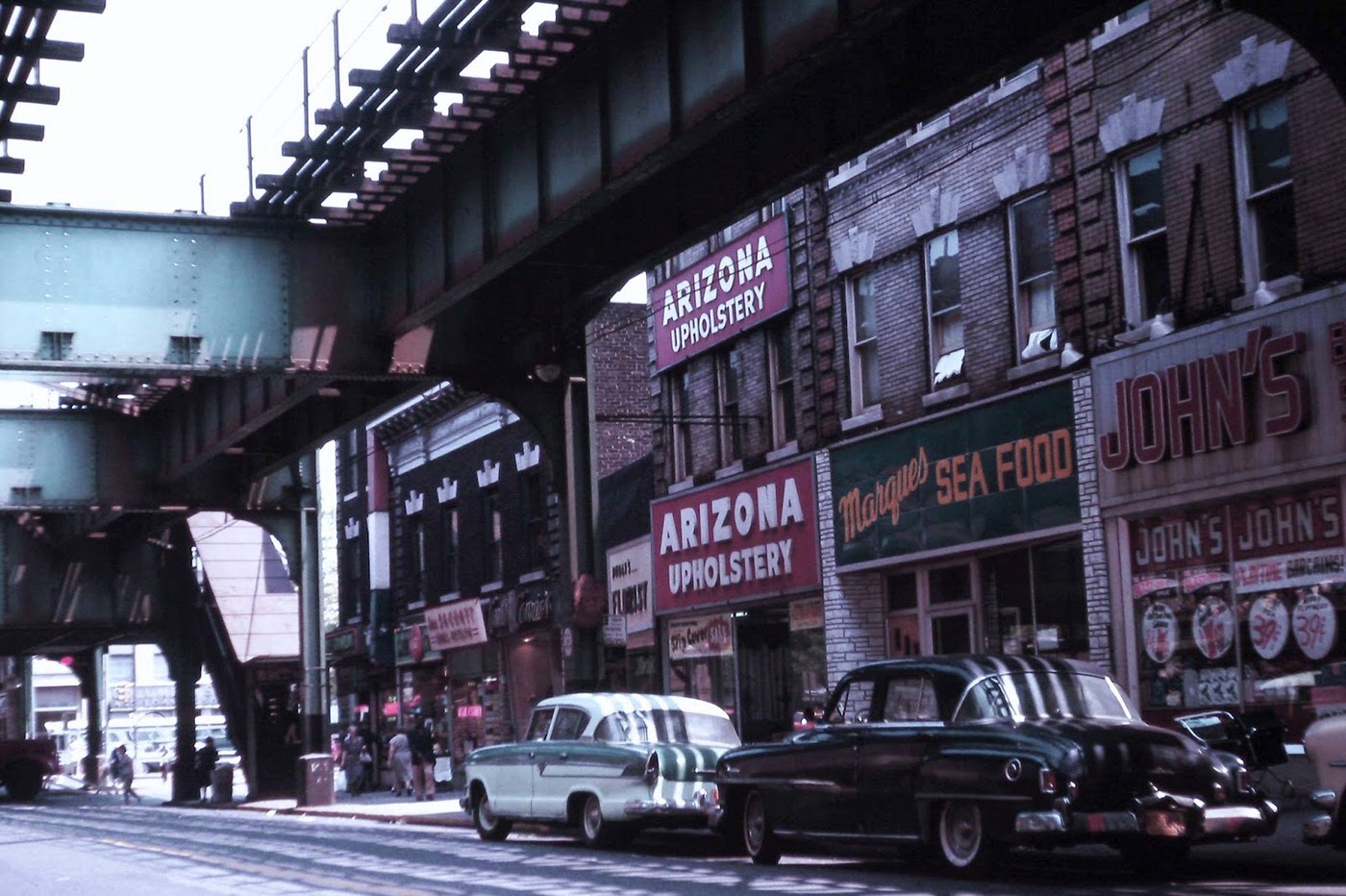
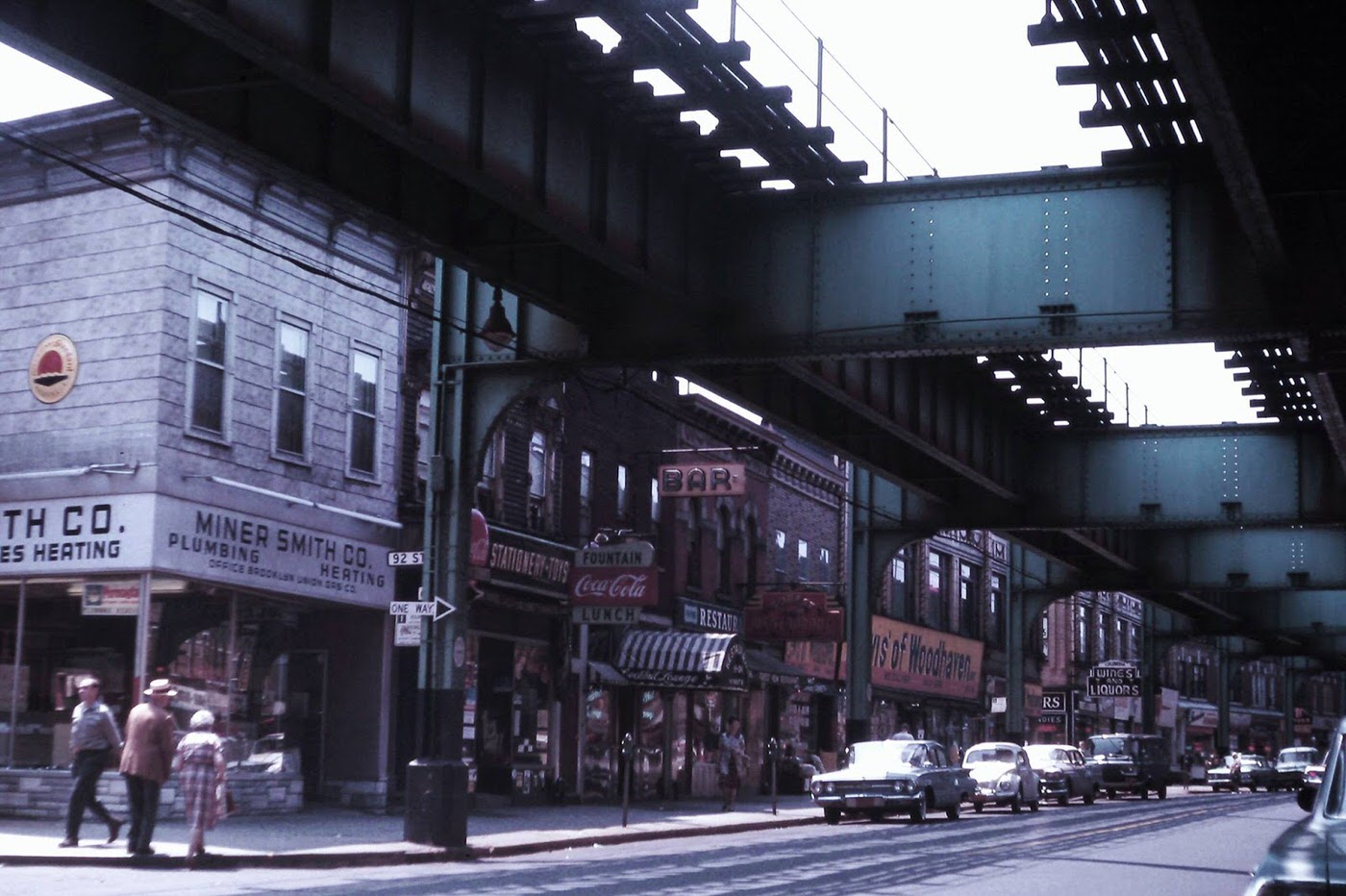
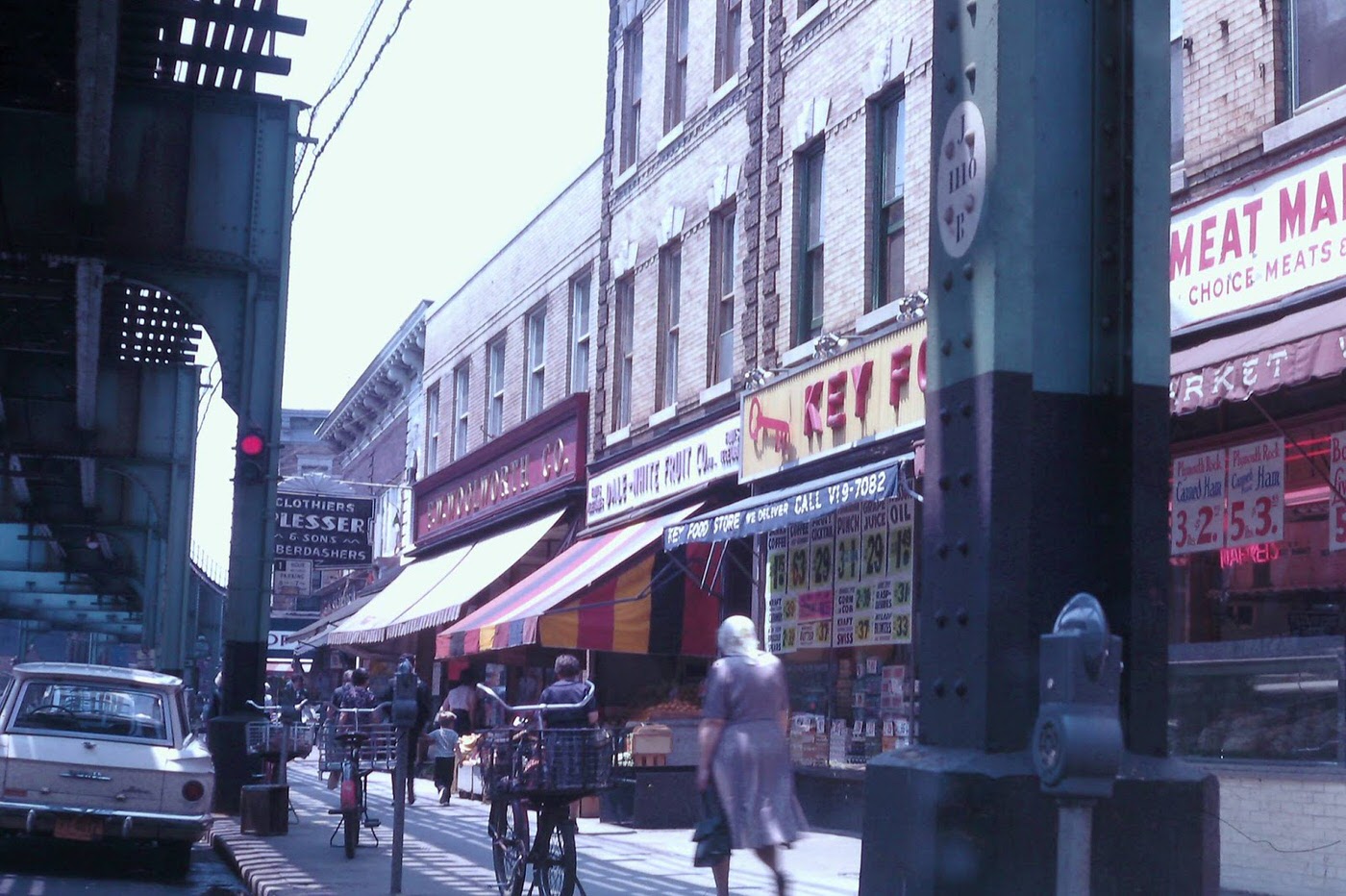
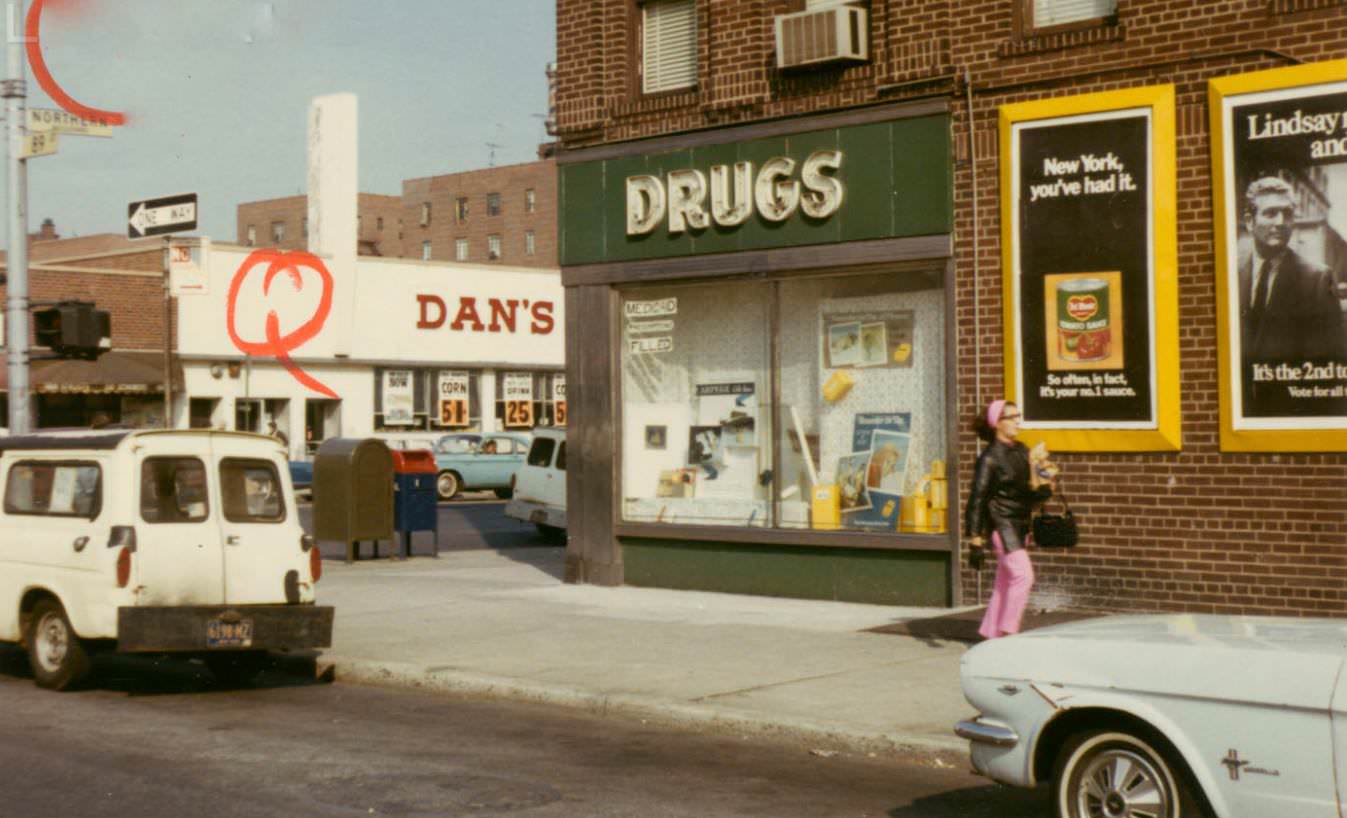
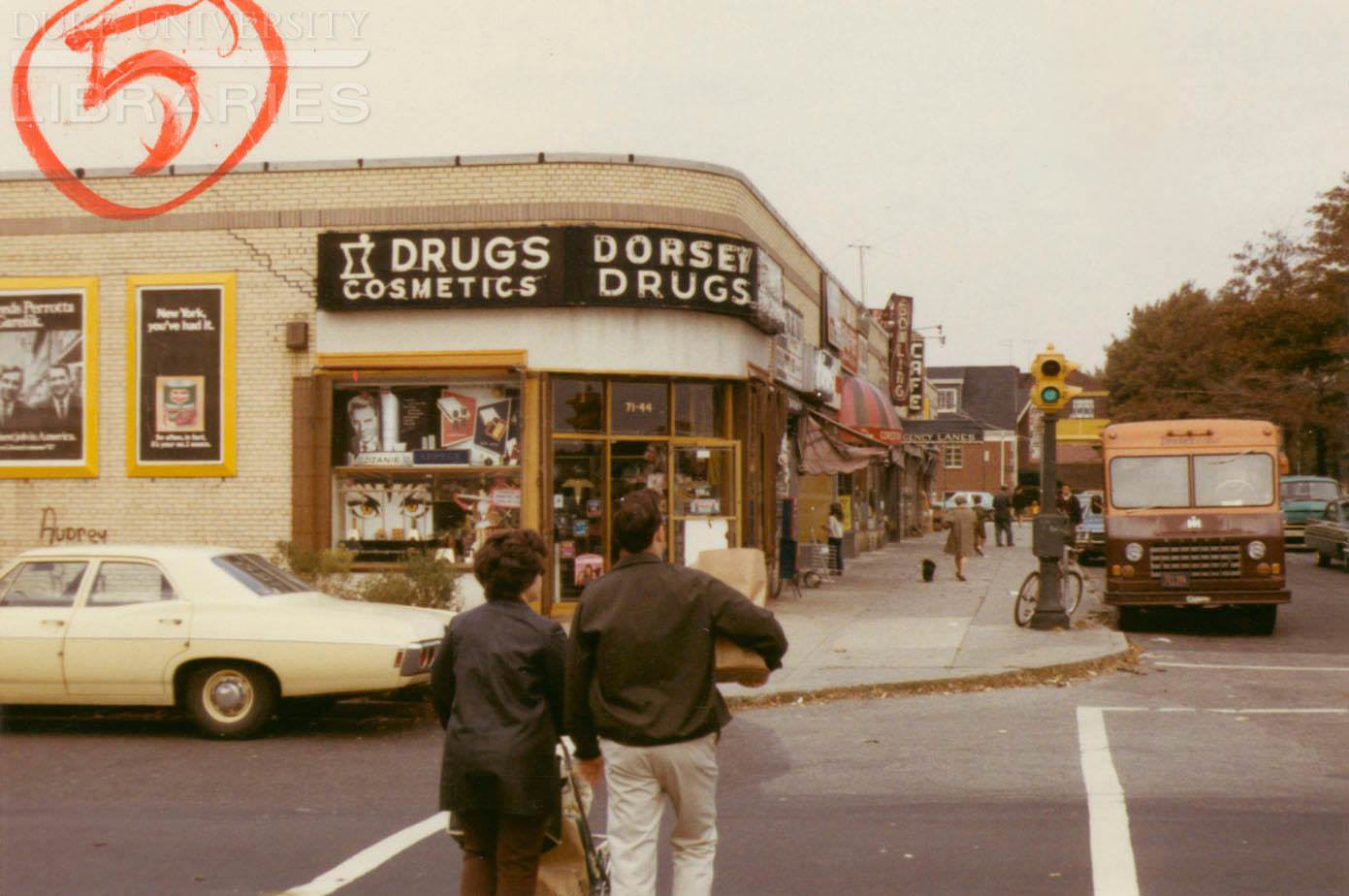
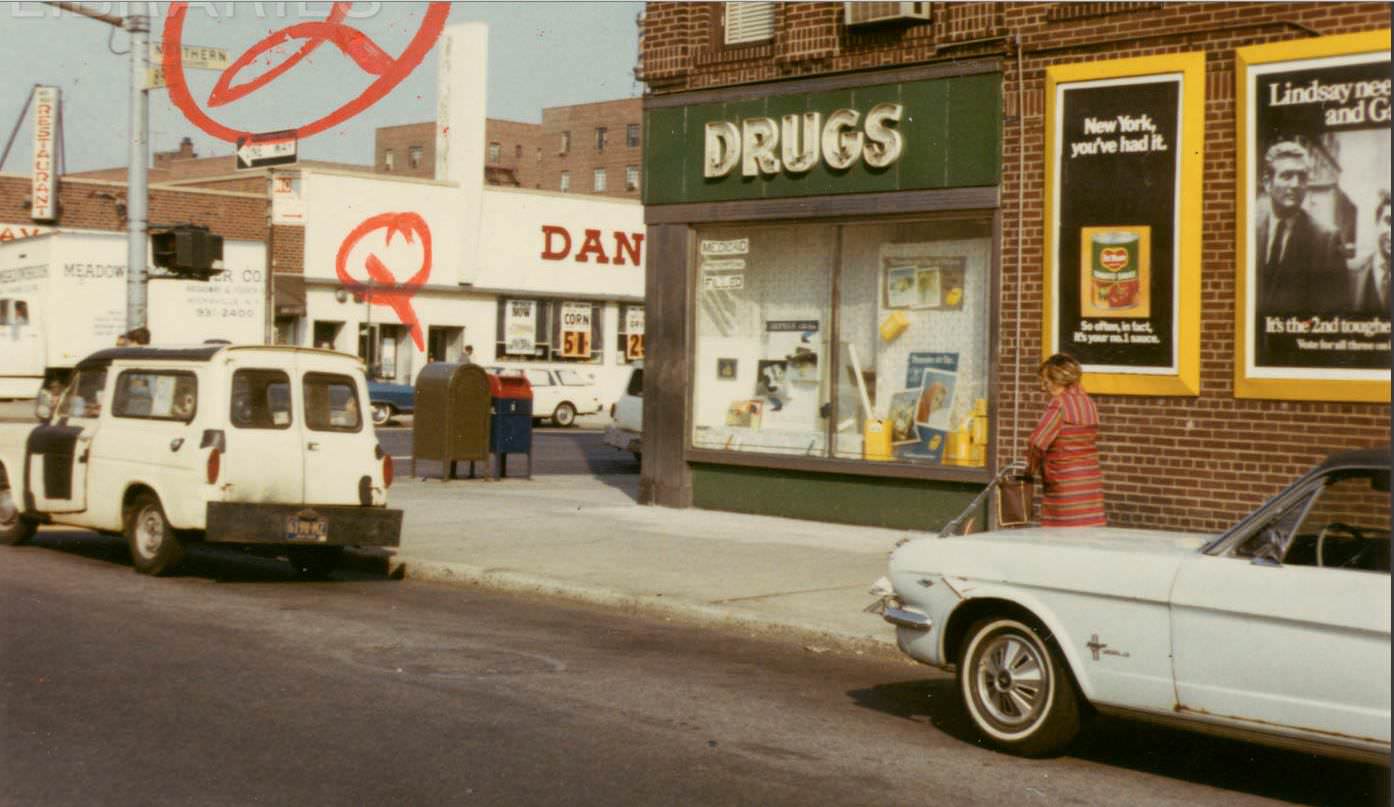
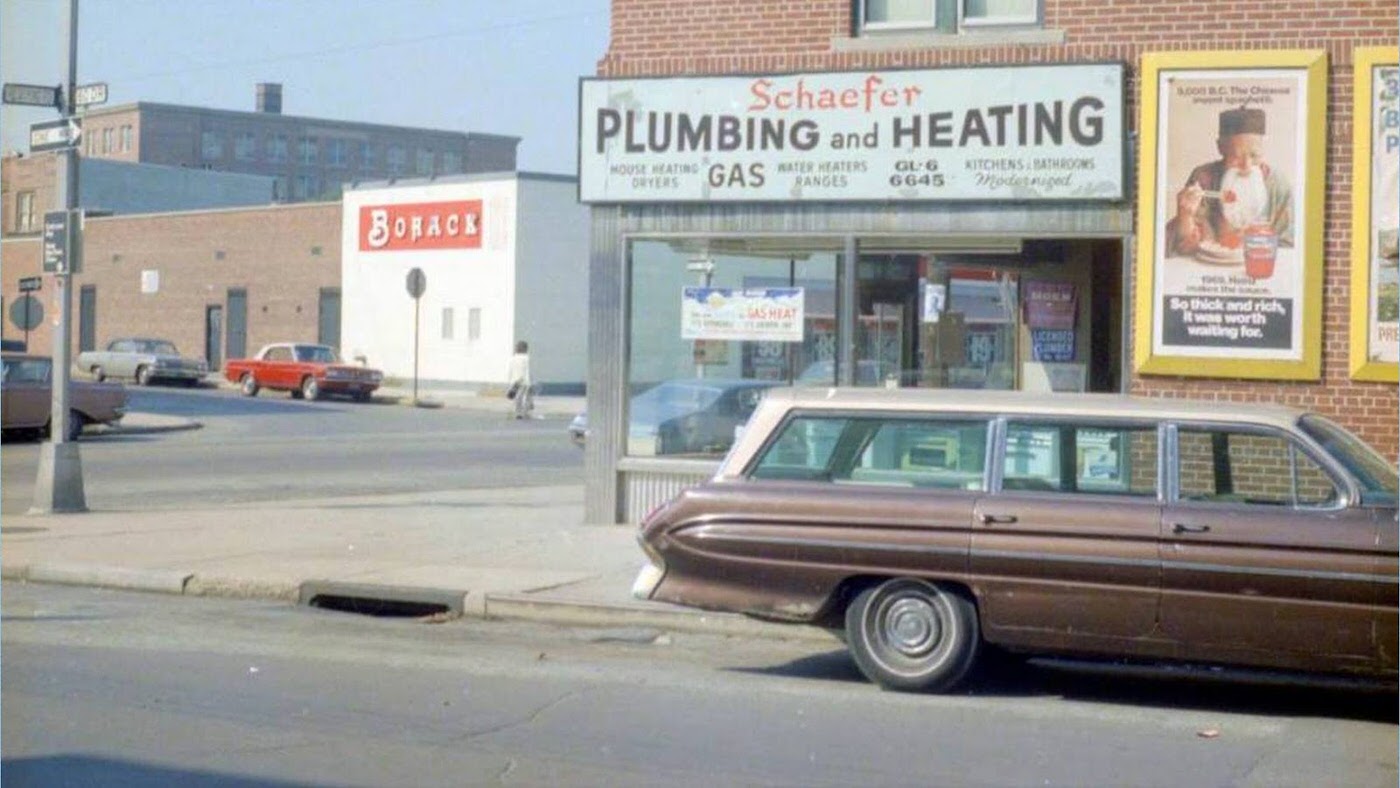
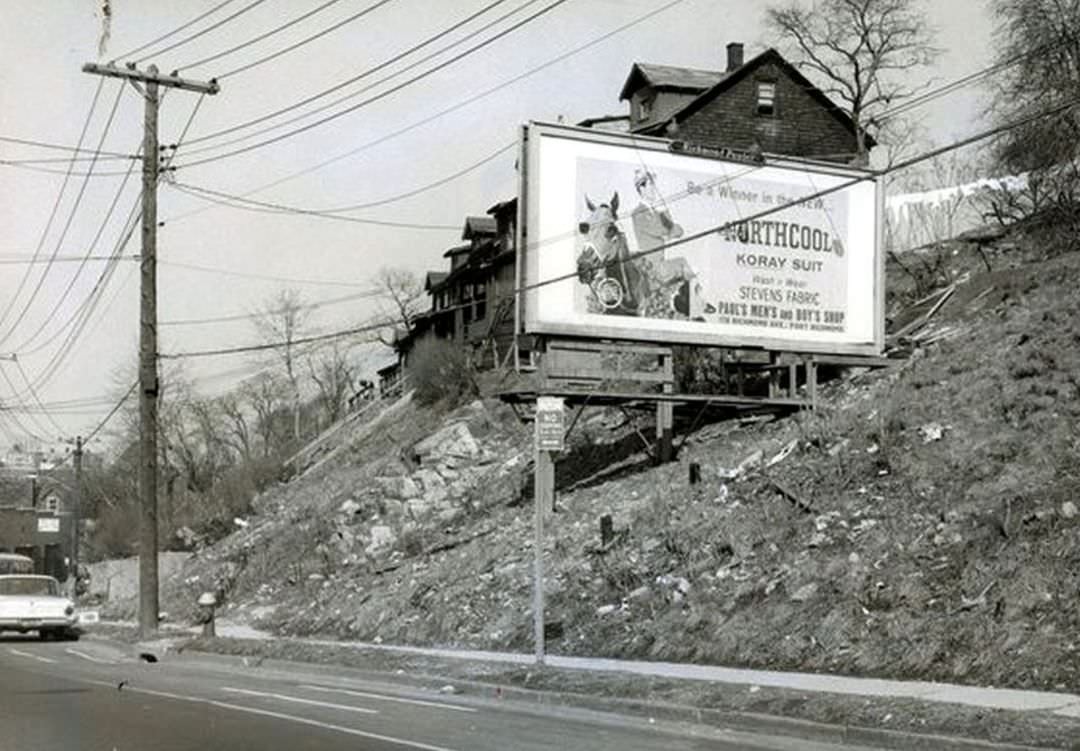
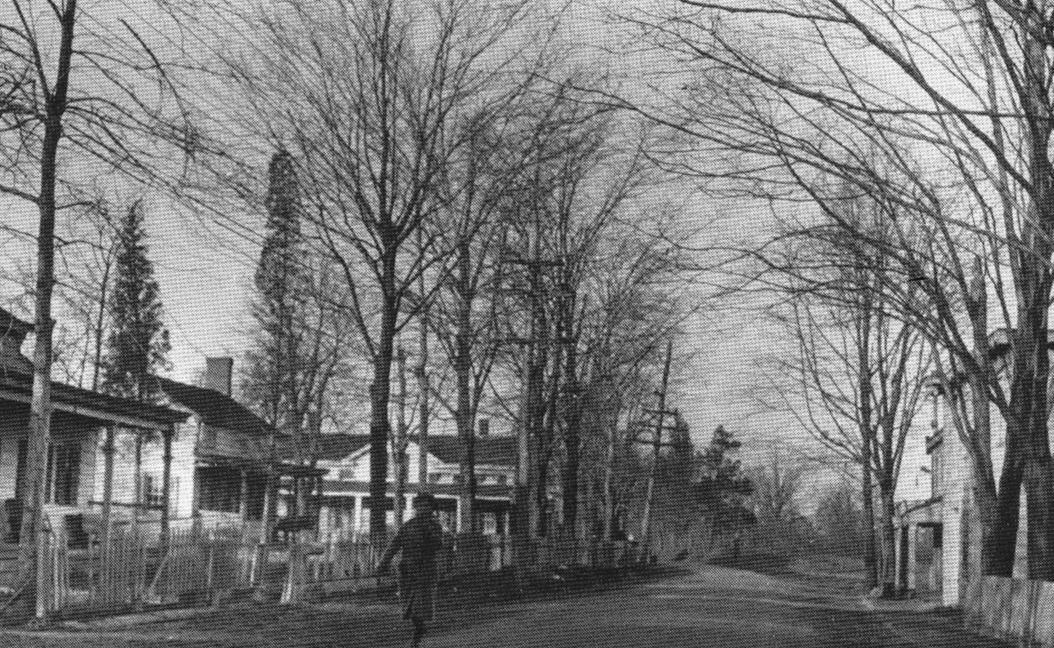
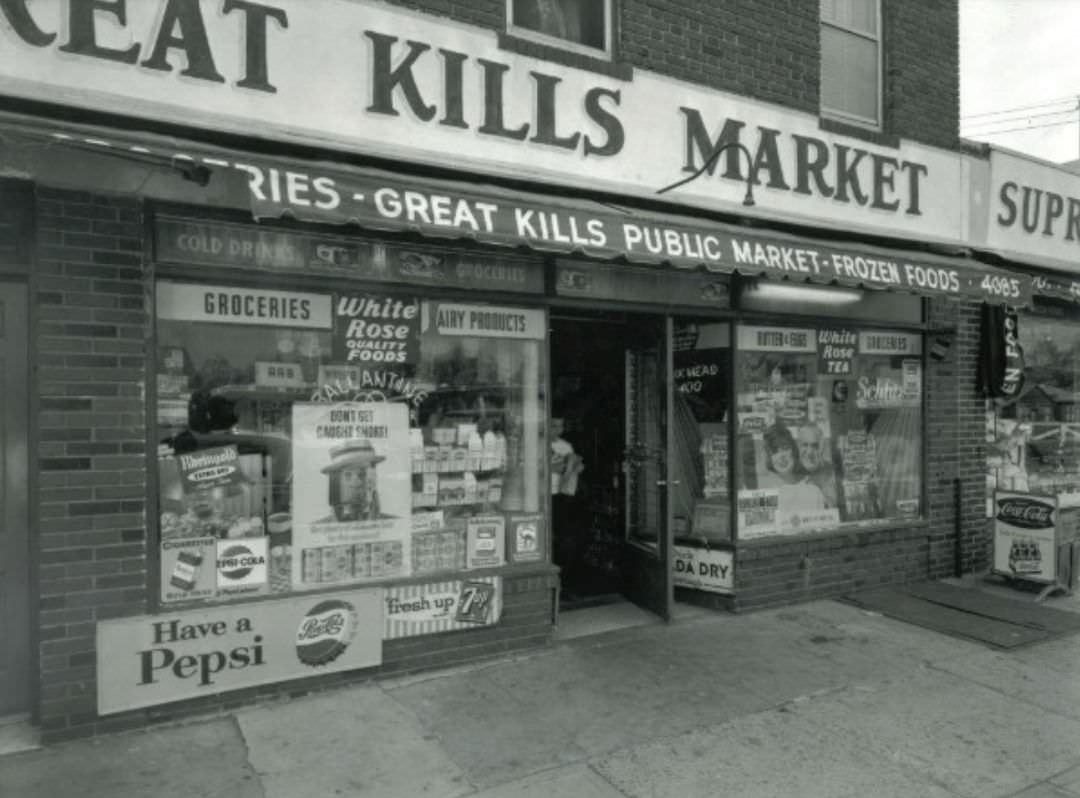
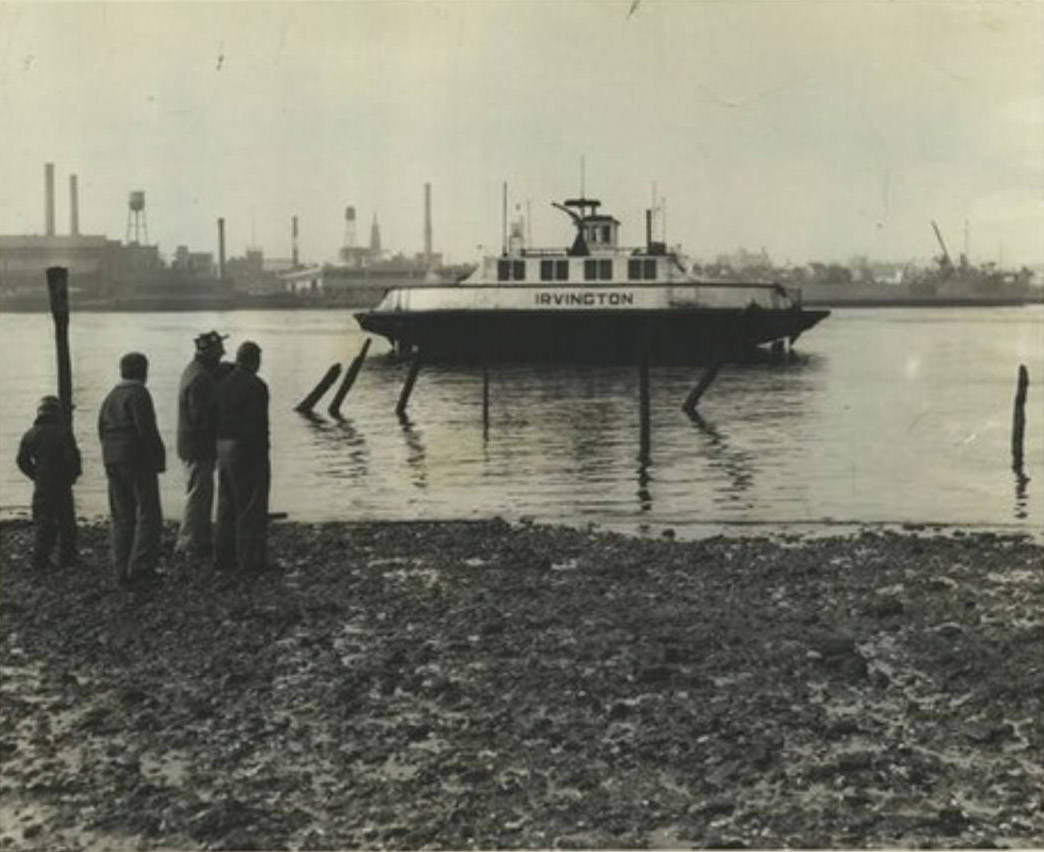
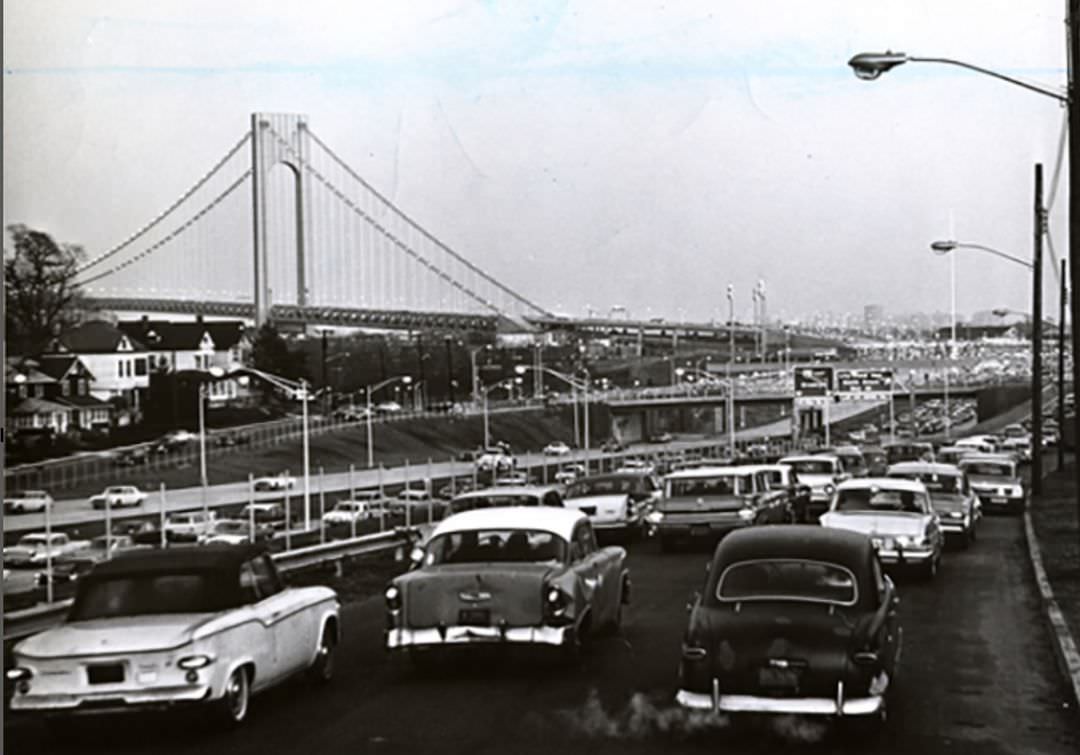
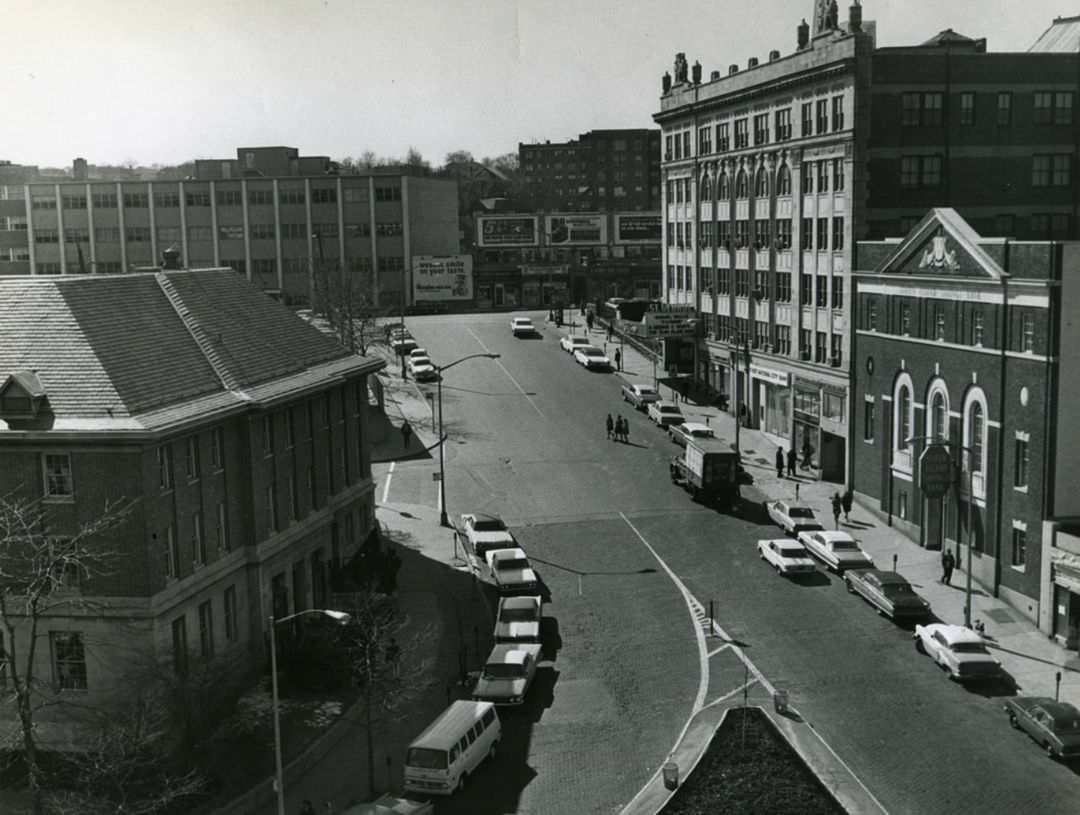
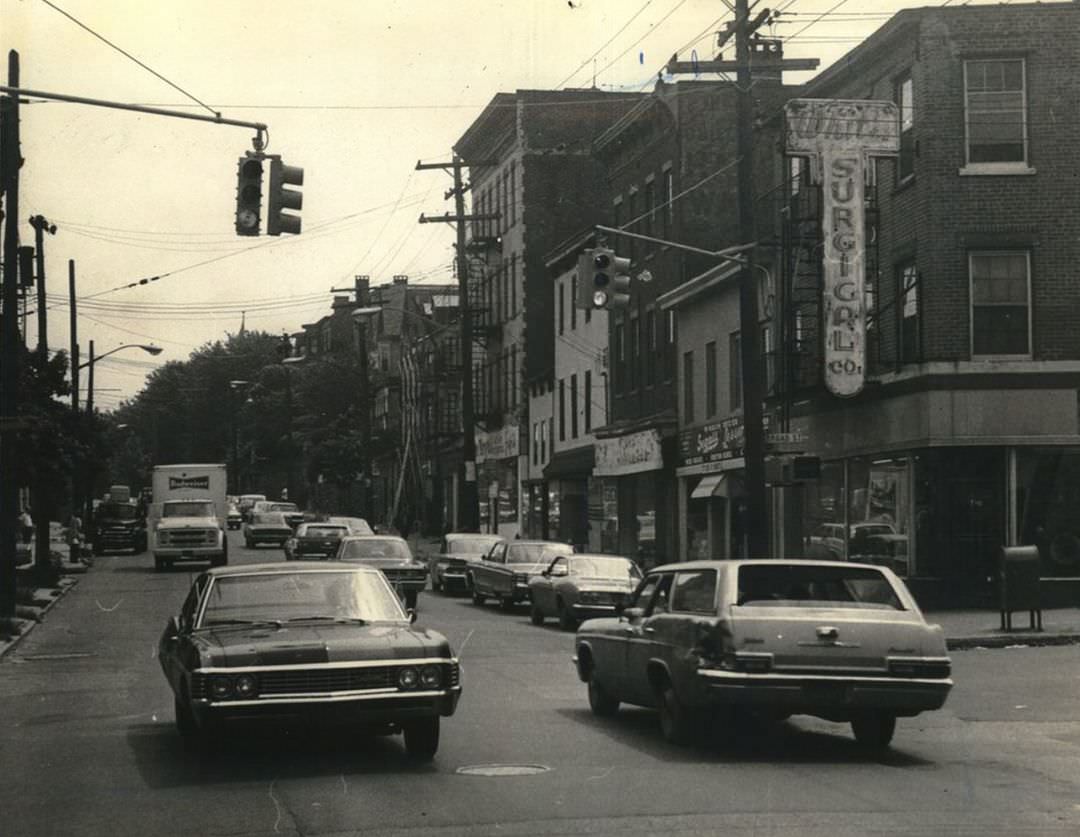
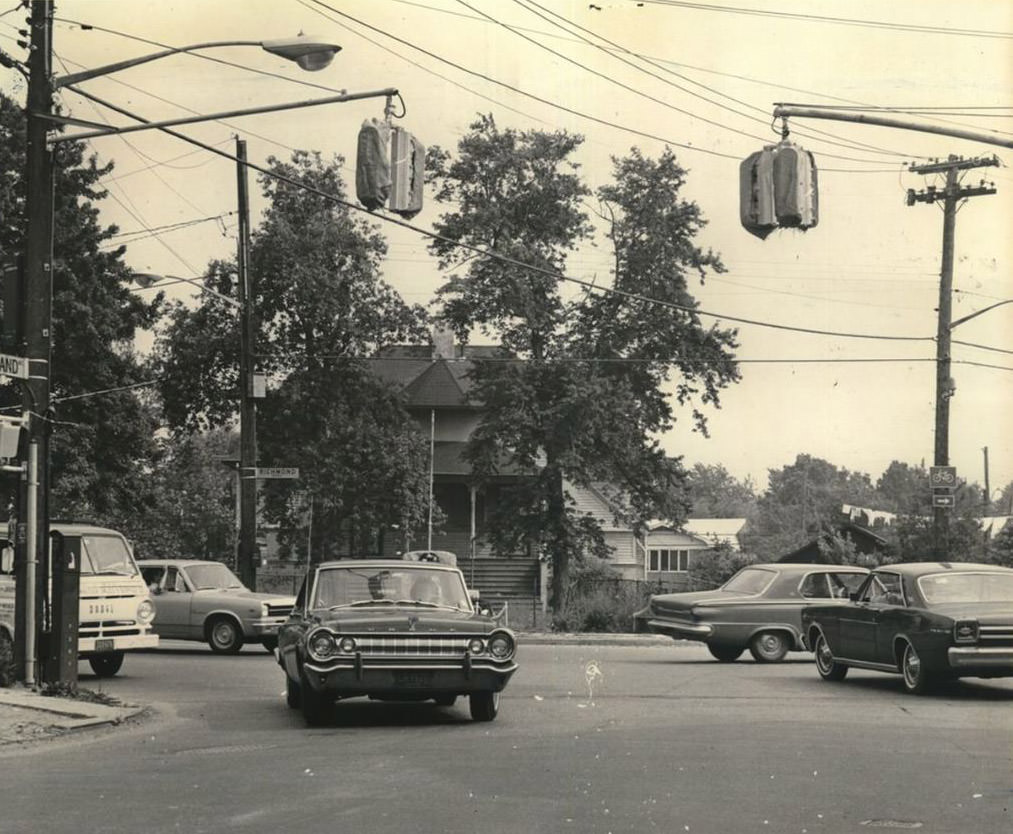
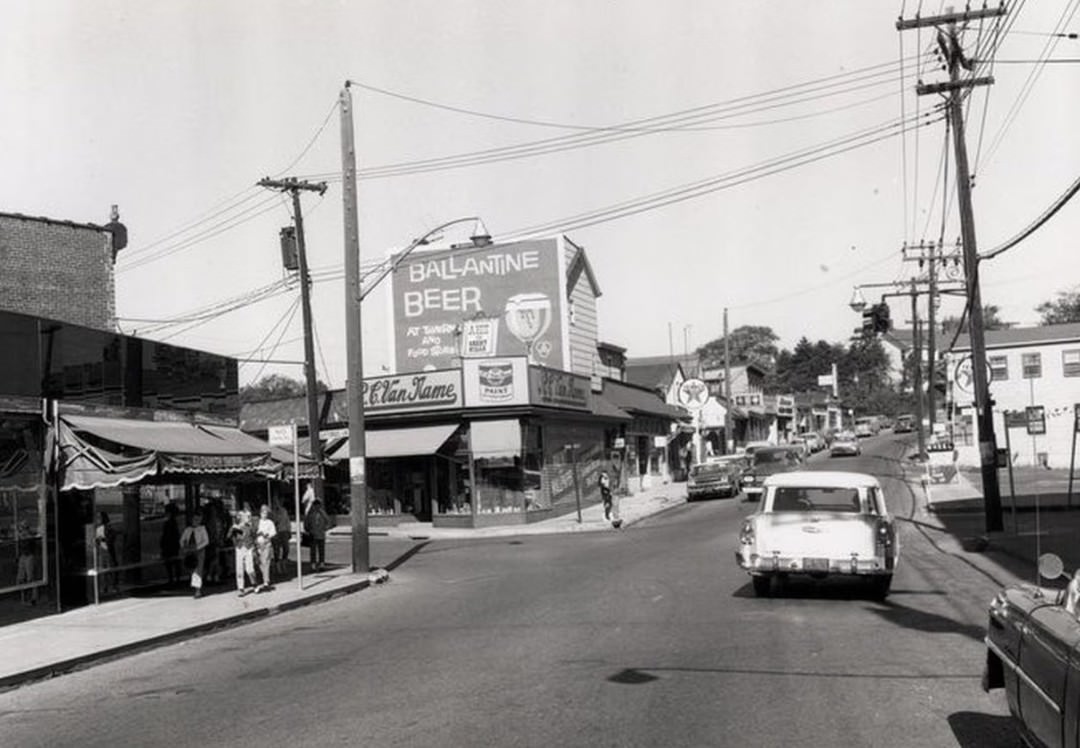
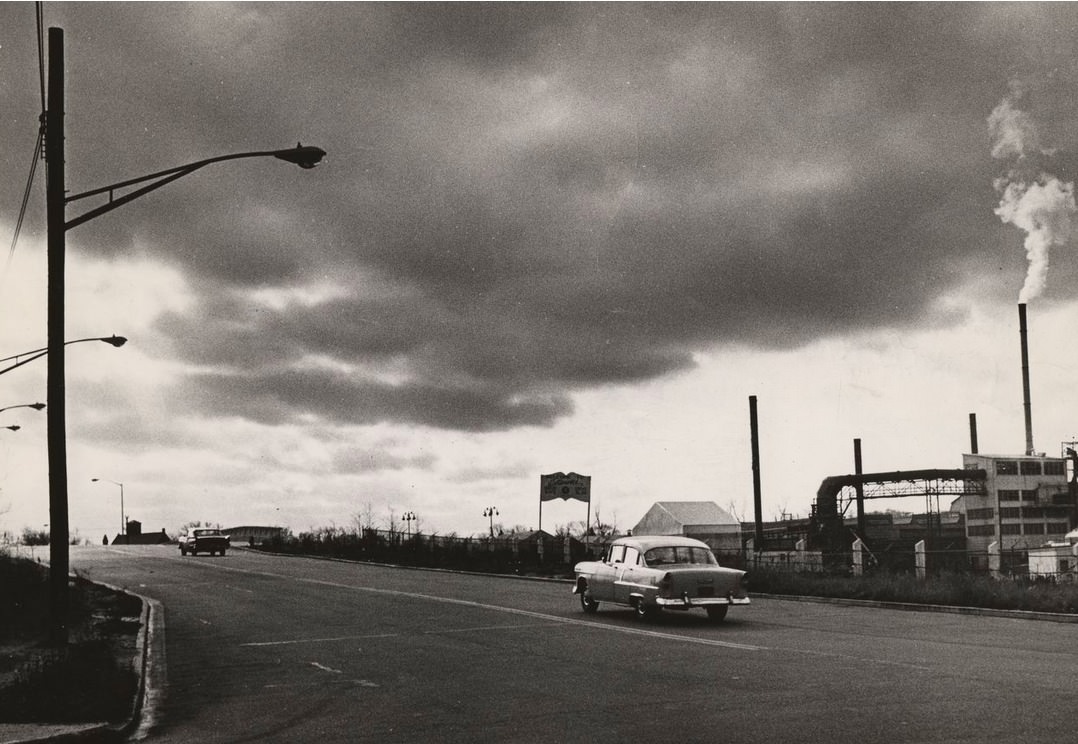
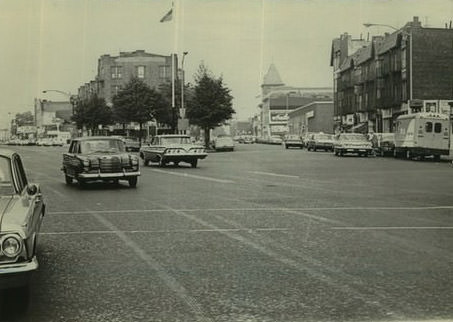
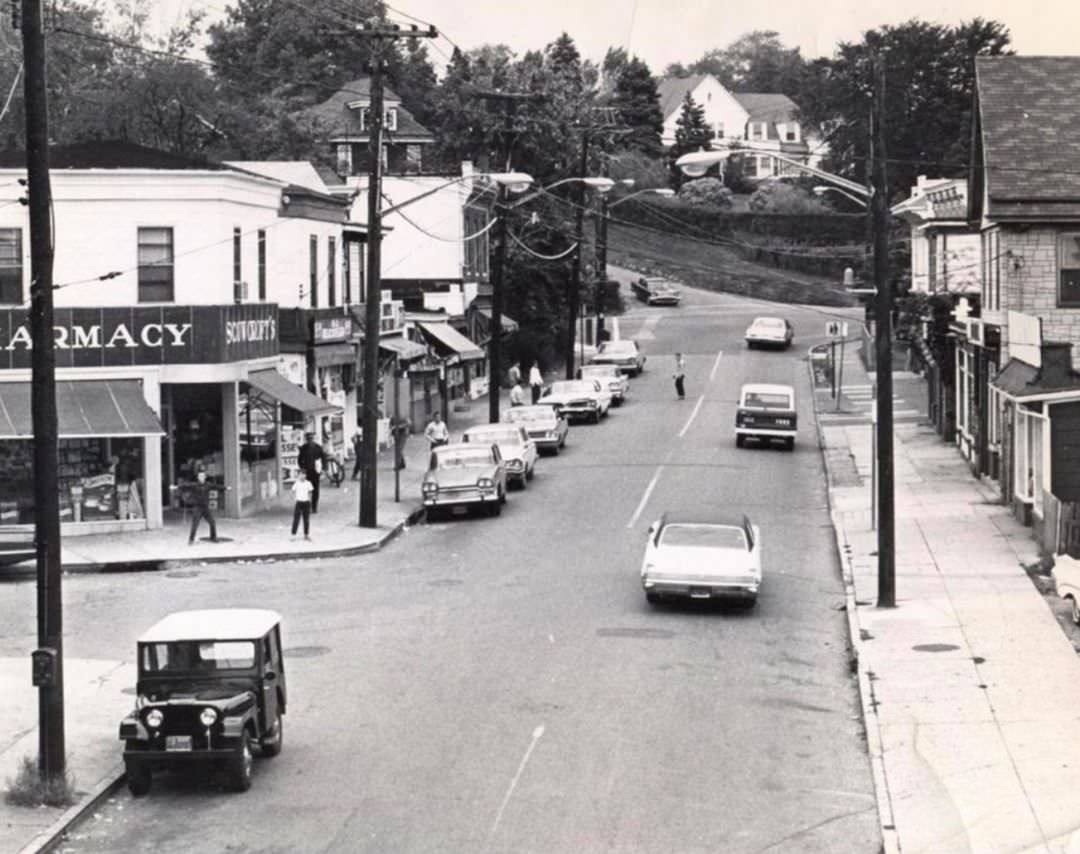
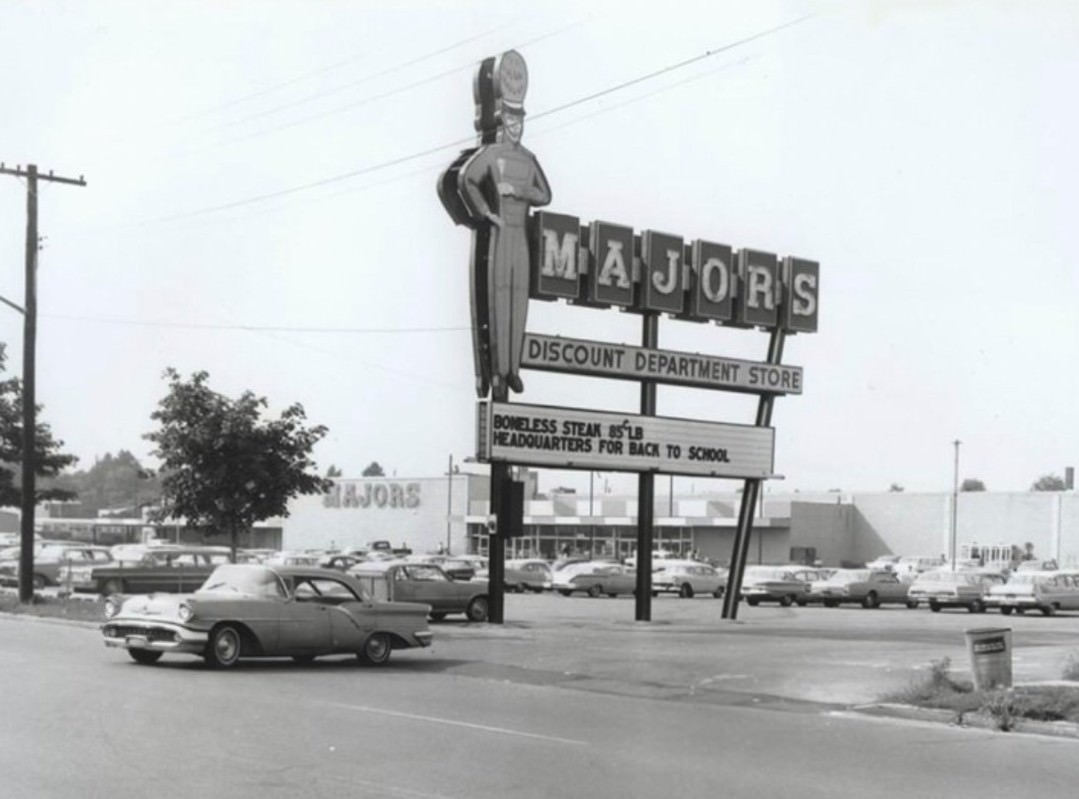
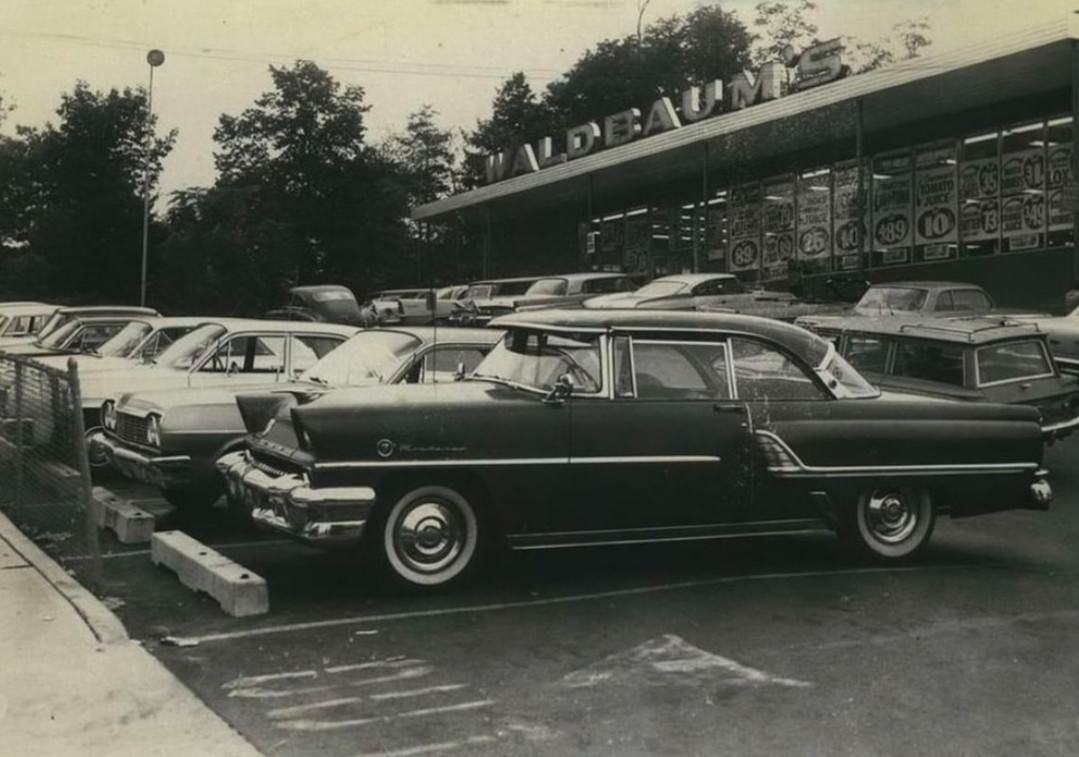
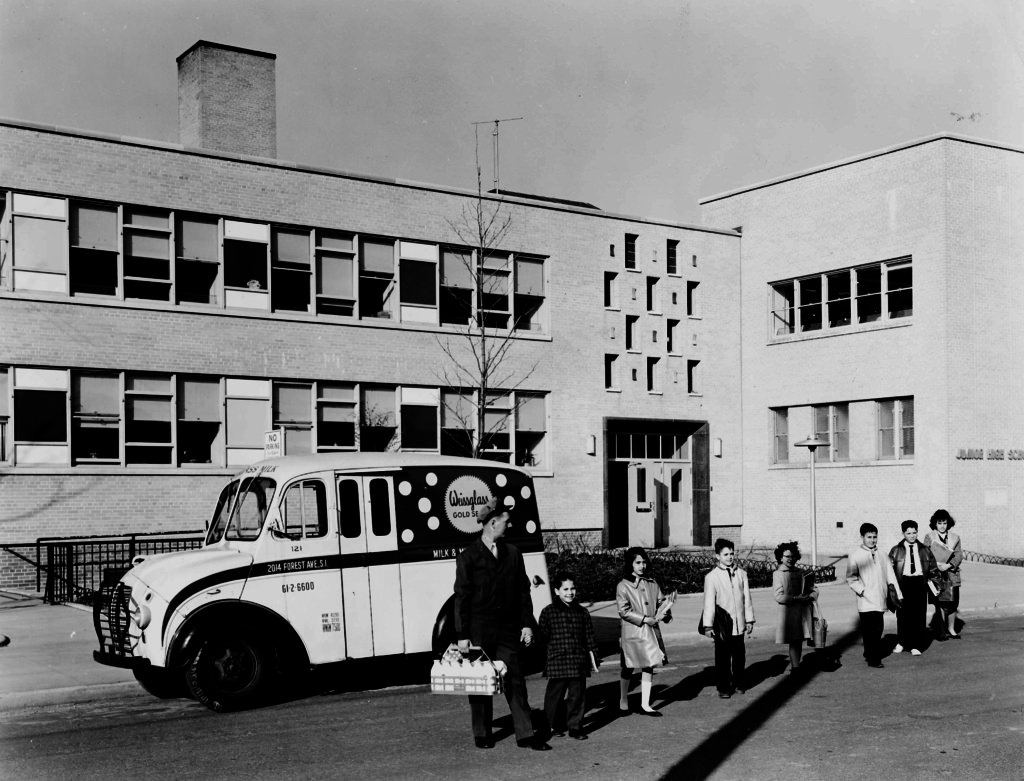
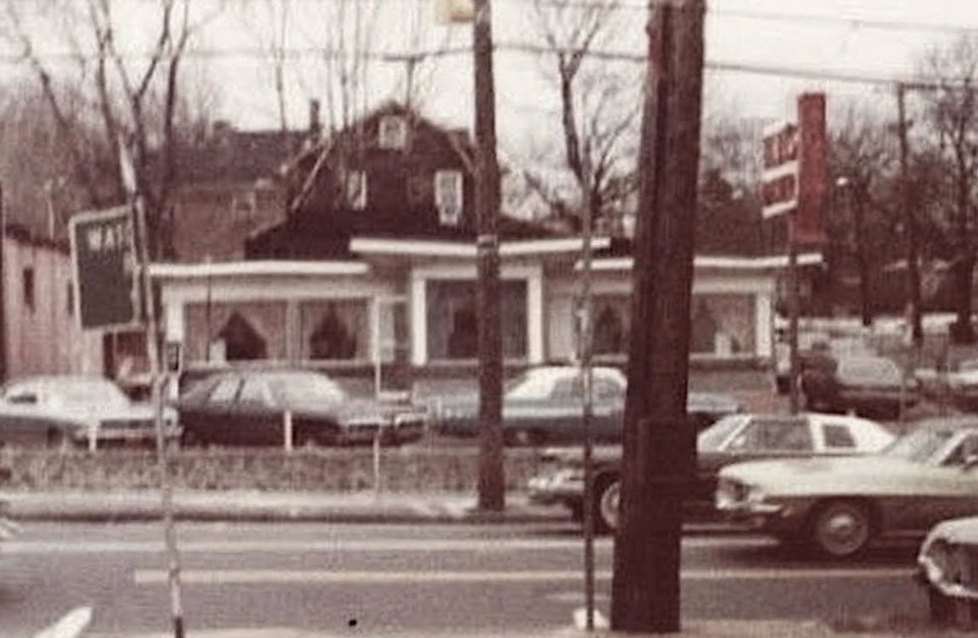
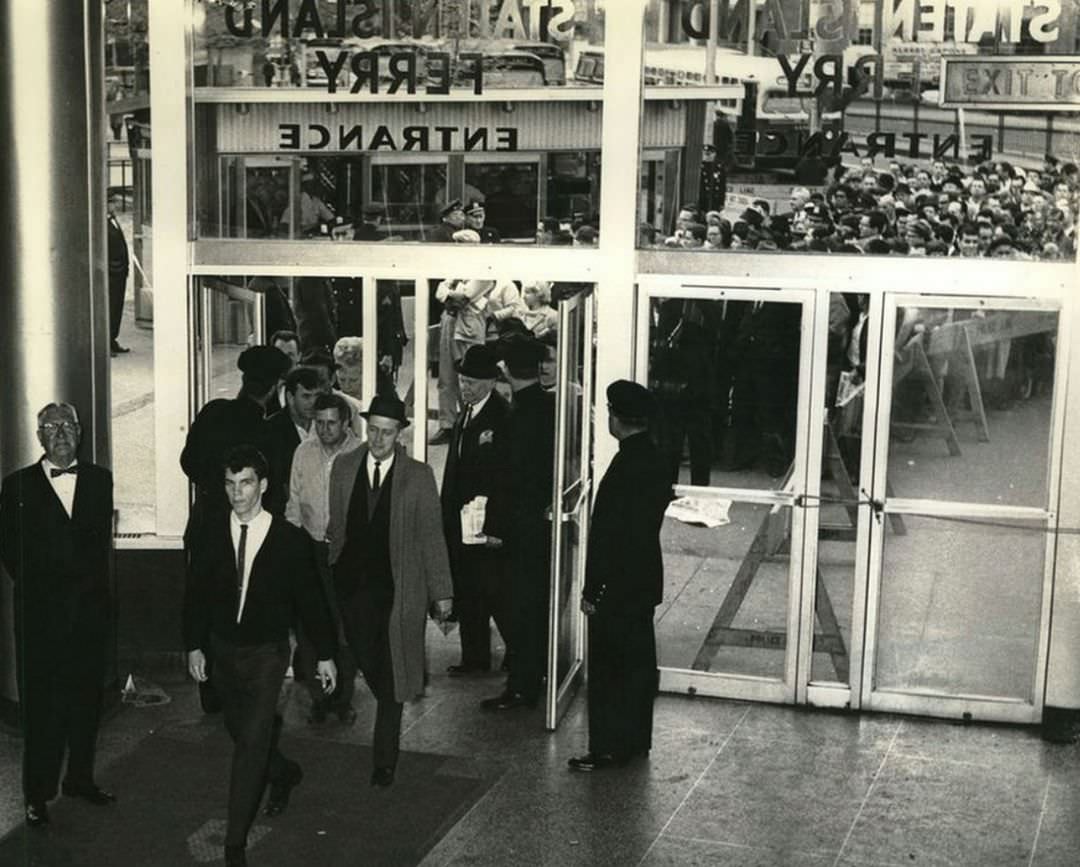
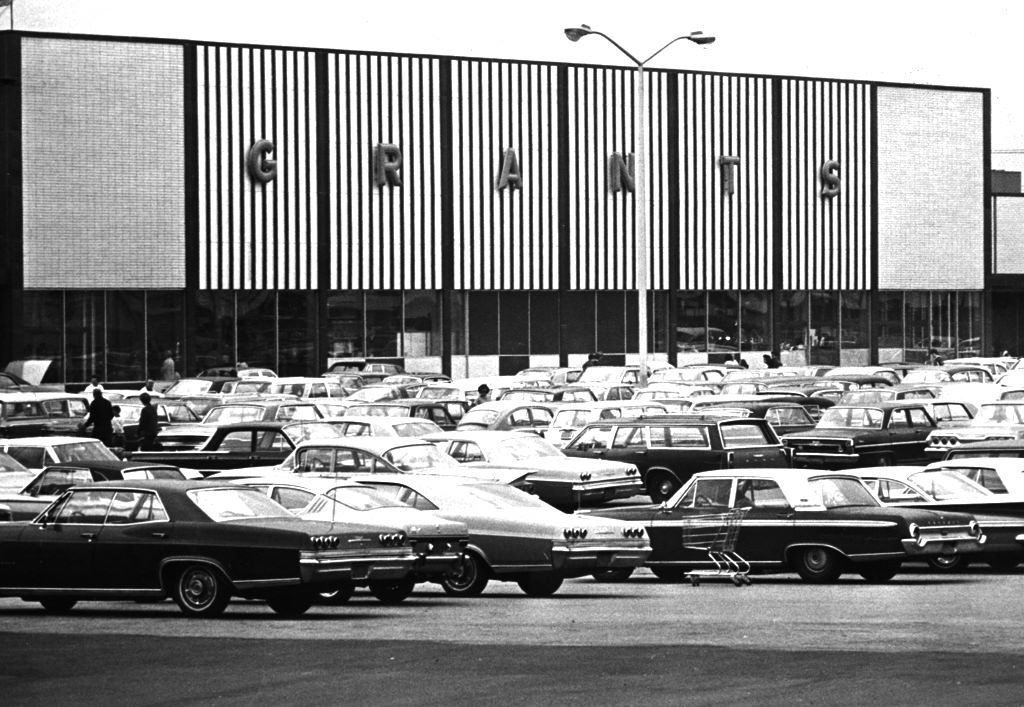
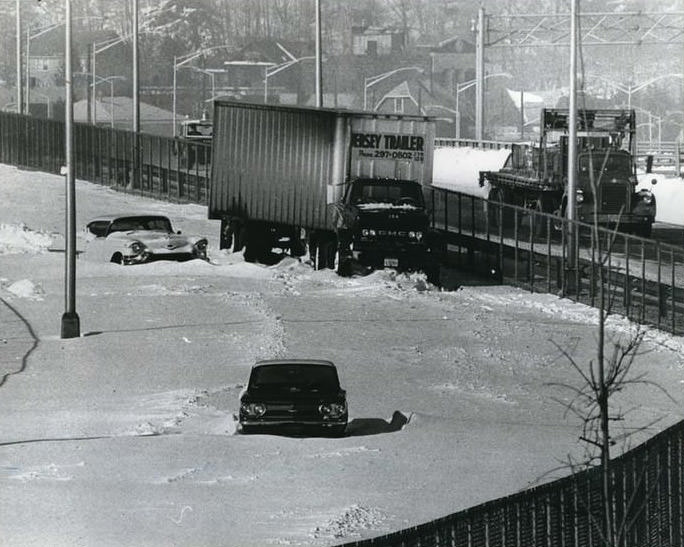
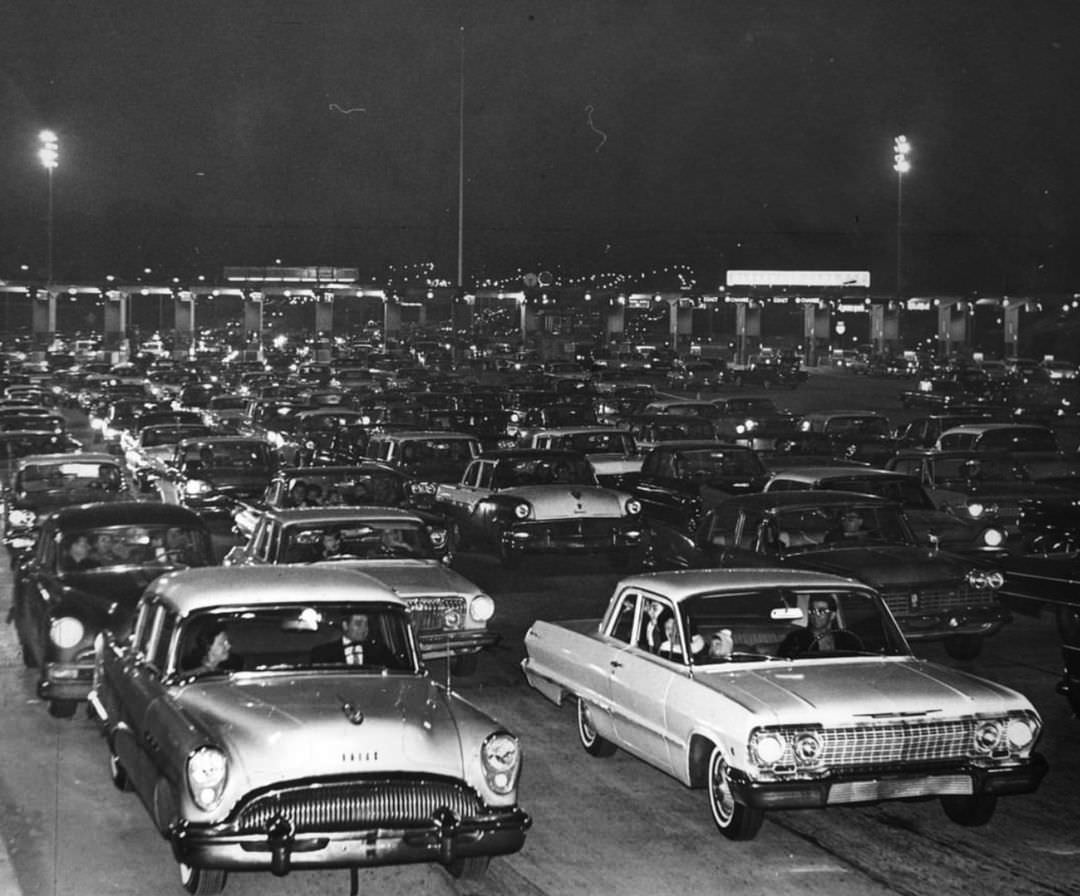
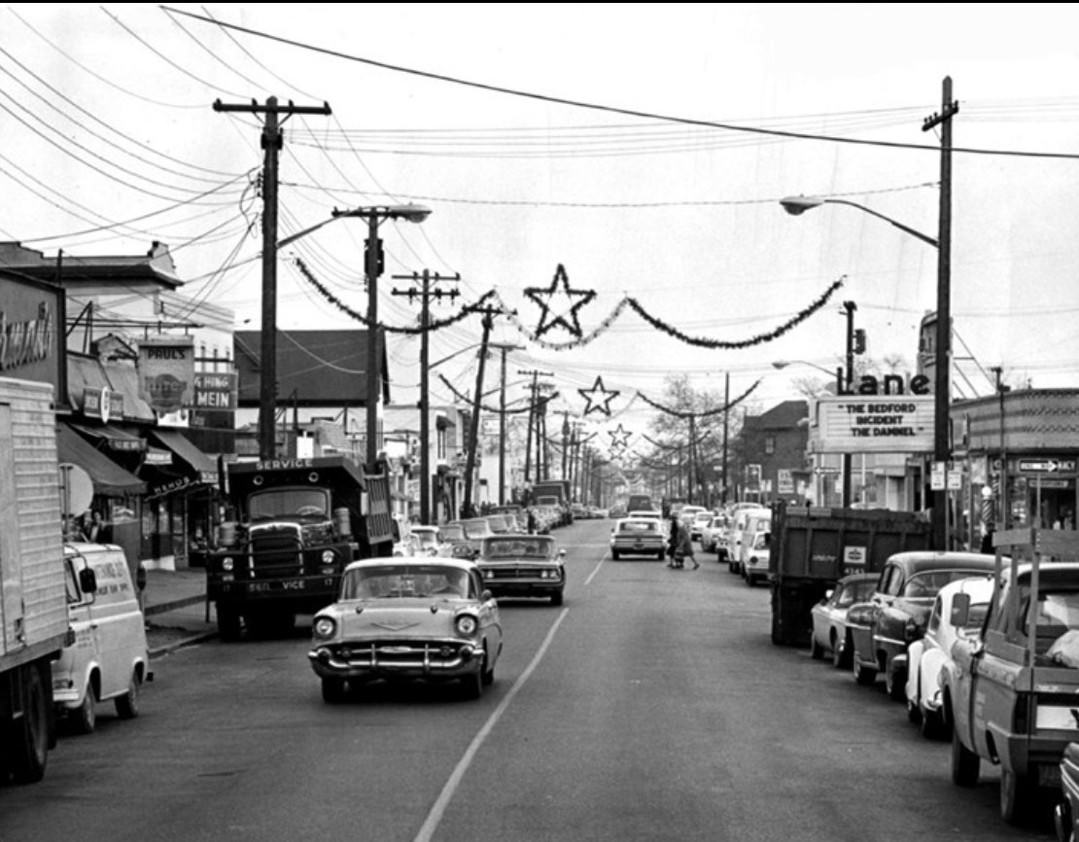
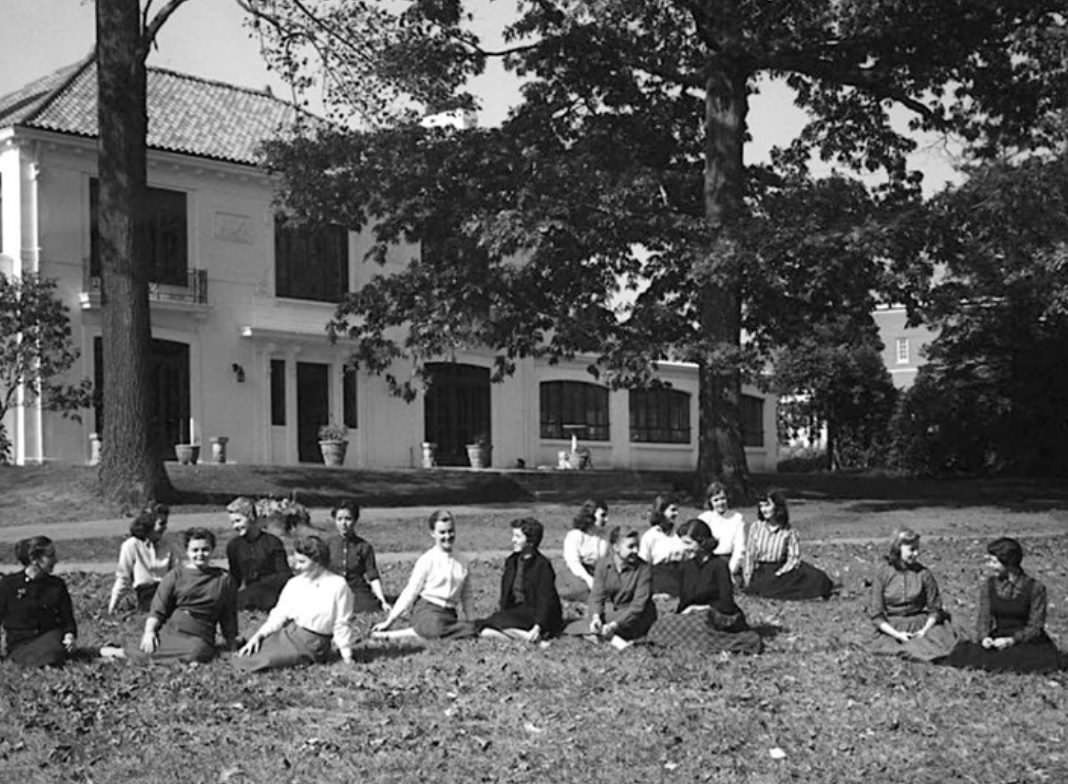
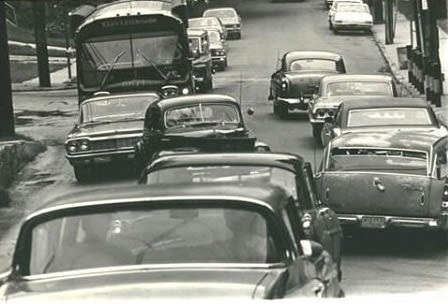
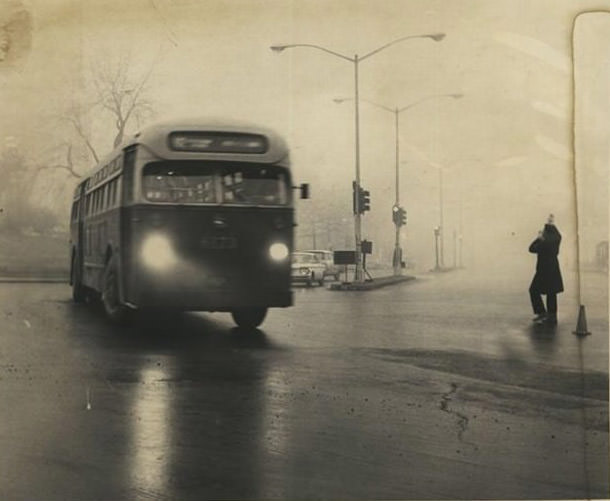
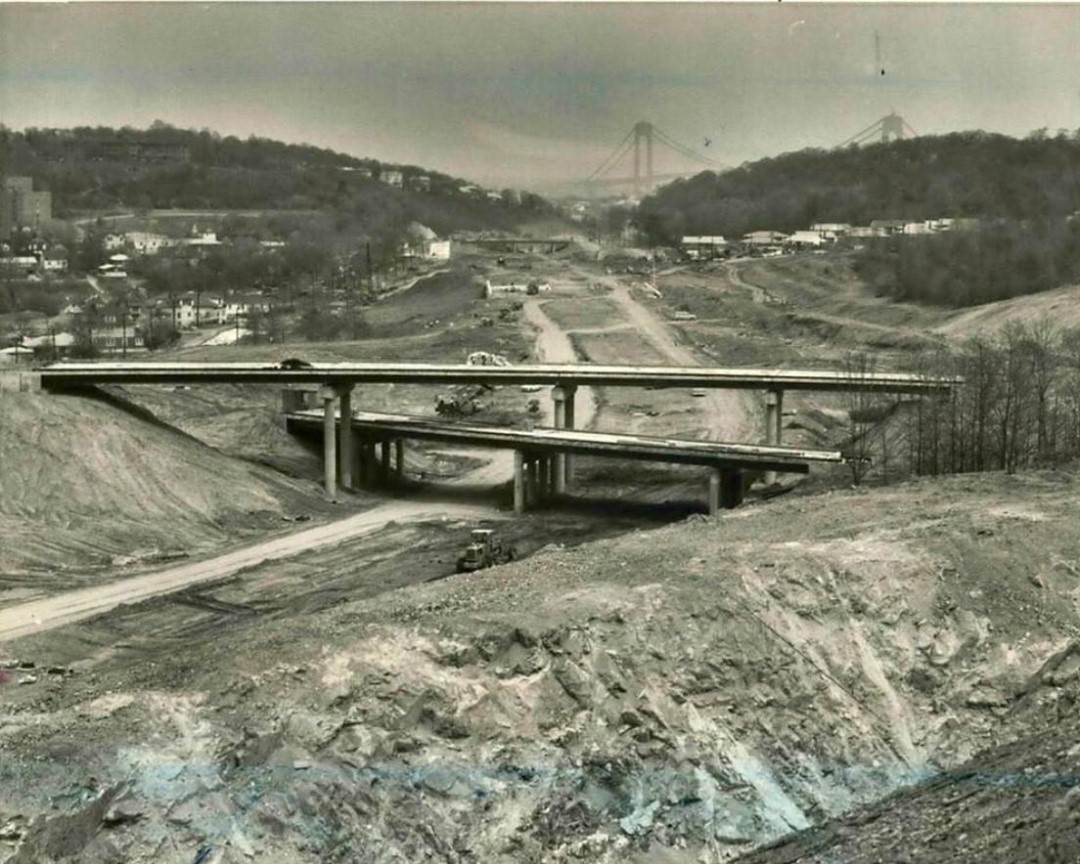
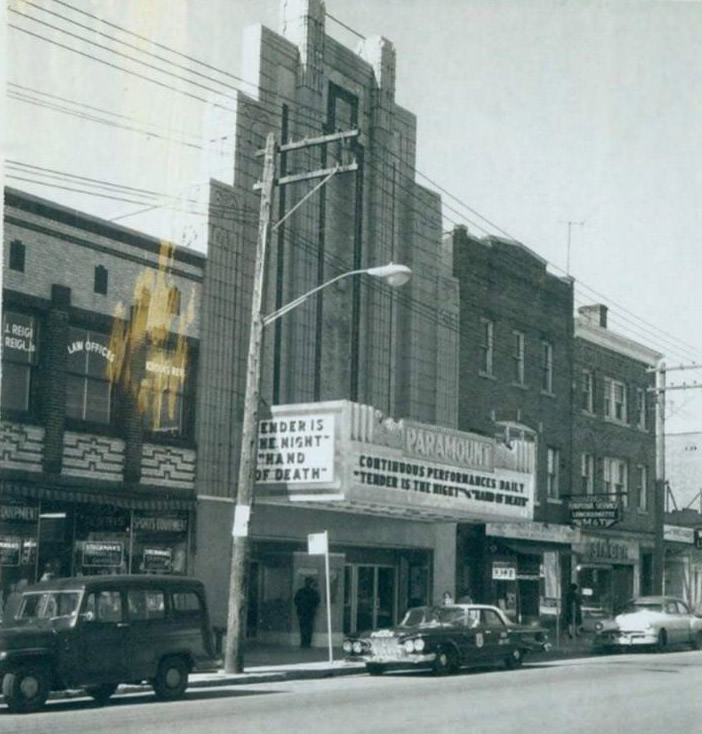
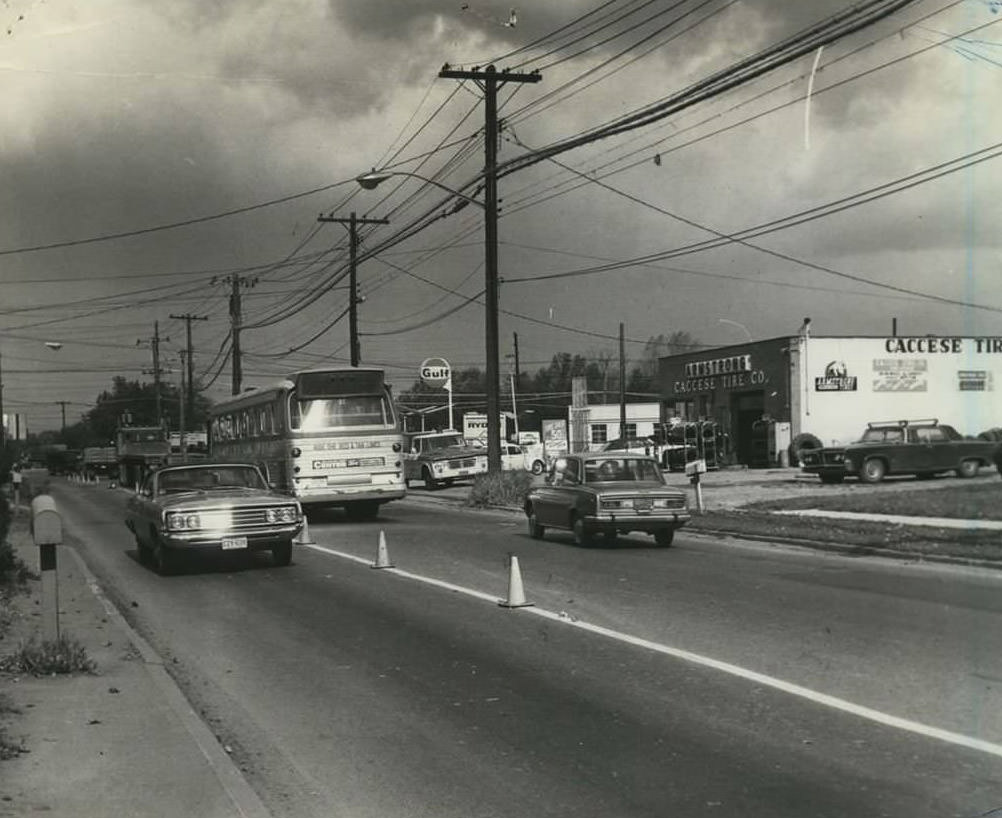
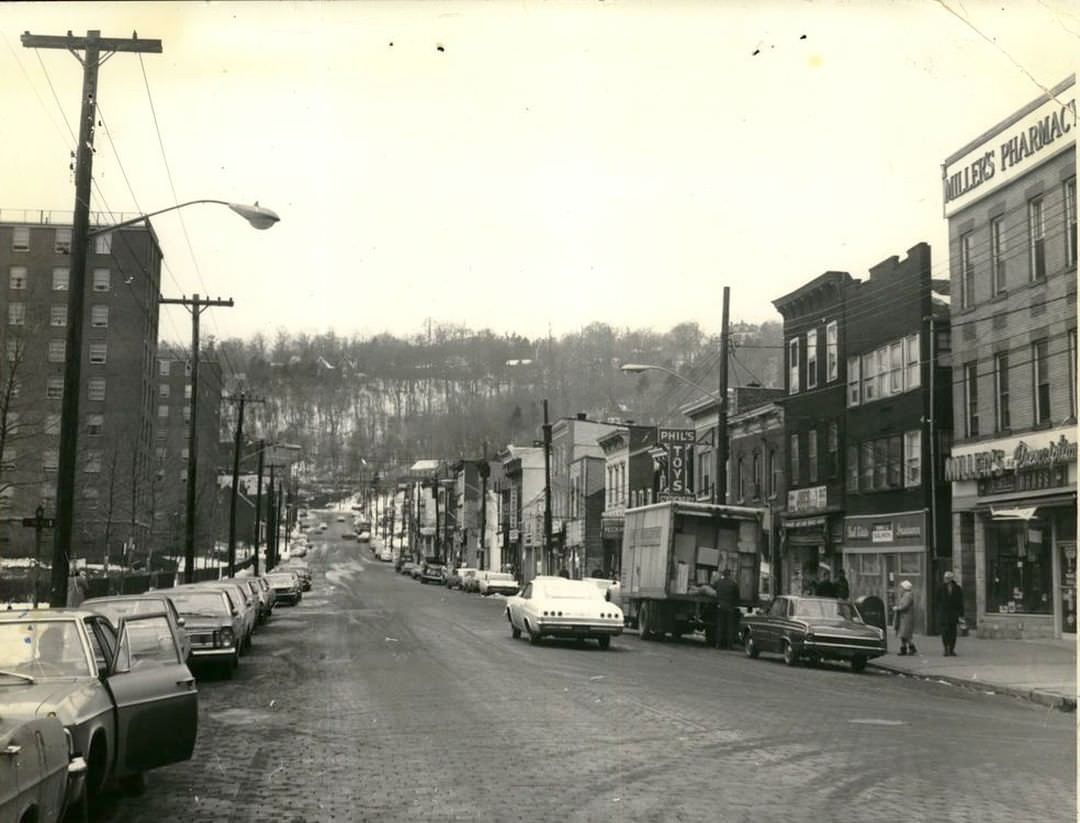
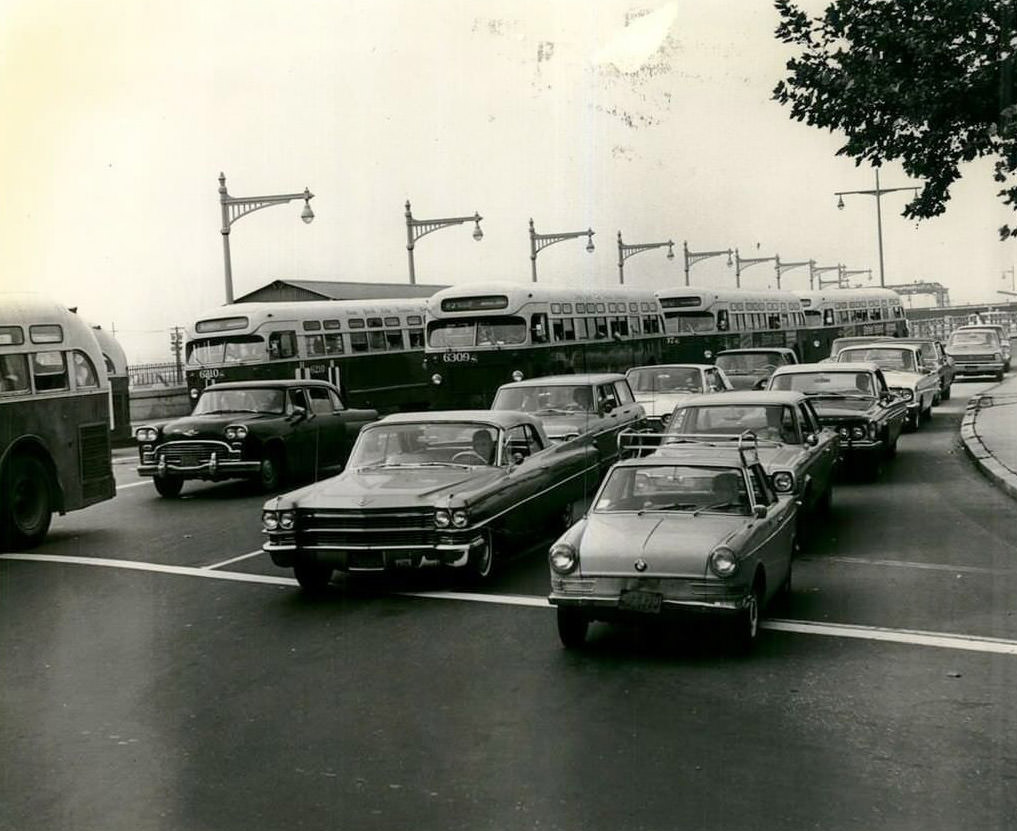
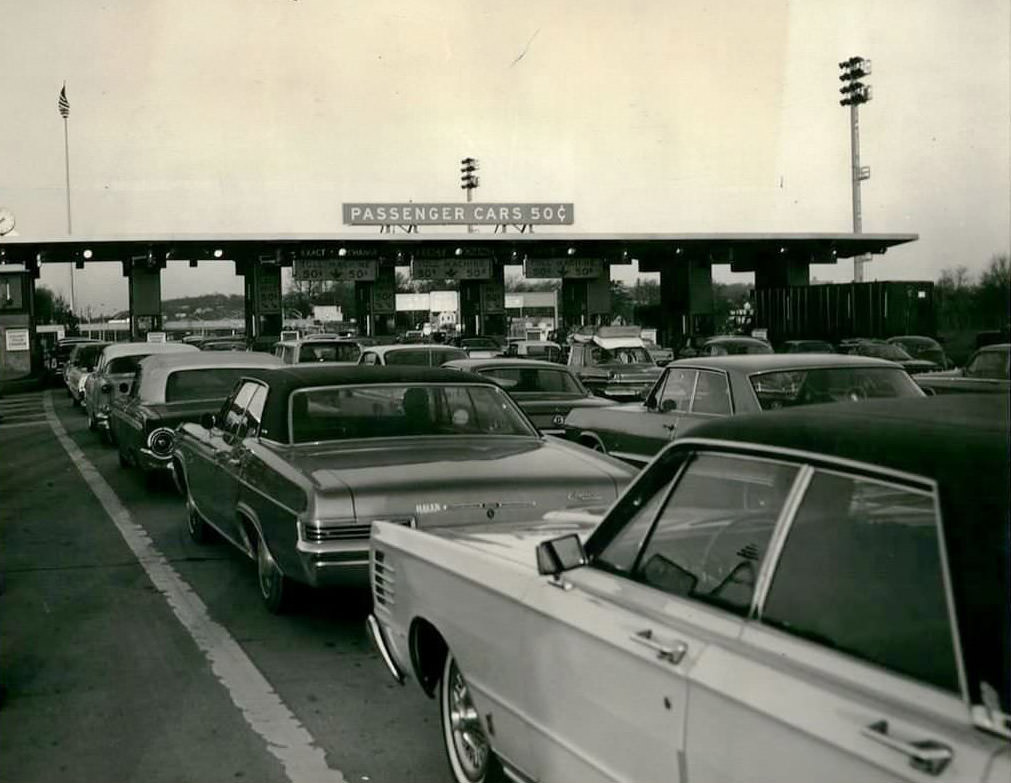
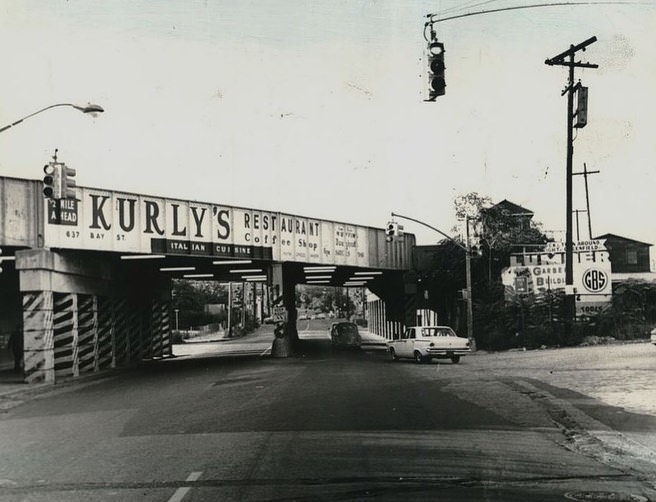
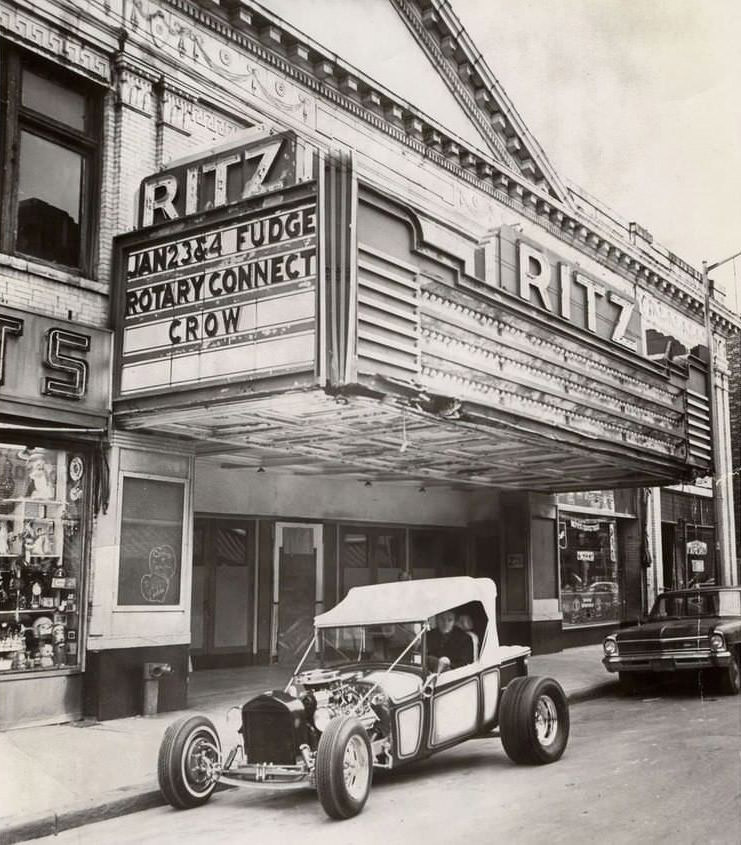
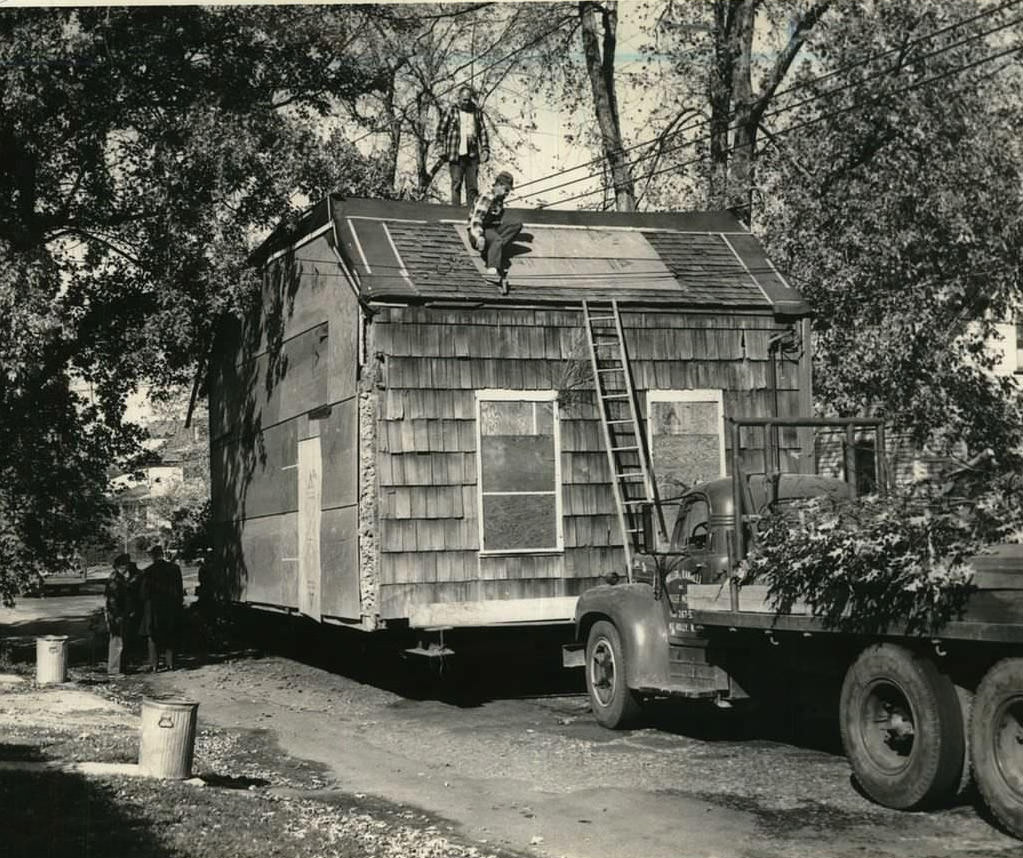
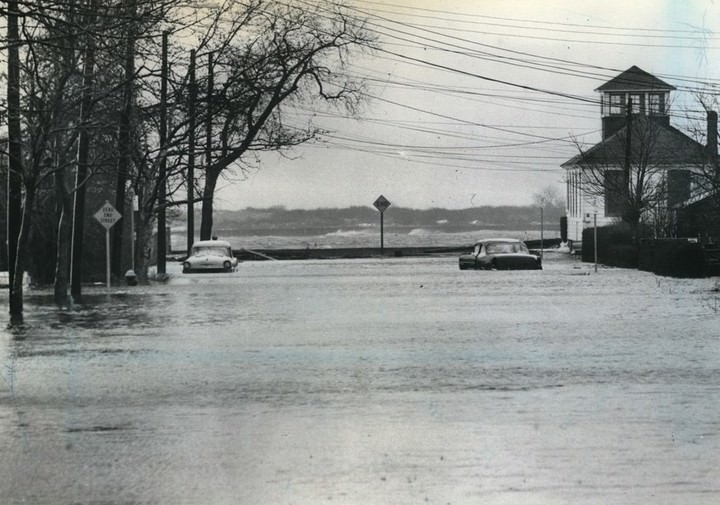
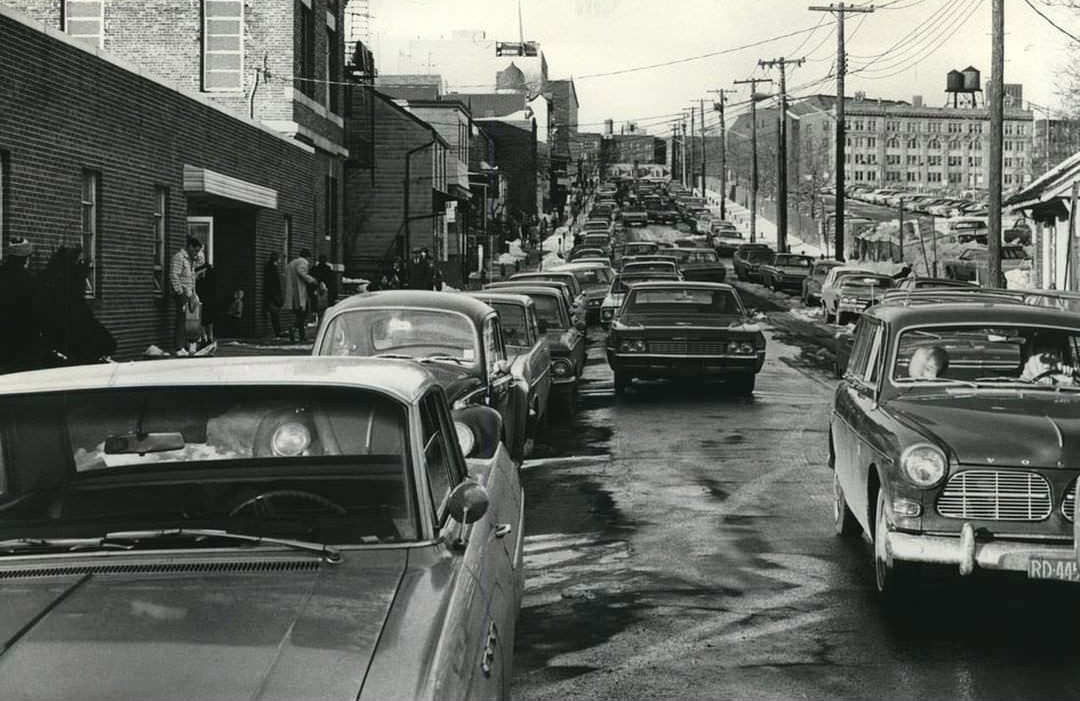
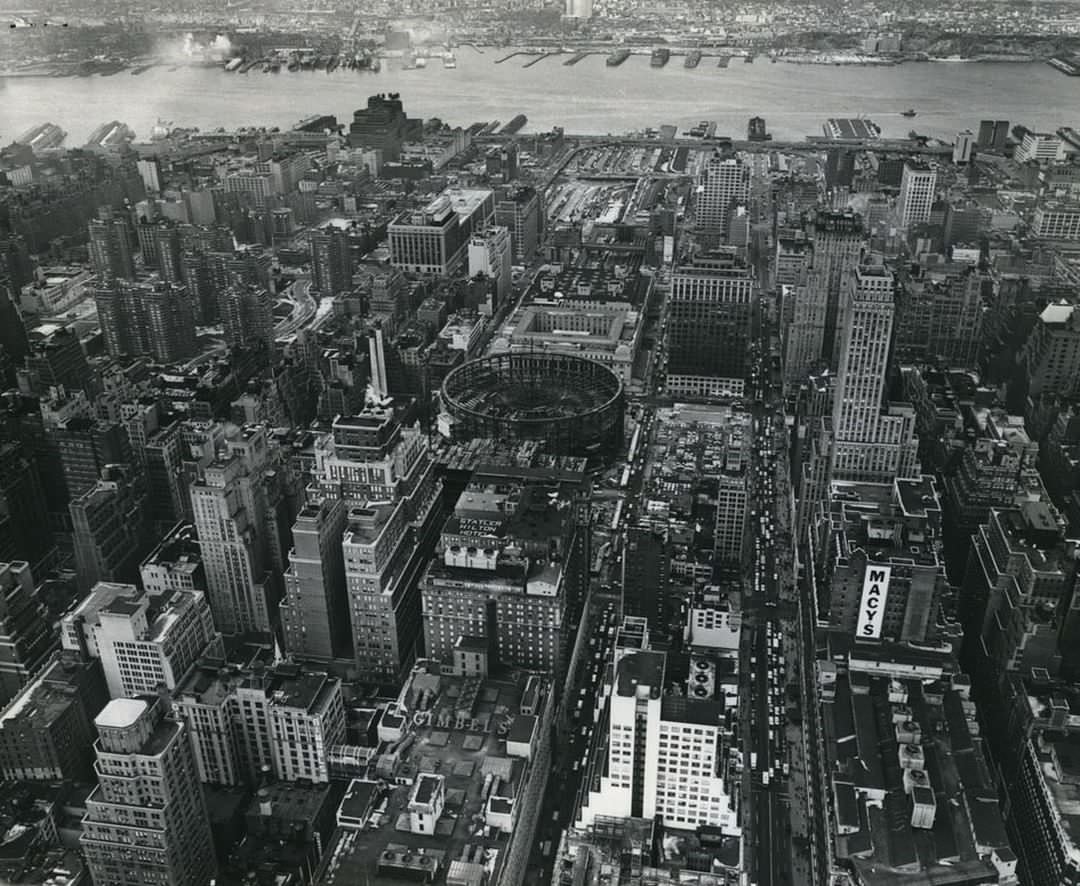
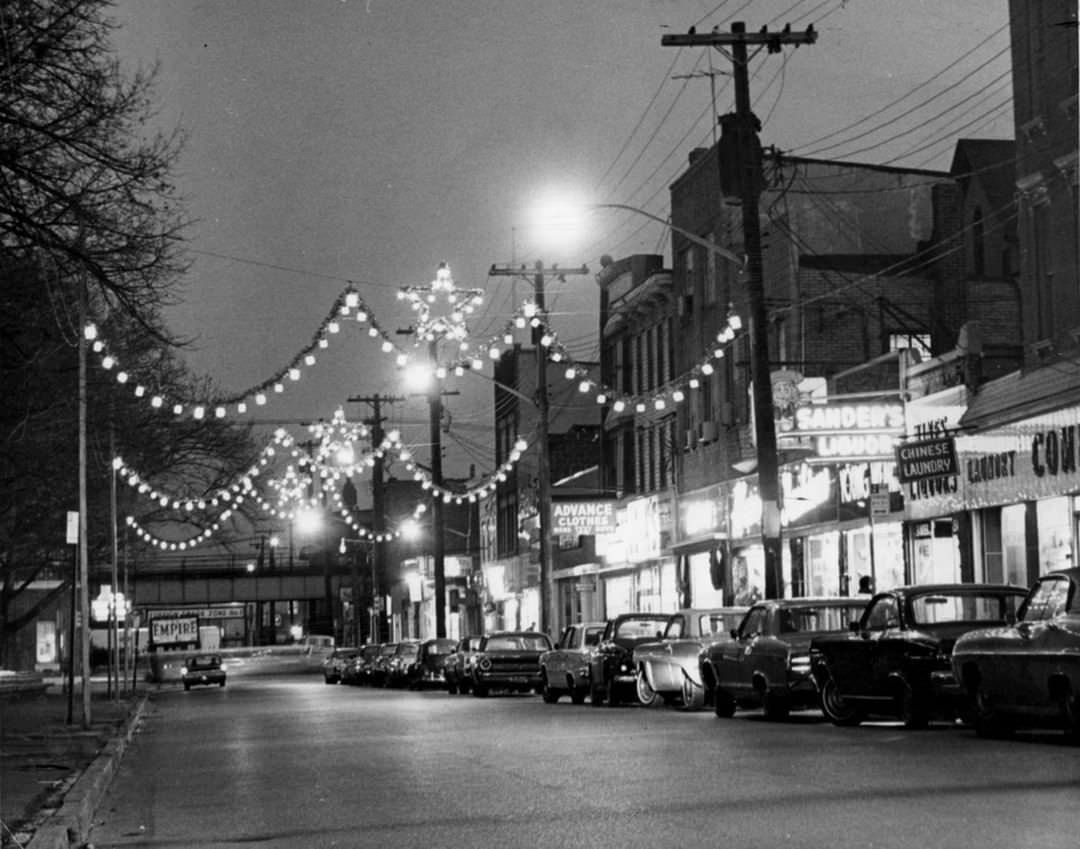
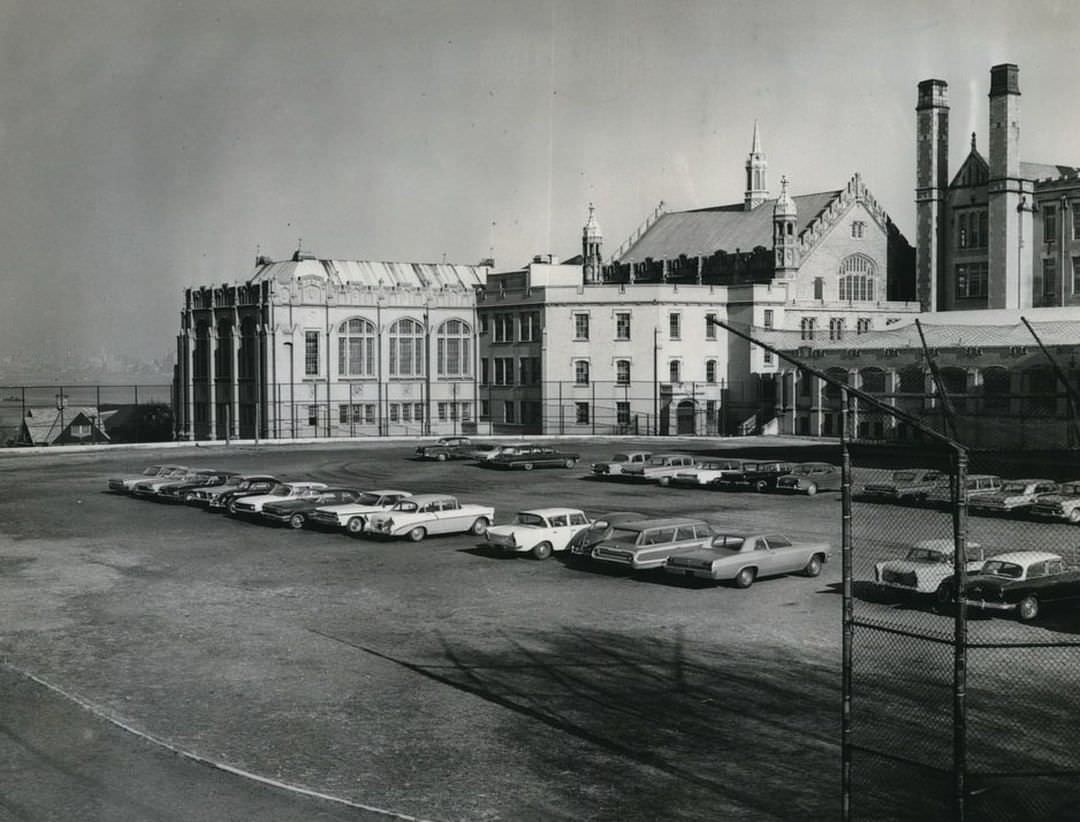
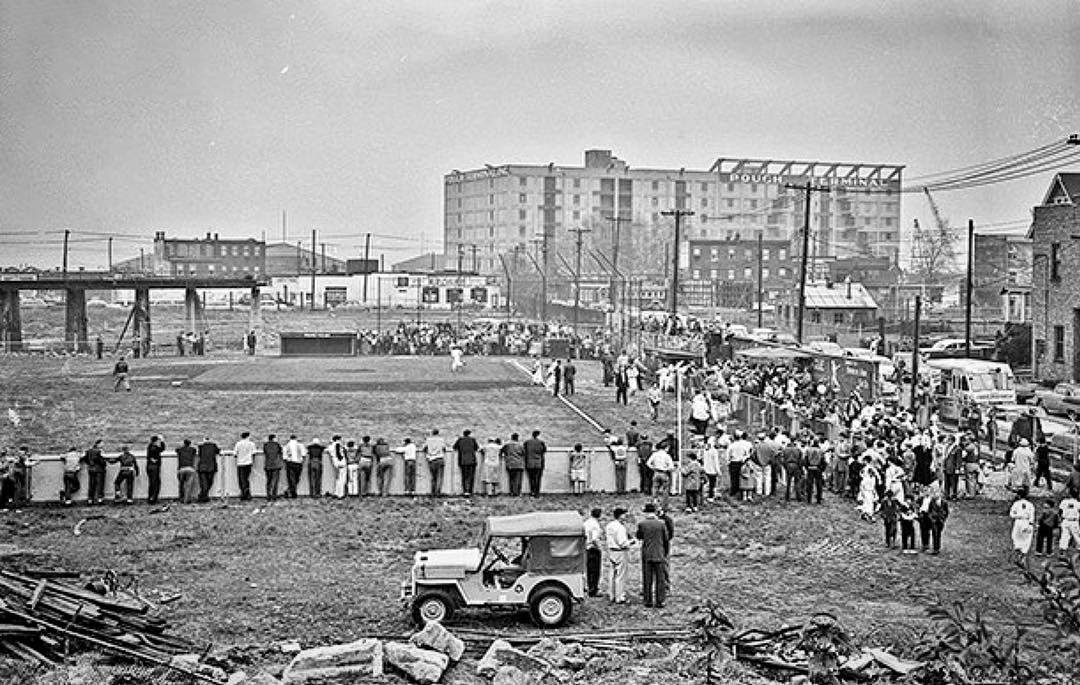
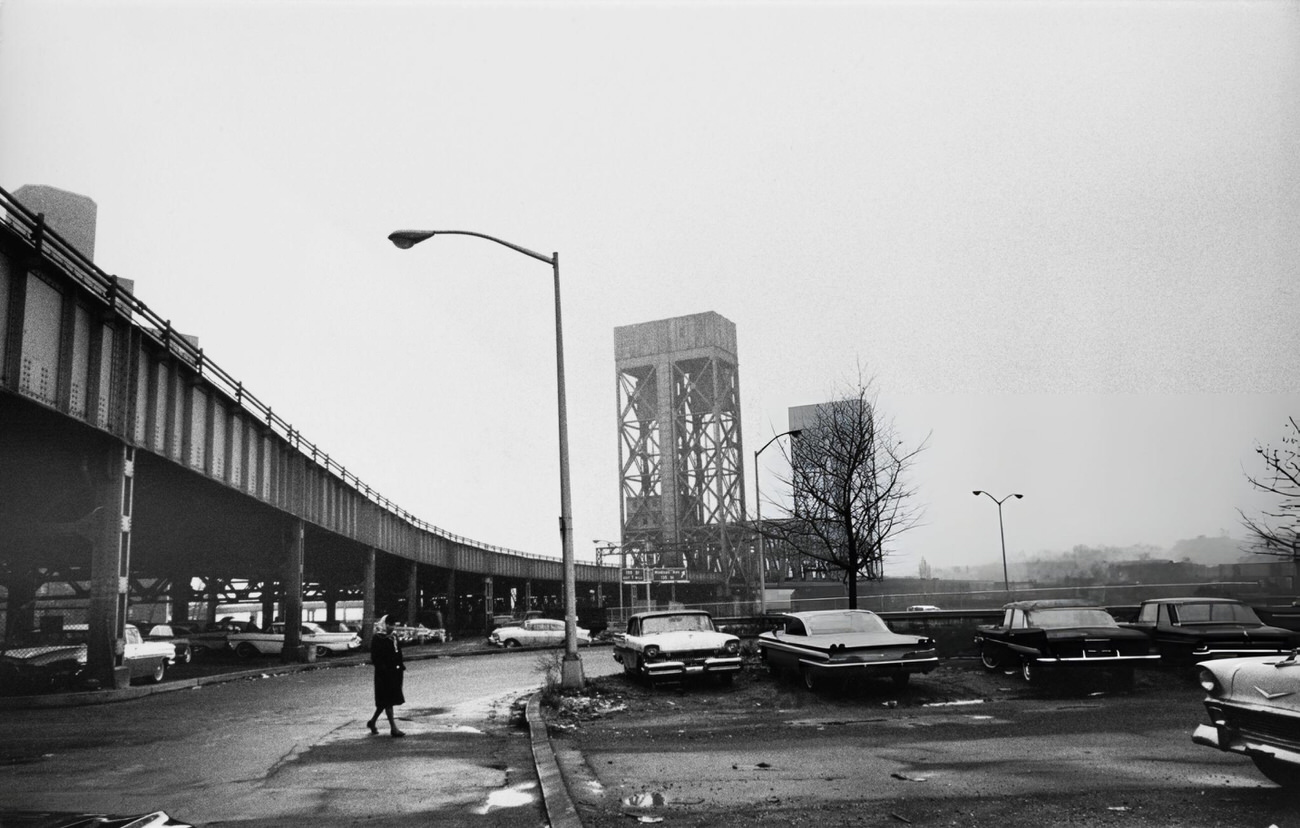
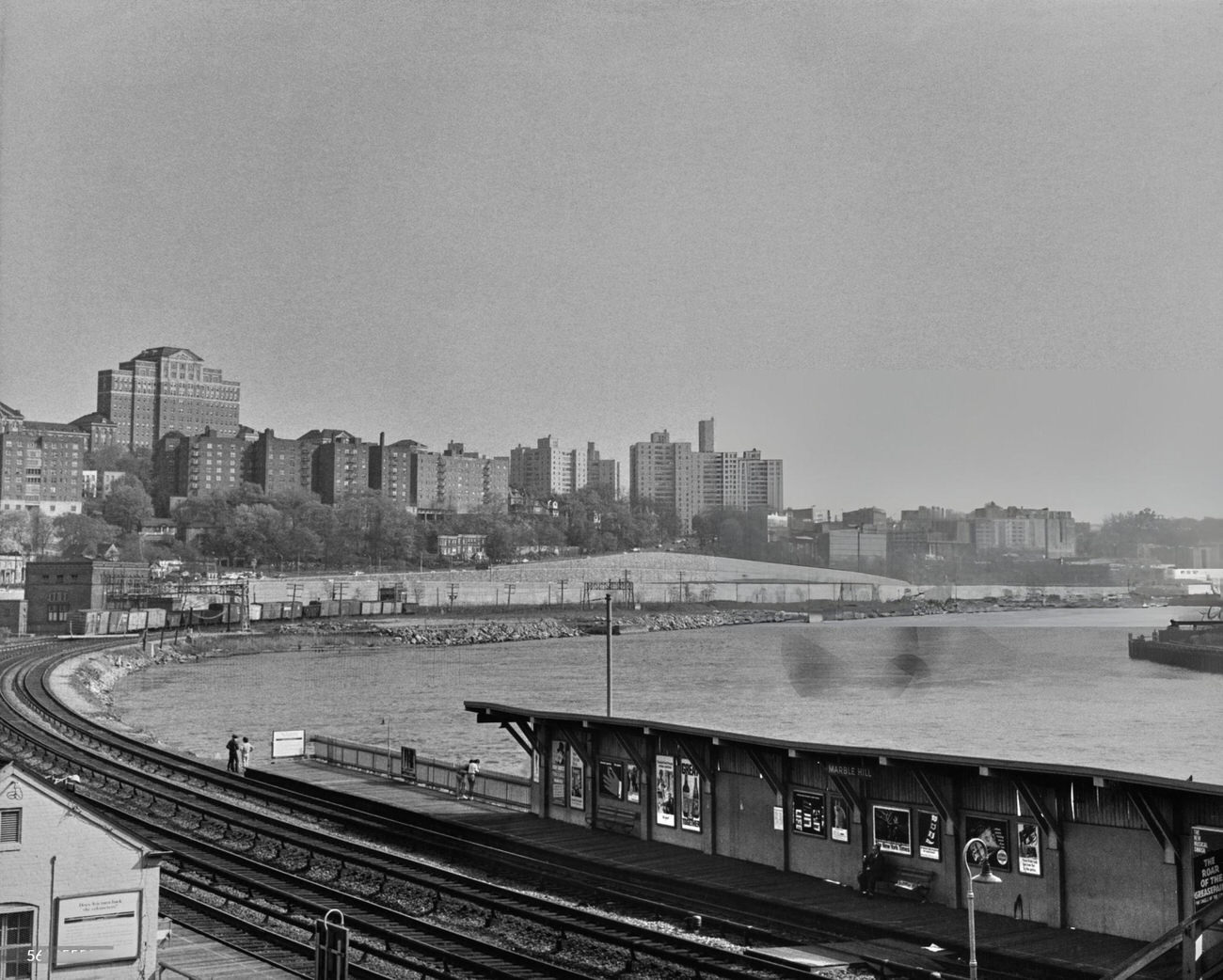
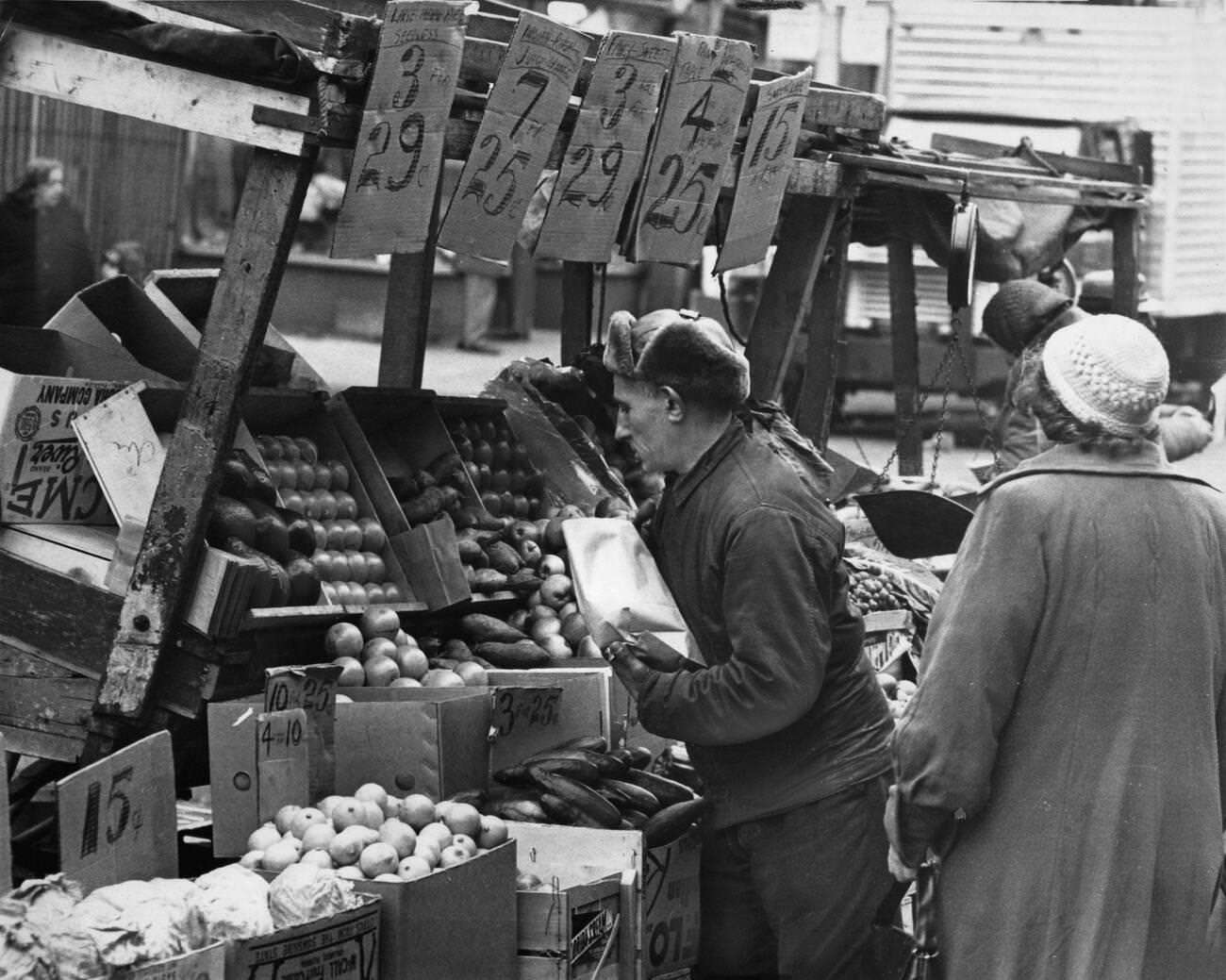

GIPHY App Key not set. Please check settings